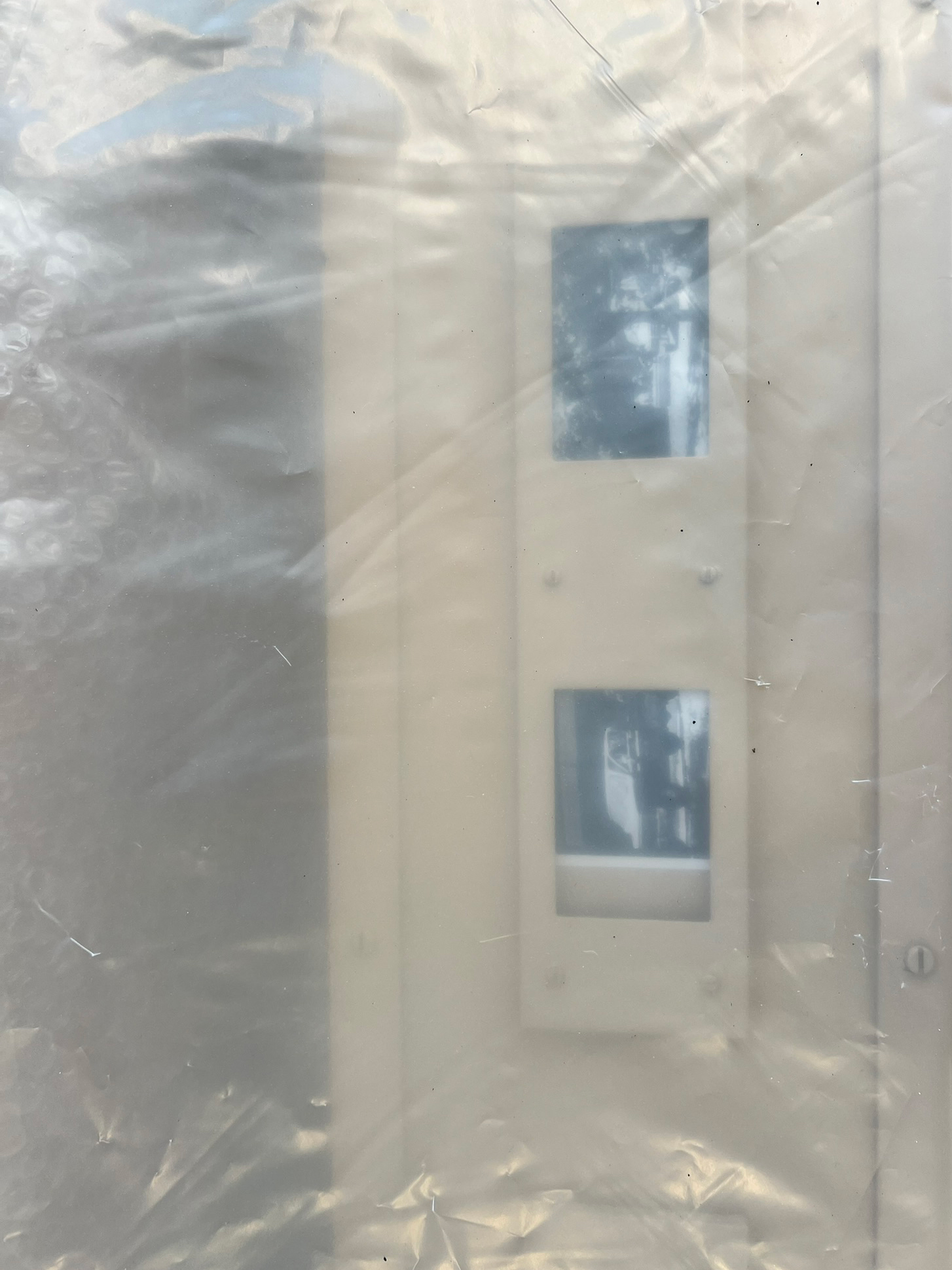
More info coming soon.

Sometimes, there is a fever to perception—a heat that builds when an image lingers too long, when a sound worms its way beneath language. Nothing is stable here, only fragments: half-memories, soft violence, quiet ecstasies. Images stutter, flare, recede. Looking does not lead to clarity but a kind of exposure. Fever, after all, is not an illness but a response—a regulated shift in the body’s set point, an internal decision to raise the heat. In fever, the body’s own systems intensify, working to defend and to heal, but also to open and purge—turning inward and outward at once.
Fever is the body’s rebellion, an insistence on its own agency. It signals not just intrusion or injury, but the body’s refusal to remain neutral—to stay cool and contained. In the heightened temperature of fever, the senses sharpen. Colors burn brighter, sounds penetrate deeper. Periphery becomes urgency, each sensation a small blaze. In the heat, we glimpse not just what threatens us, but what quickens us—what makes us feel most alive.
All this while we wait for it to break. The fever dream continues to hum, thick with the half-light of unsteady revelations. There is no stillness here, only a restless unfolding, the strange rupture of thresholds dissolving and reforming in endless succession. In a fevered state, the air seems to shiver, each breath a flicker of something not quite nameable. The fever does not so much end as recede, leaving in its wake a landscape of outlines—edges that glow, ripple, and refuse to fade. In the fever’s morning residue, the world leans closer, more alive in its fractures and flux.
Fevers is an exhibition by James Richards presenting recent and newly commissioned work in sound and image. It is curated by Tom Engels and will be accompanied by a publication by Grazer Kunstverein, designed by Julie Peeters, to be released later this year.
The exhibition is supported by ifa—Institut für Auslandsbeziehungen.
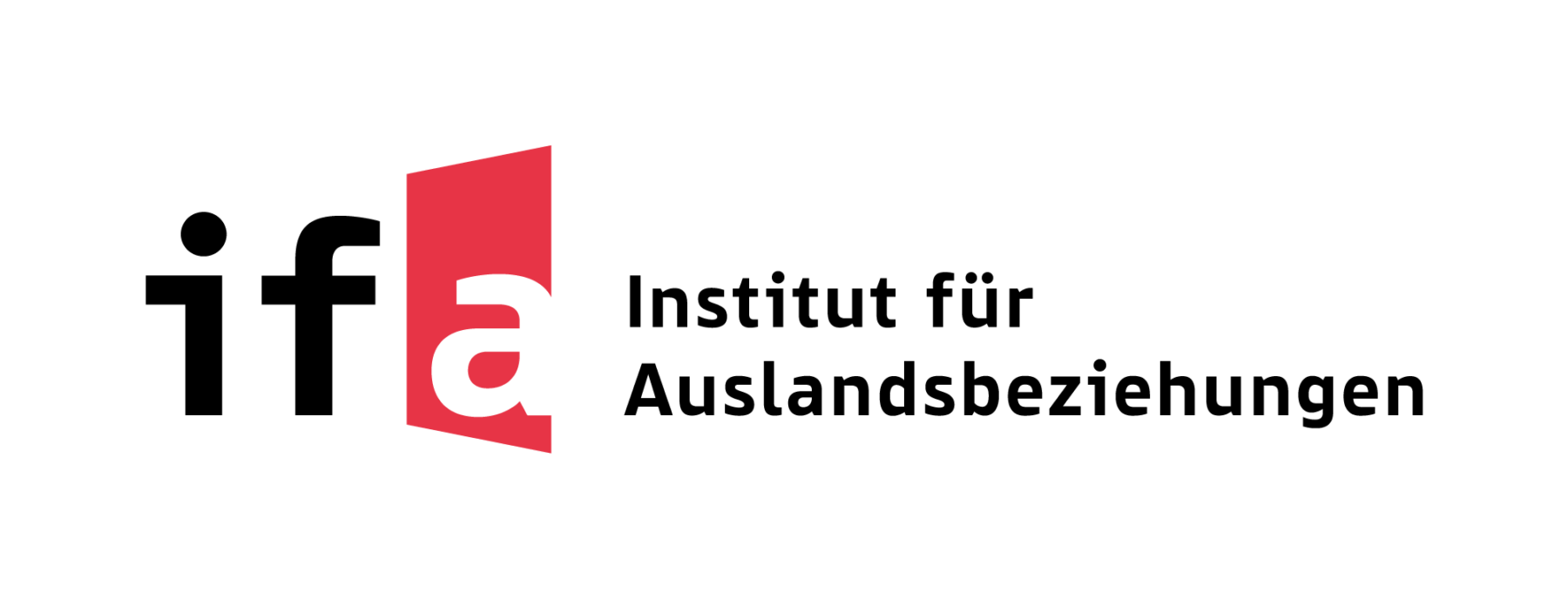
JAMES RICHARDS (b. 1983, Cardiff) works and lives in Berlin. Recent solo exhibitions include Our Friends in the Audience at Kunstnernes Hus, Oslo (2024); Workers in Song (with Billy Bultheel) at WIELS, Brussels; MUDAM, Luxembourg; Batalha Centro de Cinema, Porto; and KW Institute for Contemporary Art, Berlin (2023–24); Internal Litter at Galerie Isabella Bortolozzi, Berlin (2022); When We Were Monsters at Haus Mödrath – Räume für Kunst, Kerpen (2021); Alms for the Birds at Castello di Rivoli, Turin (2020); SPEED 2 (with Leslie Thornton) at Malmö Konsthall (2019); and SPEED (with Leslie Thornton) at Künstlerhaus Stuttgart (2018).
Richards has also participated in numerous group exhibitions, including Focus: Recent Videos from the Museion Collection, Museion, Bolzano (2025); Crumbling the Antiseptic Beauty at Fondation Pernod Ricard, Paris (2024); Prologue to the 15th Baltic Triennial: Remain in Zero, Lithuanian National Drama Theatre/Contemporary Art Centre, Vilnius (2023); signals… storms and patterns at Para Site, Hong Kong (2023); Full Burn: Video from the Hammer Contemporary Collection at the Hammer Museum, Los Angeles (2023); Penumbra at Fondazione In Between Art Film, Venice (2022); and Ghost 2565: Live Without Dead Time in Bangkok (2022).
He has recently curated film and performance programs, including A Map of the Pit (with Alvin Li) at Tate Modern, London (2025), and Novel Pleasure (with Fatima Hellberg) at Bonner Kunstverein, Bonn (2024). A sustained dialogue with Tolia Astakhishvili has led to their collaborative works being shown in several of Astakhishvili’s exhibition projects: to love and devour at Nicoletta Fiorucci Foundation, Venice (2025); Between Father and Mother at SculptureCenter, New York (2024); and The First Finger at Bonner Kunstverein, Bonn, and Haus am Waldsee, Berlin (2023–24).
In 2024, Richards was awarded the Preis der Nationalgalerie at Hamburger Bahnhof, Berlin. He represented Wales at the 57th Venice Biennale in 2017 and was nominated for the Turner Prize in 2014. Richards returns to the Grazer Kunstverein following his earlier participation in the Ars Viva 2014/15 prize exhibition.
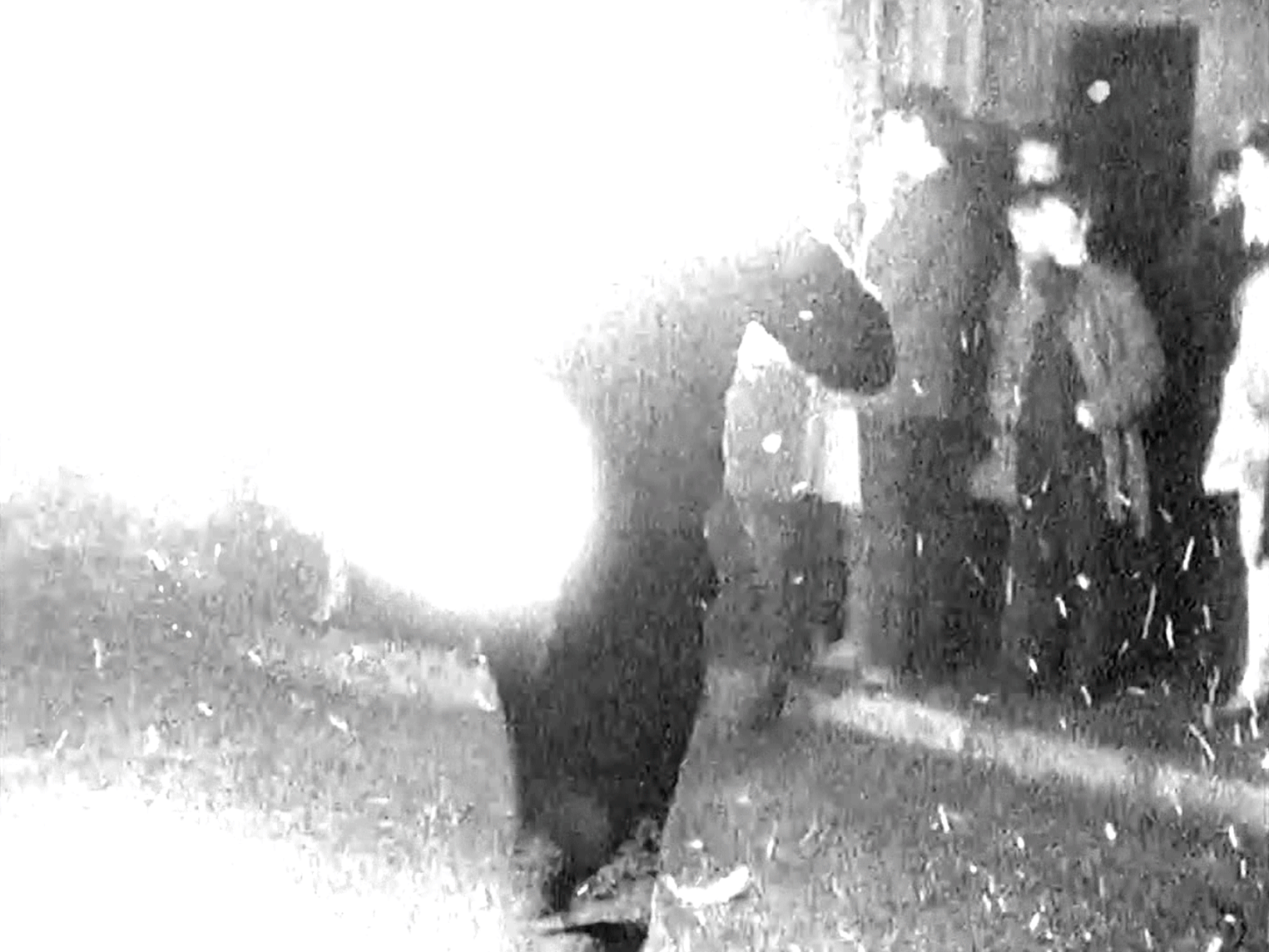
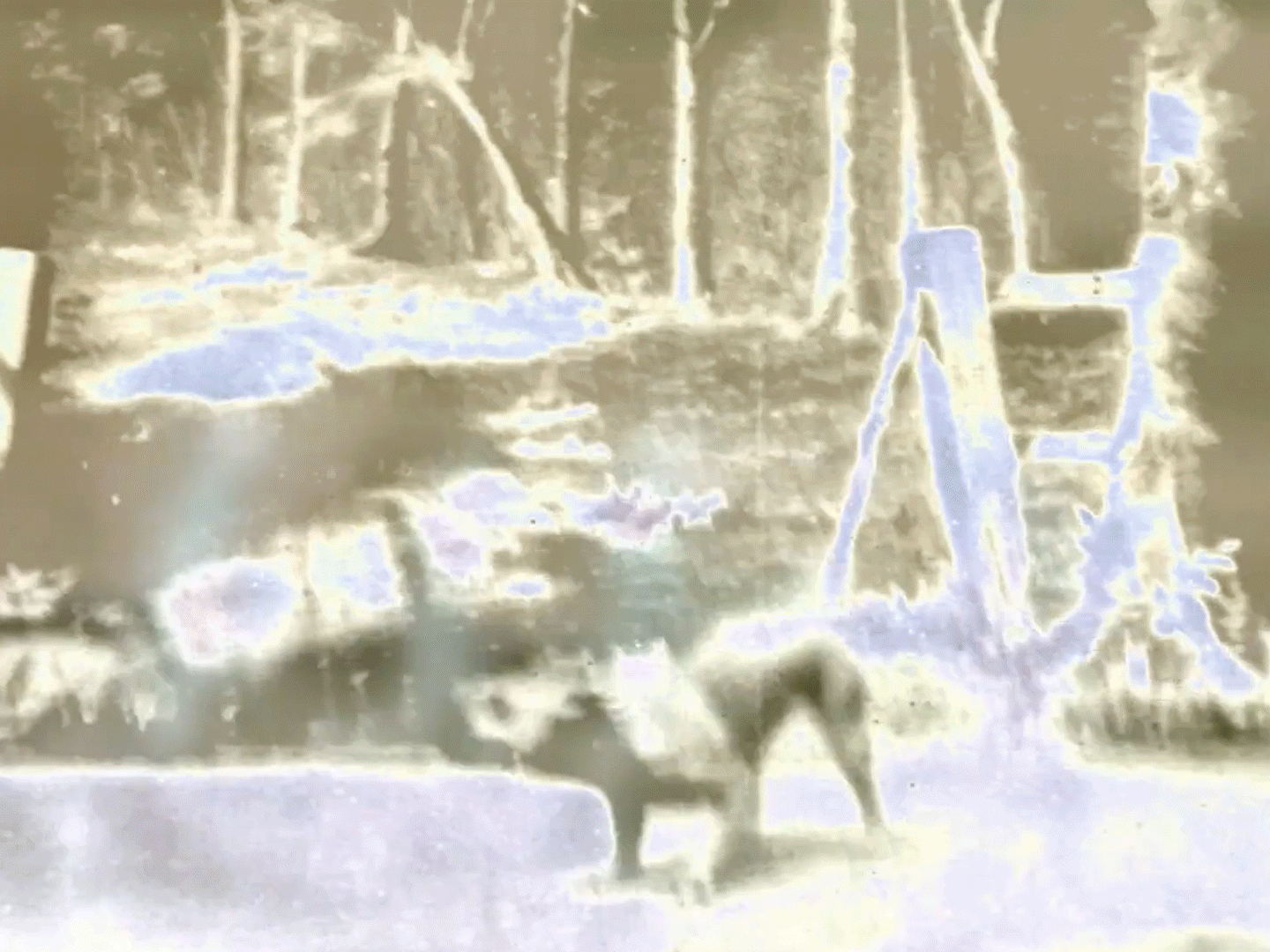
Eyes is an exhibition featuring seven large-scale billboards across the city of Graz, each presenting a composition of eye makeup by Inge Grognard, a pioneering Belgian makeup artist whose work has shaped avant-garde fashion for decades. Captured by Grognard herself backstage during runway preparations and fashion shoots, these images focus exclusively on the eye, omitting all other defining elements such as clothing, hair, scenography, and accessories. This approach highlights the eye as an isolated subject, emphasizing it as a site of composition, color, and texture, while retaining its capacity to convey emotion and depth. Through enlargement and repetition across the city, the exhibition shifts attention to such details that might otherwise go unnoticed.
Makeup has a long history as both adornment and self-expression, embedded in daily rituals yet constantly evolving as a form of creative and cultural practice. By isolating the eye, Eyes highlights this tension between routine and abstraction; displaced from their original context, the images draw attention to makeup as an independent visual language rather than a supporting element within a larger aesthetic context.
Grognard is known for her raw, unconventional approach to makeup, often exploring distortion, asymmetry, and non-traditional materials. Eyes highlights these motifs by transferring them within the wider urban environment, inviting passersby to engage with makeup not as mere embellishment, but as a potent act of composition – one that reclaims it as a site of agency and unruliness.
Grognard’s Eyes can be seen at the following locations:
https://maps.app.goo.gl/1J7W8eYctrJBNaXv6
This project builds upon a concept initially developed by Julie Peeters for 019 in Ghent in 2023. The exhibition is accompanied by a new publication featuring photographs by Inge Grognard documenting her makeup work. It is edited by Tom Engels and Julie Peeters and published by Grazer Kunstverein.
INGE GROGNARD (b. 1958) is a pioneering Belgian makeup artist whose work has shaped avant-garde fashion for decades. As a teenager, she befriended Martin Margiela—an encounter that shaped both their creative paths, leading to a two-decade collaboration that helped define the raw, deconstructed aesthetic of Maison Martin Margiela. In the mid-1980s, Grognard became an integral force within the Antwerp Six, working closely with Dries Van Noten, Ann Demeulemeester, Walter Van Beirendonck, Dirk Bikkembergs, Dirk Van Saene, and Marina Yee. Her unconventional approach to beauty—gritty, surreal, and often unsettling—became a hallmark of Belgian fashion’s radical identity. Grognard has continuously challenged conventional beauty standards, rejecting polished perfection in favor of rawness, imperfection, and subversion. Her work often emphasizes distortion, asymmetry, and unconventional materials, pushing the boundaries of what is traditionally considered beautiful. Beyond the Antwerp Six, Grognard continued to shape the next wave of designers emerging from Antwerp’s Royal Academy of Fine Arts Fashion Department, including Raf Simons, Veronique Branquinho, Haider Ackermann, A.F. Vandevorst, Bernhard Willhelm, Christian Wijnants, Demna Gvasalia, and Glenn Martens. Her work extends across some of the most groundbreaking houses in fashion, from Balenciaga and Rick Owens to Vetements, Y/Project, Eckhaus Latta, and Jean Paul Gaultier. Throughout her career, she has collaborated closely with her lifelong partner, photographer Ronald Stoops.

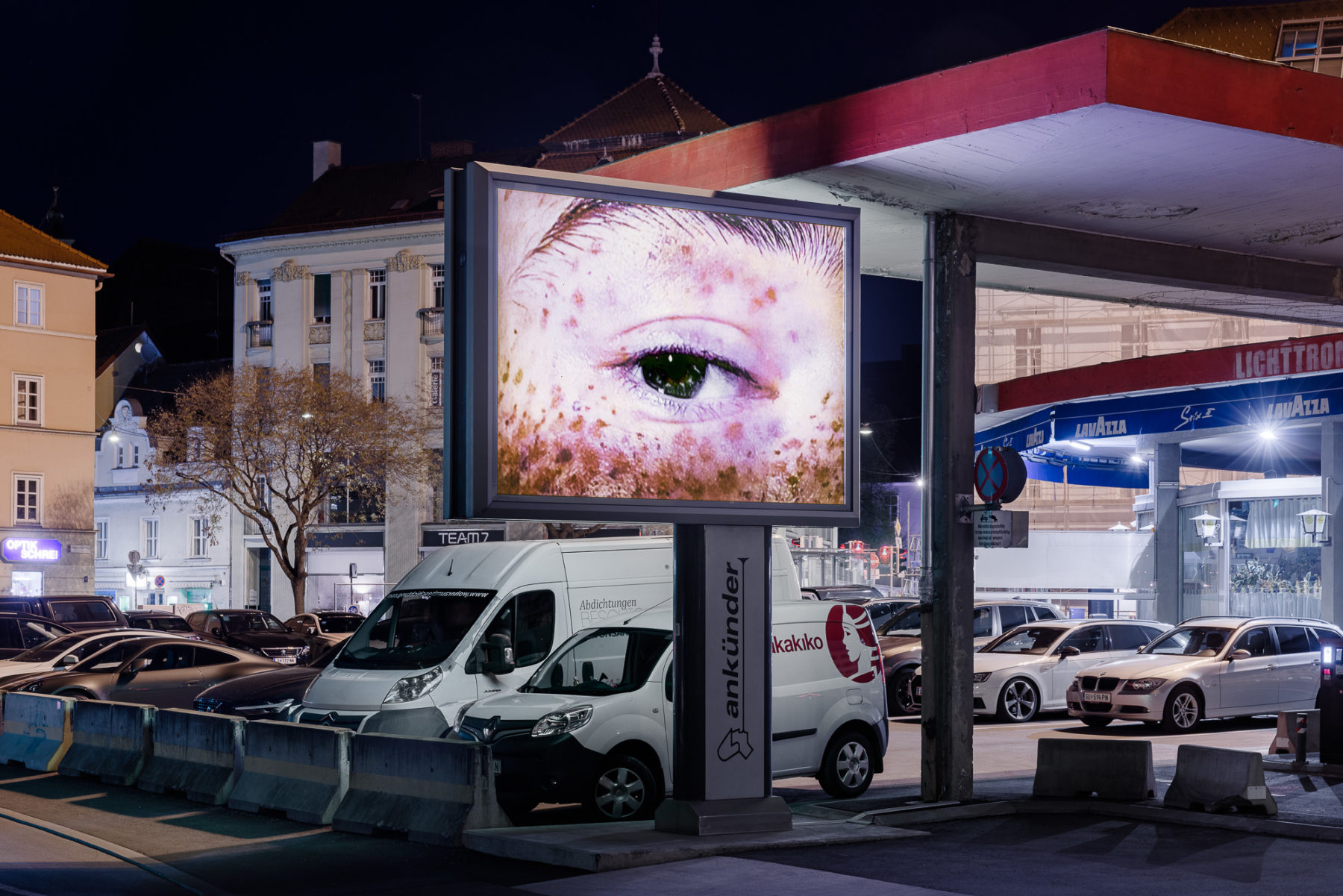

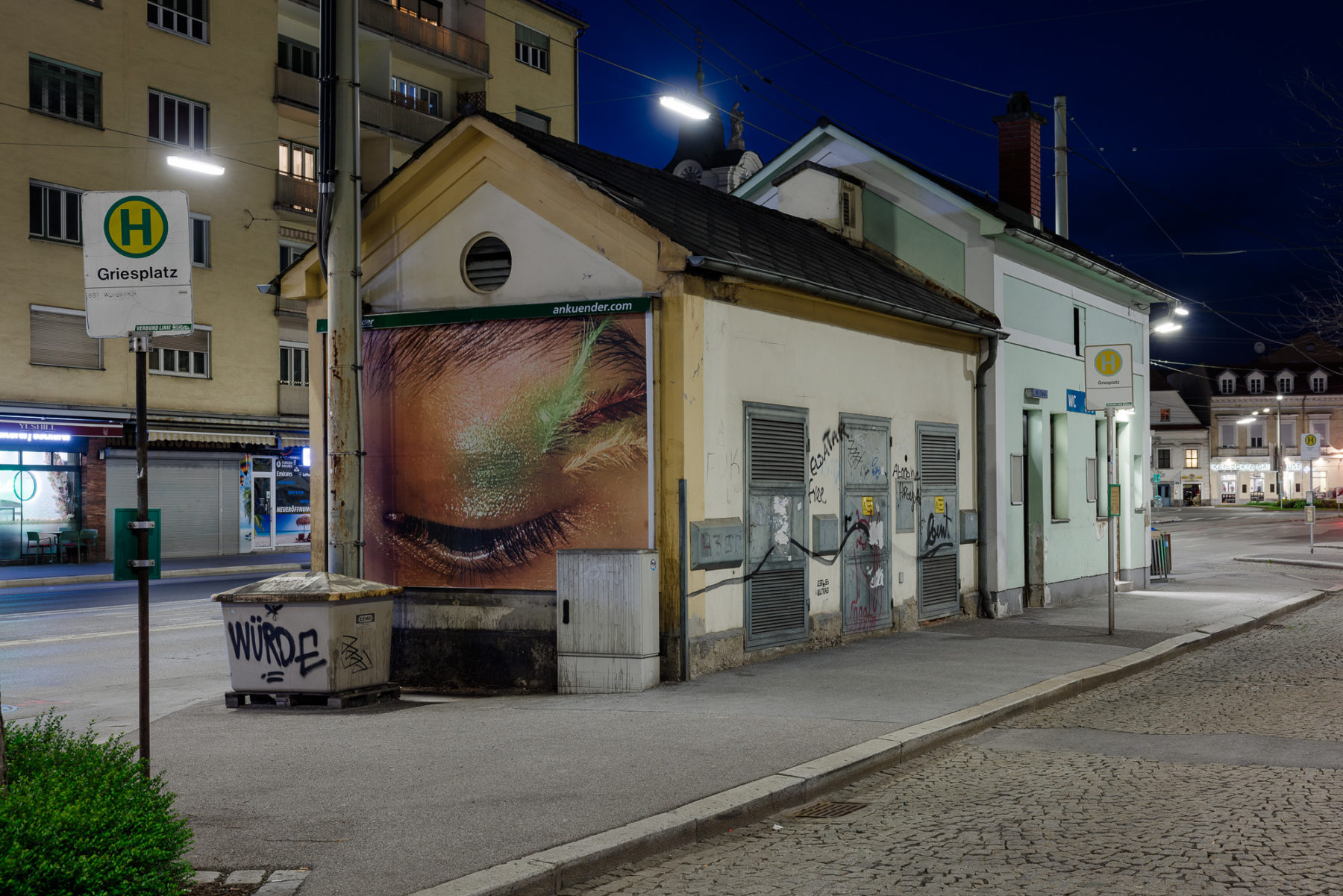
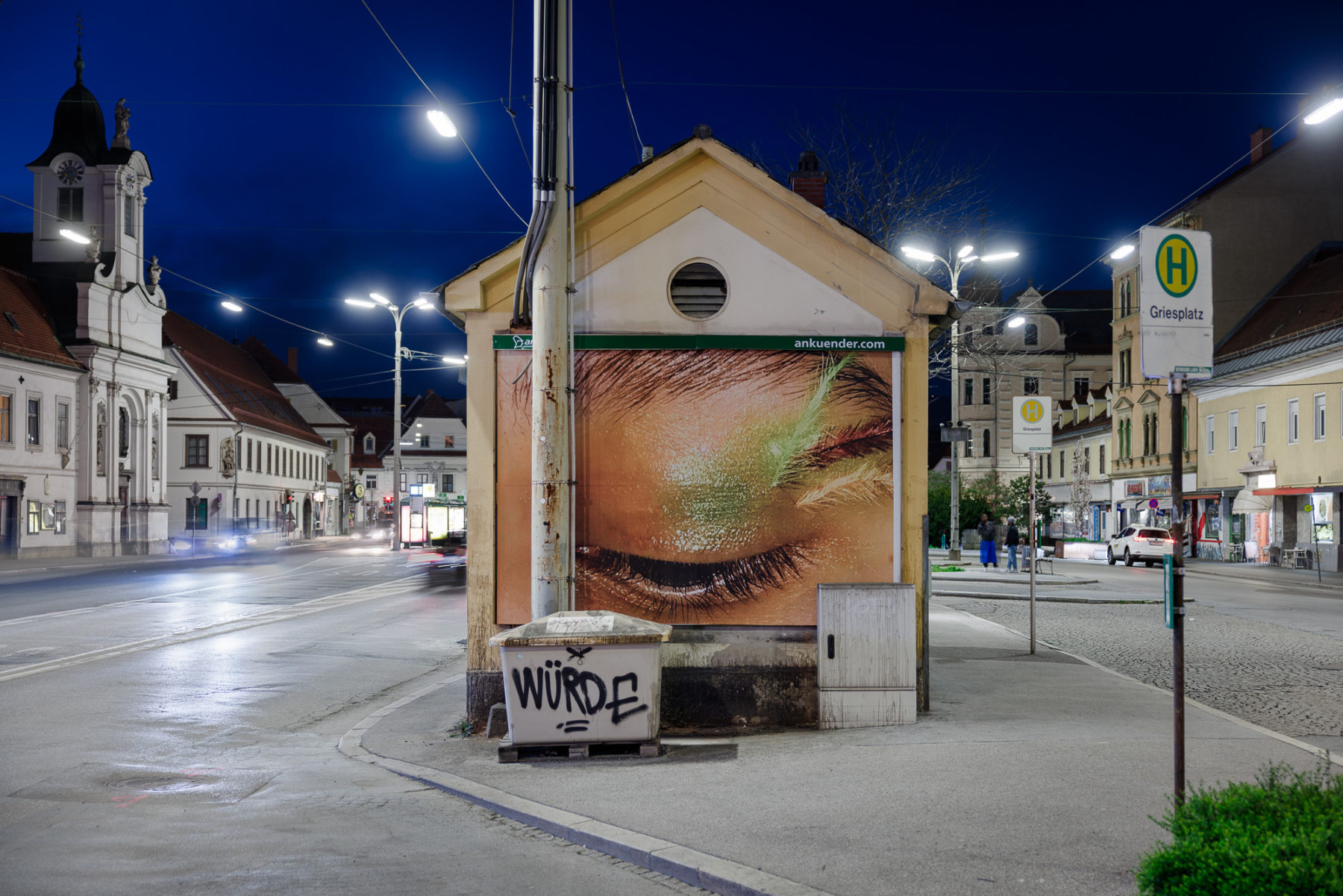
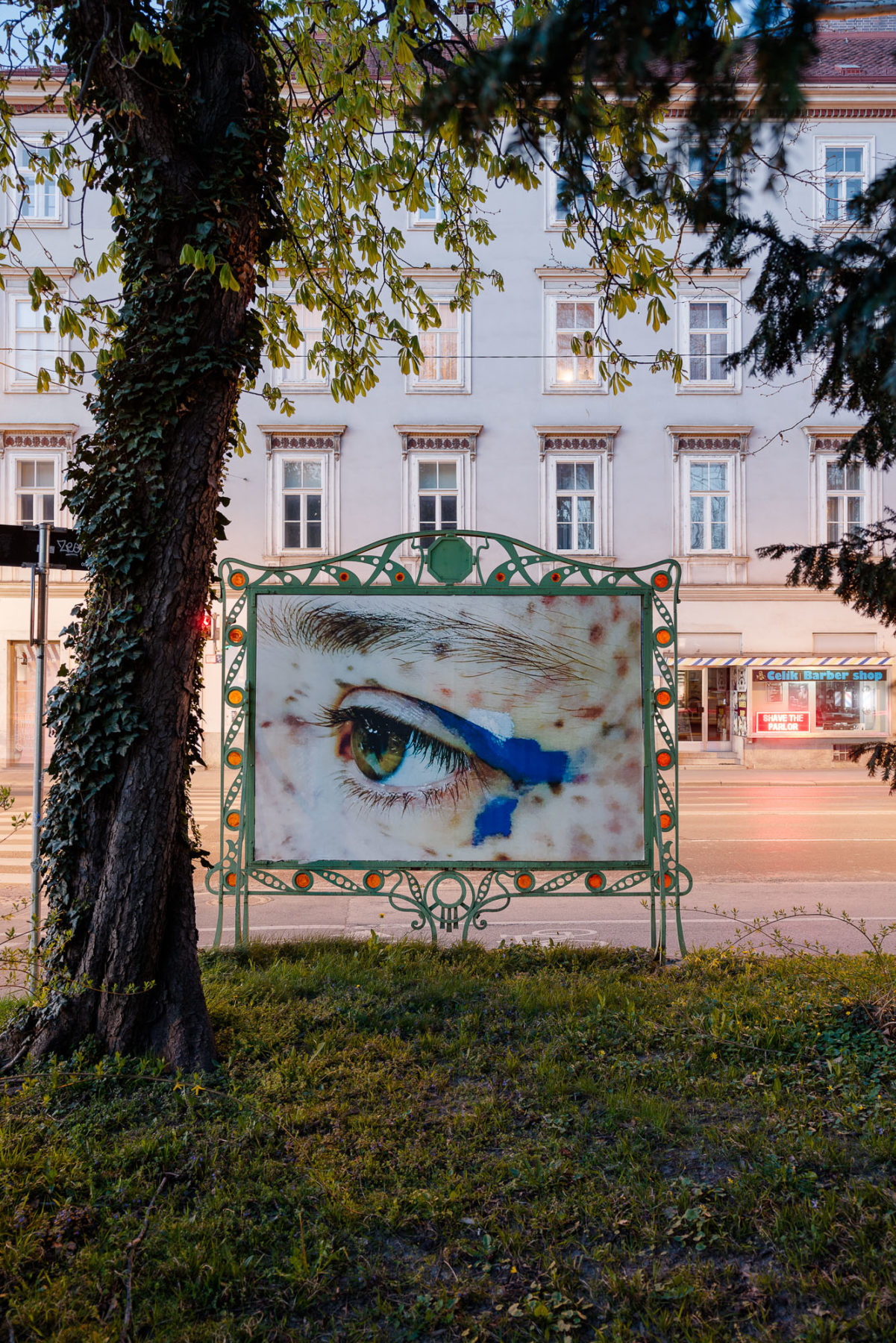
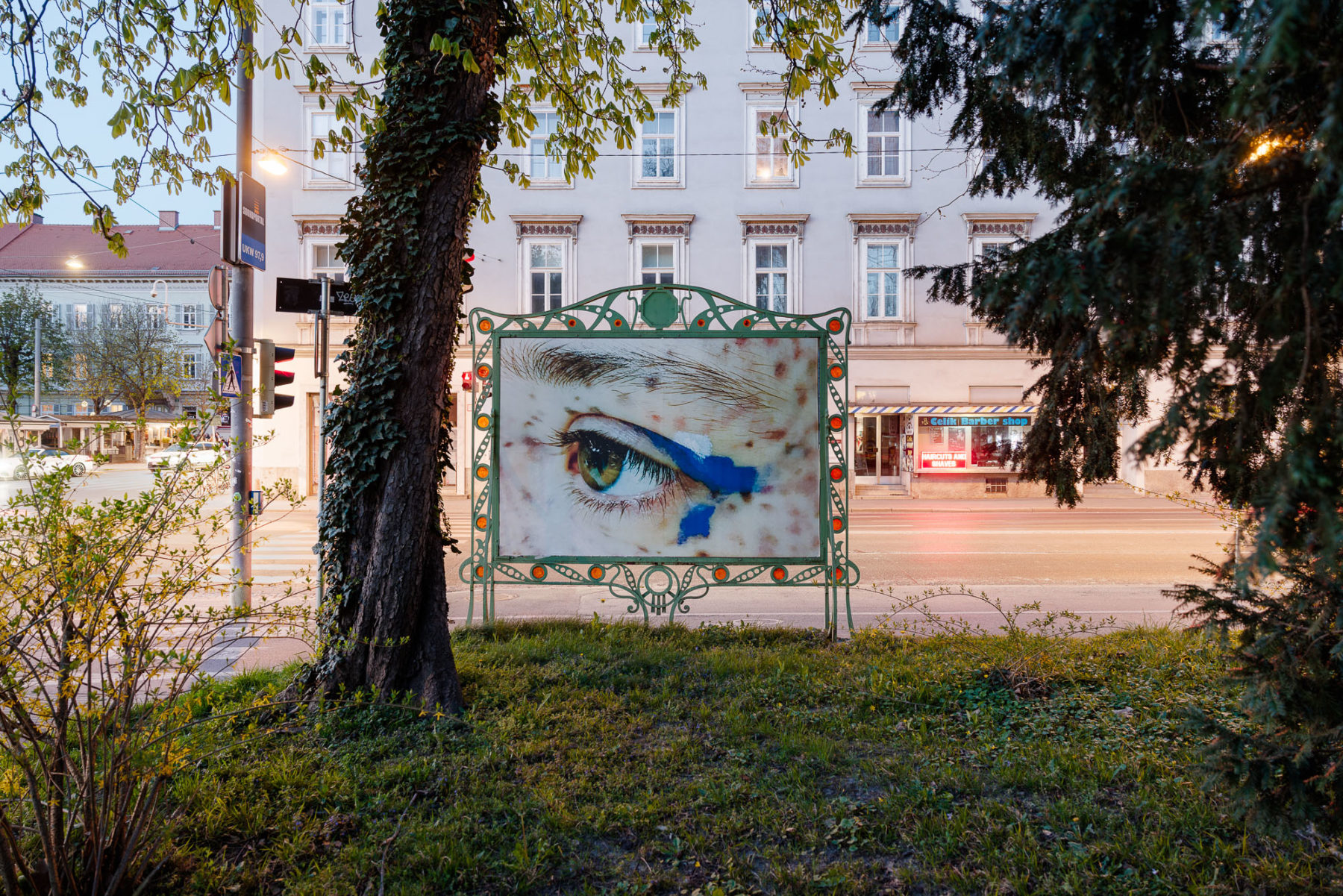
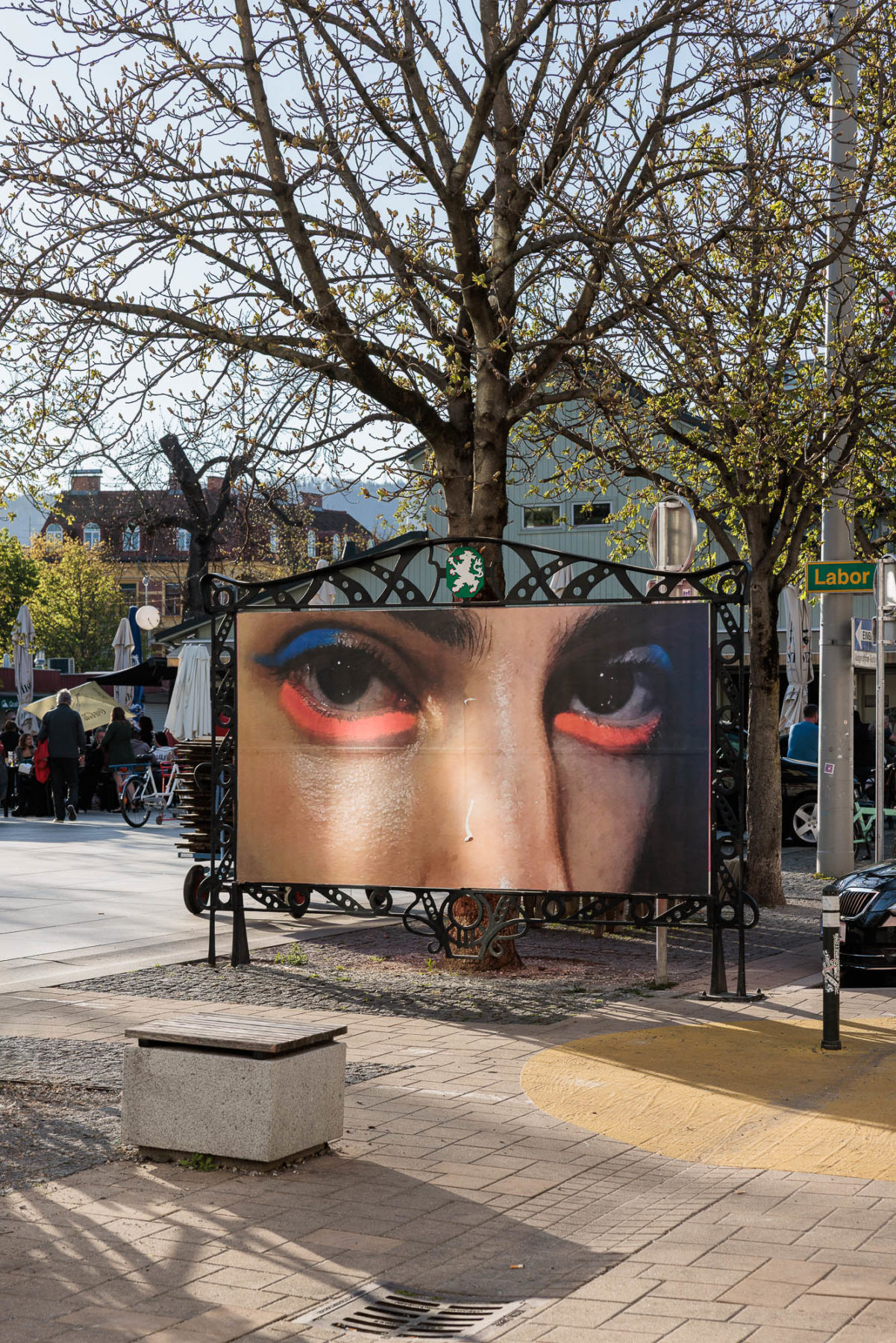
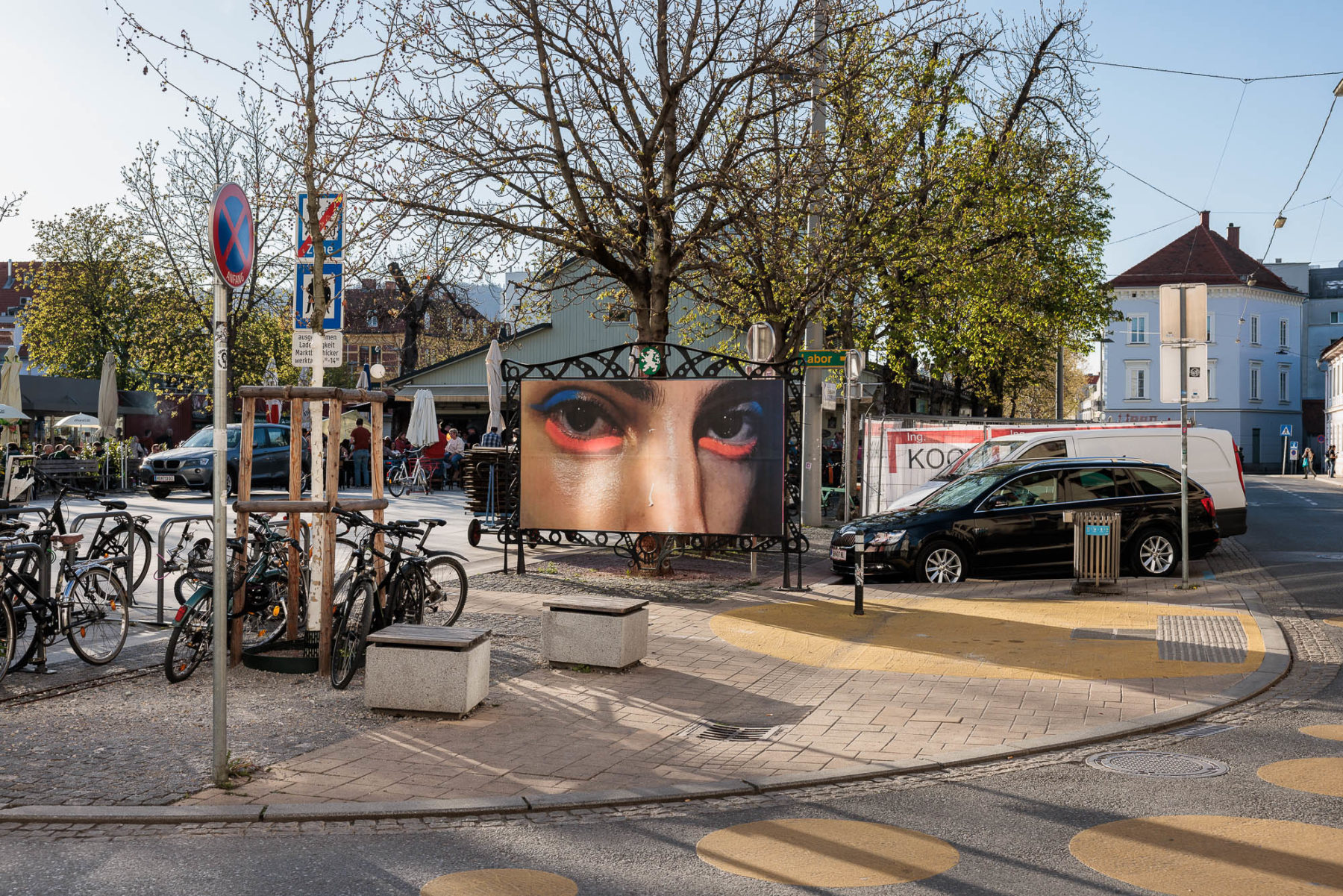
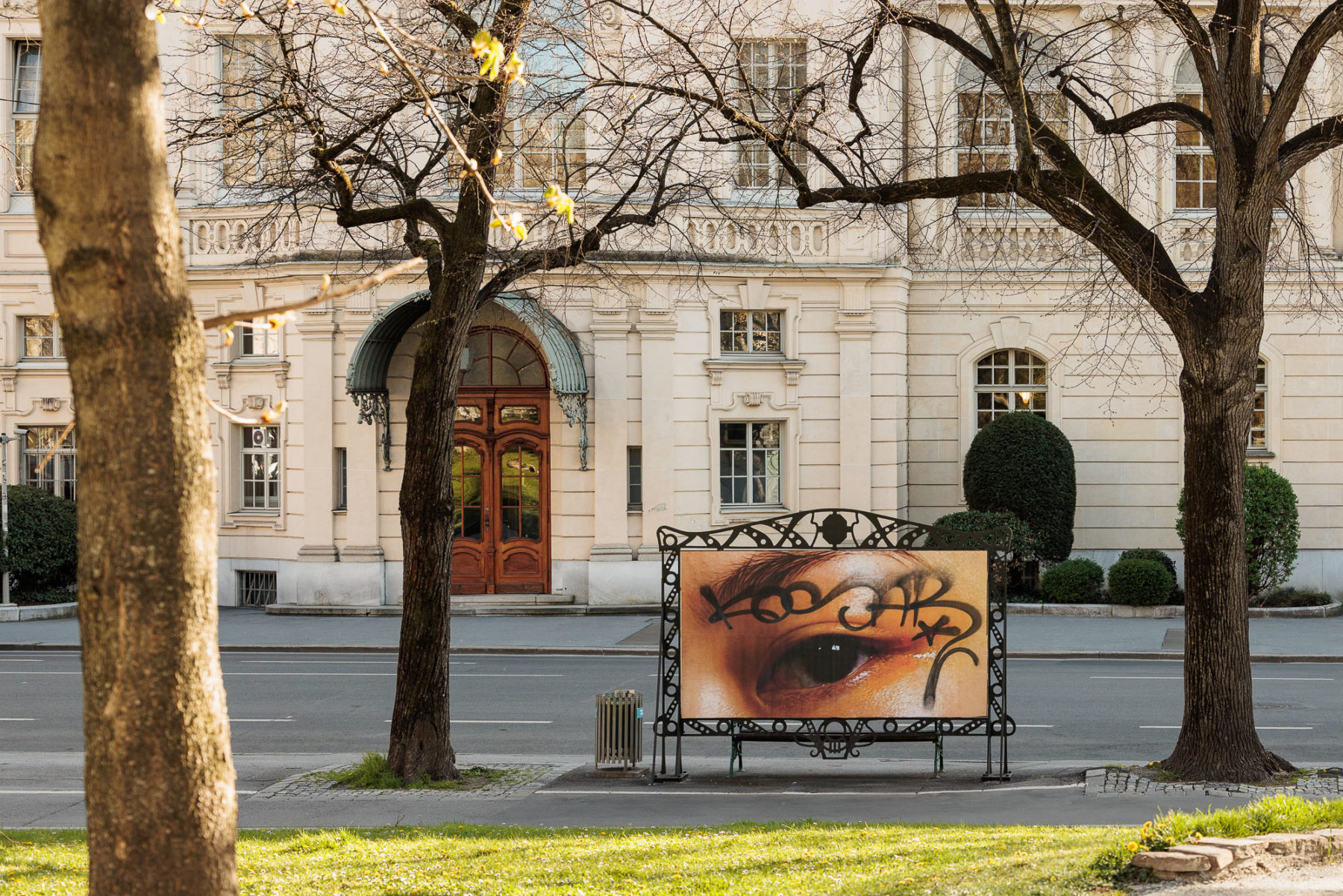
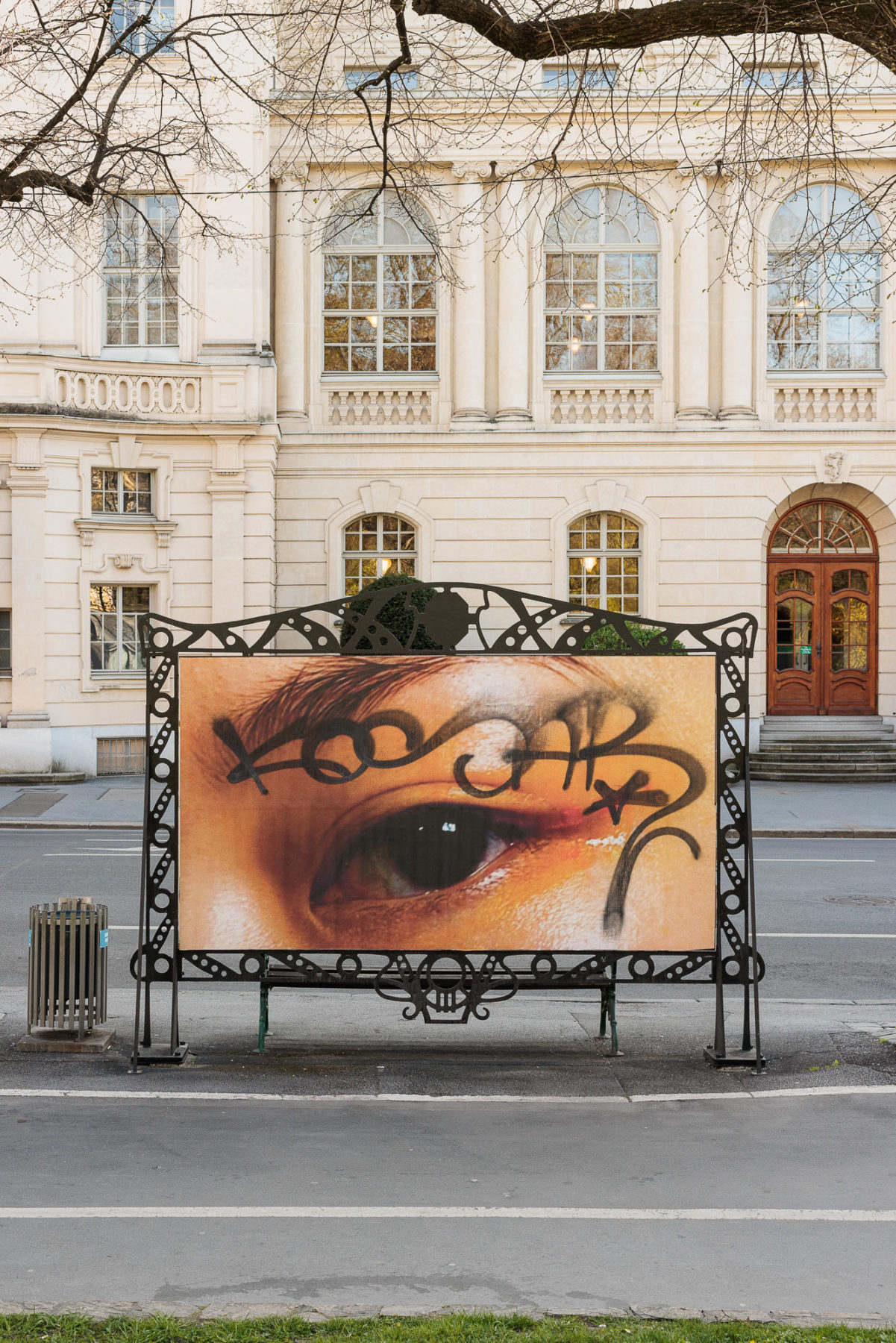
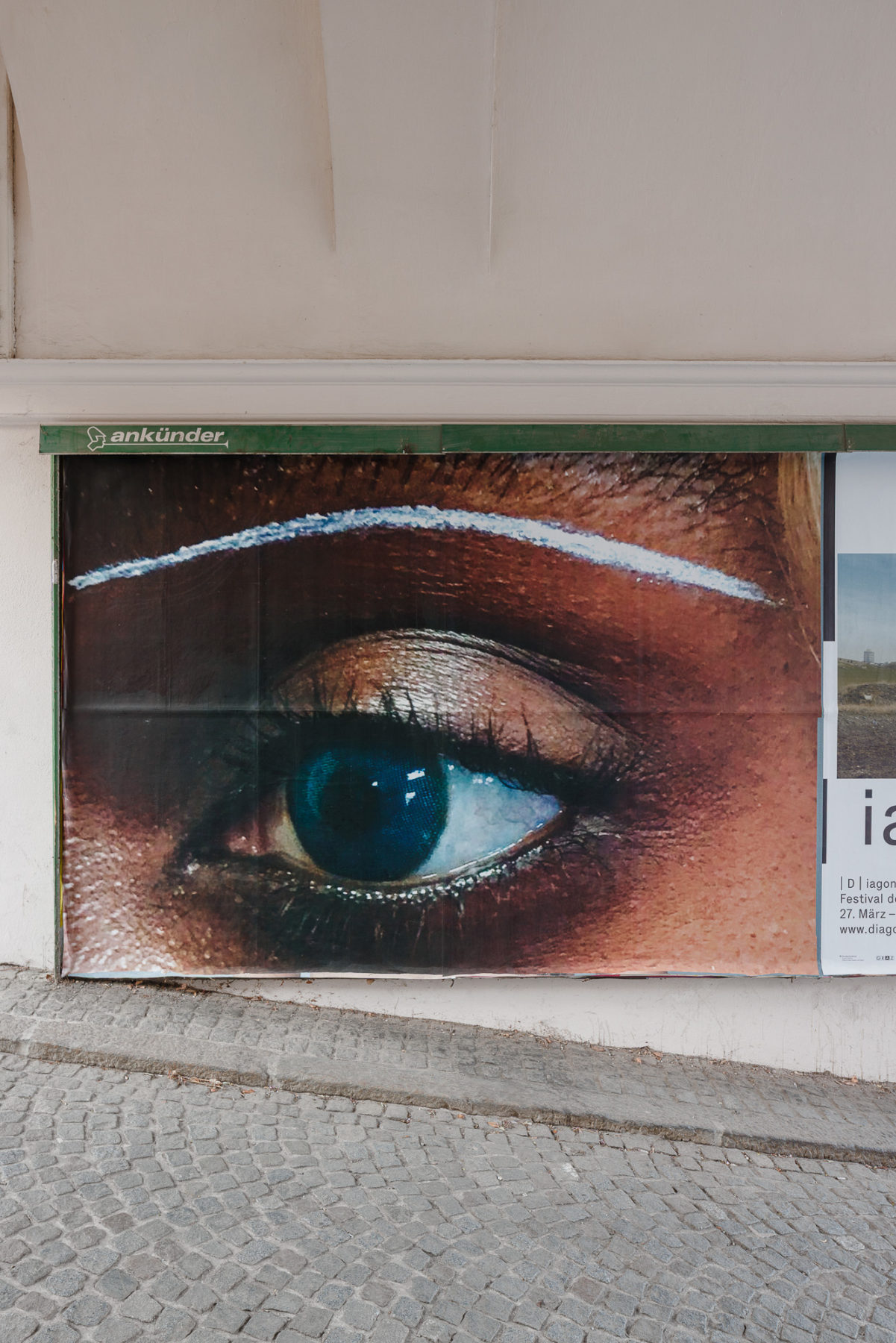
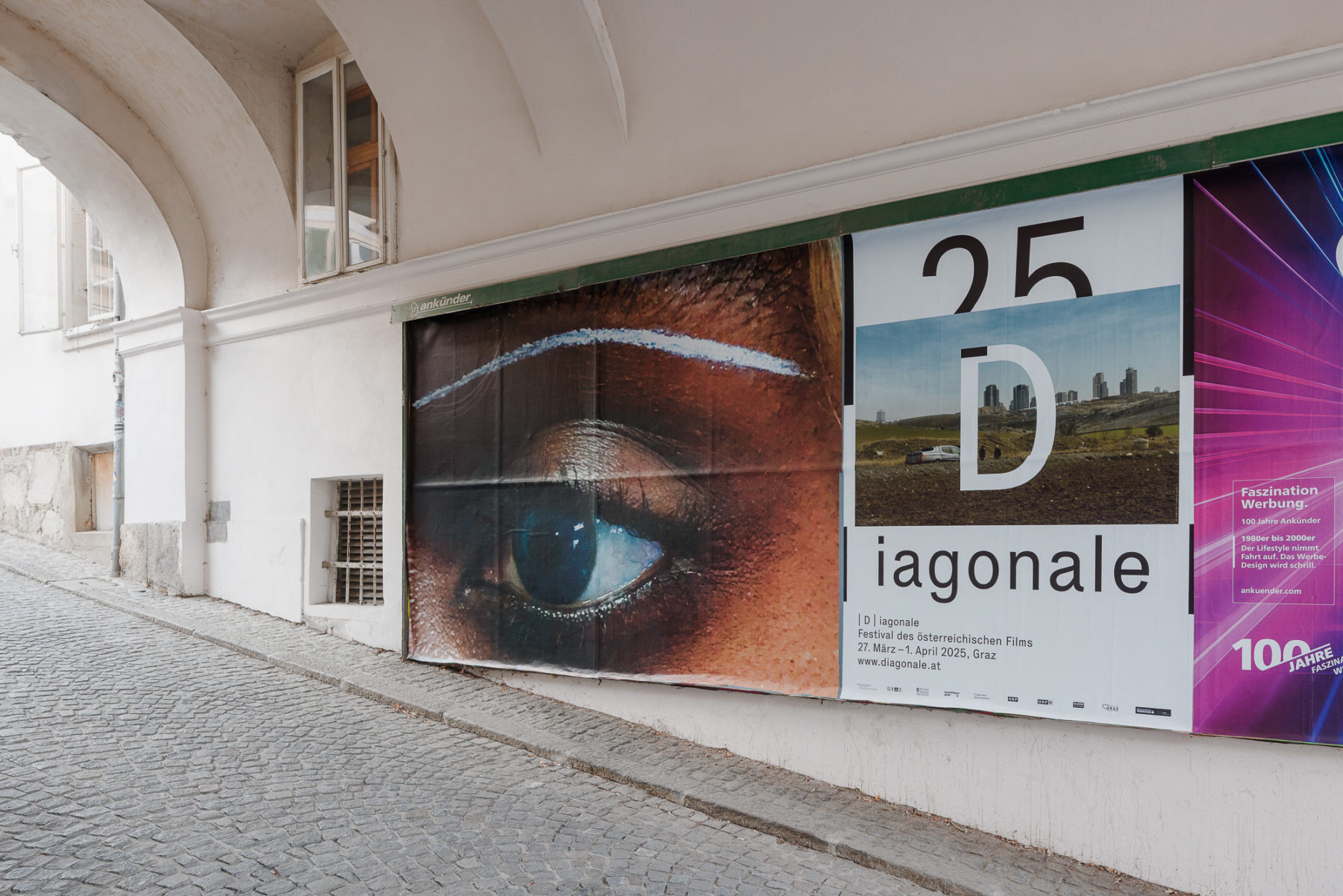
Light is a retrospective tracing Elena Narbutaitė’s engagement with lasers and LEDs, presenting works from 2013 to today.
Laser and LED are two distinct forms of light, each with their own rhythm and resonance. A laser’s beam is a sharpened line, its waves perfectly in phase – a coherence that gives it the power to cut, measure and guide. The LED, by contrast, is an unfolding glow, its photons out of step, its wavelengths blending into a spectrum that shifts and scatters. One involves focused precision, the other a dispersed field of color. Both are familiar from situations as diverse as the vibrant pulse of a party, the lethal targeting of warfare, the beam that holds an electronic door ajar, or the silent transfer of data. Narbutaitė reconfigures these ubiquitous associations, reimagining the cold accuracy of industrial lasers and the ambient shifting hues of LEDs into something unbound.
Fabricating intimacy and disquiet with exacting attention, Narbutaitė orchestrates moments in which light becomes an event – most visible when it collides with a surface, materializing as a cut in space or imbuing it with deep feeling. The beams do not merely illuminate; they shapeshift, slicing through the air with an intensity that unsettles as much as it mesmerizes, their degree of visibility changing as the brightness of the day dictates.
These works harness tension – between a radiance that delights and wounds, balms and beckons. Light, in Narbutaitė’s eyes, is a surgical yet seductive force, its edges menacing in their allure. It is ephemeral while absolute, a trace that vanishes as quickly as it appears, dissolving into the very space it momentarily inhabits. Her works do not just move through space; they press into it like a lingering resonance, an imprint of something felt and fleeting; they create a choreography of perception, inviting one to step into an architecture made of nothing but light.
Light is a meditation on its own double binds – how it dazzles and guides, divides and connects. To discern is to see and not see at the same time – to be blinded by clarity, to lose oneself in the sharp edge of illumination. It overwhelms even as it reveals, a paradox of vision and obscurity. In bending light, Narbutaitė gives structure to such feelings.
ELENA NARBUTAITĖ (b. 1984) lives and works in Vilnius. She has participated in exhibitions internationally, including the joint Lithuanian and Cyprus pavilion at the 55th Venice Biennale (2013) and the Liverpool Biennial (2016). Recent exhibitions include 2019, Grazer Kunstverein, Graz (2024); 15th Baltic Triennial: Same Day, Contemporary Art Centre, Vilnius (2024); Unknown Familiars, Leopold Museum, Vienna (2024); Mars Returns, Mykolas Žilinskas Gallery, Kaunas (2022); Nashashibi/Skaer: Thinking Through Other Artists, Tate St Ives (2018); Rehearsal, Tai Kwun Contemporary, Hong Kong (2018); and Dools, Carré d’Art Nîmes (2018). She is an associate editor for BILL, an annual magazine of photographic stories initiated by Julie Peeters.
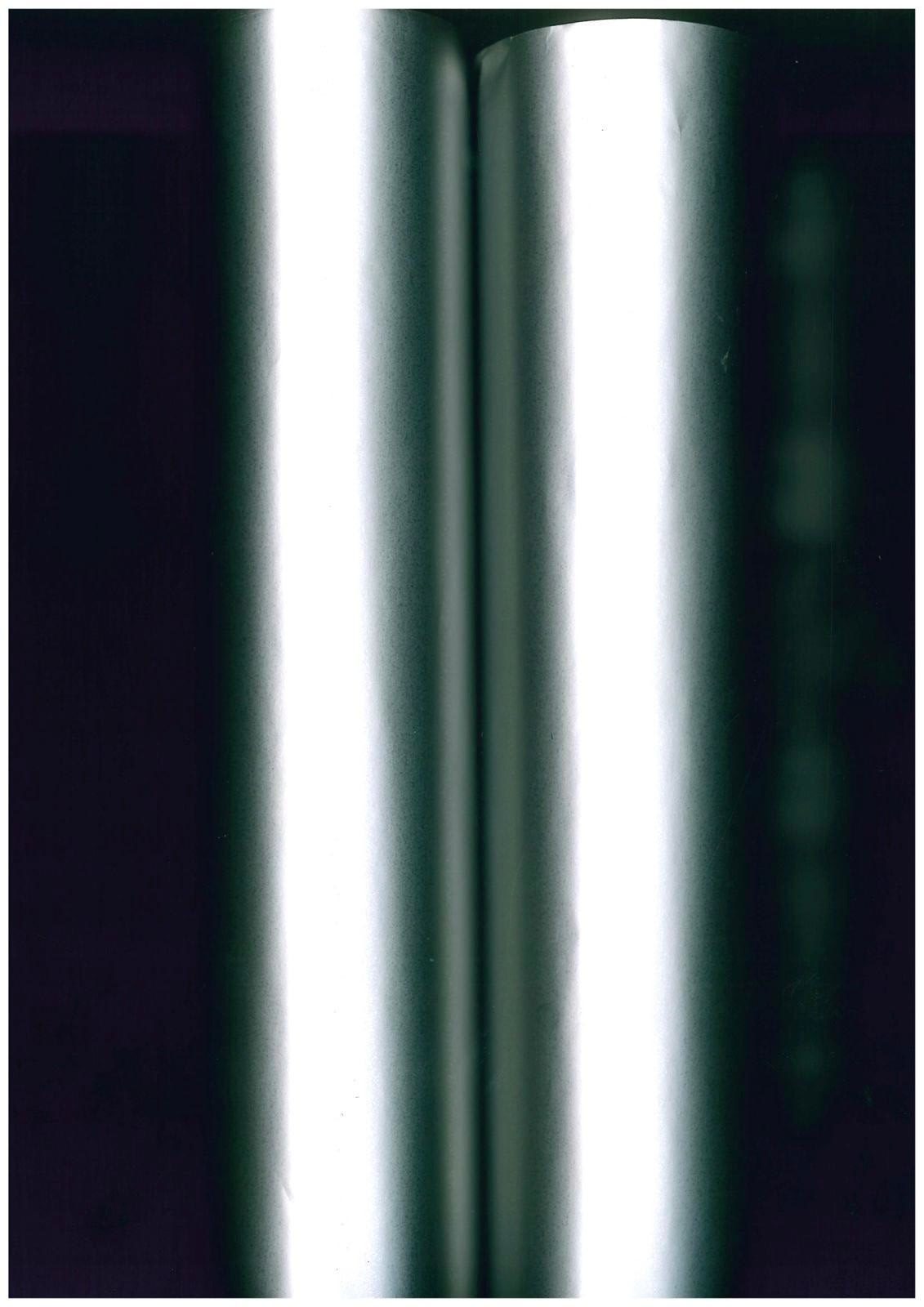
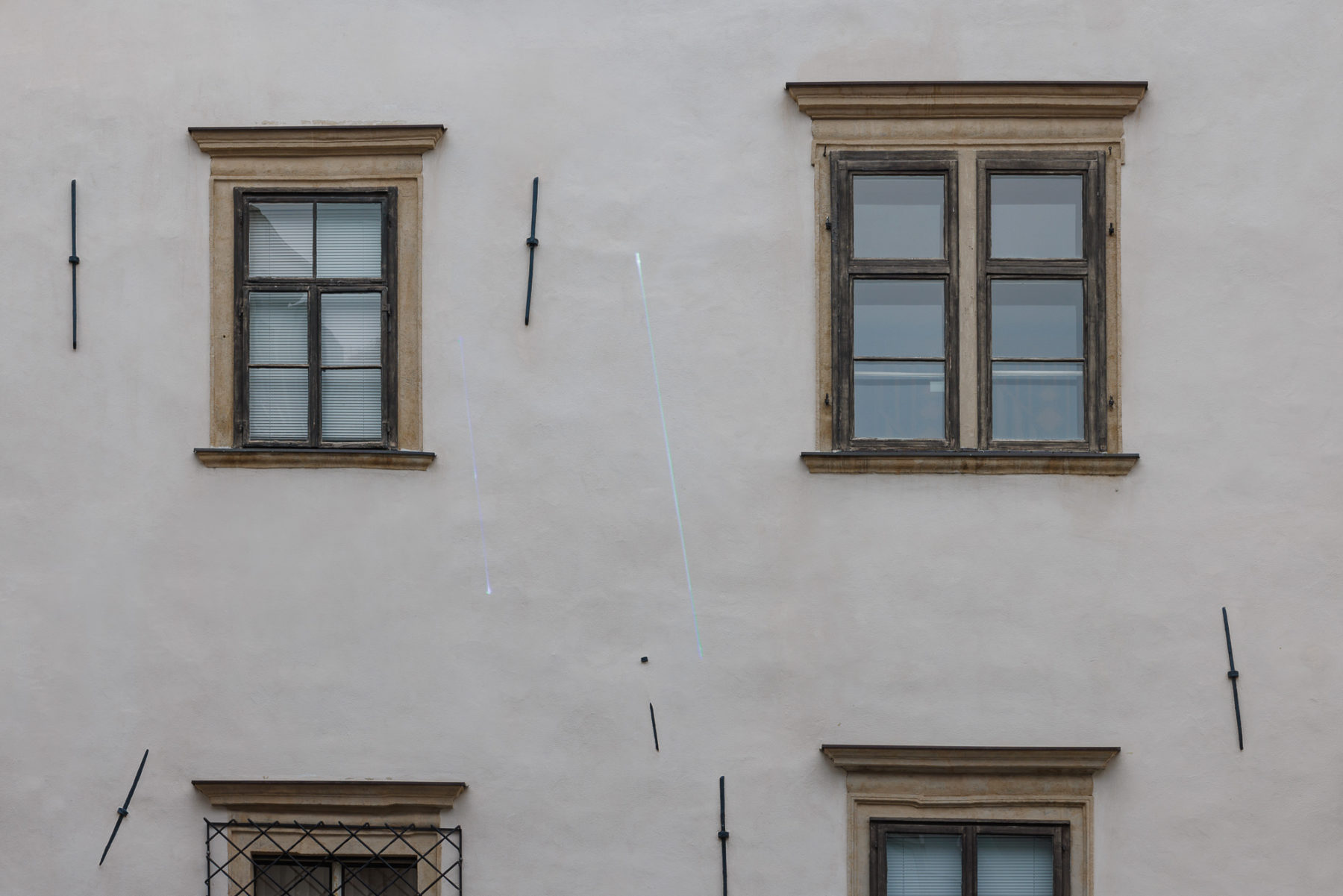
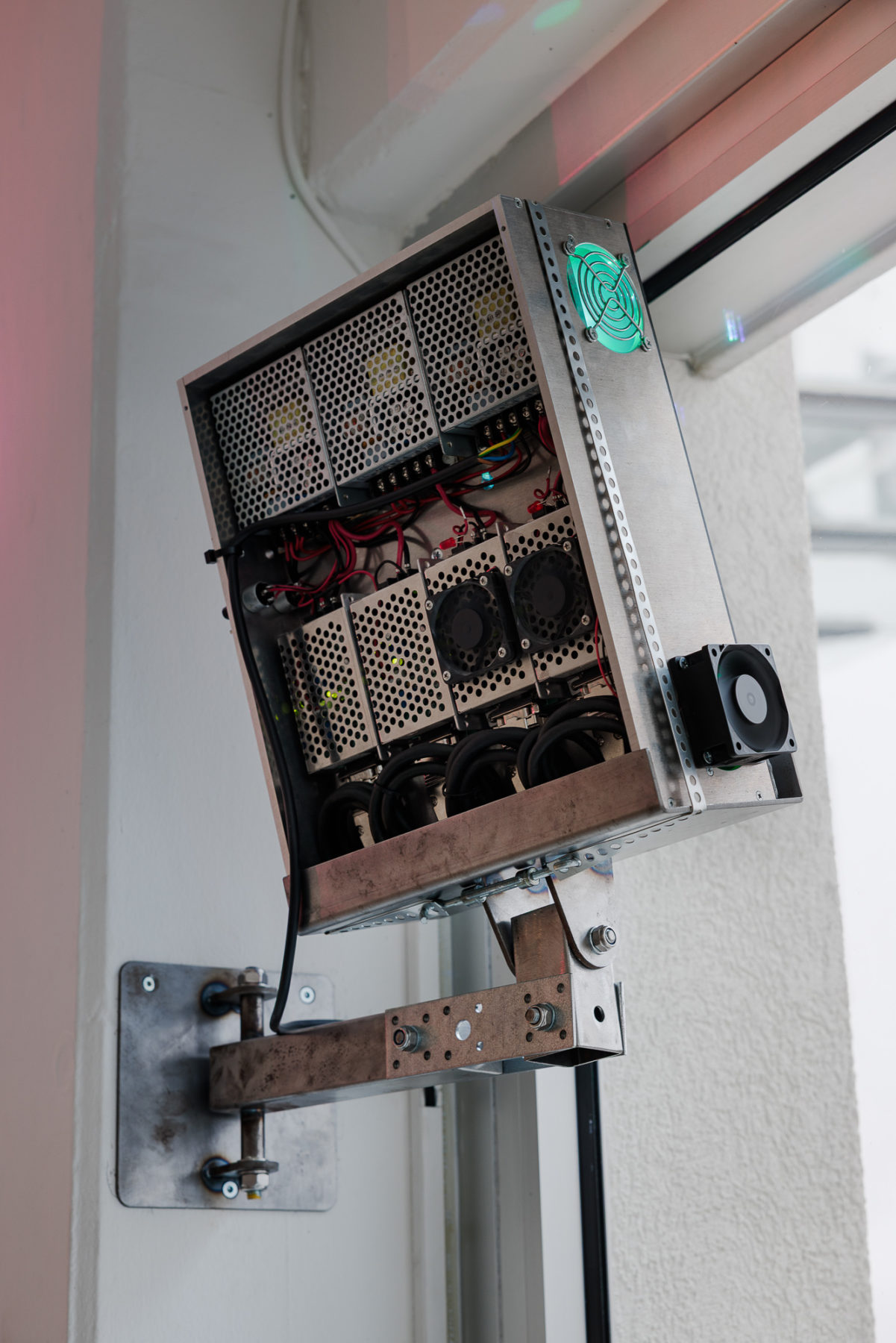
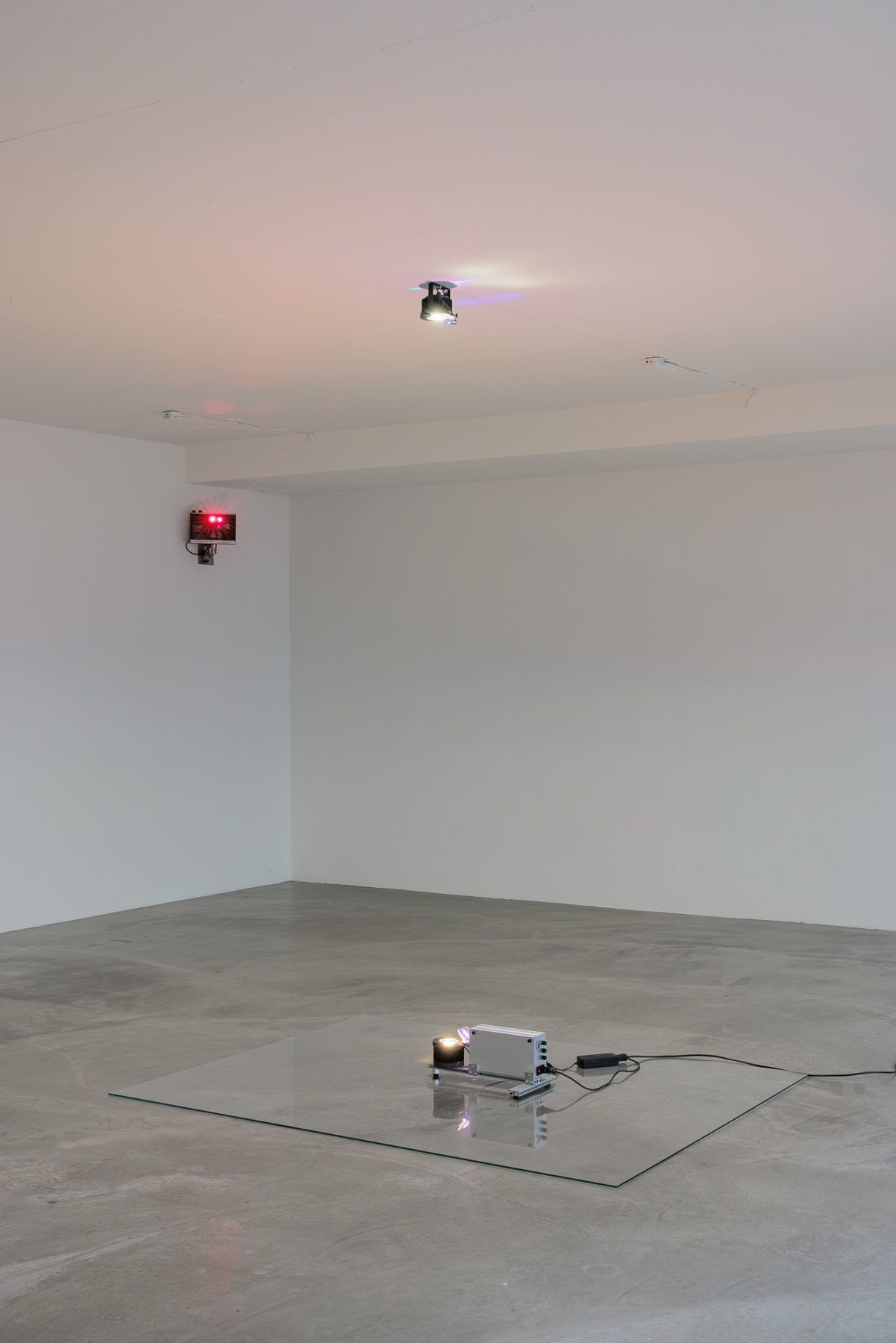

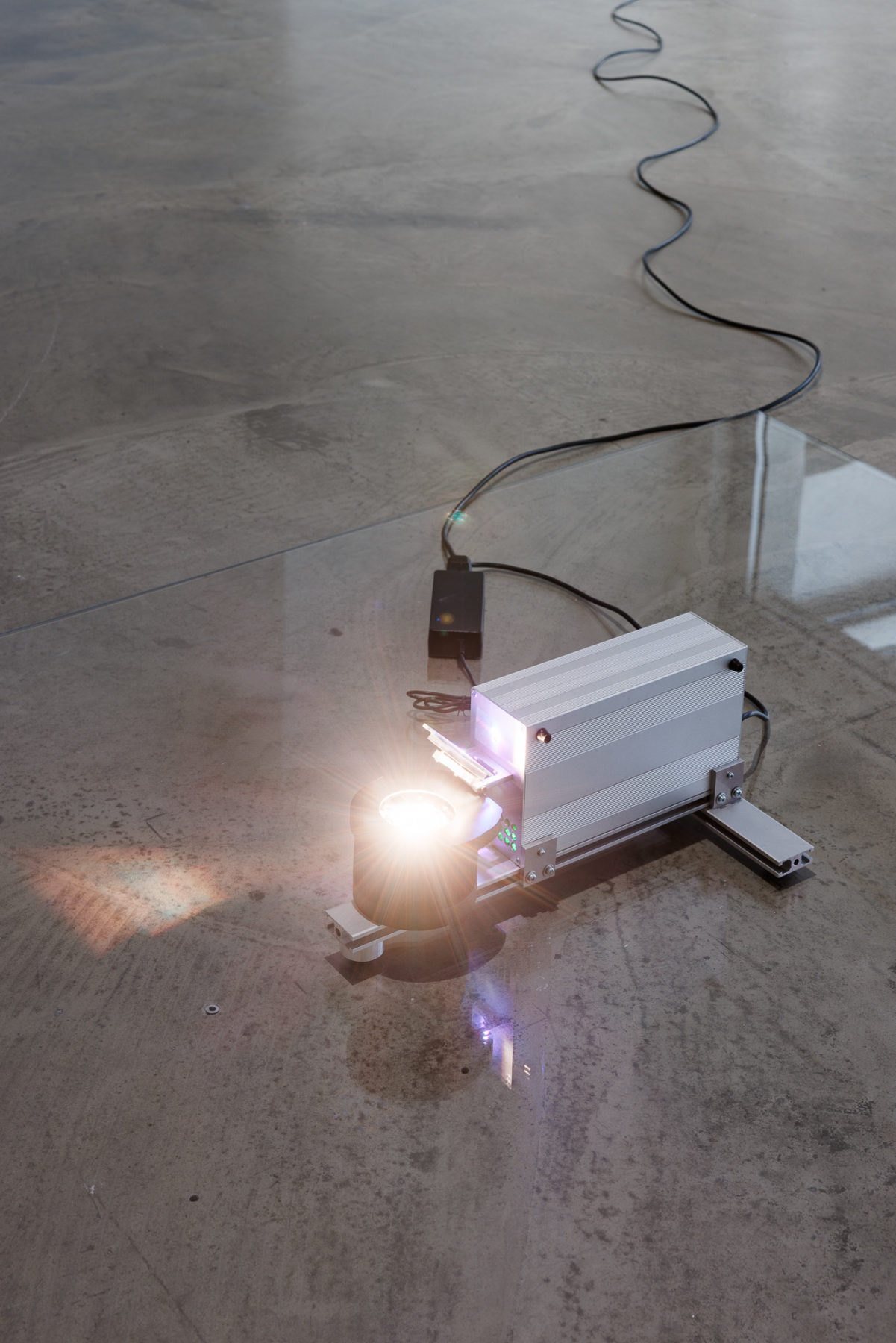


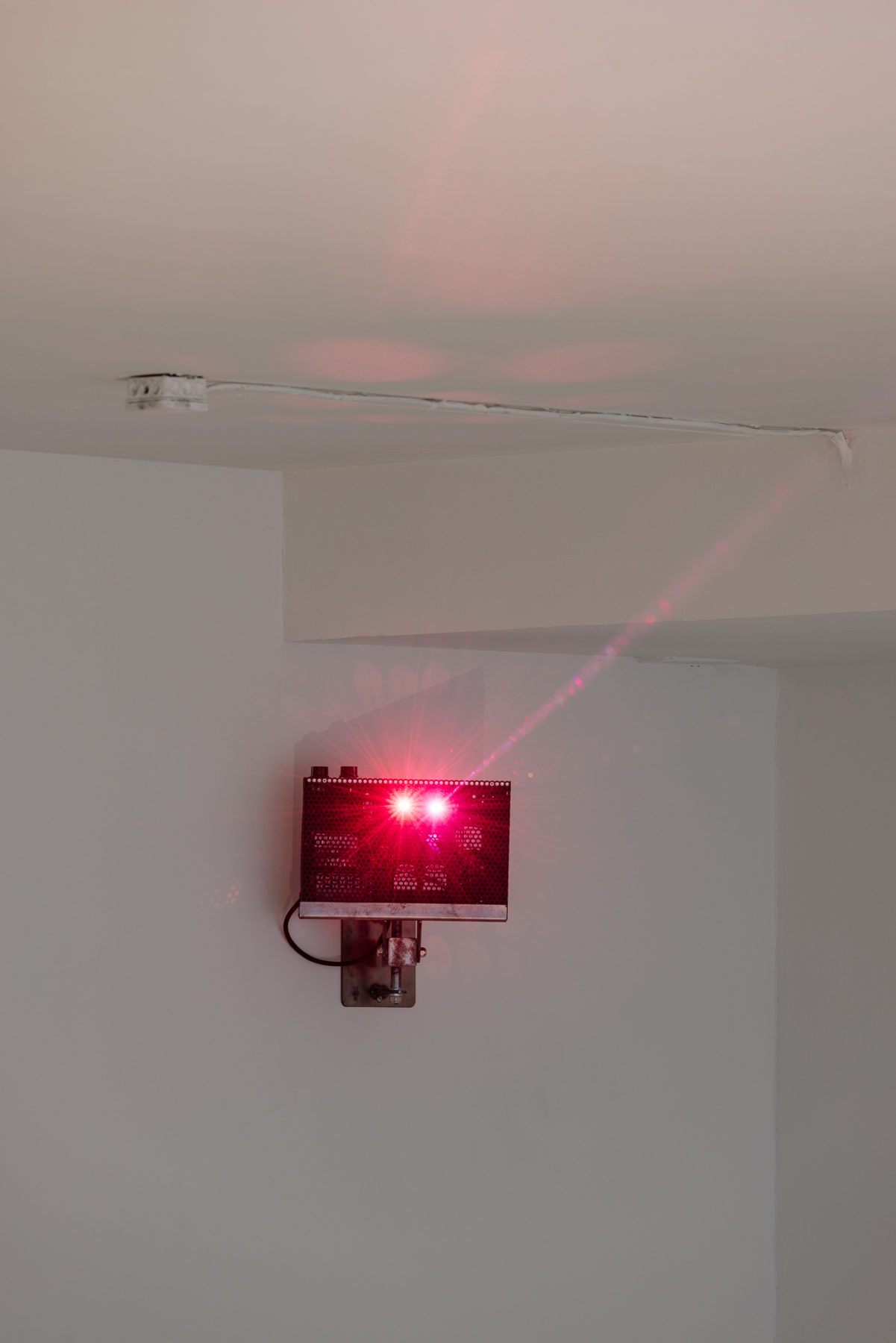
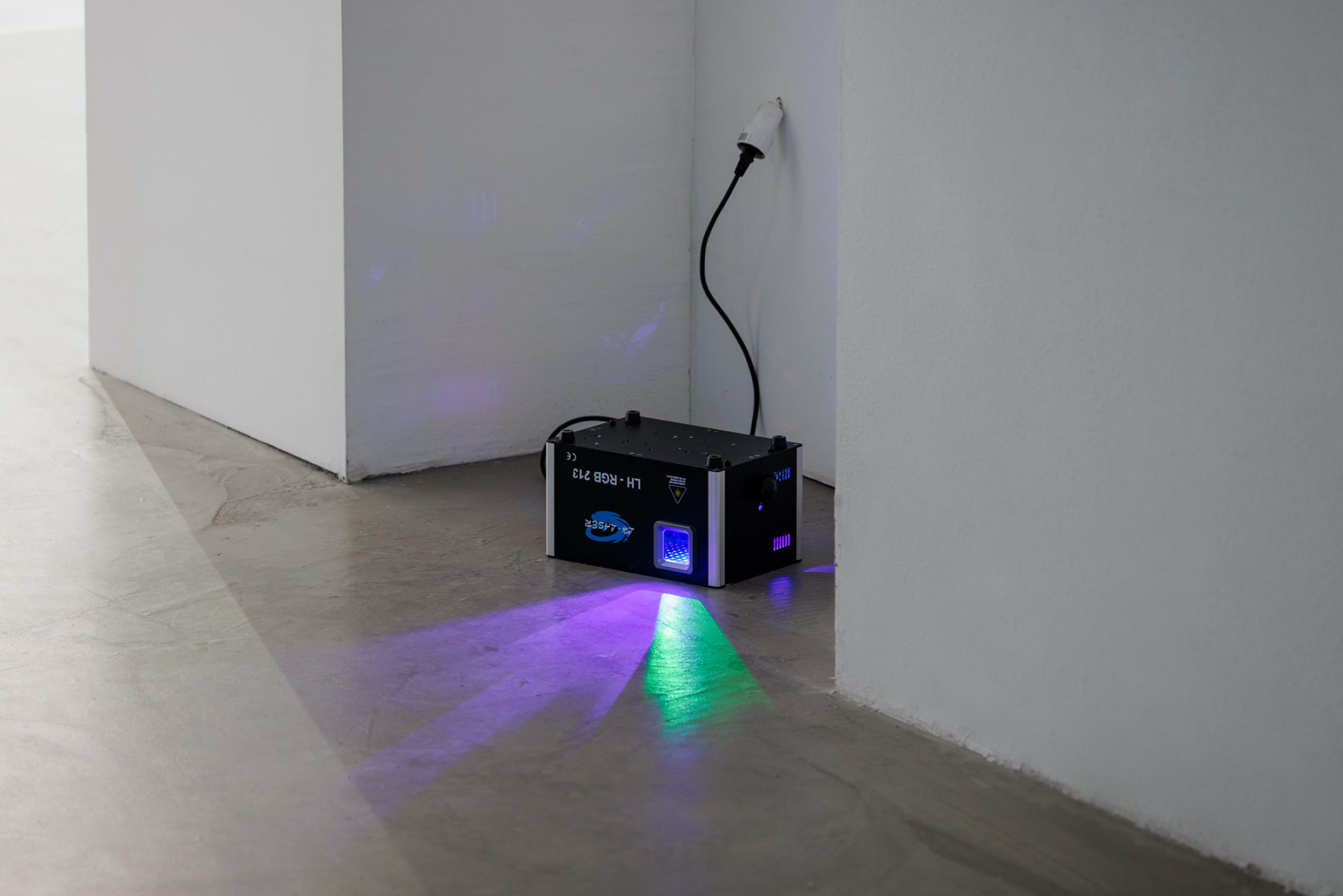
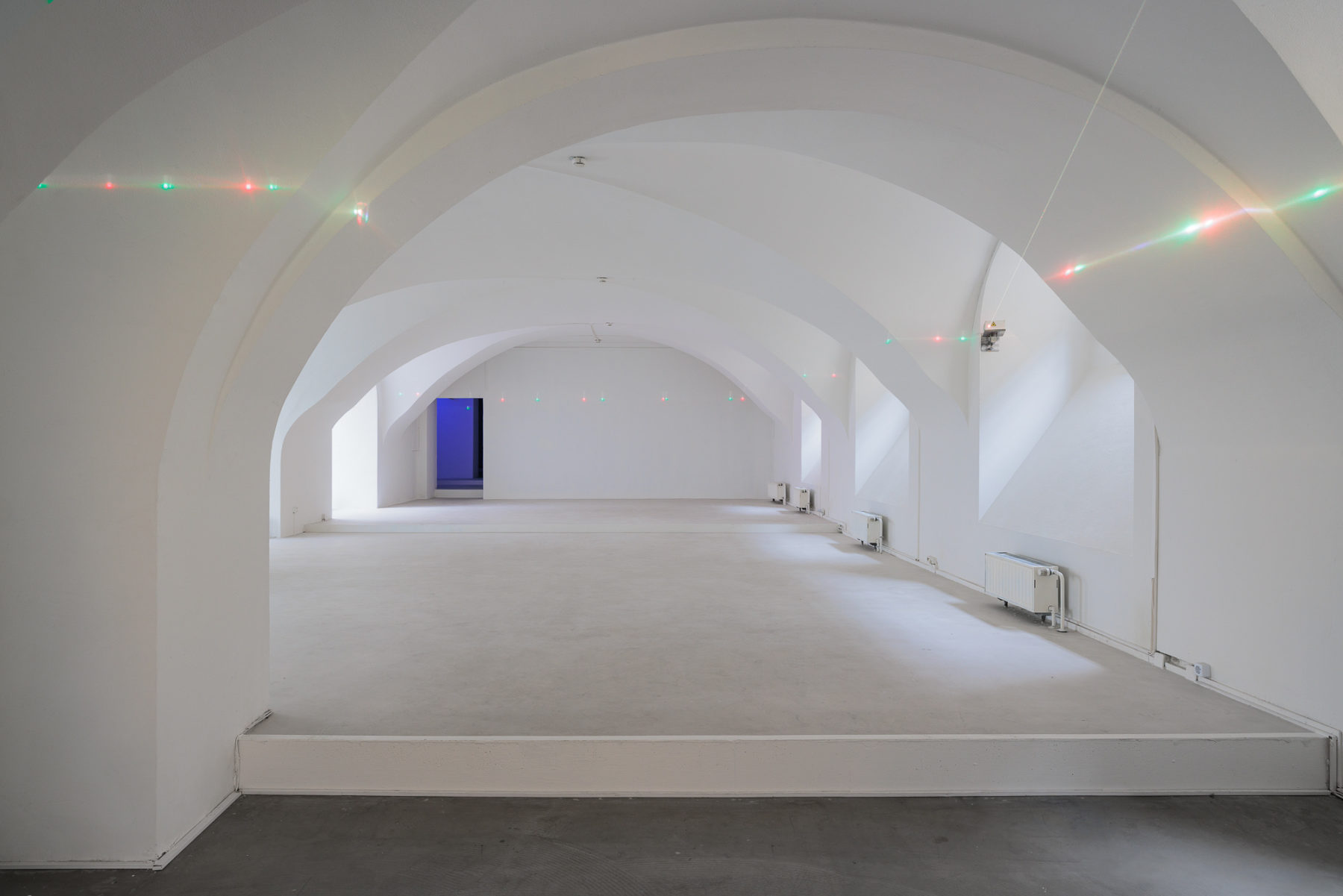
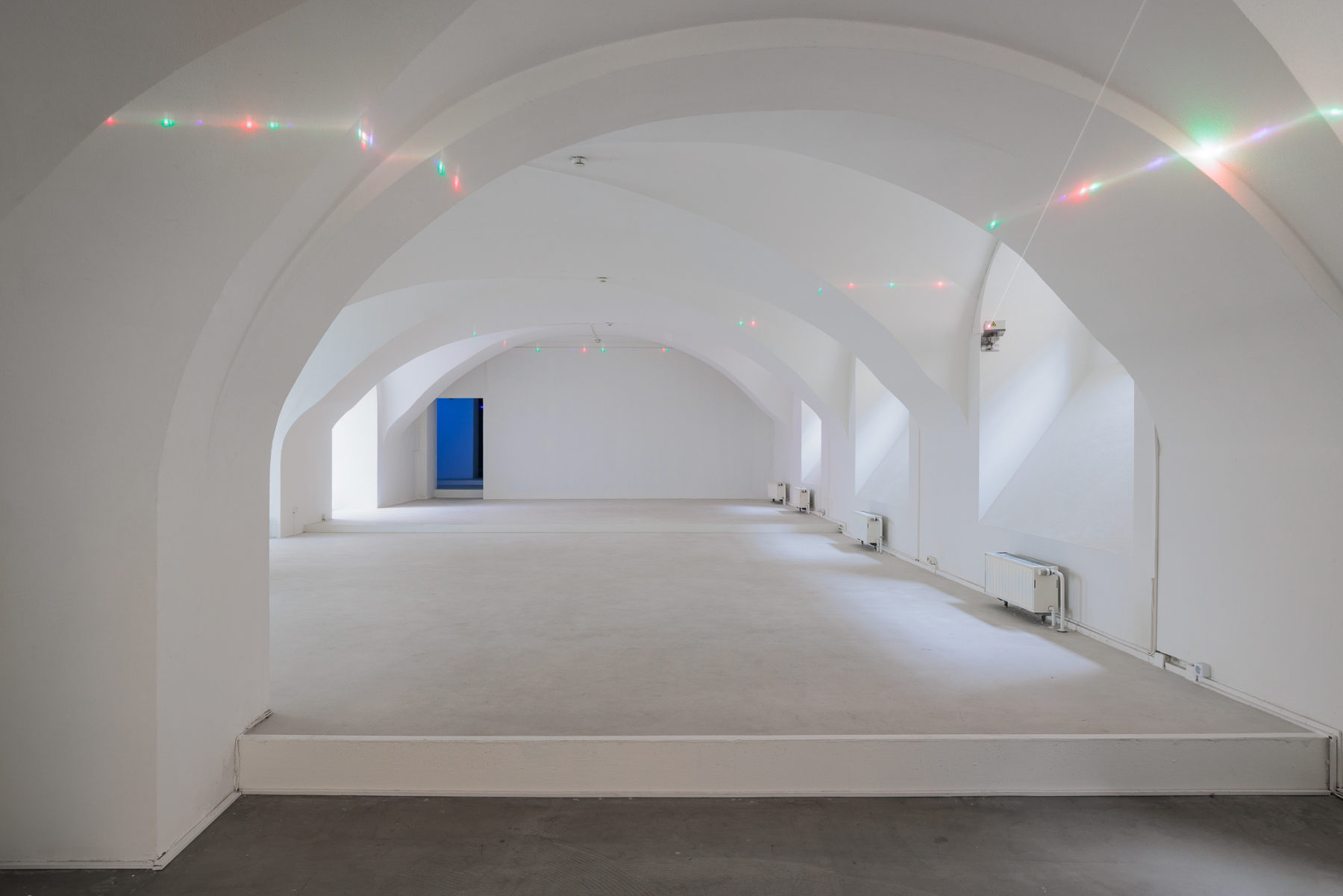
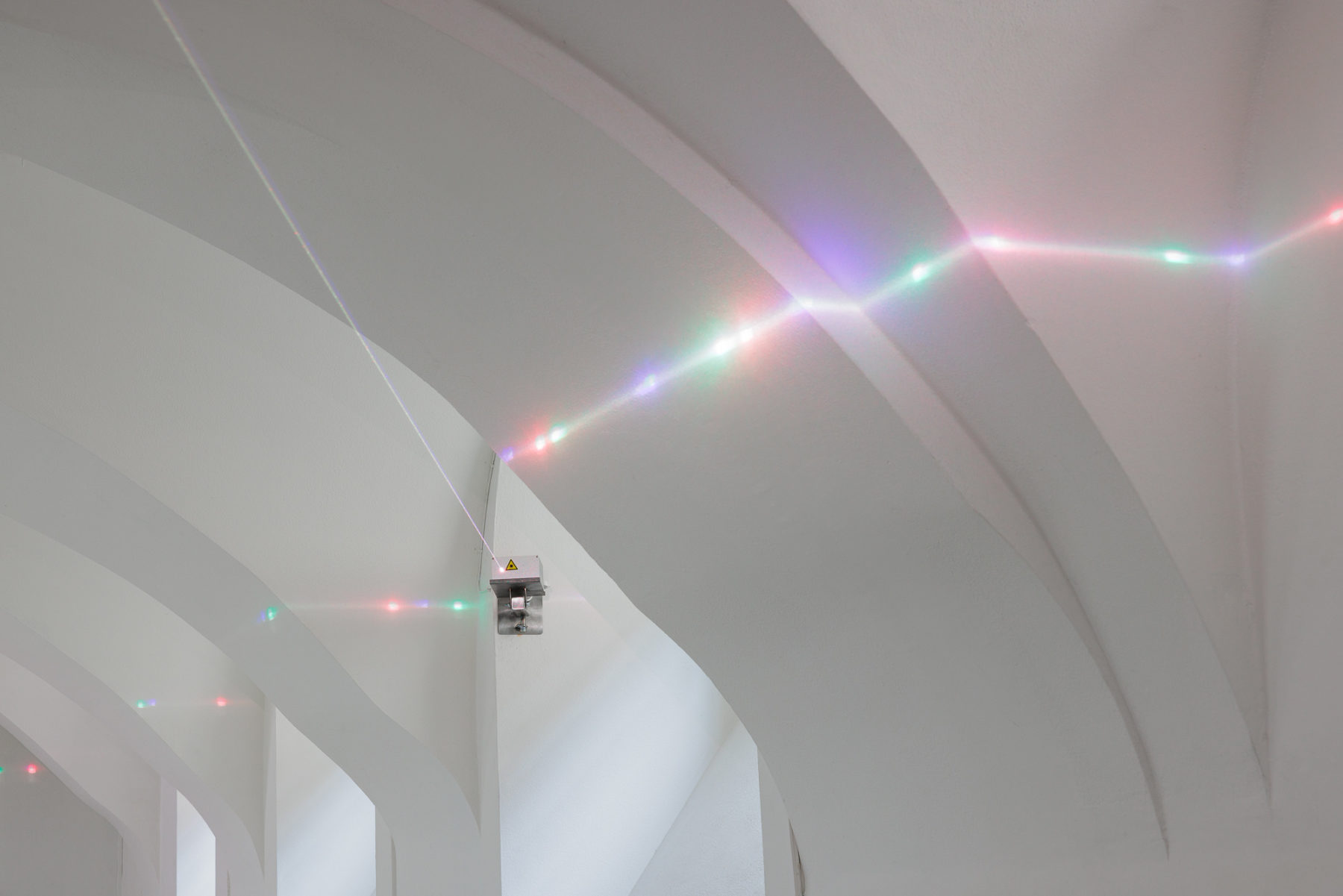
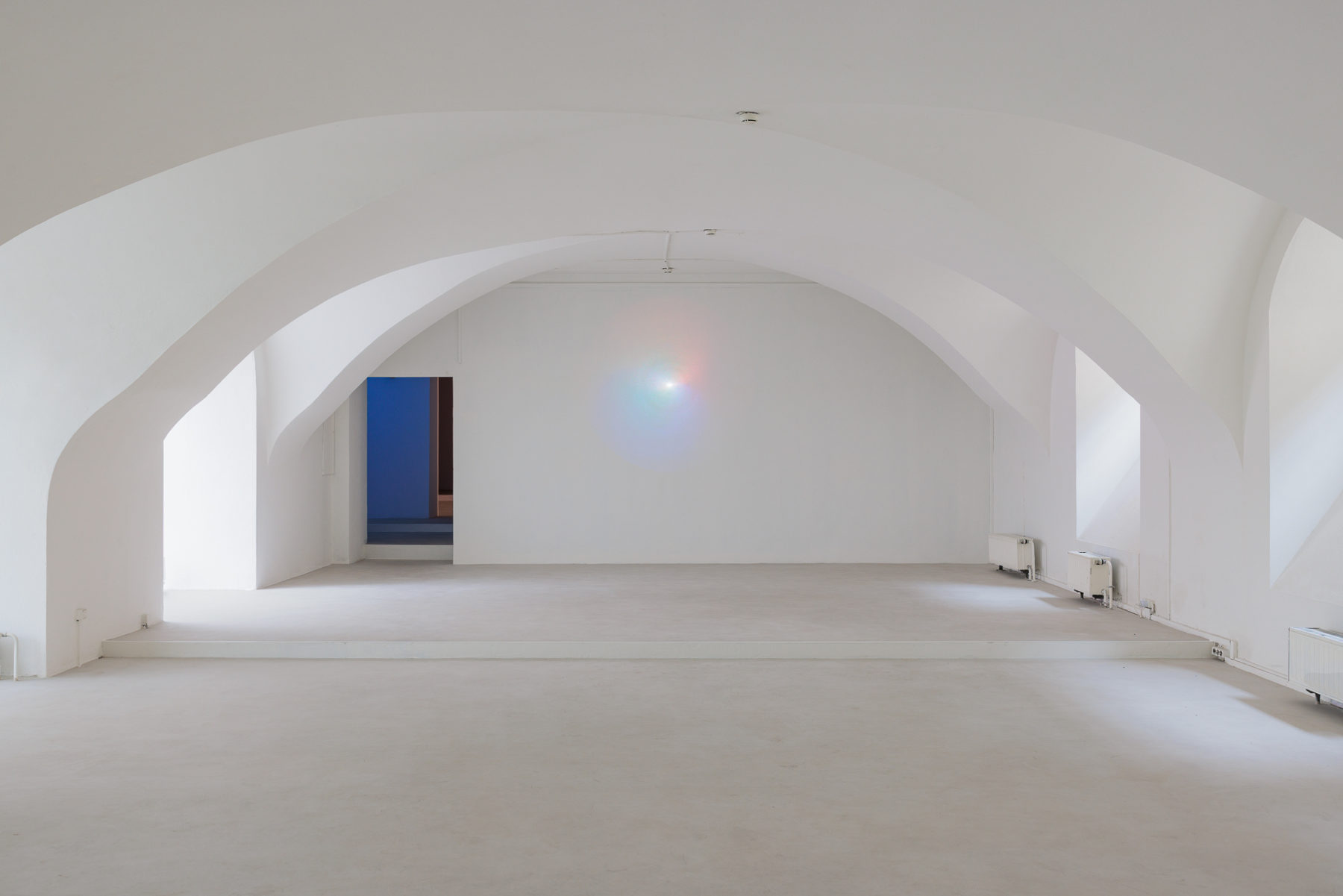

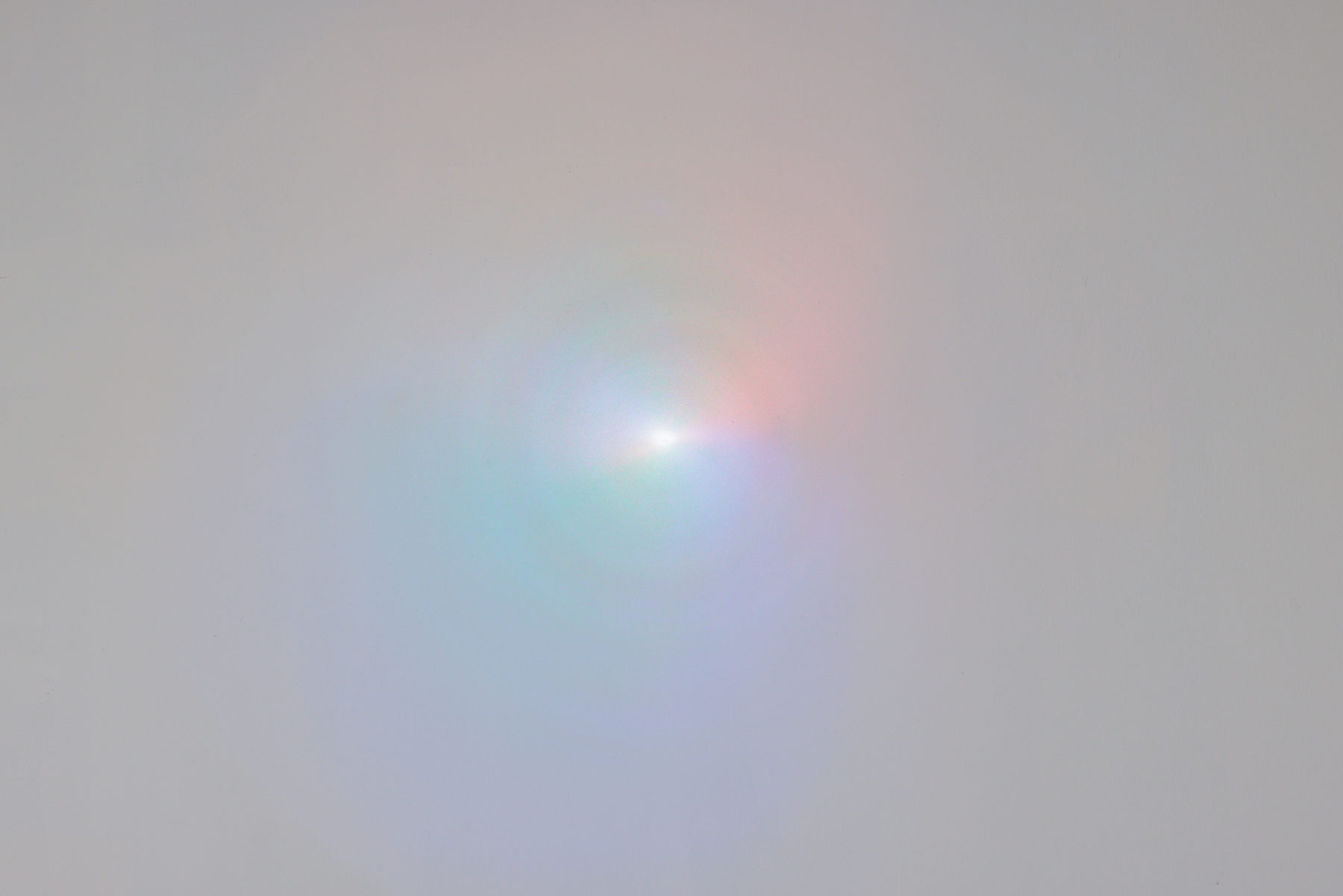
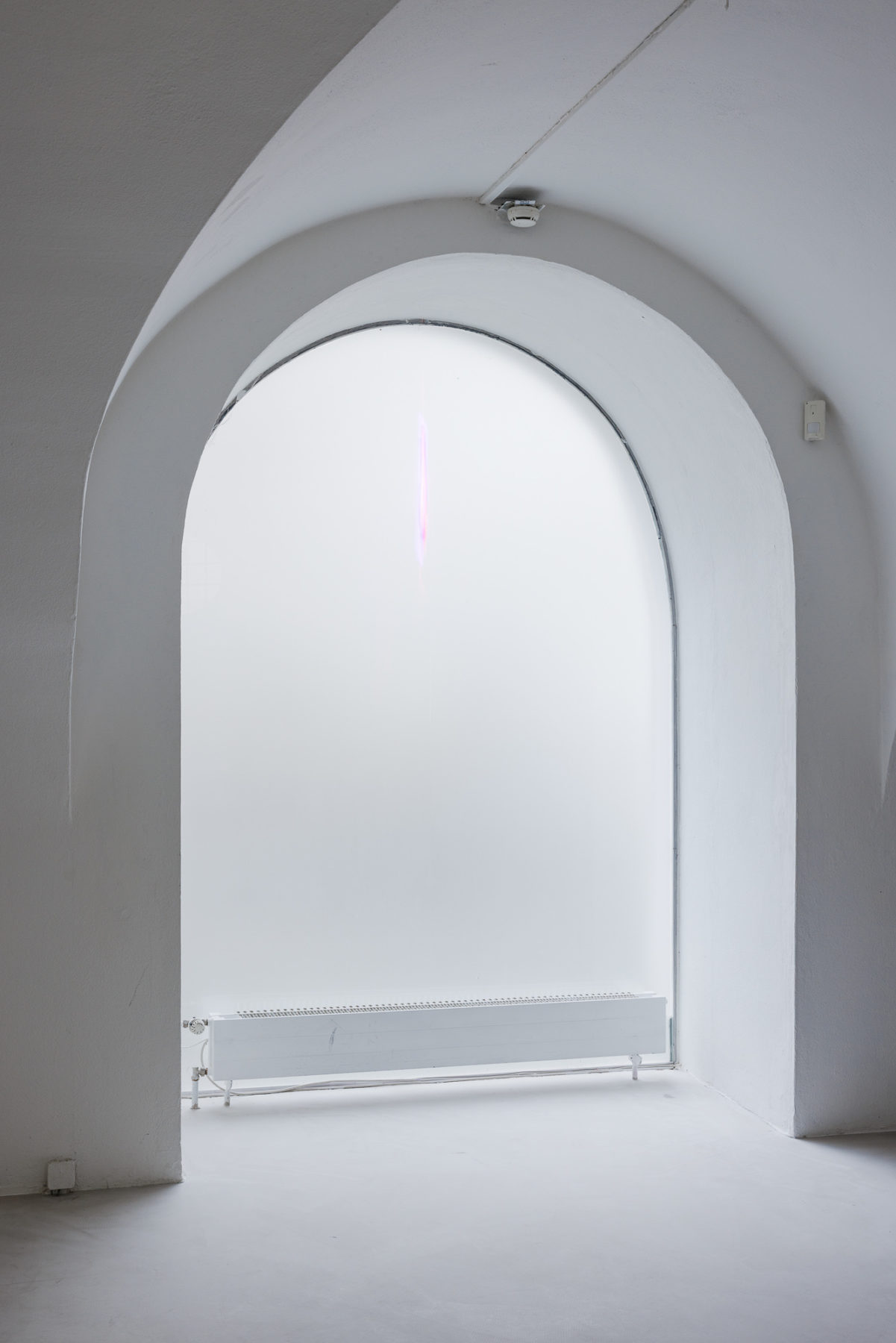
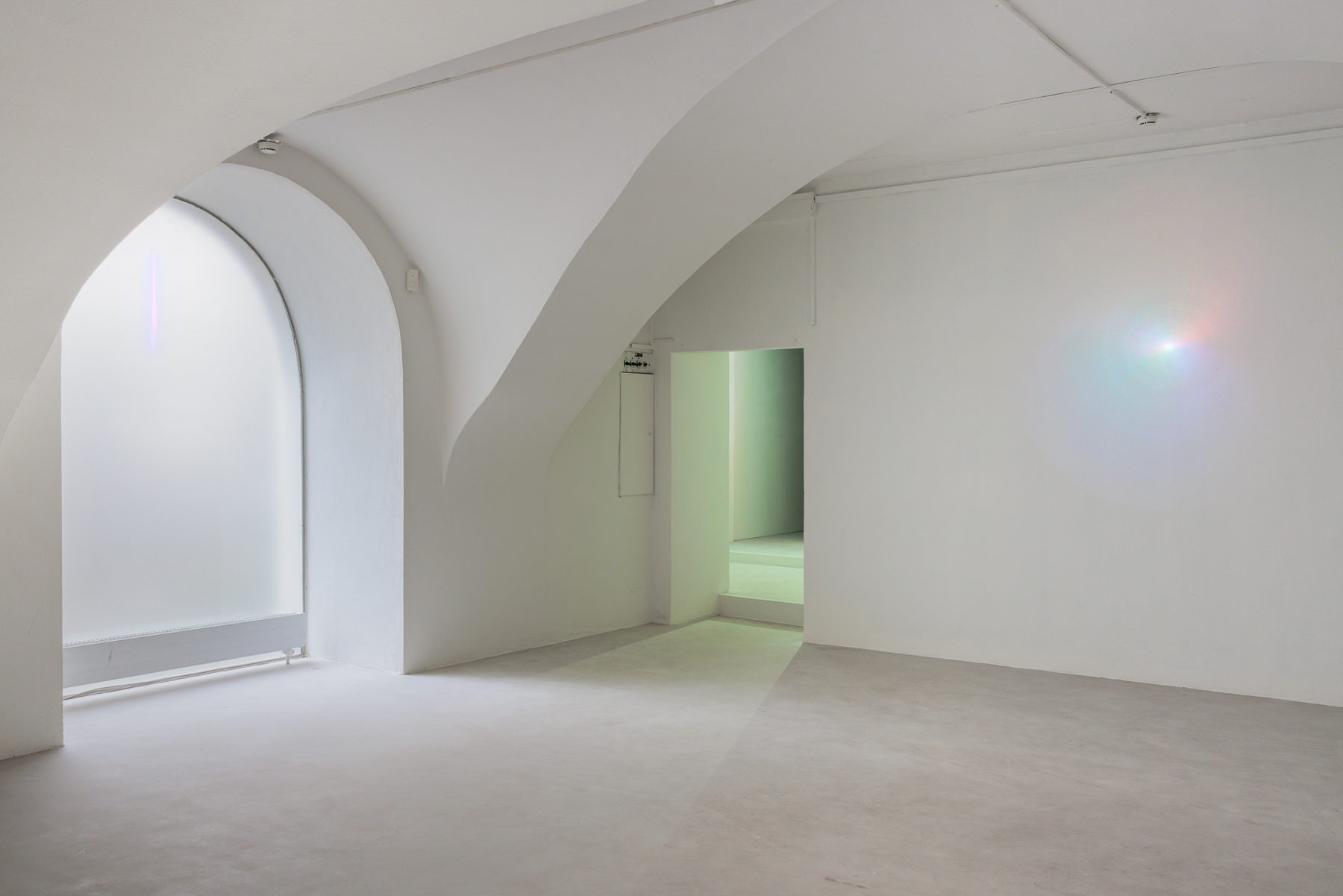
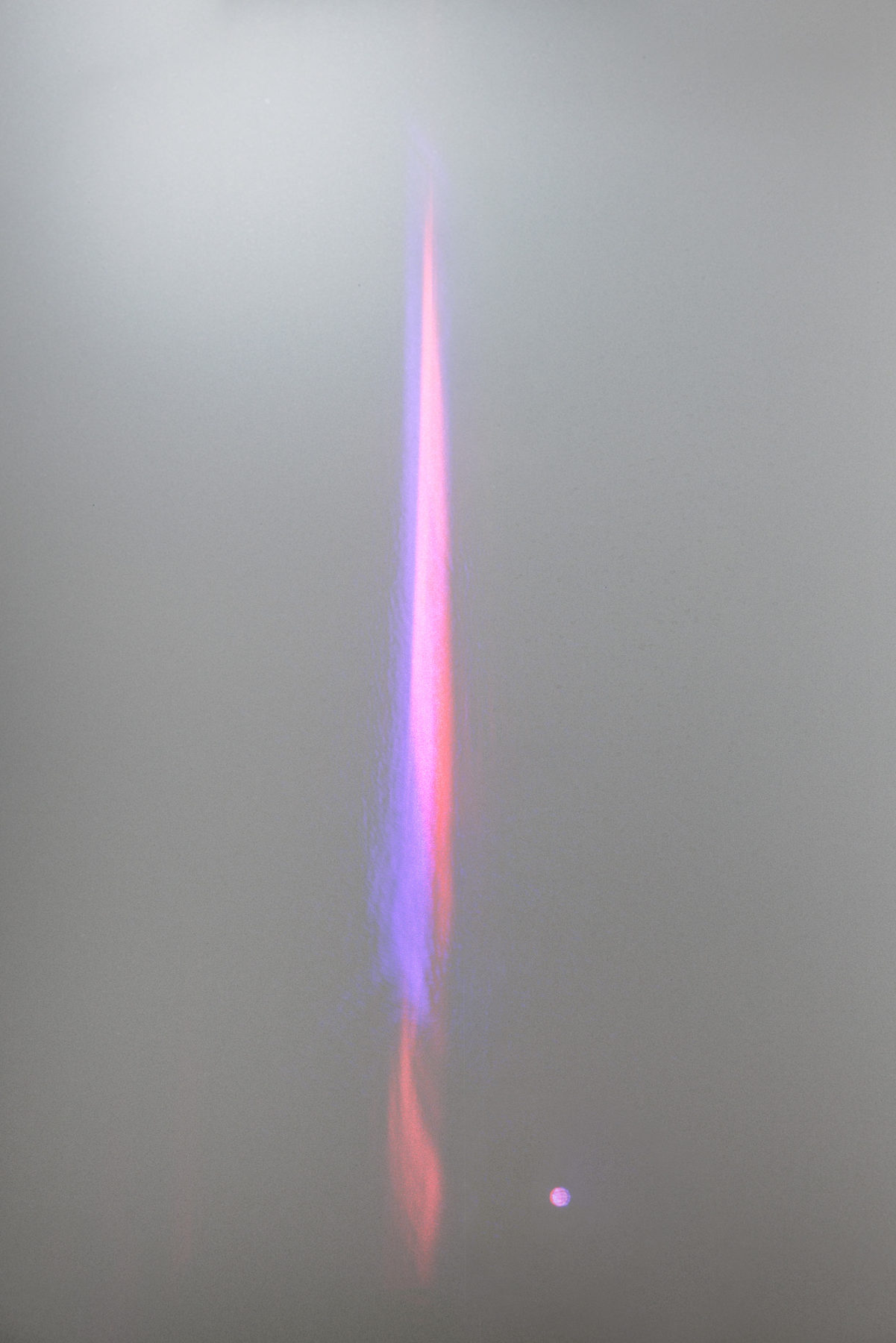
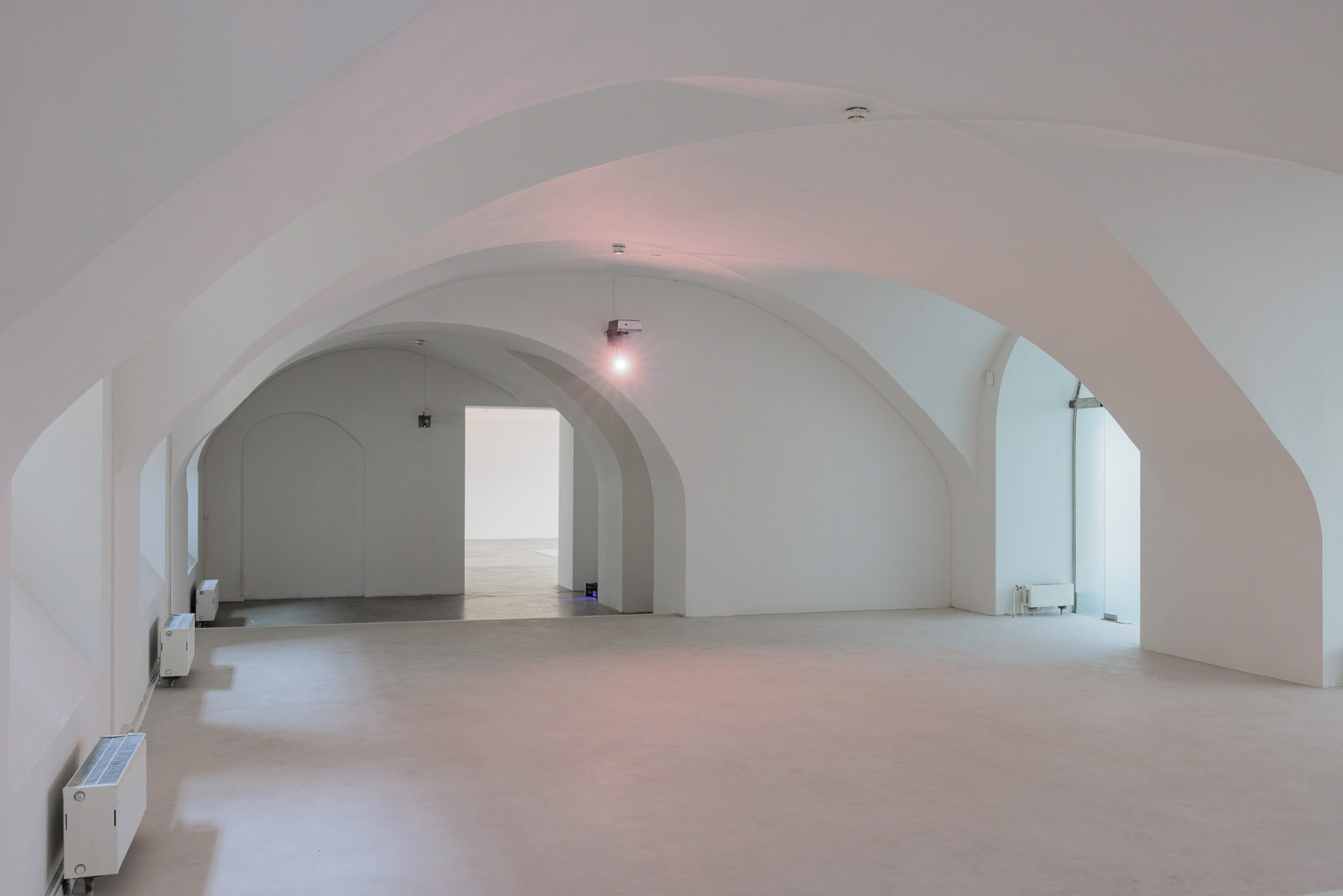
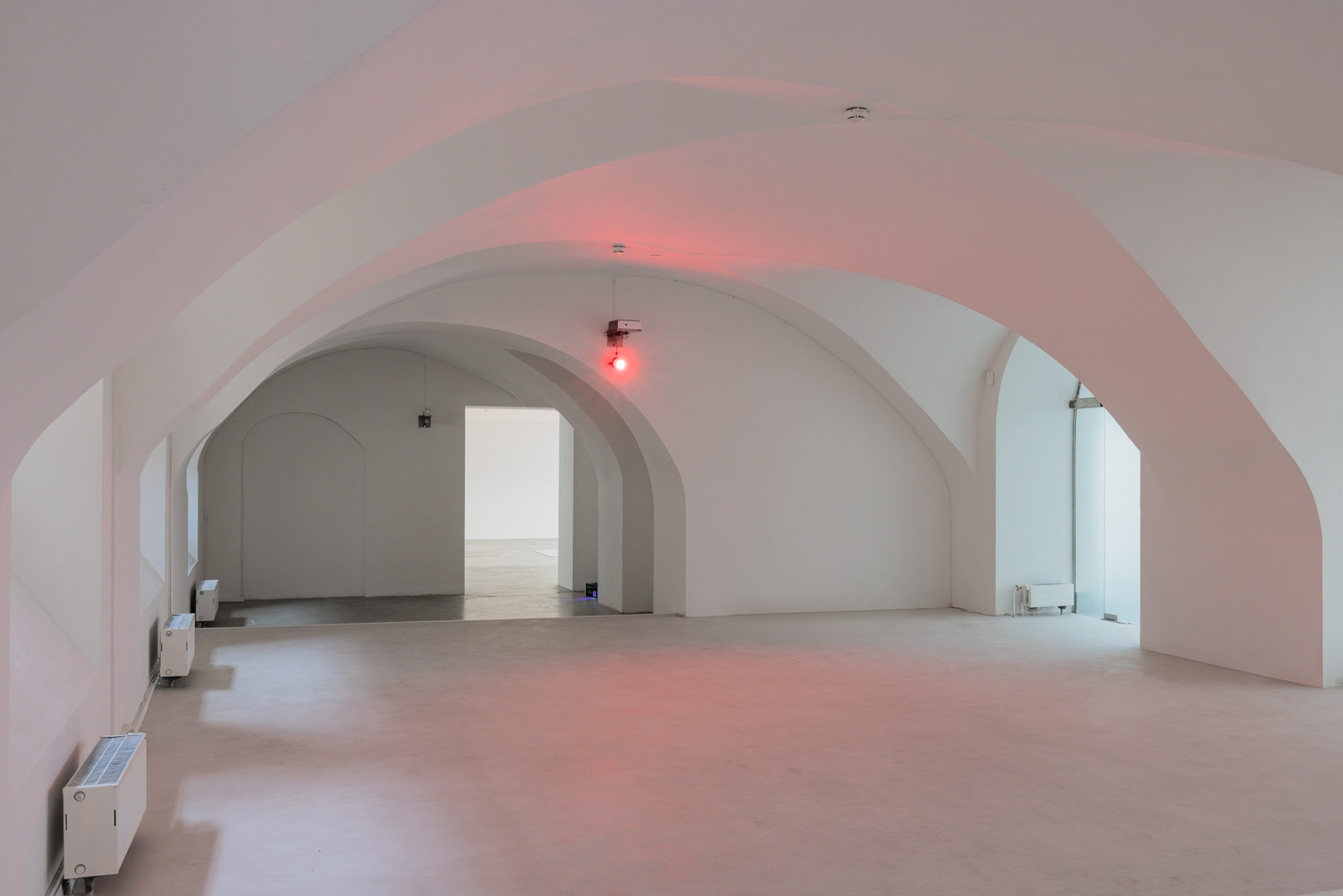
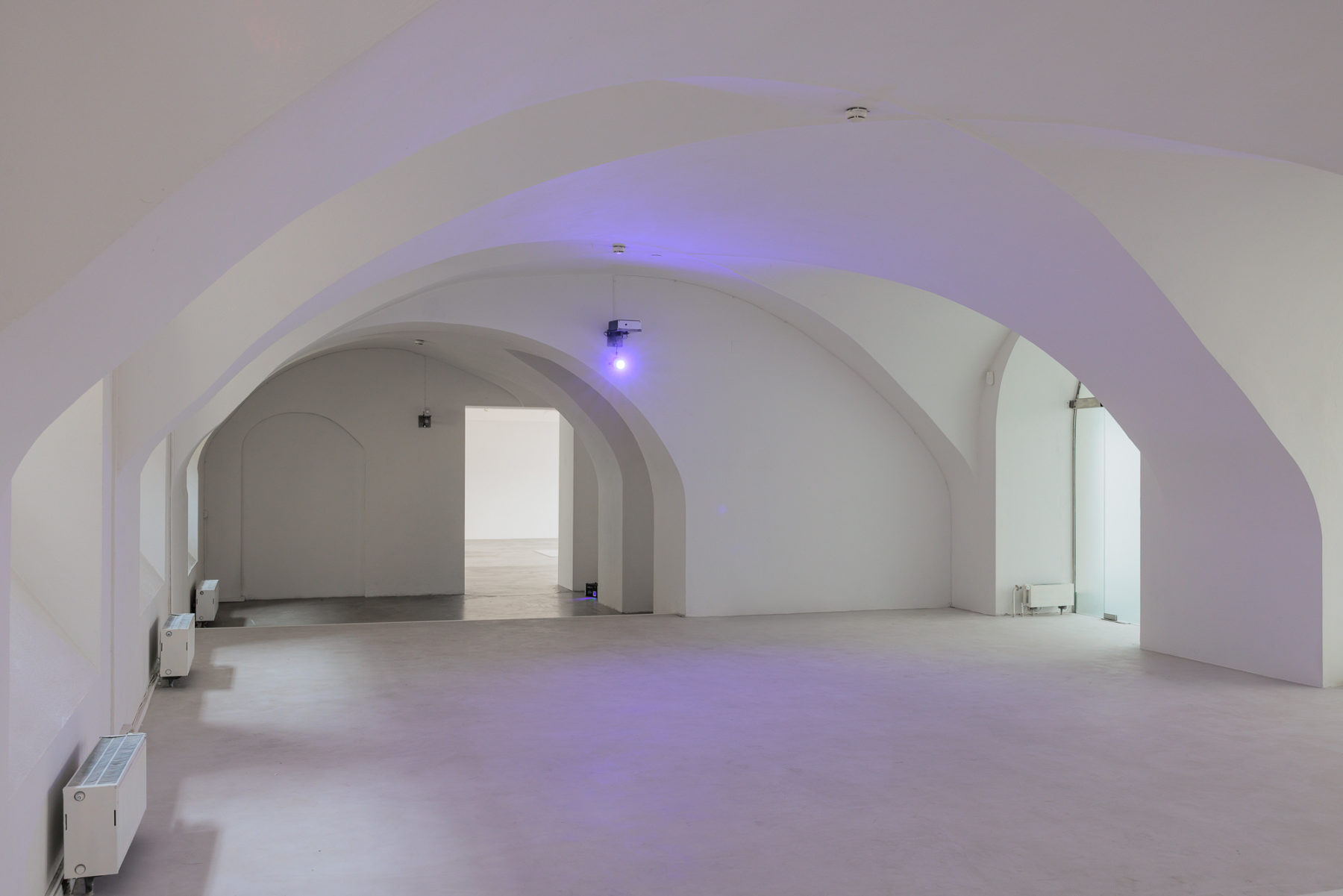
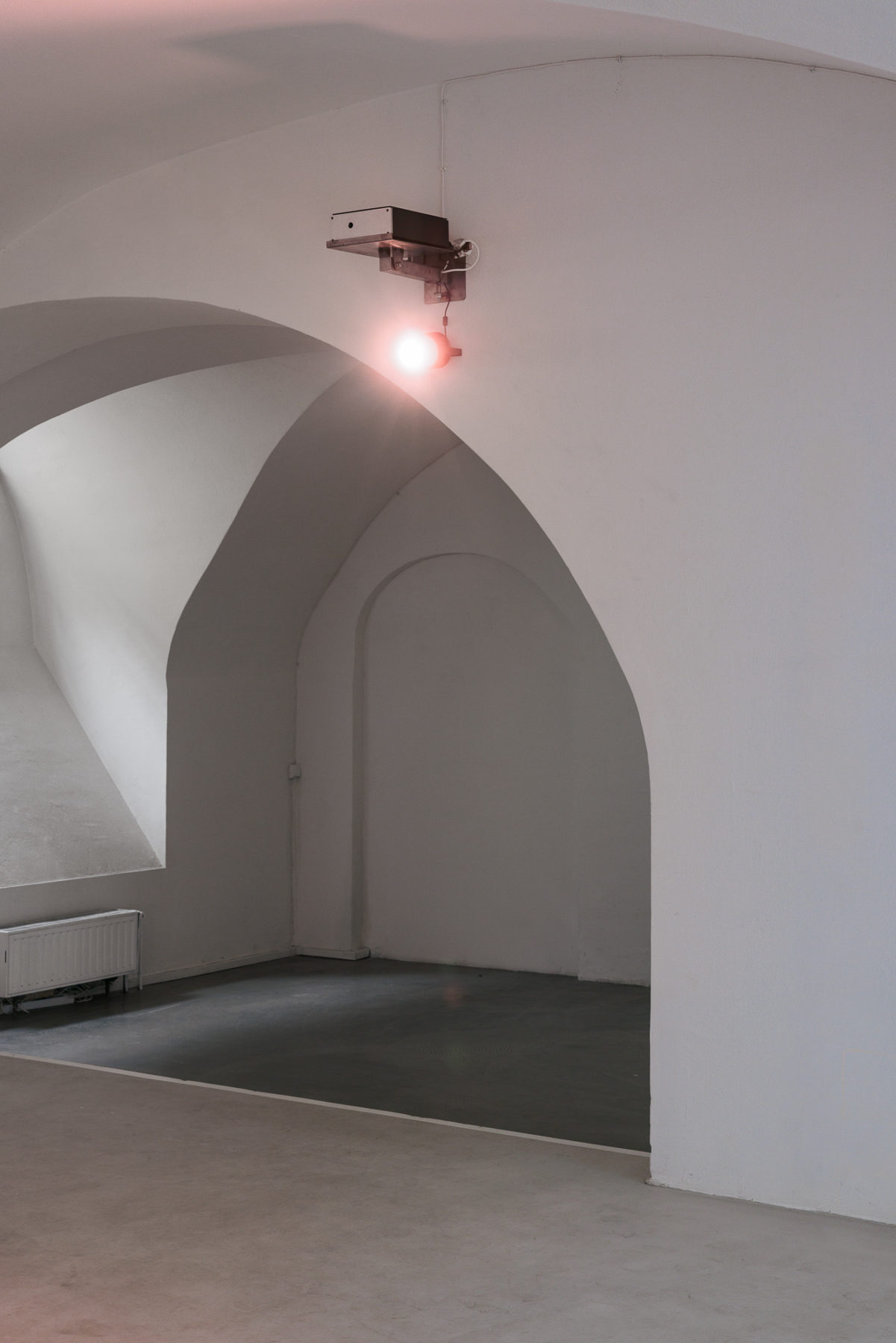


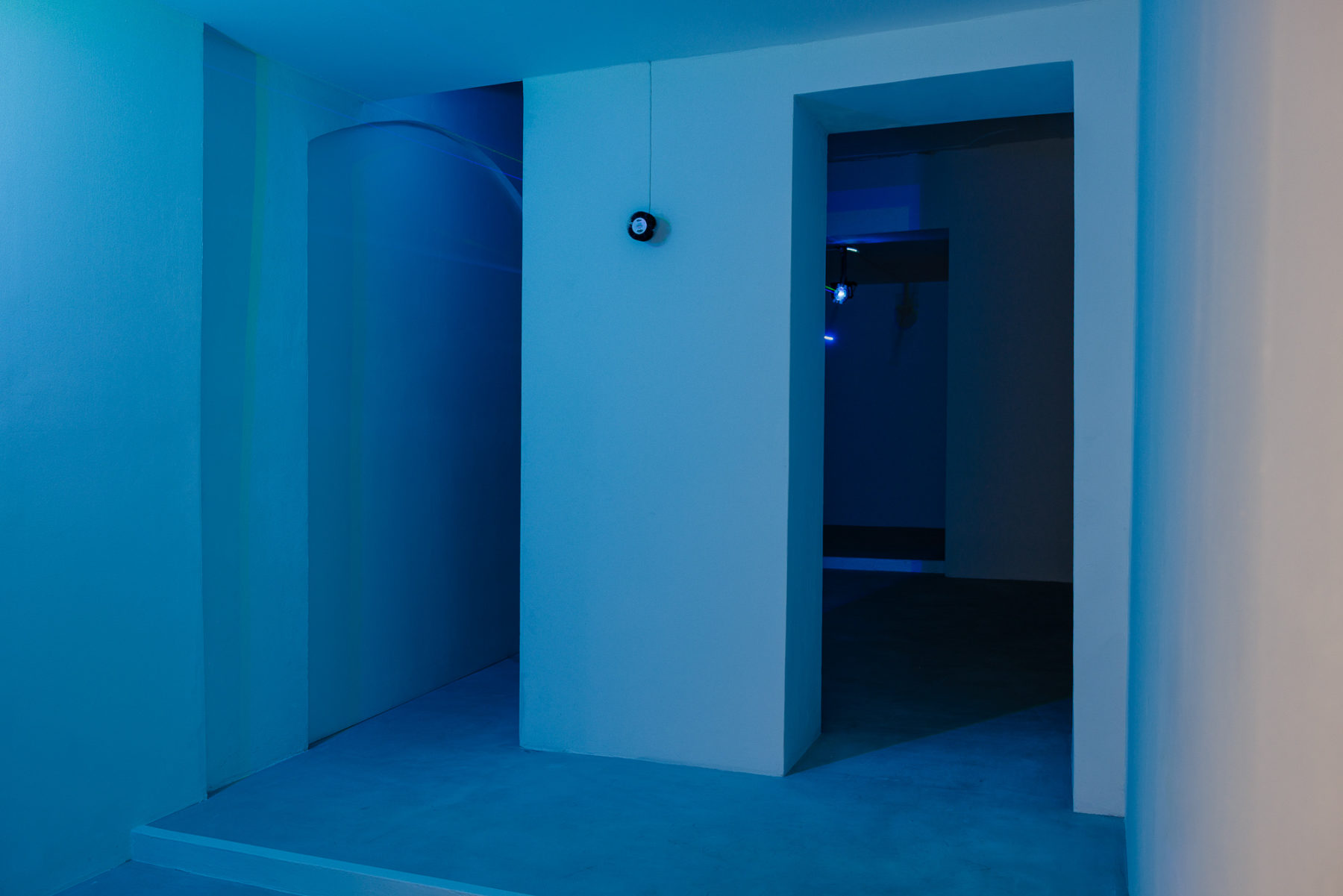
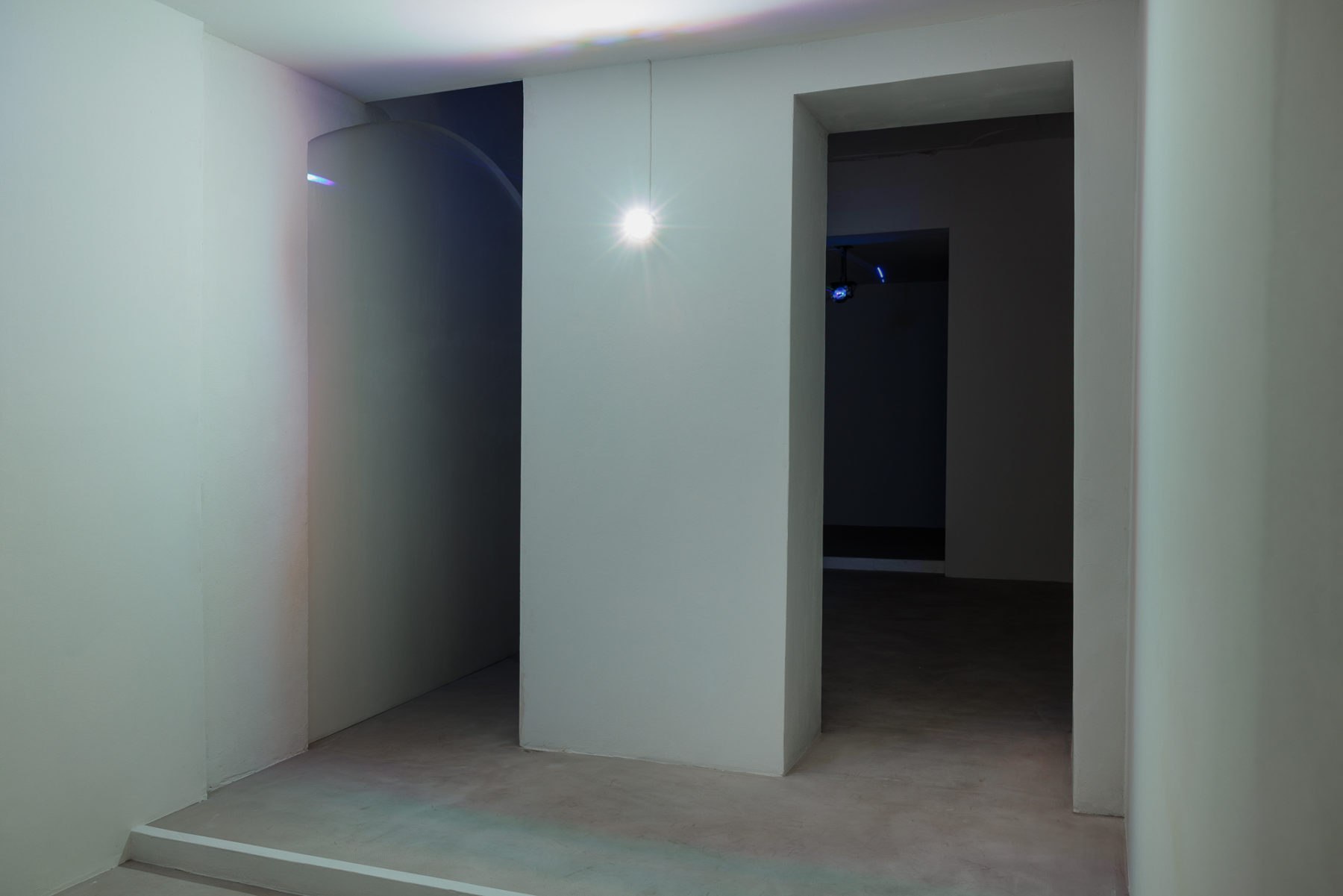
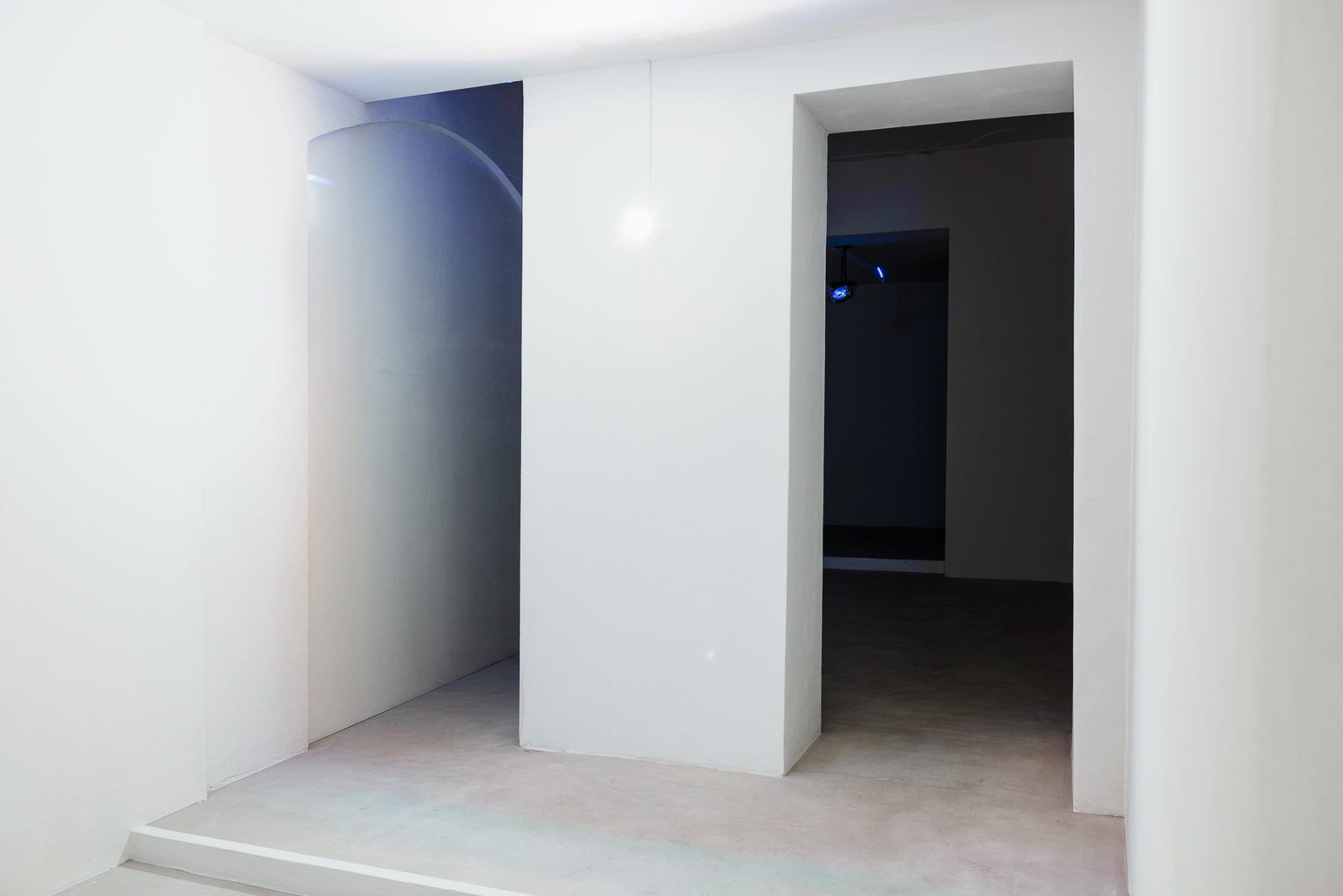
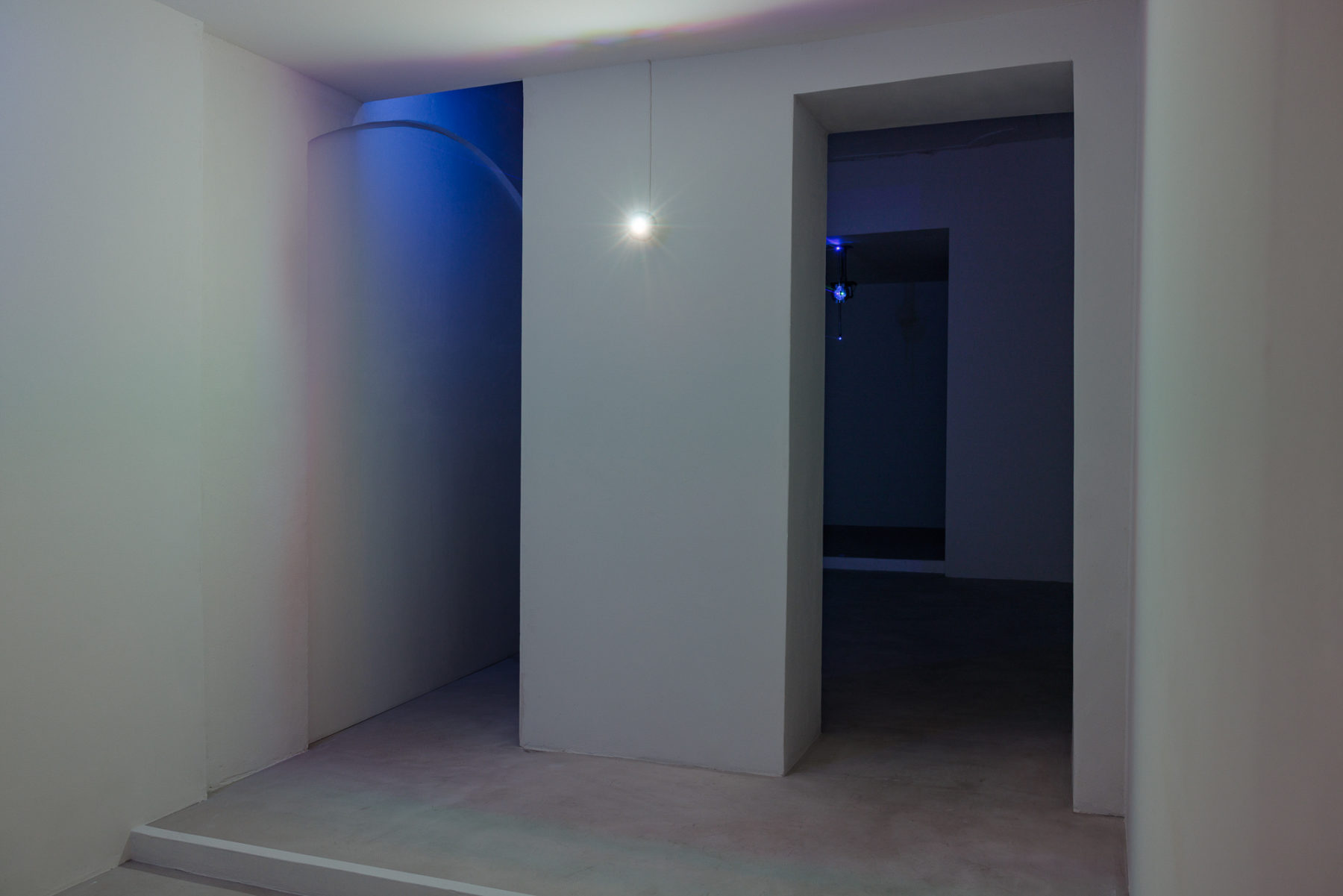
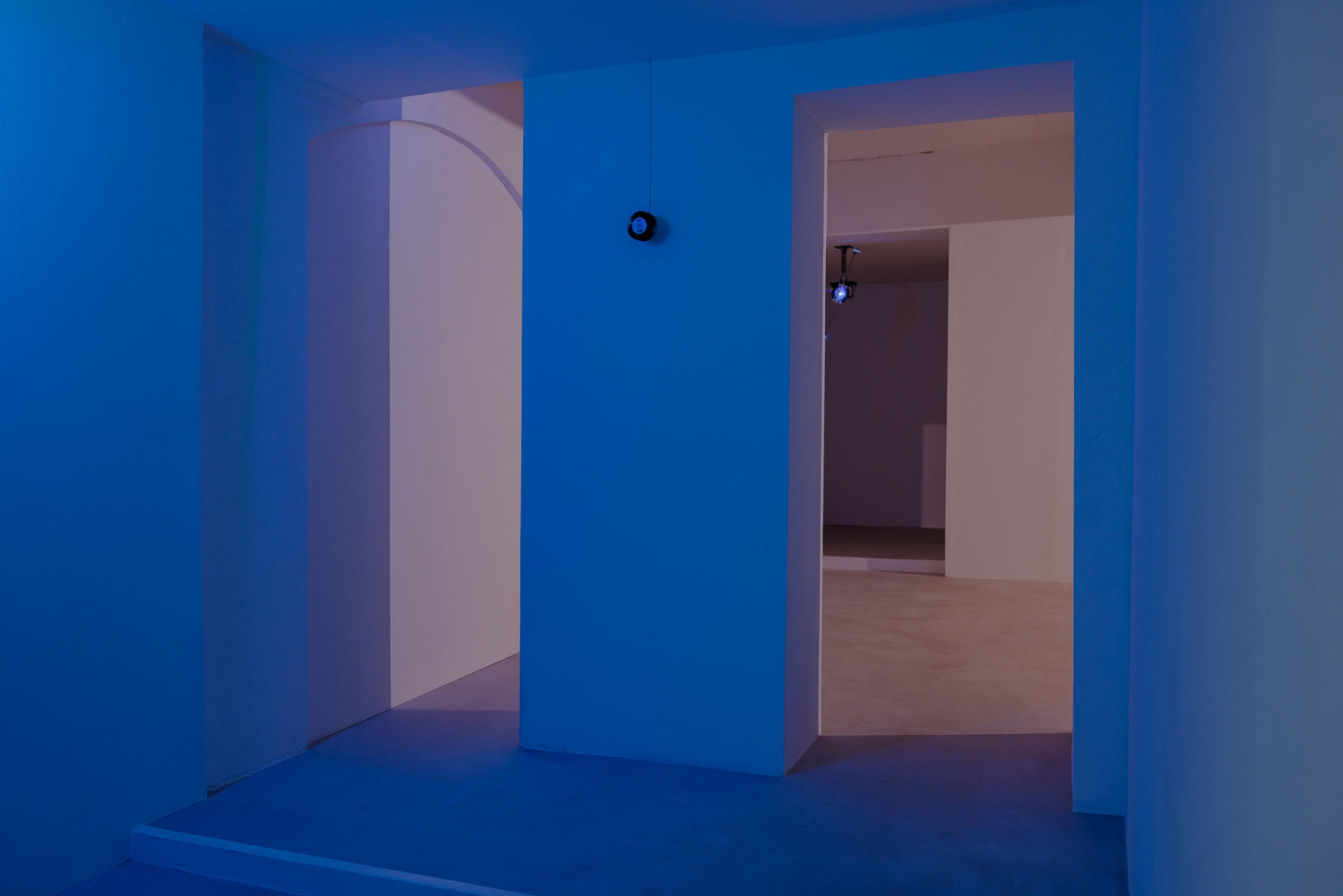

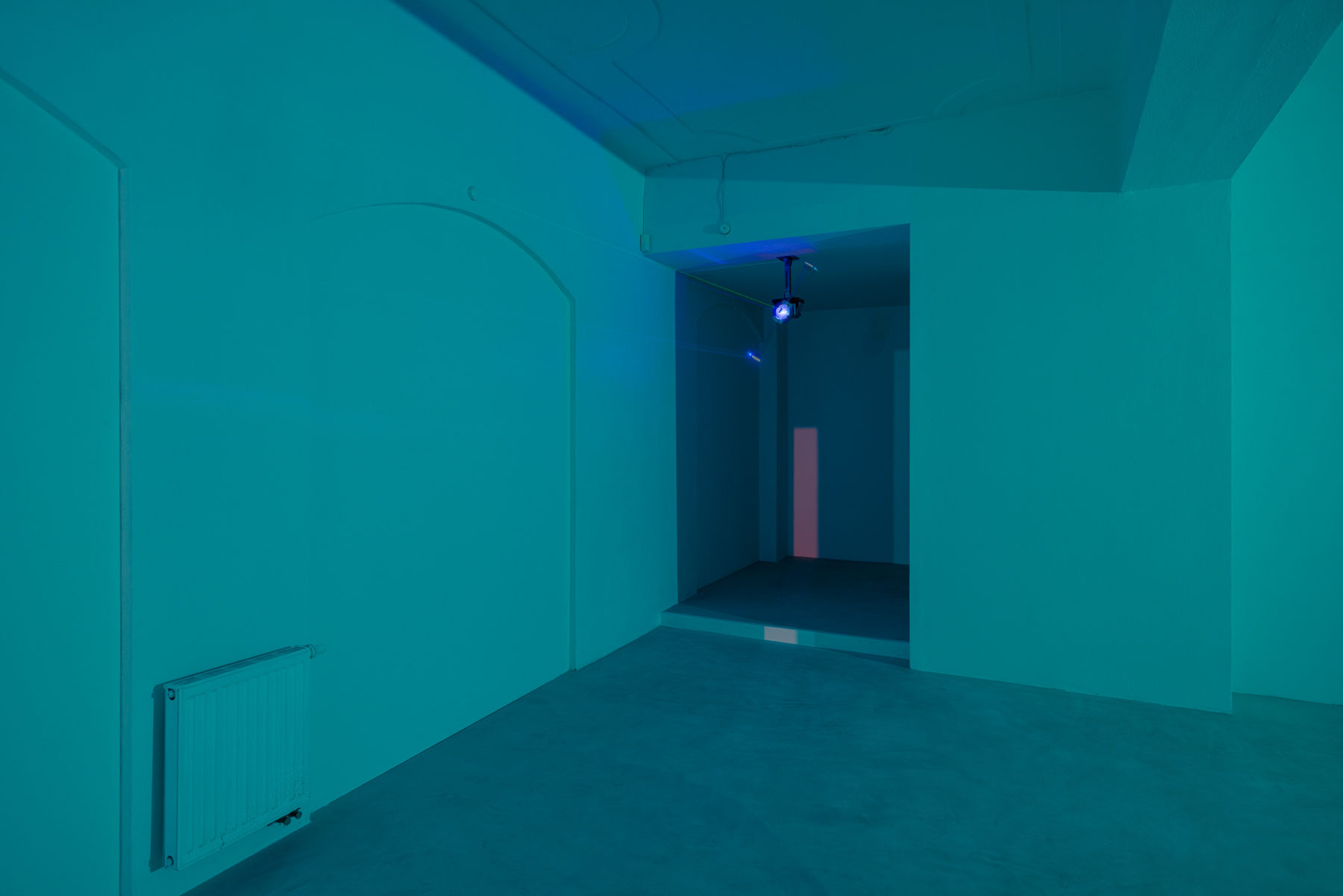
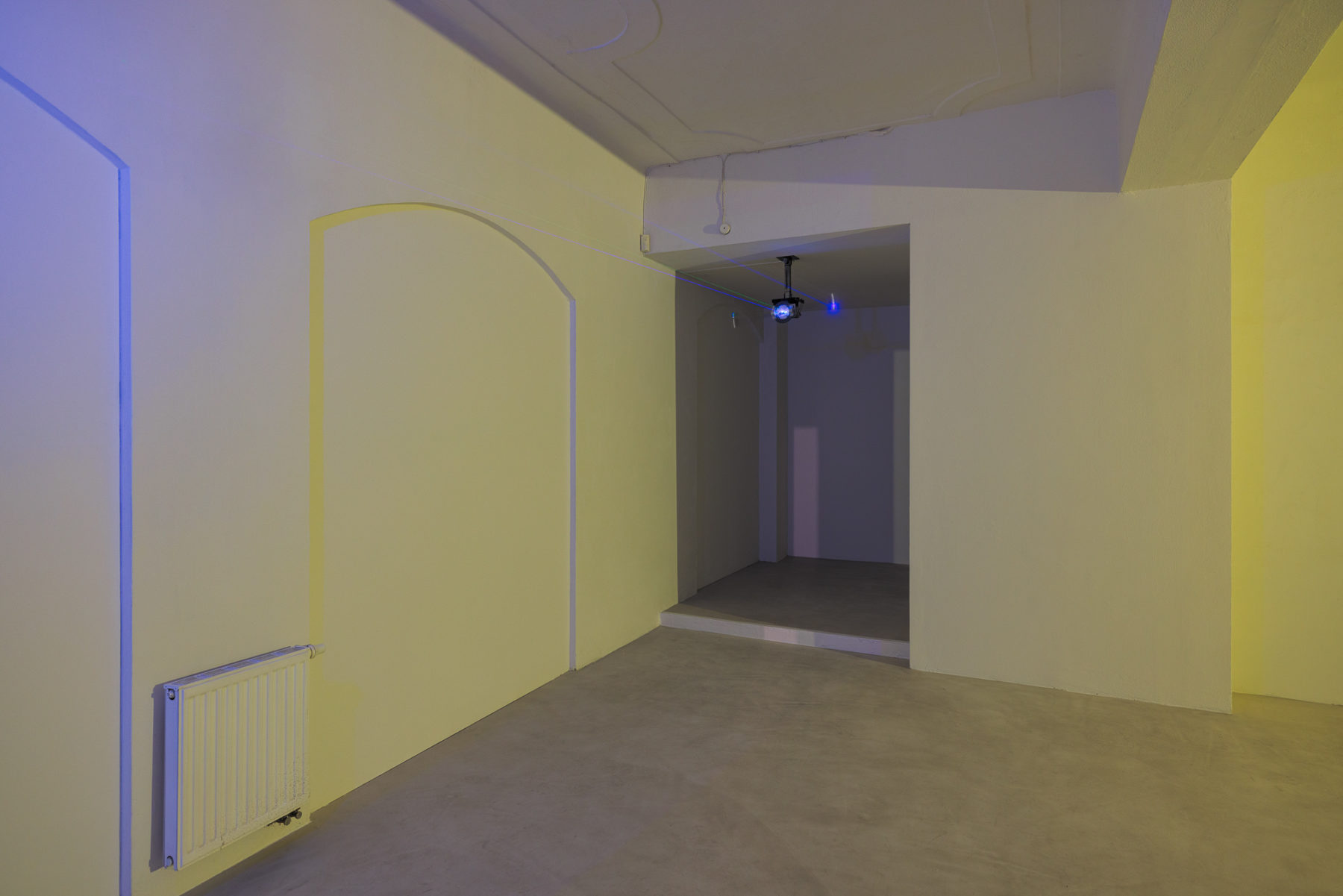
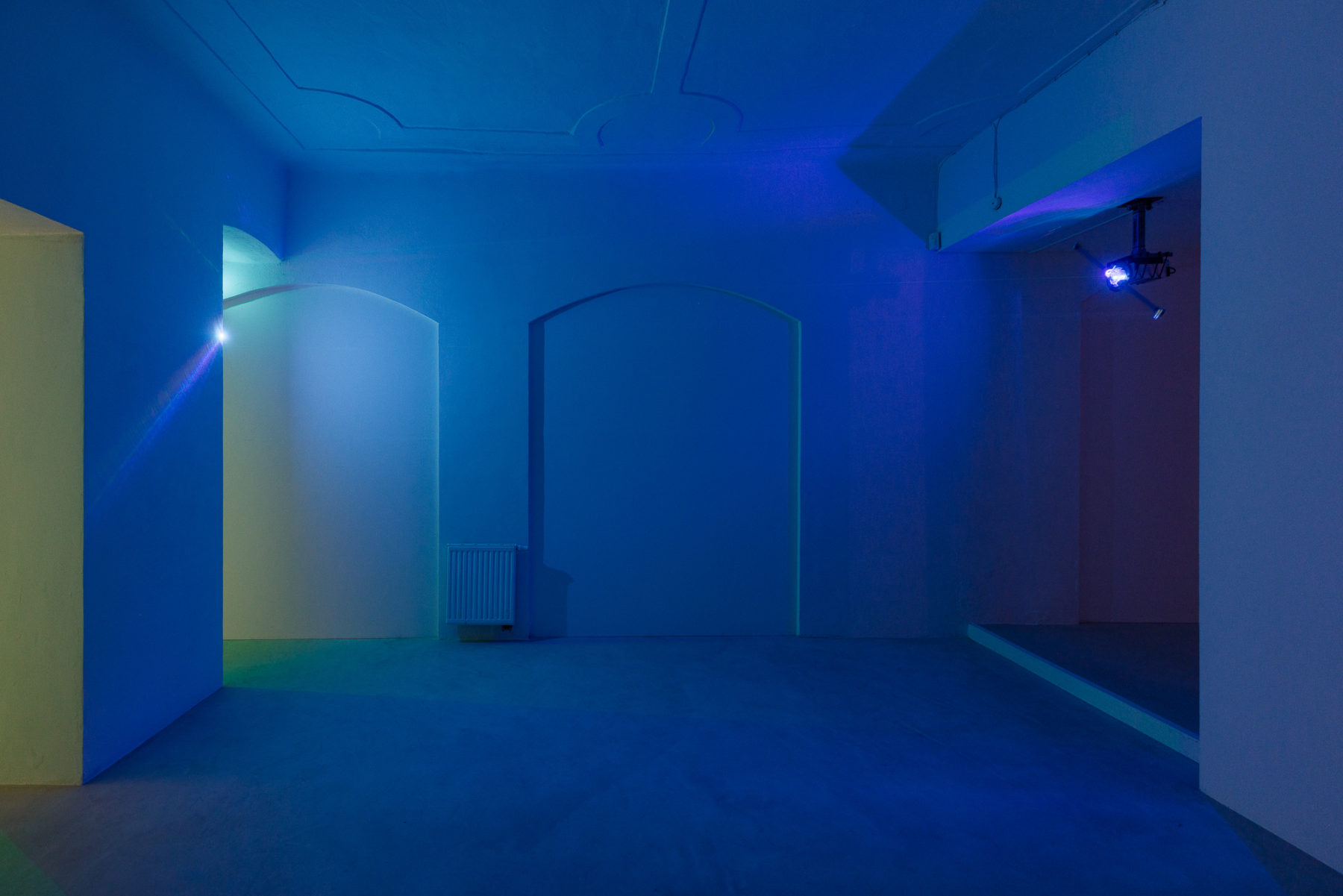
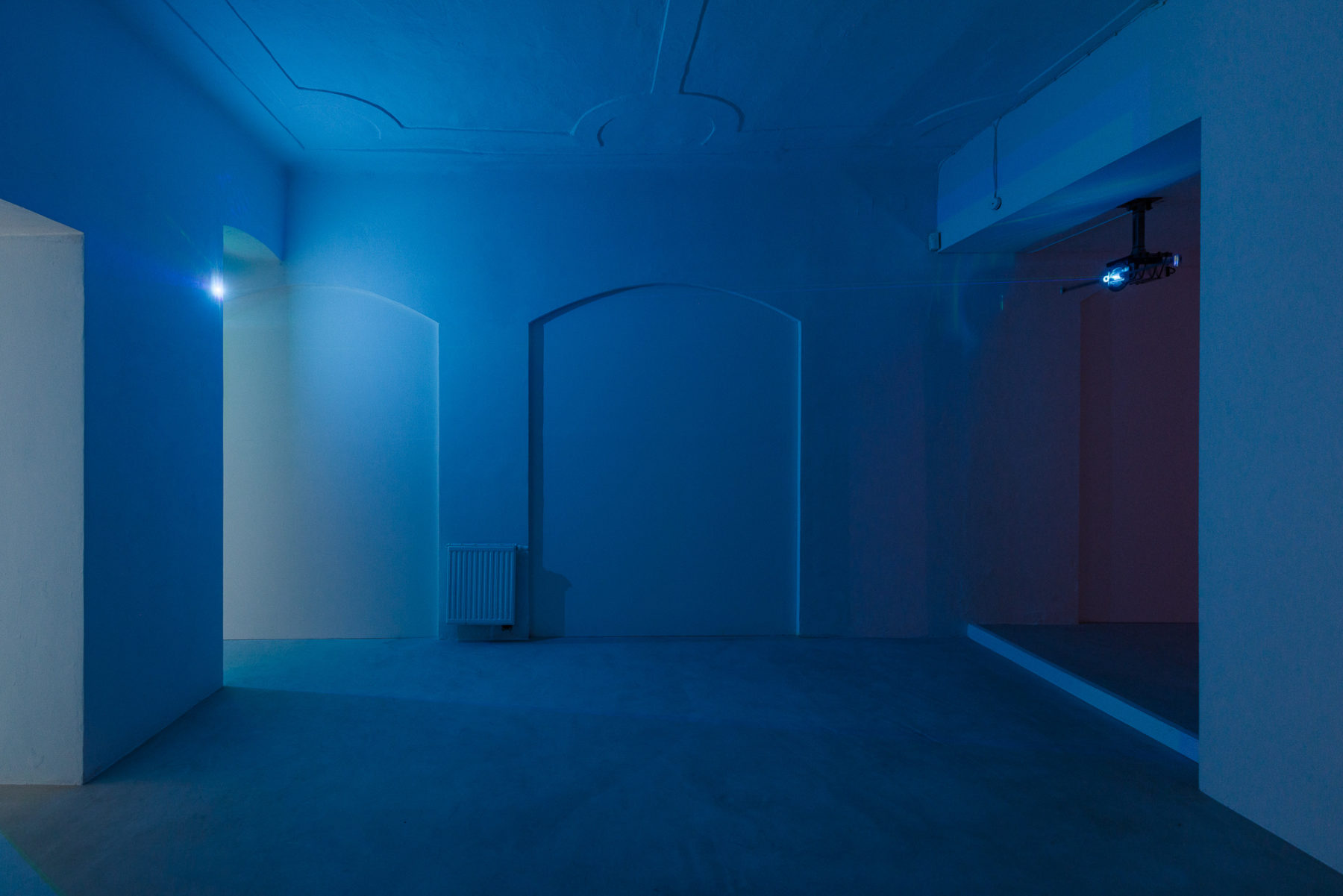

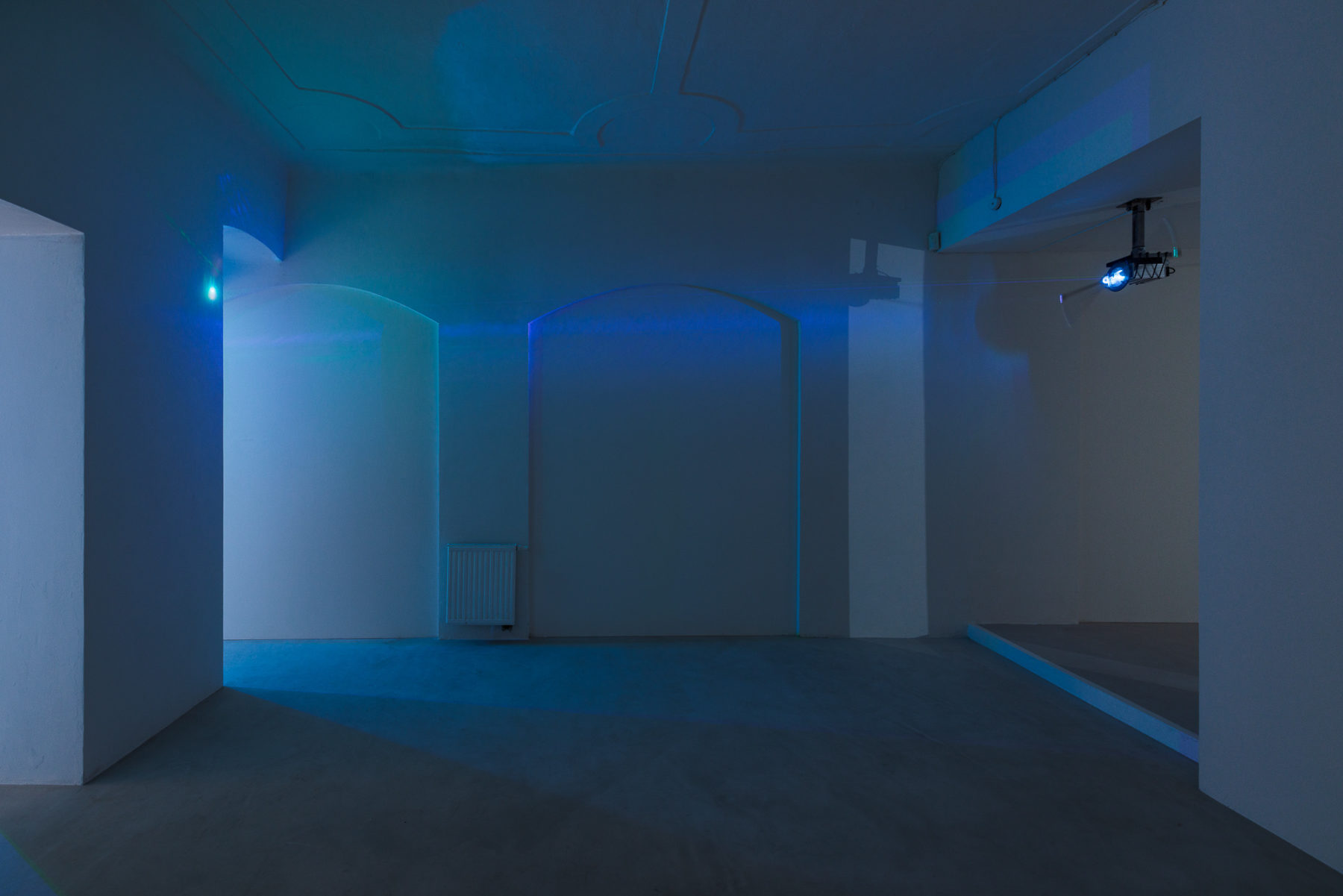

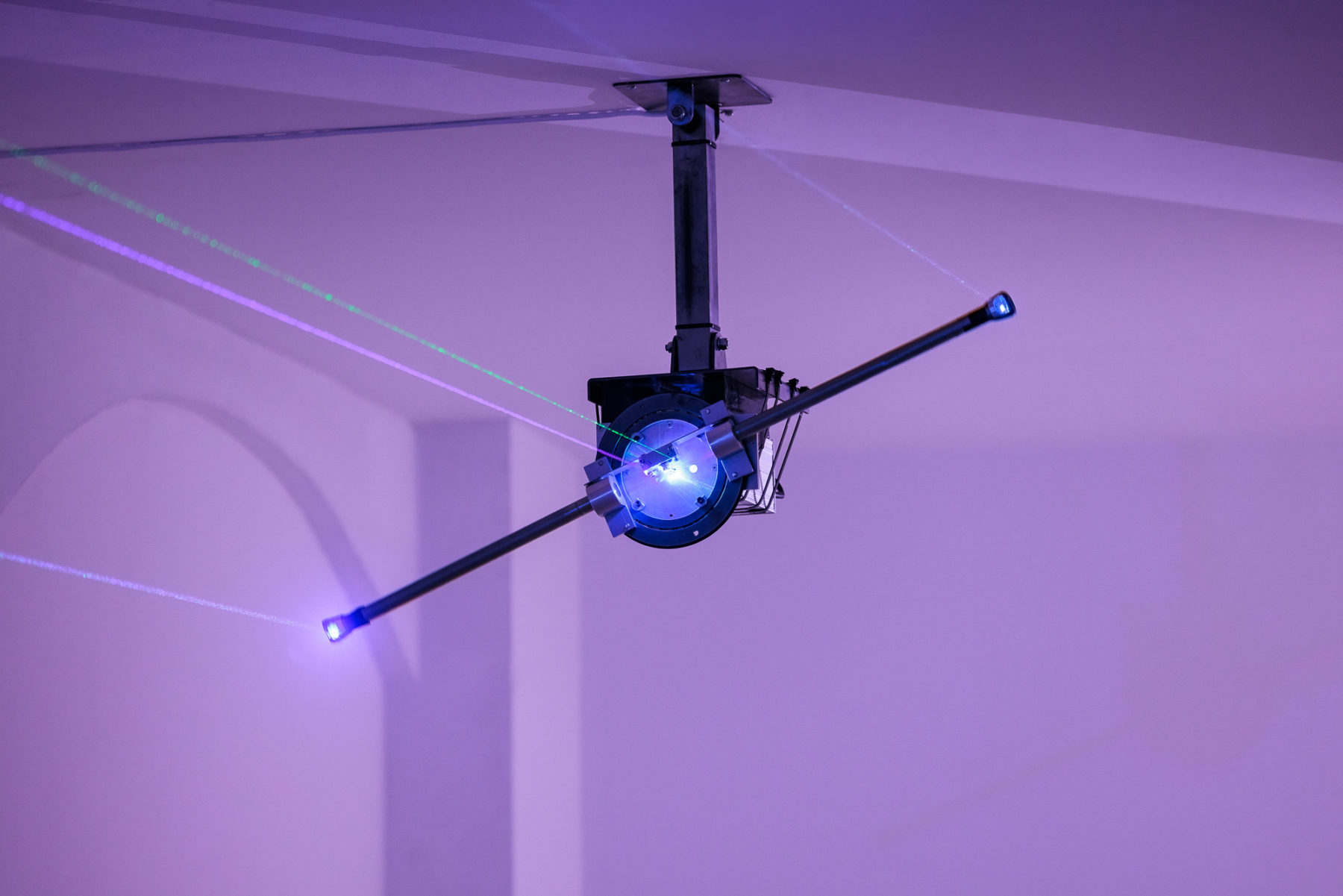
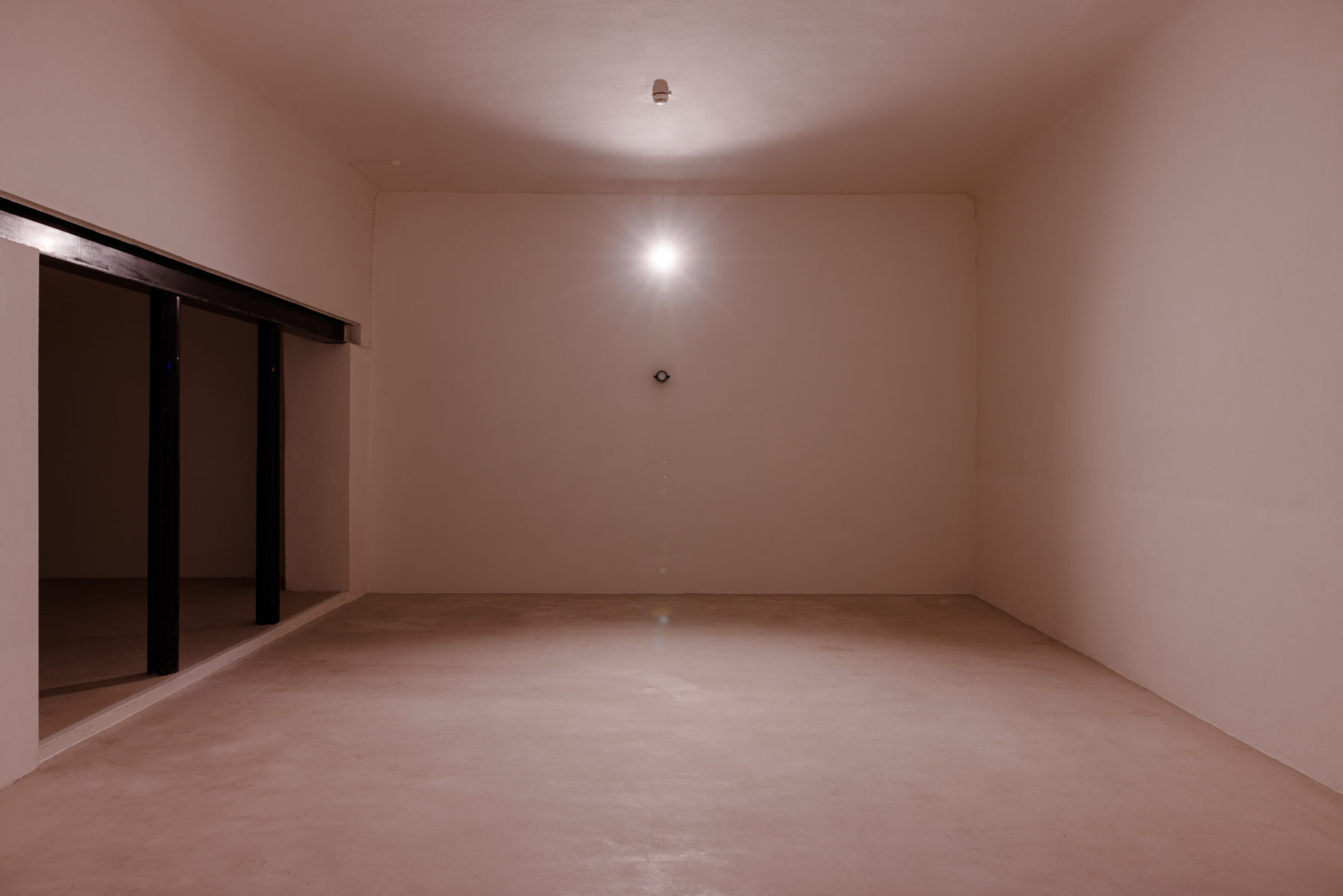
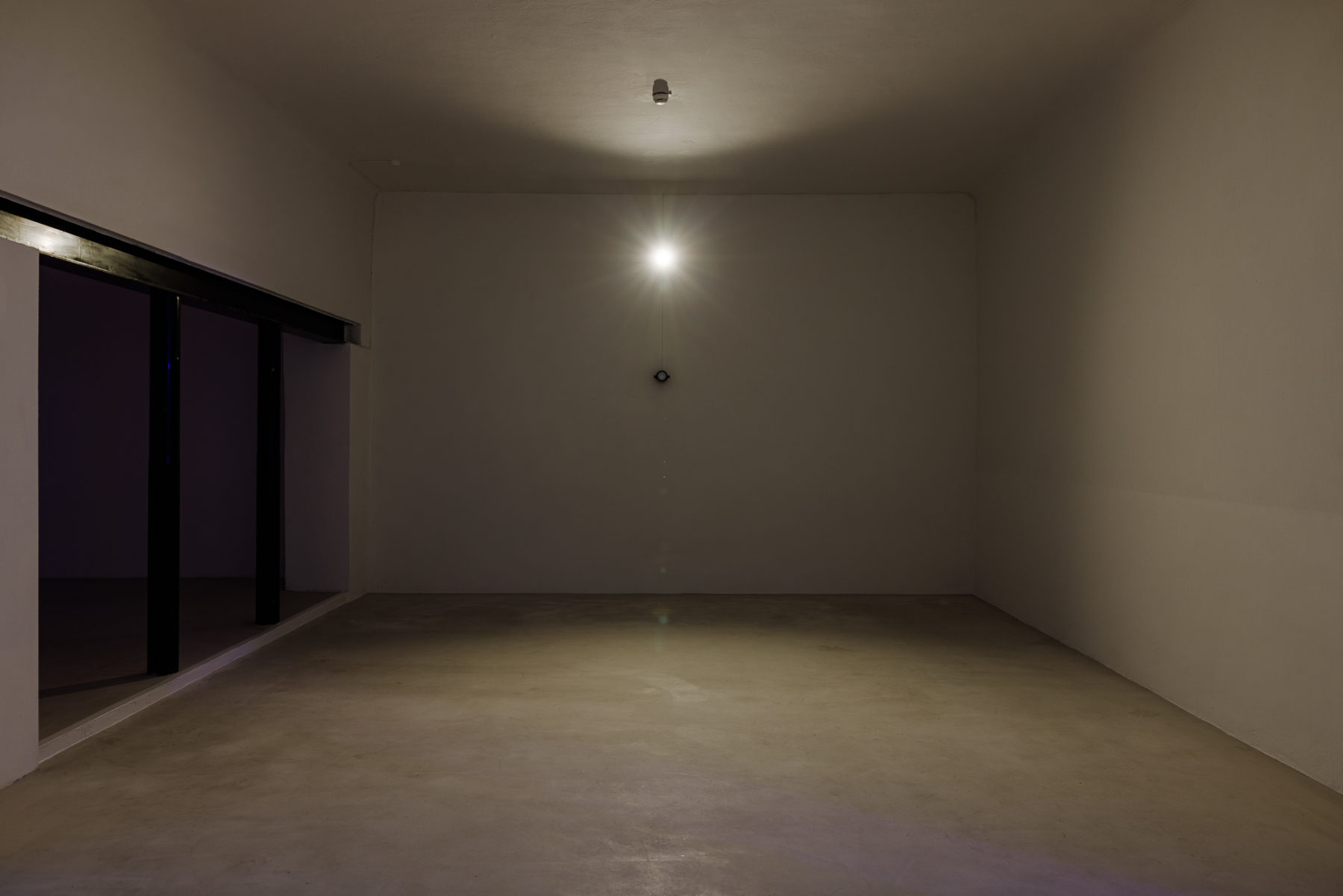
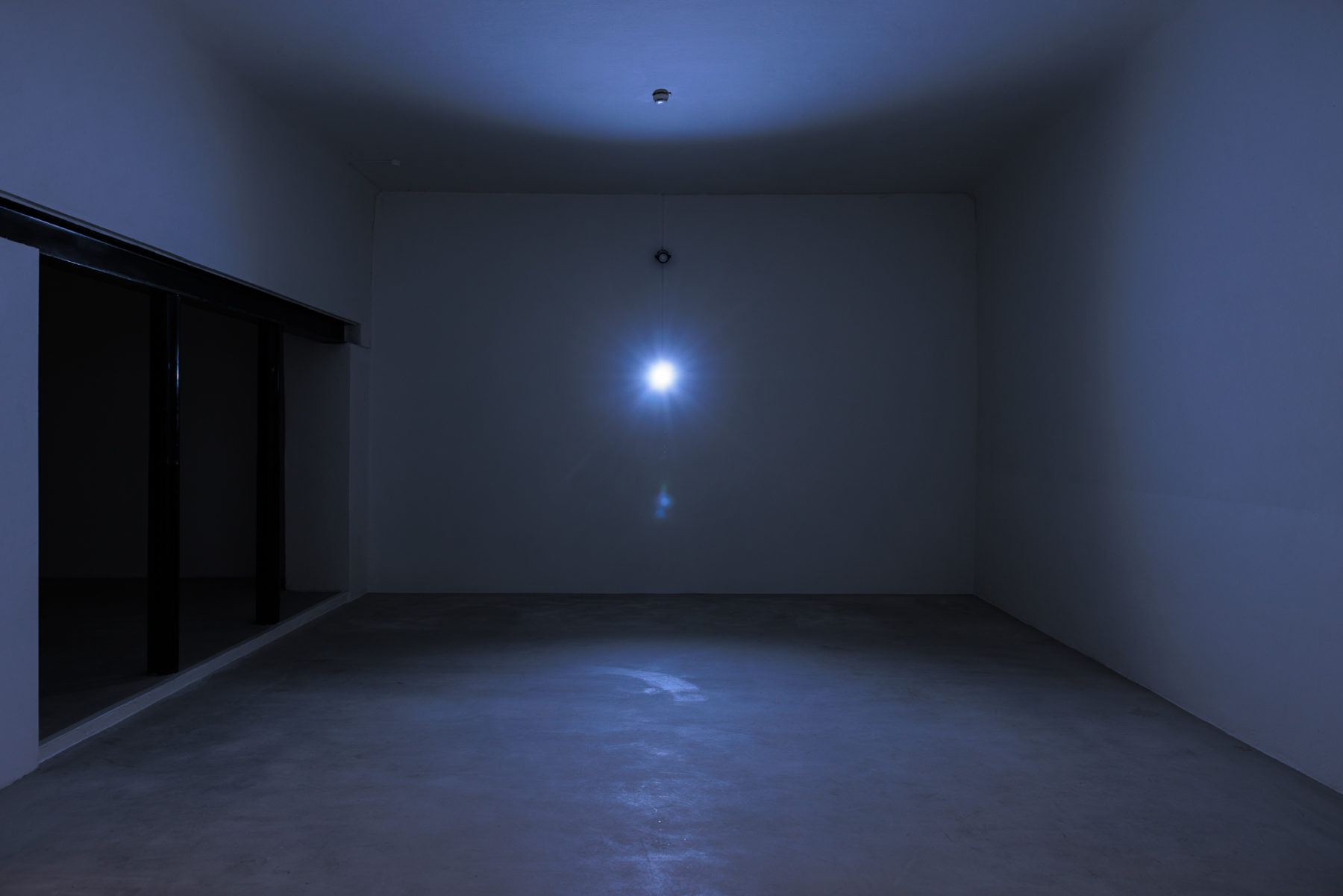
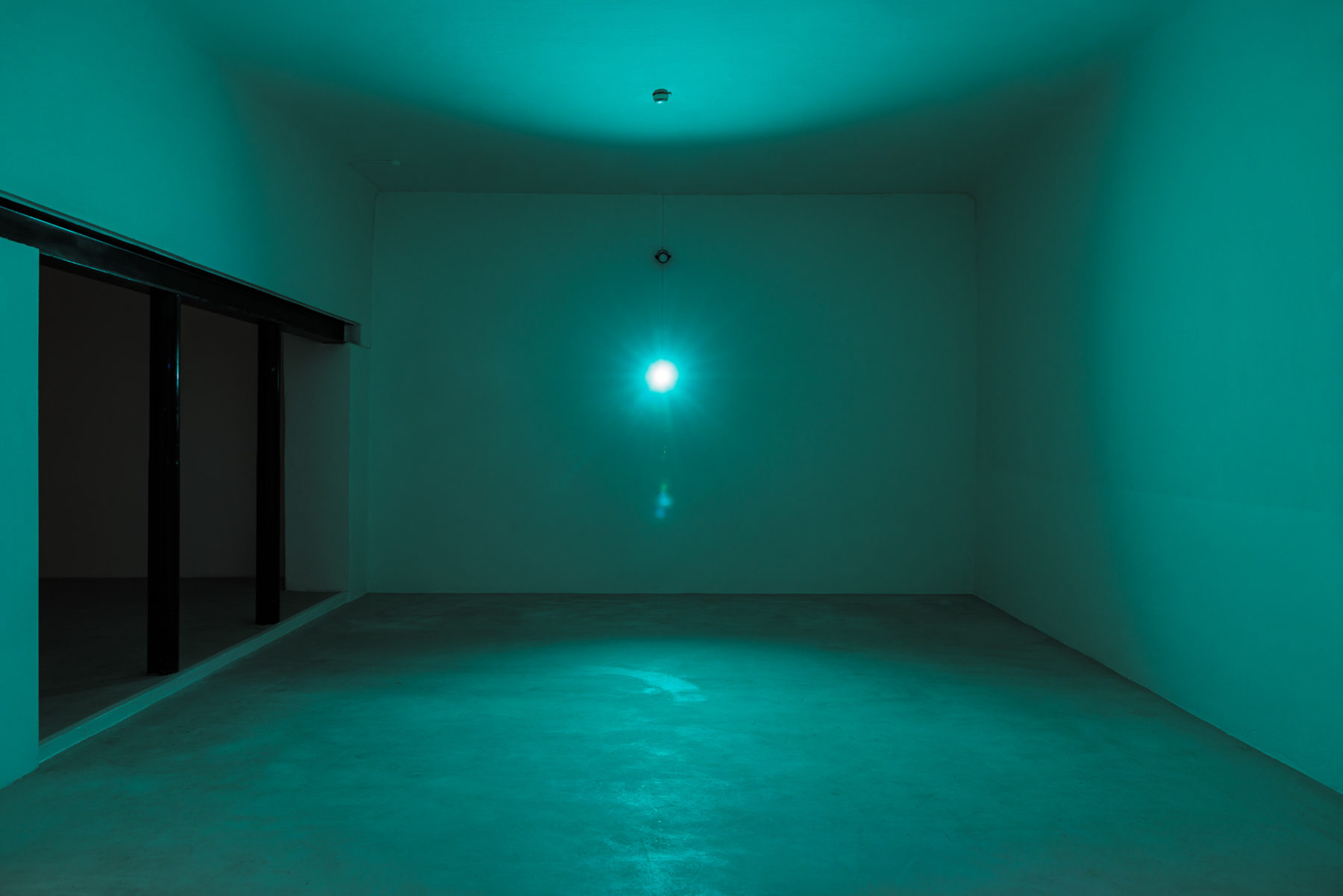
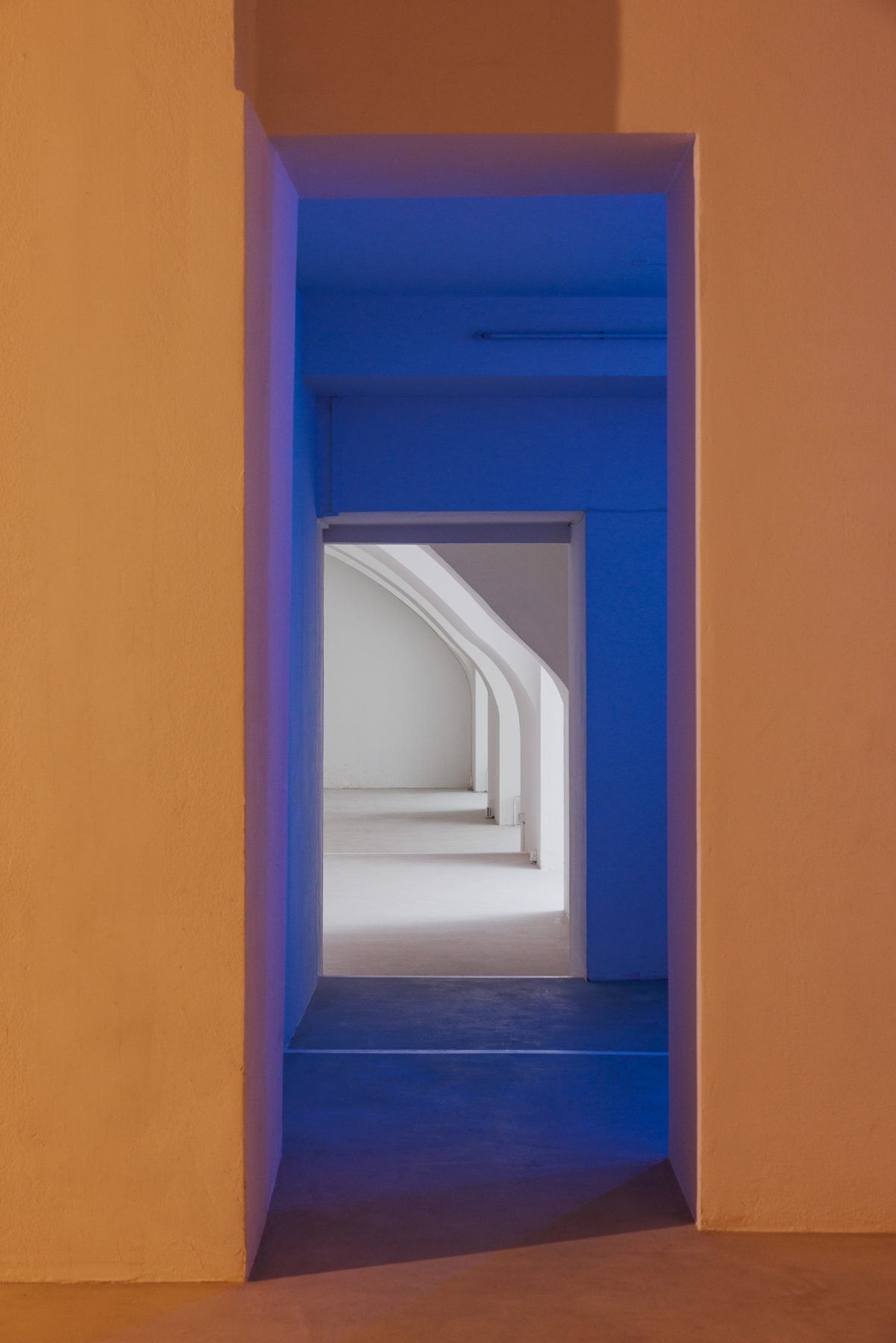
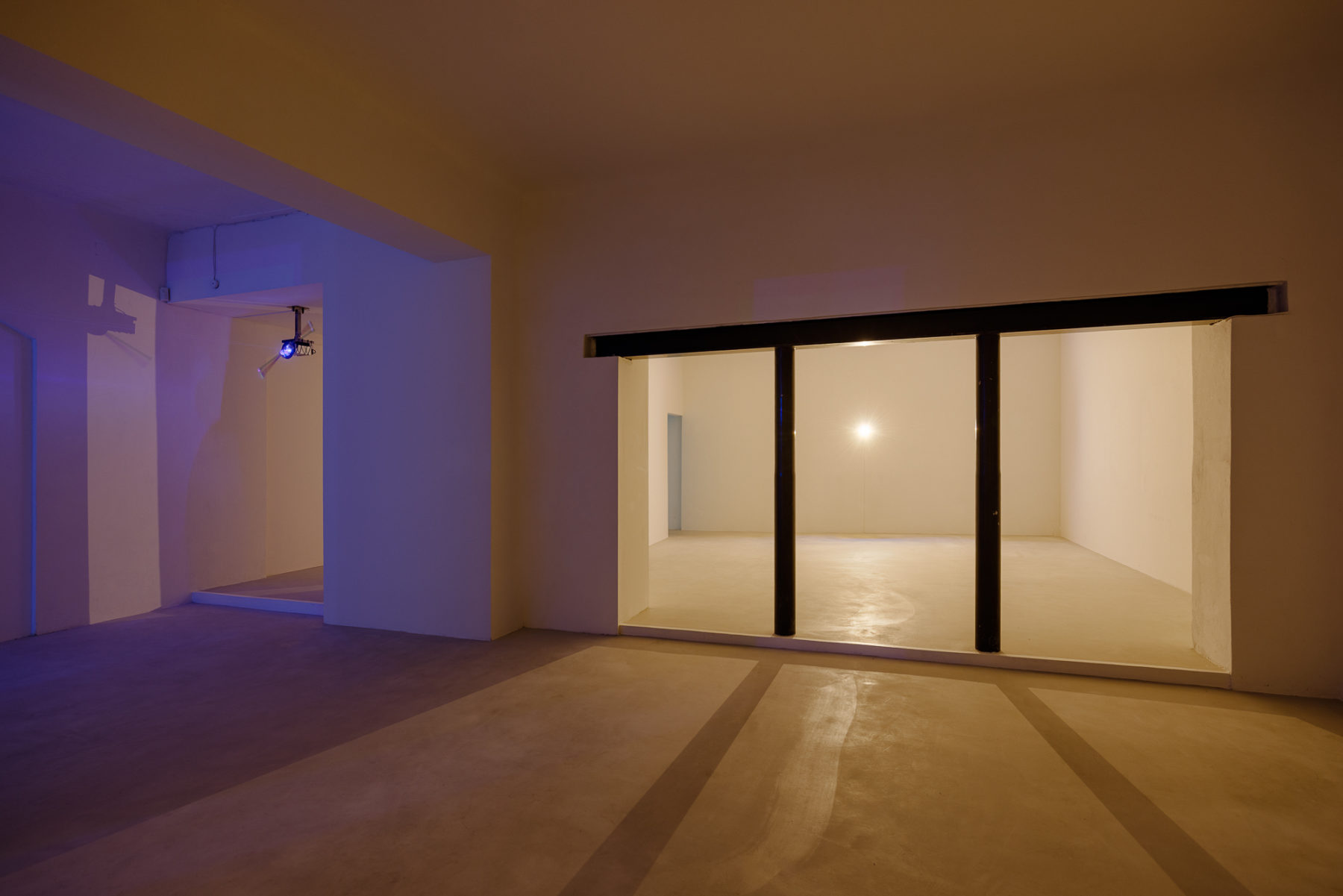
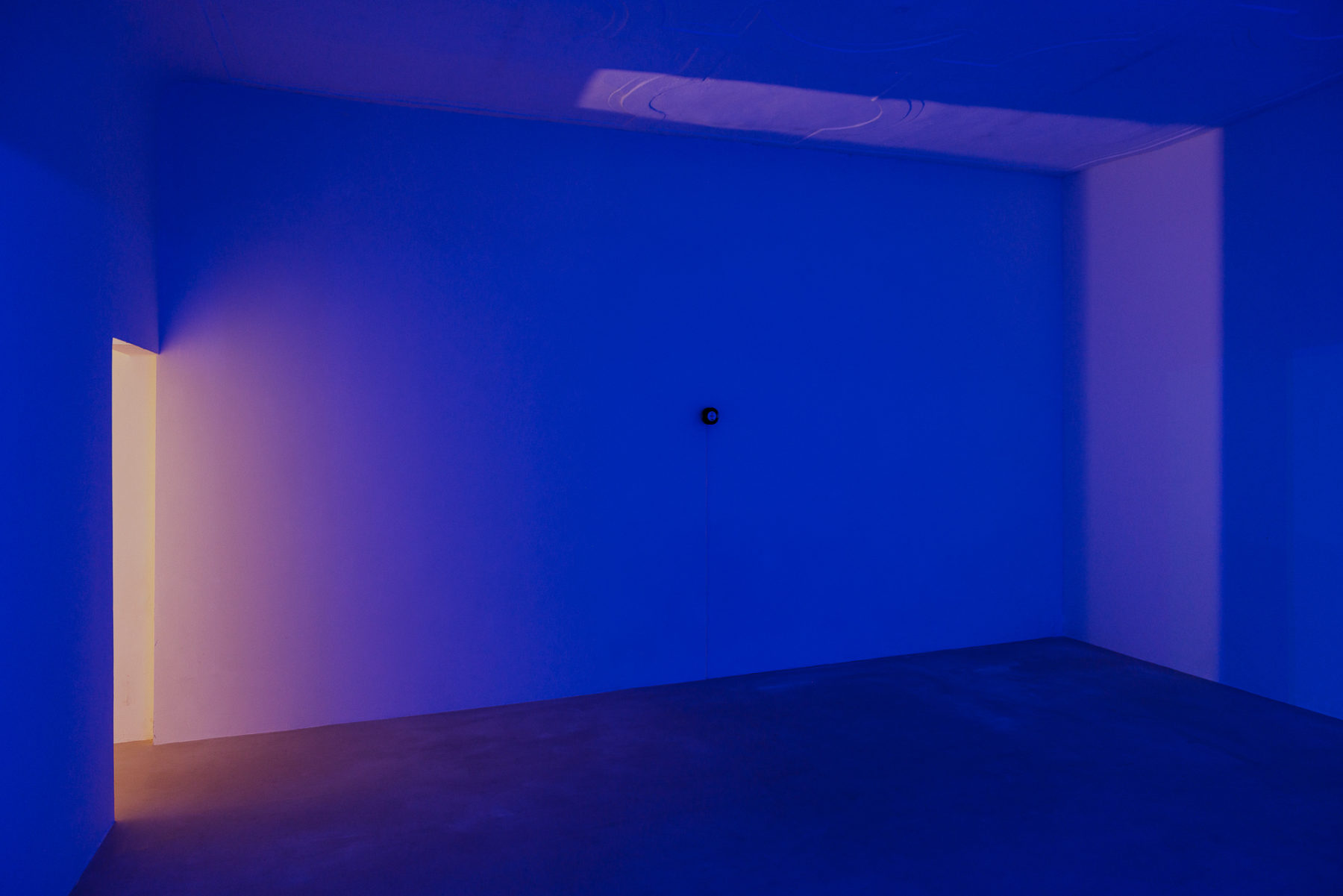
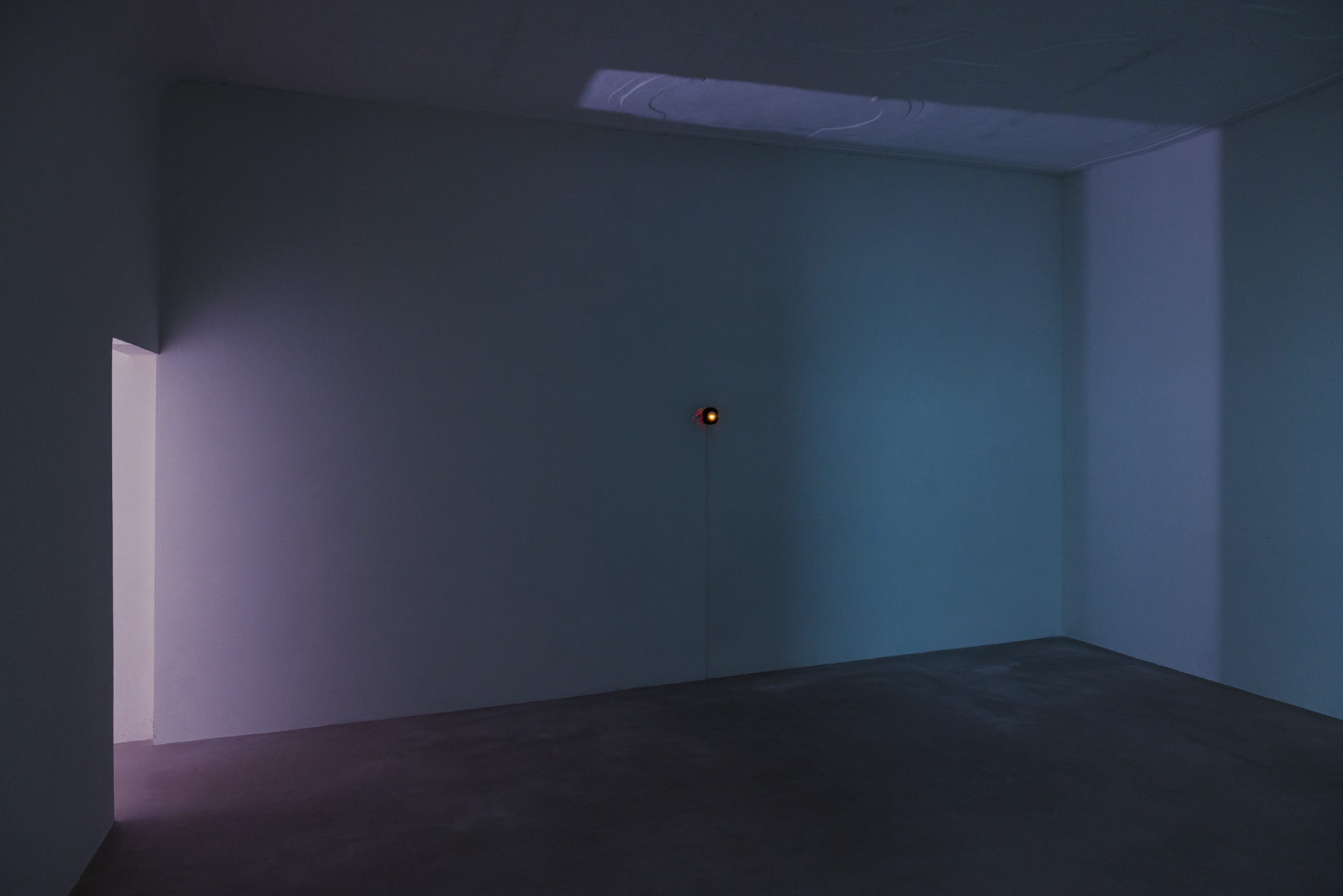
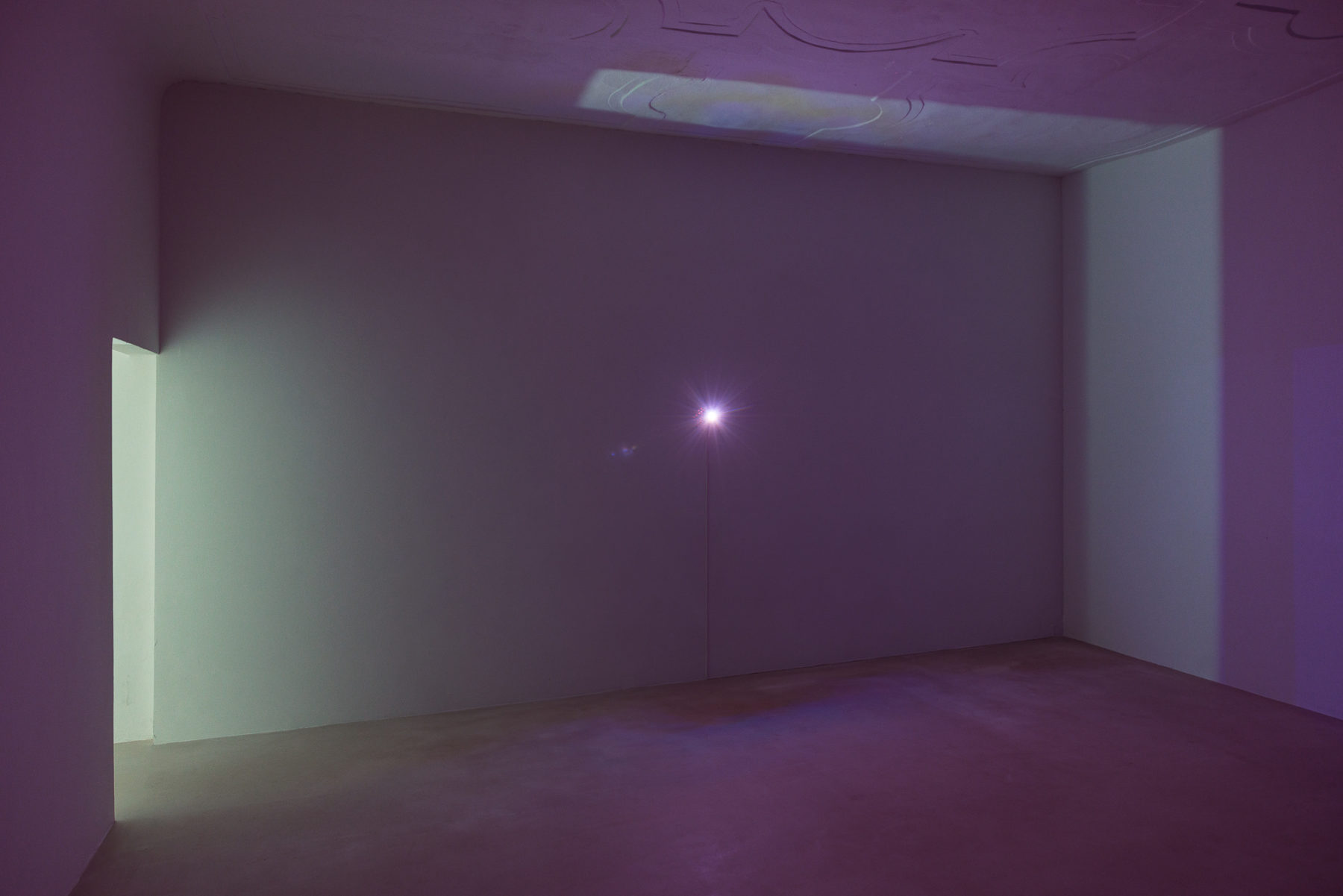
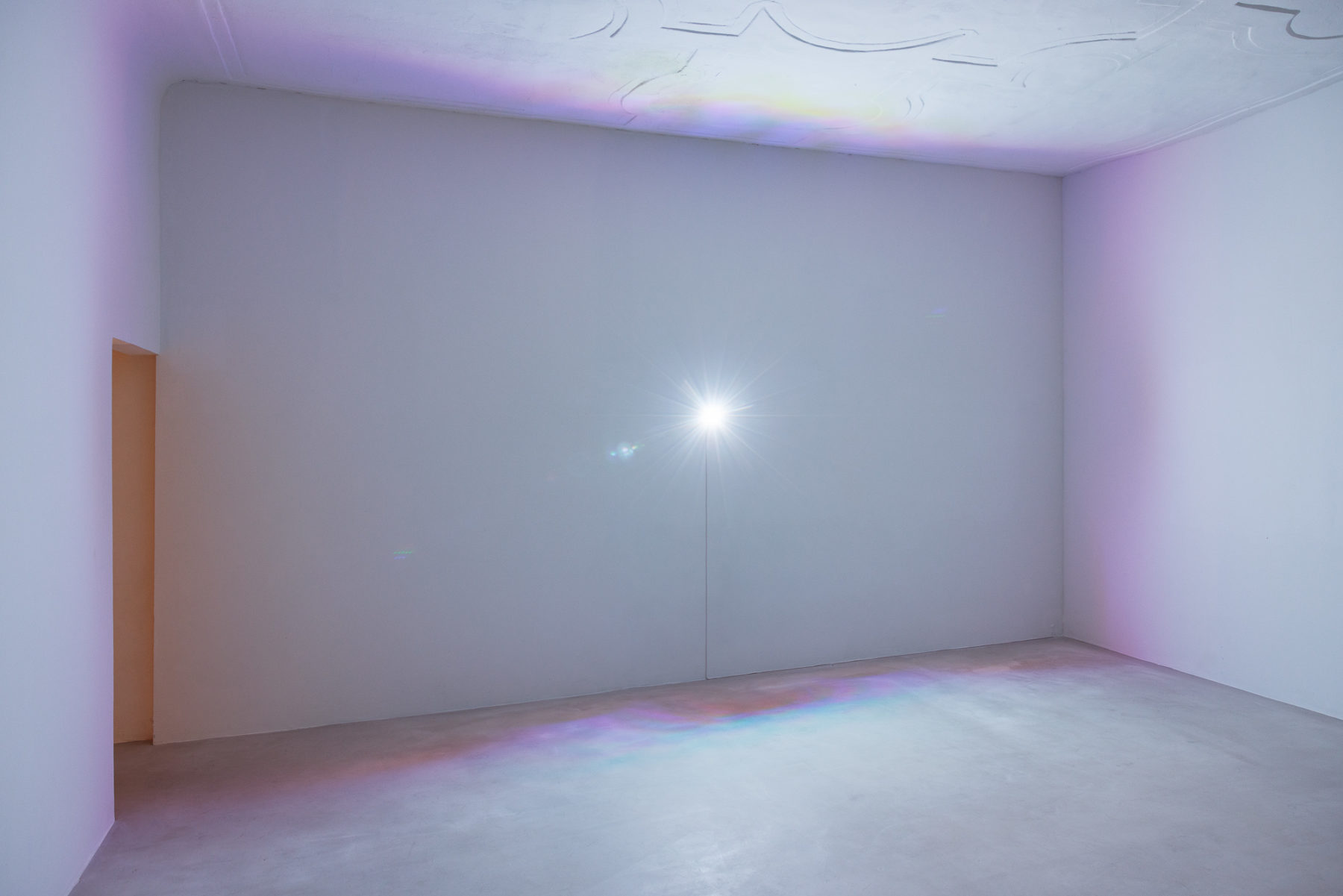
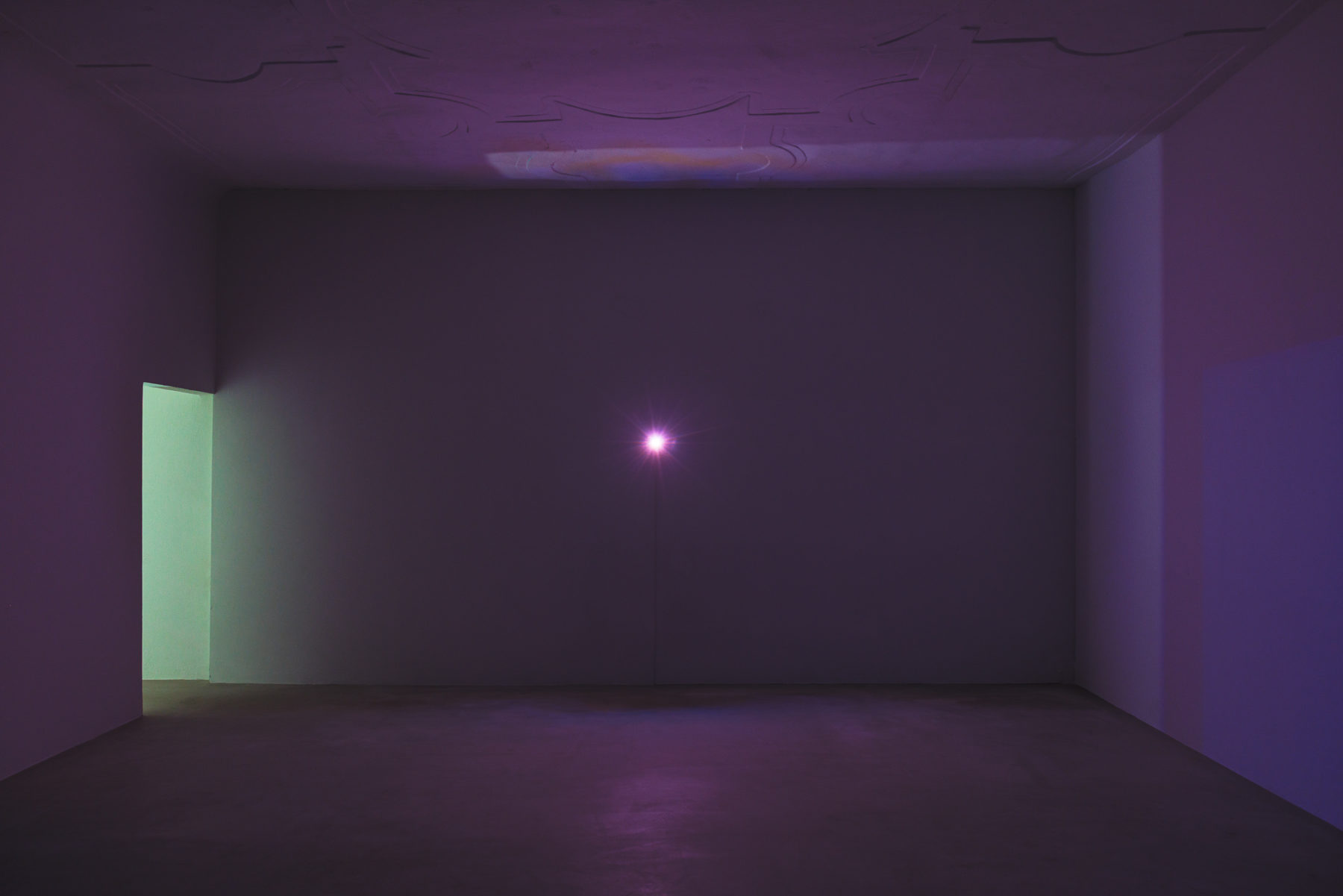
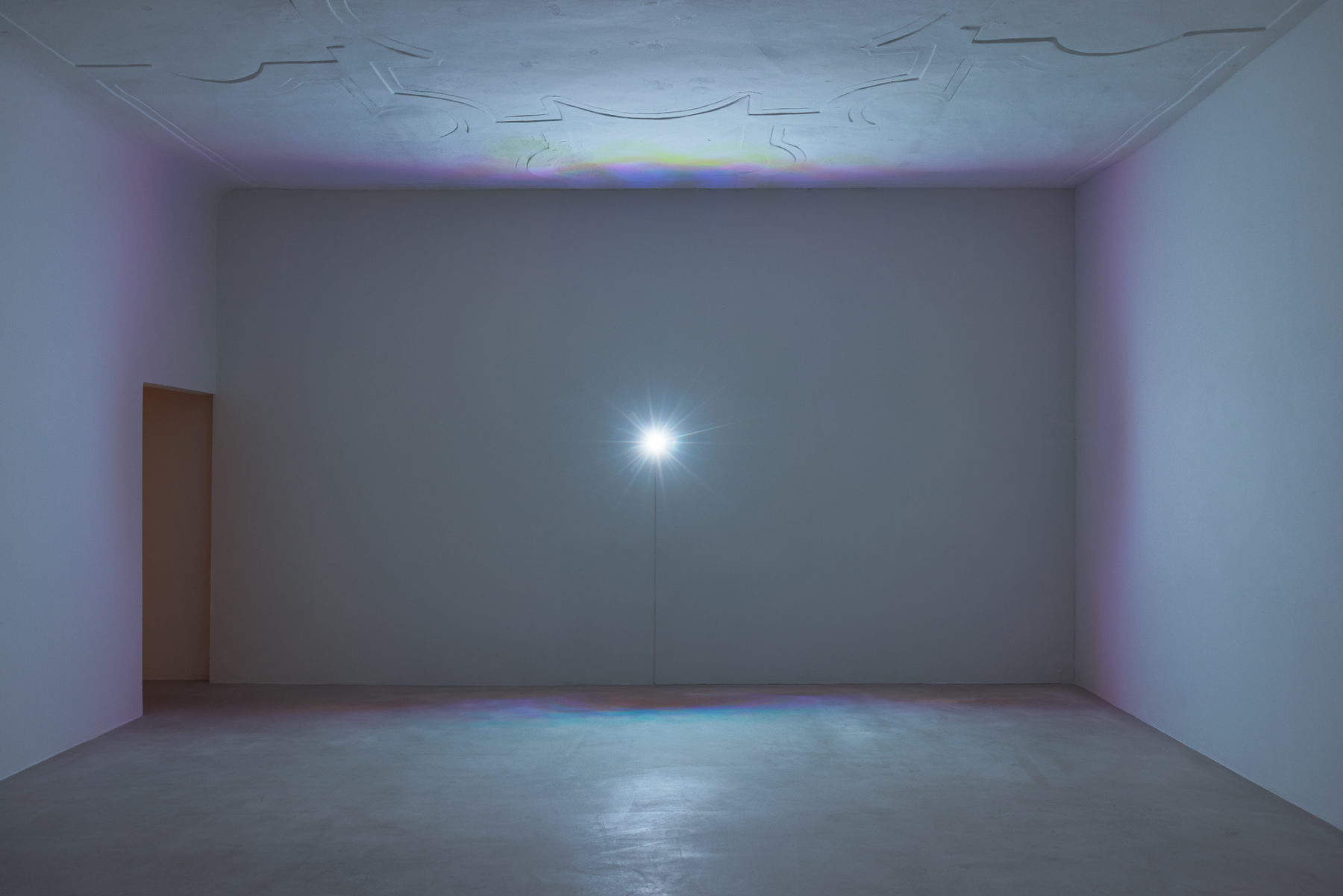
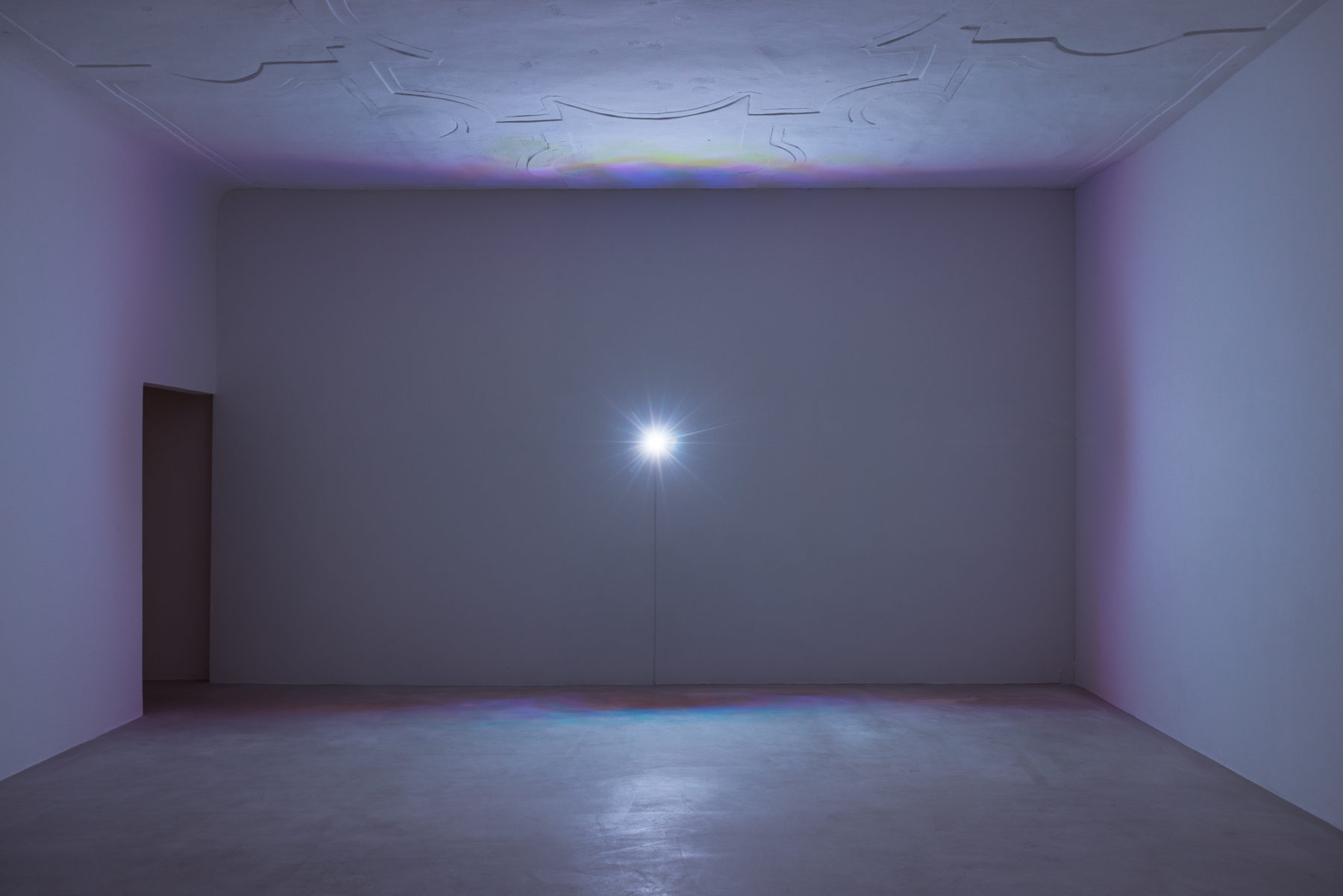
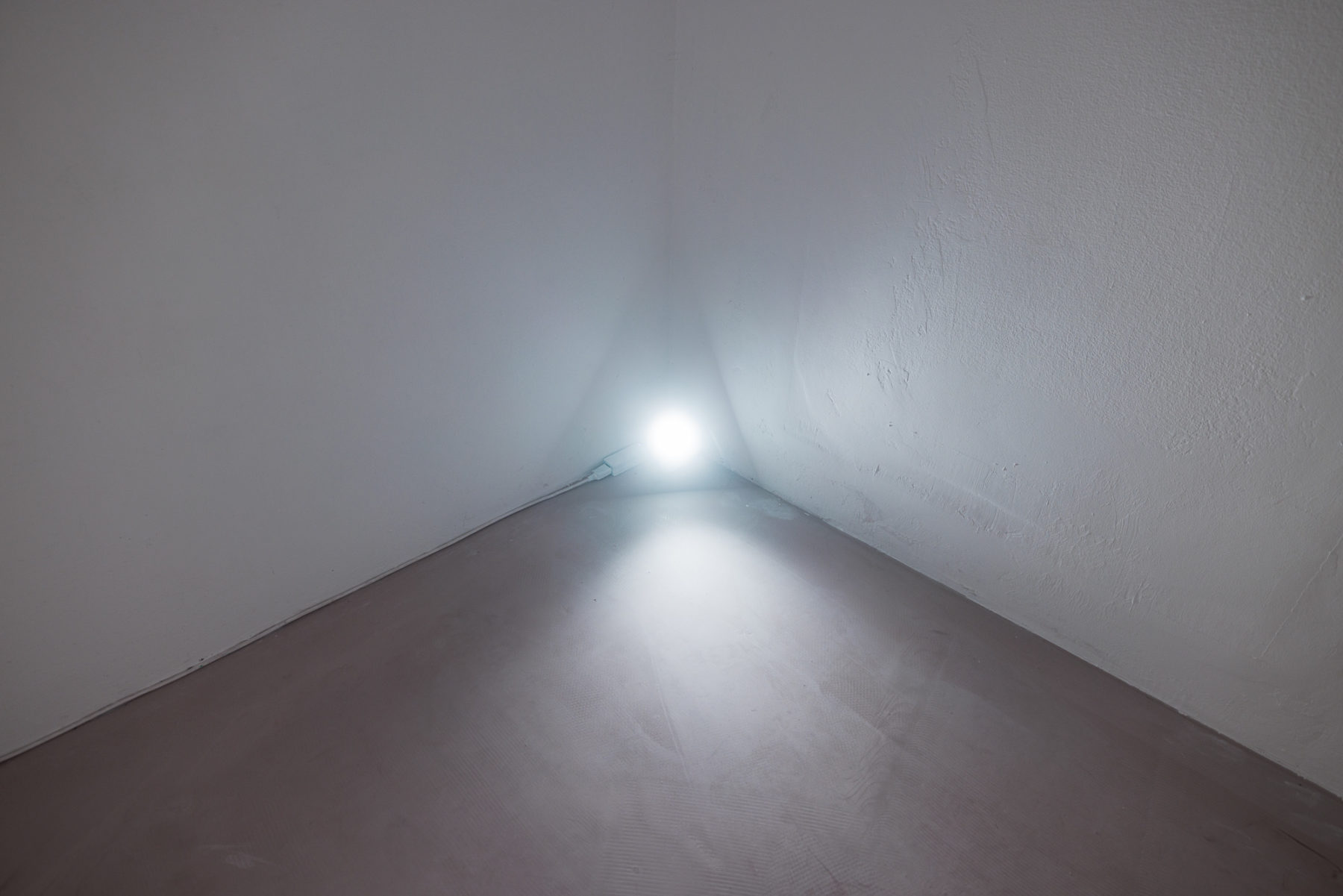
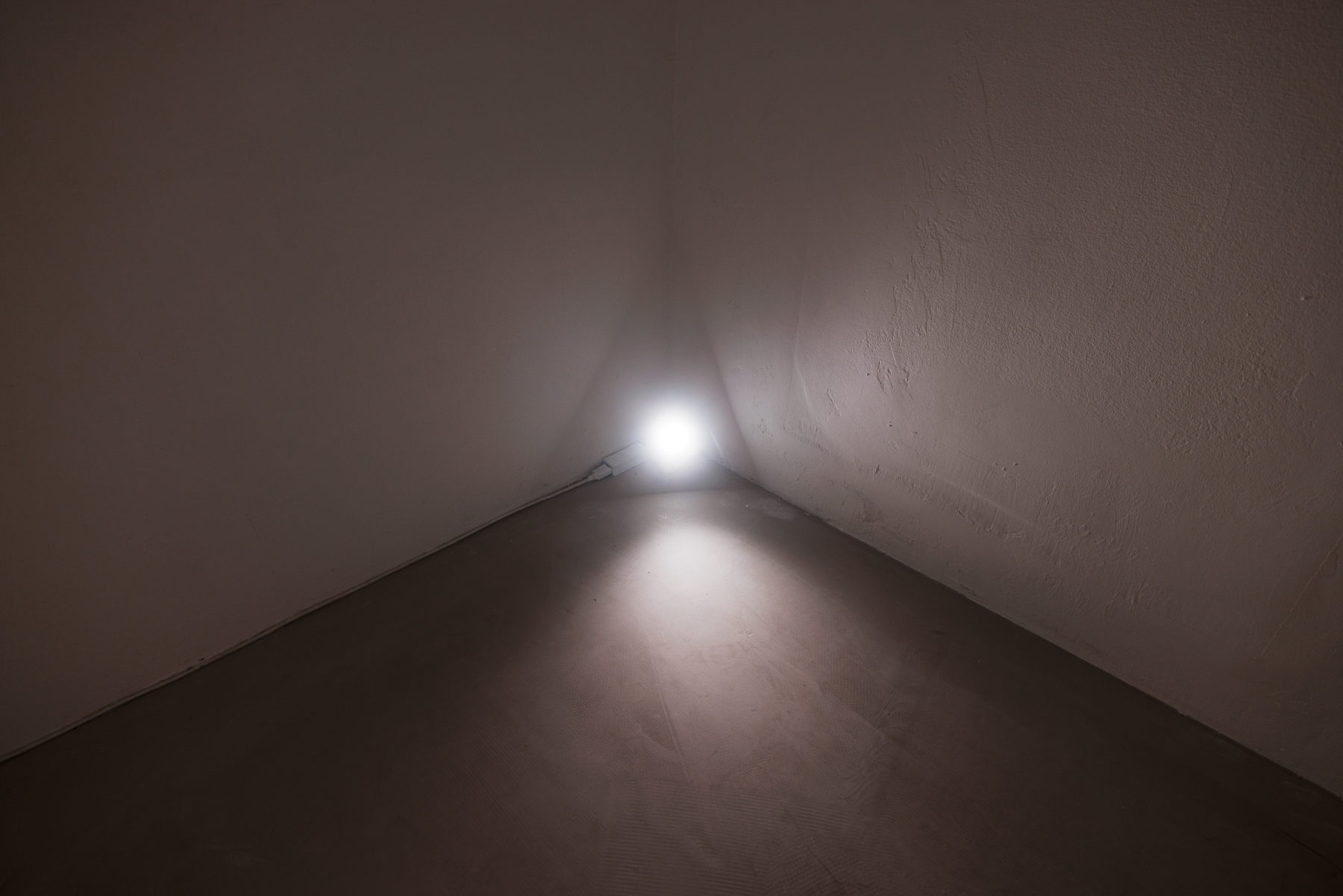
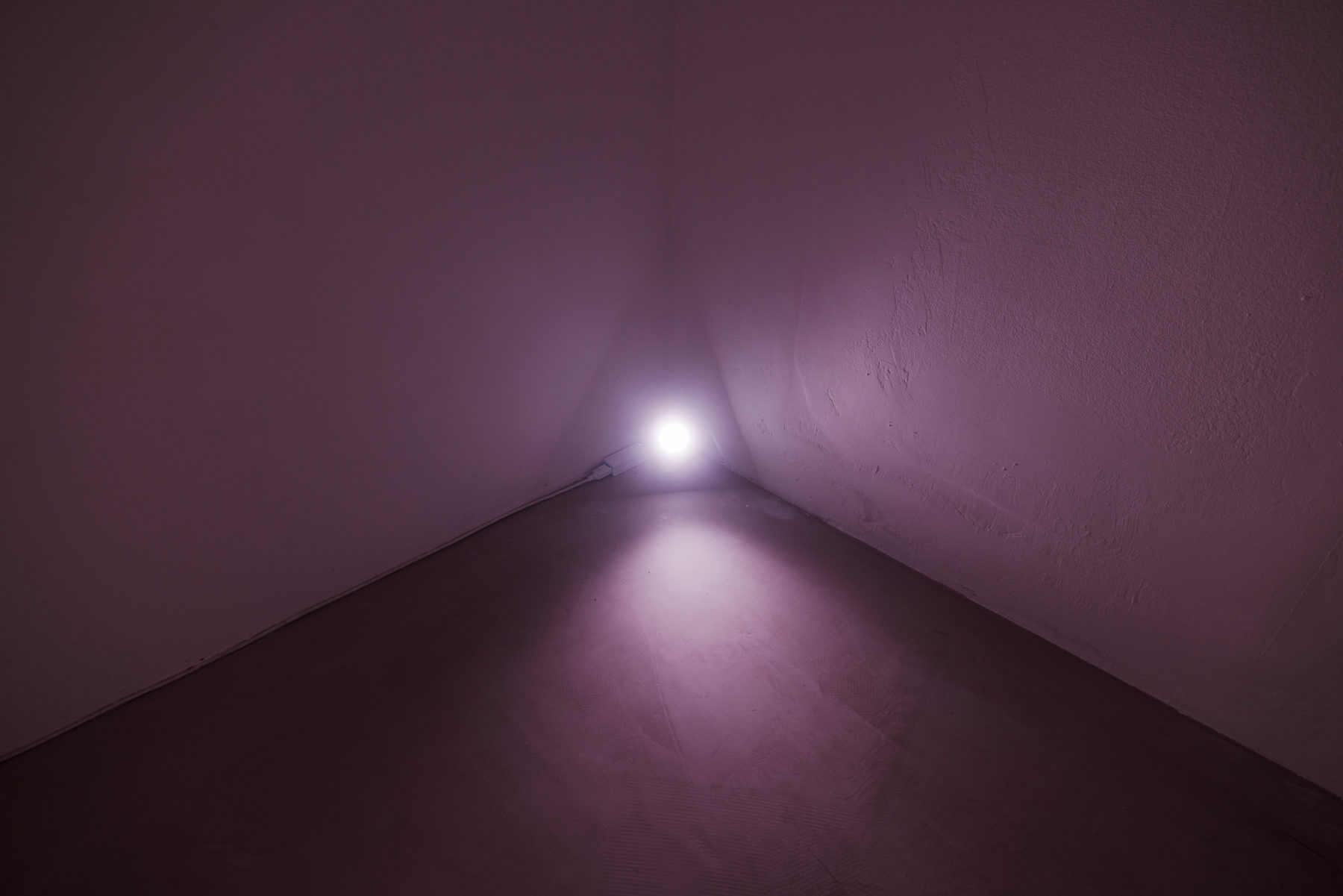
2019 is an exploration of a year poised on the brink of change – a moment both recent and elusive, suspended between the mundane fabric of daily life and the pull of an unanticipated future. The air of 2019 carried the hum of the ordinary: city streets pulsing with rhythms, handshakes sealing fleeting alliances, clouds forming with unsettling indifference. But beneath that hum was something else – a frantic, fractured culture teetering under the weight of its own choices and regrets, imposed and self-inflicted, bloated by its own consumption. And now, in the stillness left behind, you might sense it too: the bustling sigh of a world unready for the storms that followed.
In retrospect, 2019 stands as the closing act of a waning era, now familiar as a turning point in the cycle of time, yet too fresh for scholarly distance to dissect. 2019 features works that were variously created that year, corrupted by its events, or tinged with its prophetic undercurrents. But this is not nostalgia. This is not history. This is 2019, a portrait of a year unraveling at the seams and unprepared for what came next. A year at the edge of its own comprehension.
Artists in 2019 include Alix Eynaudi, Alexandra Sukhareva, Ana Jotta & Pierre Leguillon, Ariana Reines, Bradley Kronz, Cathy Weiss & Fred Holland & Ishmael Houston-Jones, Elena Narbutaitė, Gintaras Didžiapetris, Henrik Olesen, Jason Dodge, John Menick, Julie Peeters, Koenraad Dedobbeleer, Malak Helmy, Morgan Quaintance, Pratchaya Phinthong, Rosalind Nashashibi, and Simone Forti.
On the opening night of 2019, Ariana Reines will perform 2019: an endurance, expanding on her contribution to the exhibition and introducing a forthcoming publication by Grazer Kunstverein. Further public programming will be announced at a later date.
2019 also marks the launch of Suzon: Selected Writings by Raimundas Malašauskas, which combines a reprint of Malašauskas’s out-of-print 2012 publication Paper Exhibition with a new collection of texts written since then. The book is edited by Tom Engels, Yana Foqué, and Krist Gruijthuijsen, designed by Goda Budvytytė, and published by KW Institute for Contemporary Art (Berlin), Kunstverein Publishing (Amsterdam), Grazer Kunstverein (Graz), Baltish Arts Magazine (Vilnius), and Verlag der Buchhandlung Walther und Franz König (Köln). Suzon can be purchased here.
Curated by Tom Engels and Raimundas Malašauskas, 2019 follows their previous collaboration Circa 2022, an exhibition delivered by post from Montos Tattoo in Vilnius.
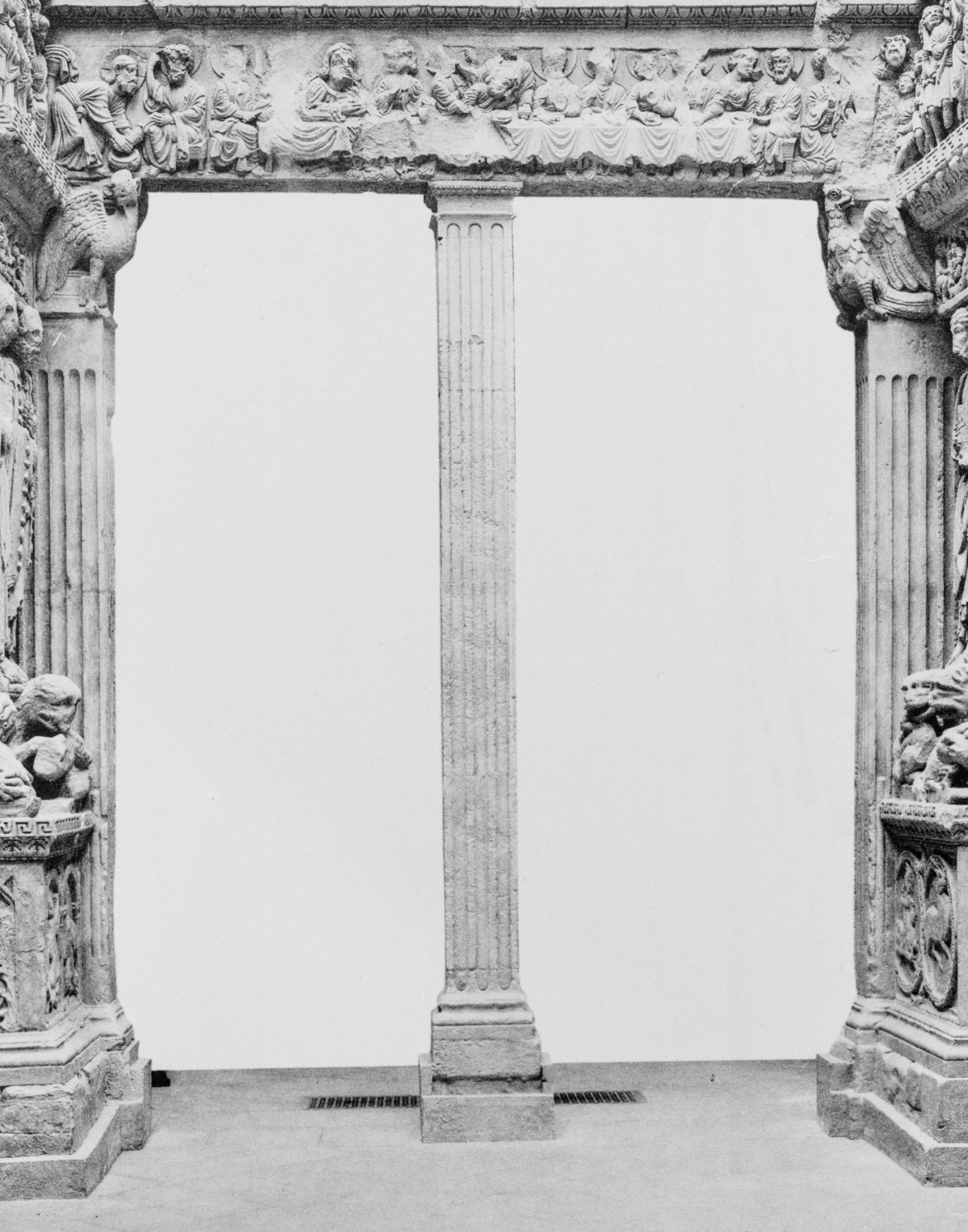


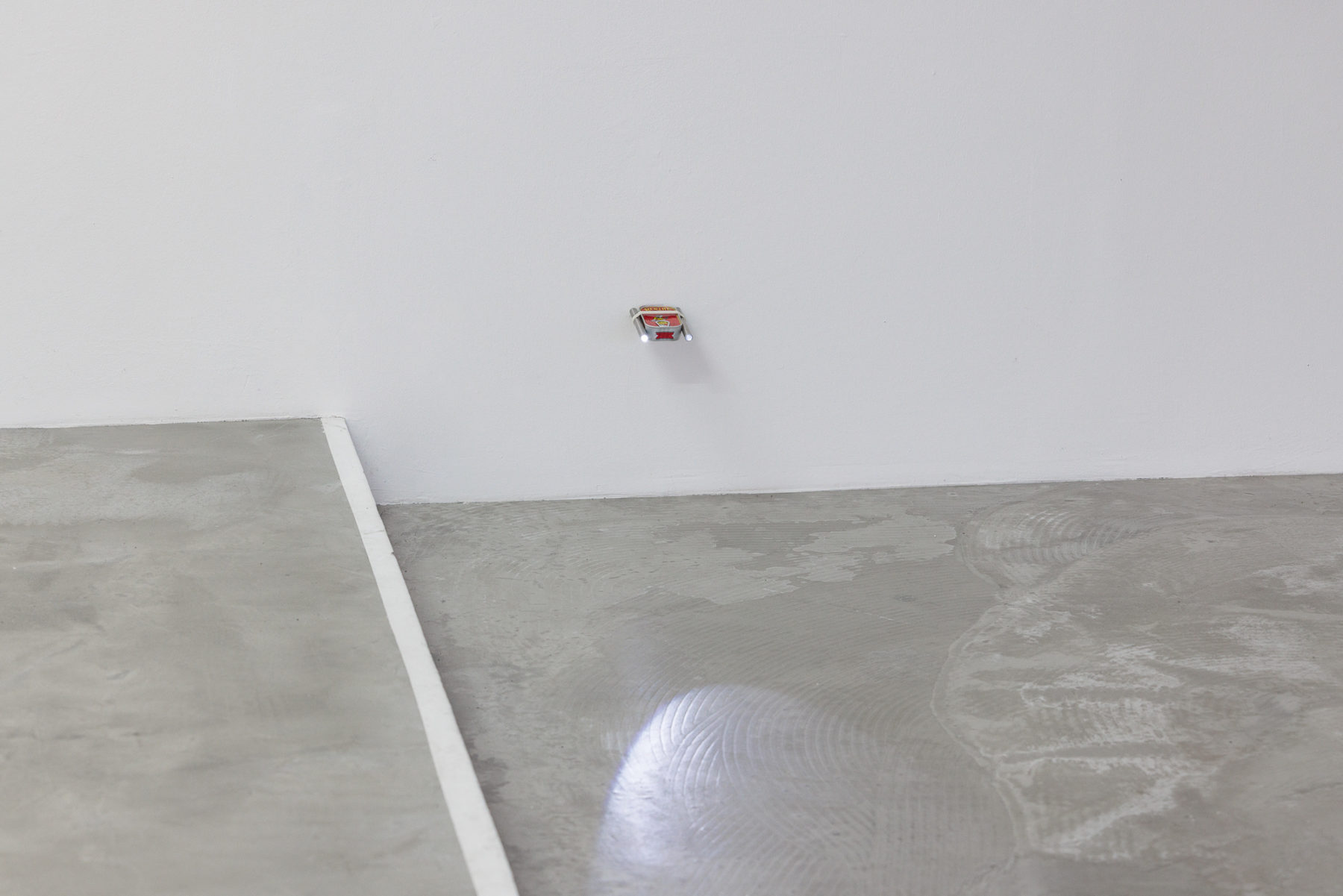
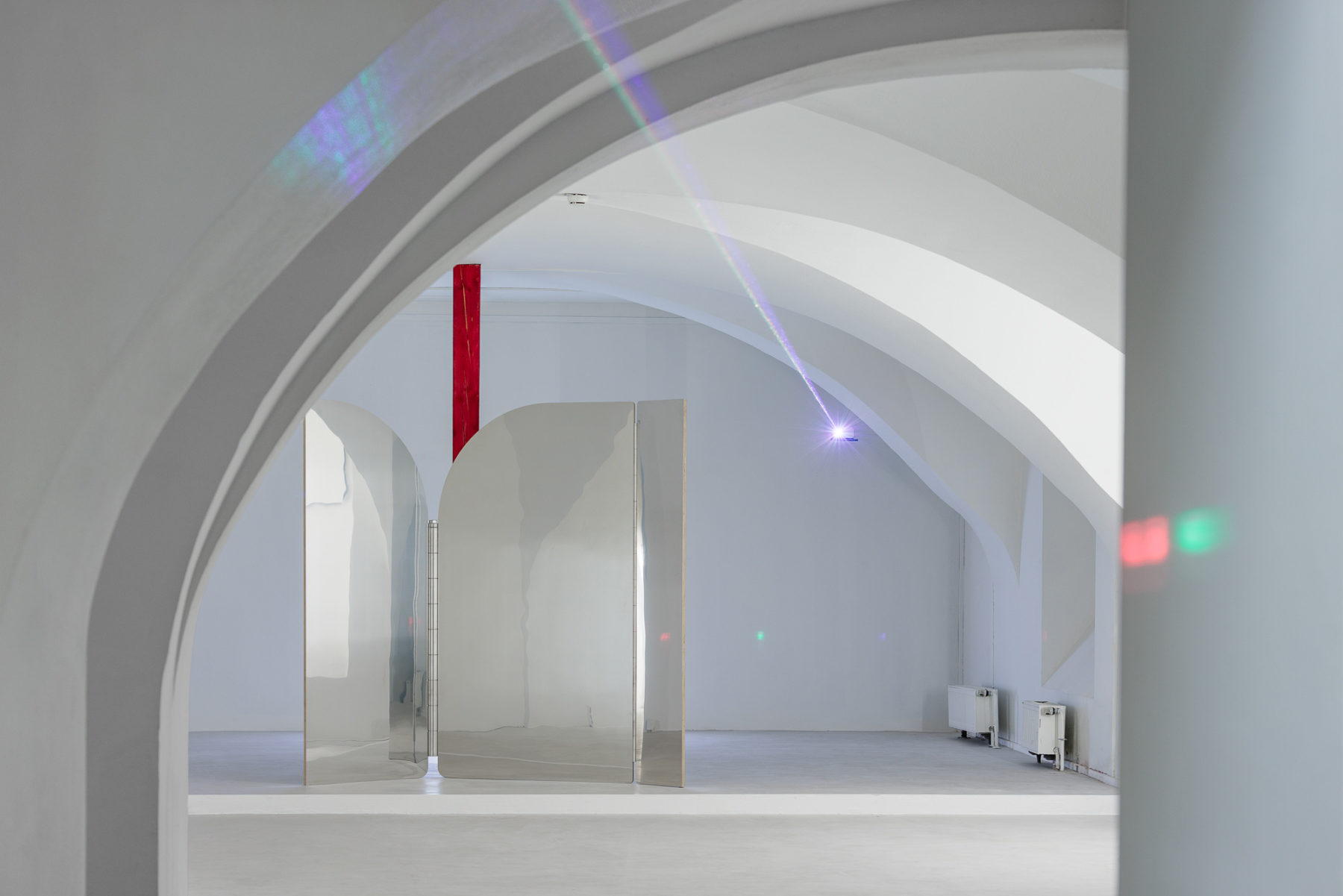

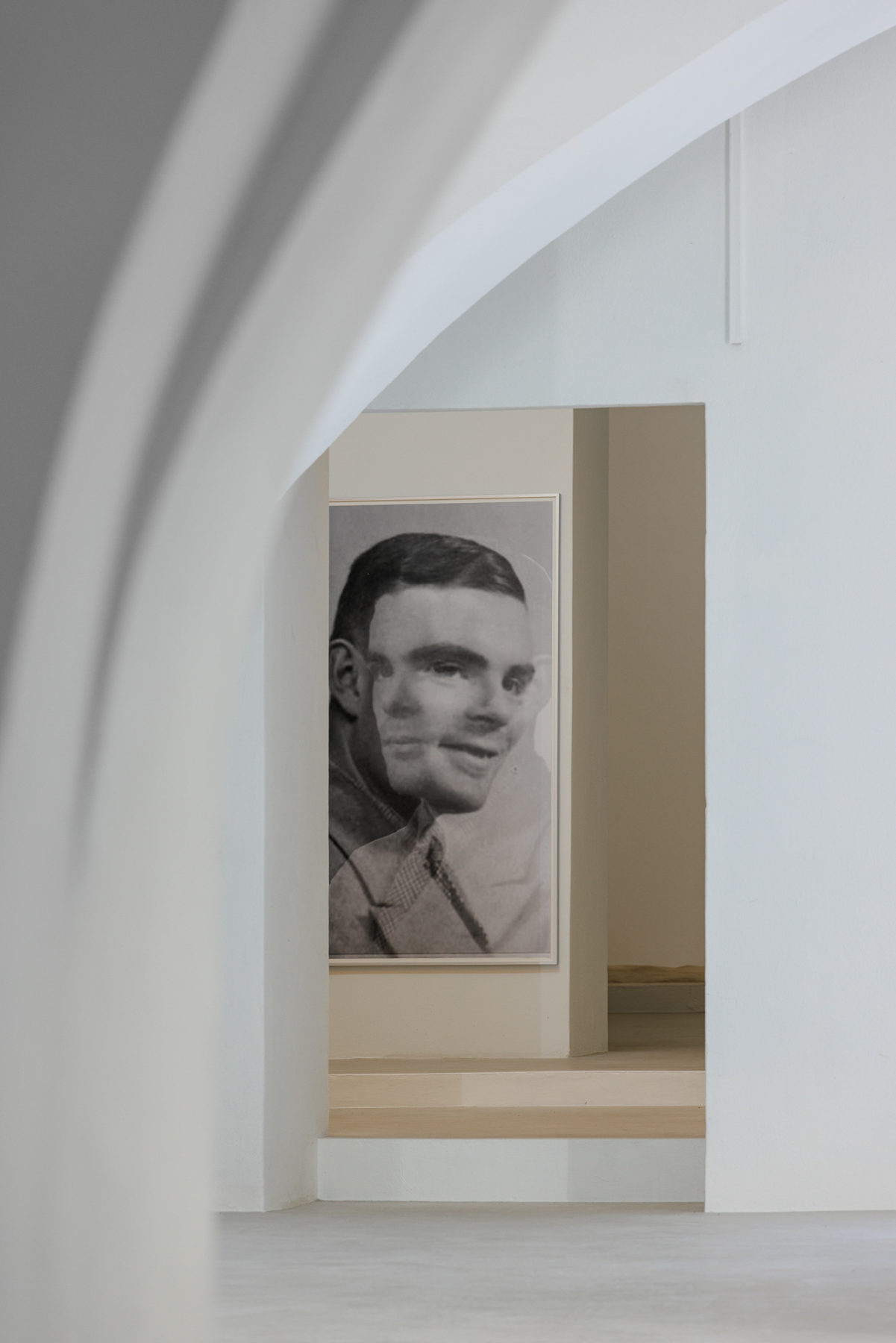



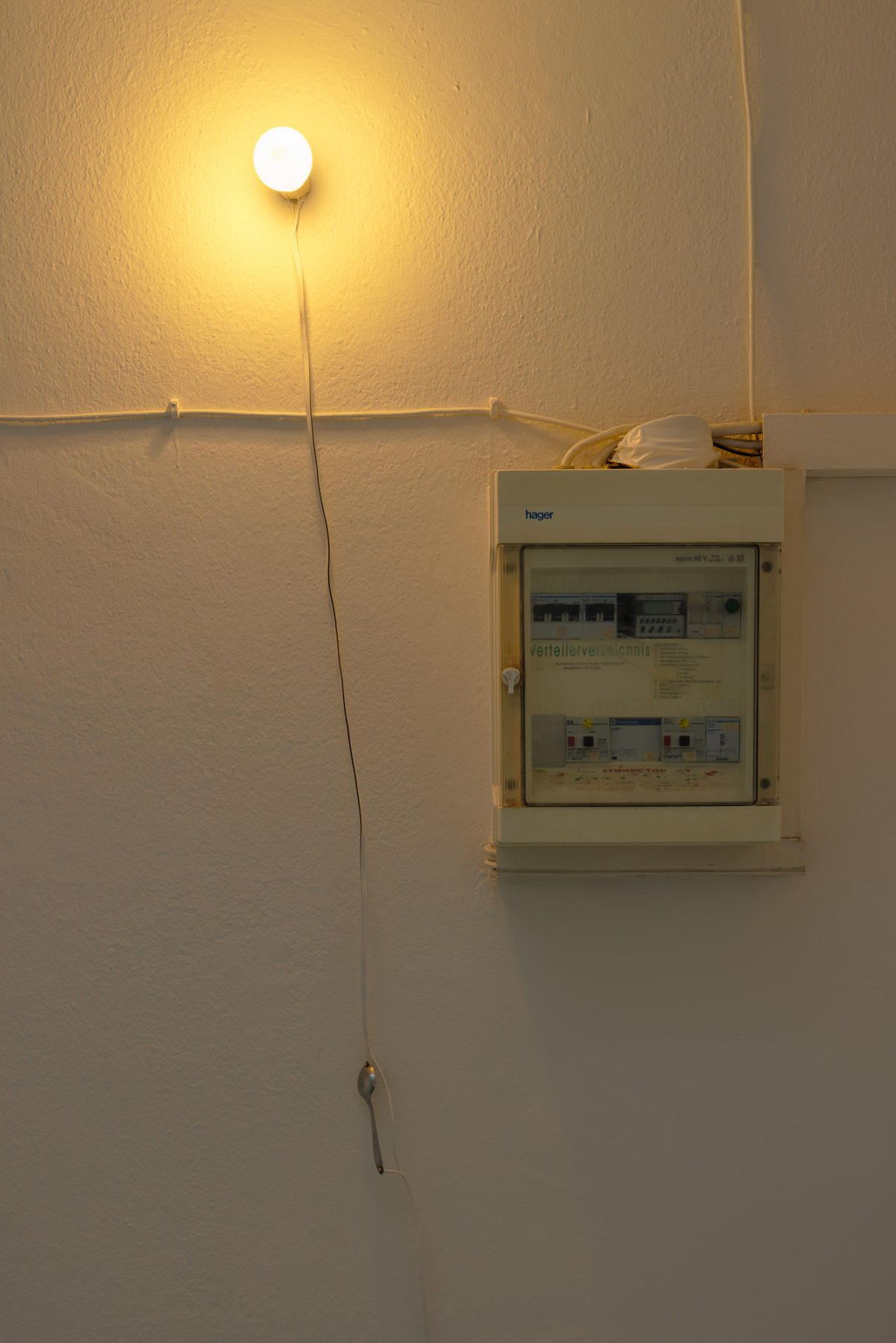
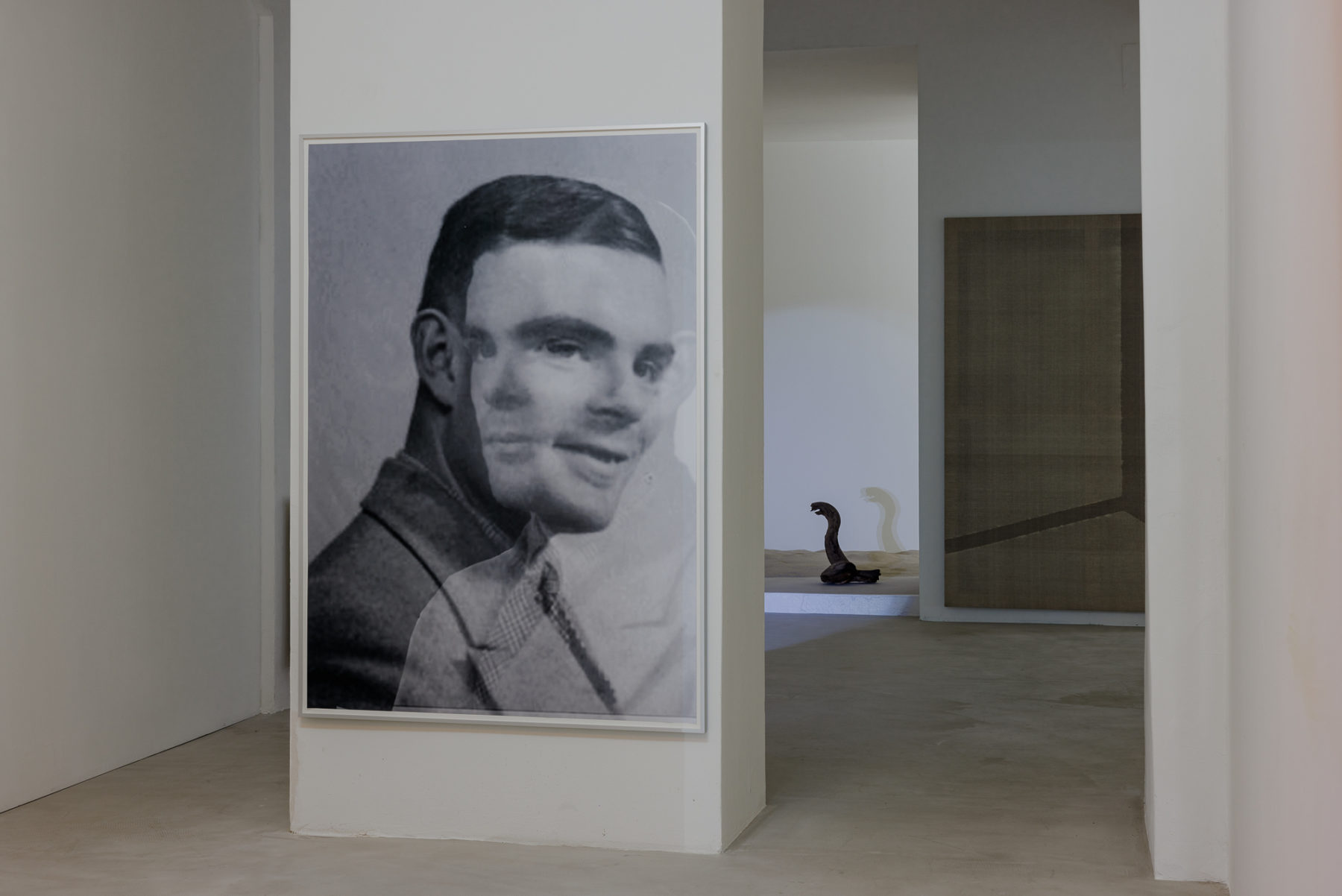
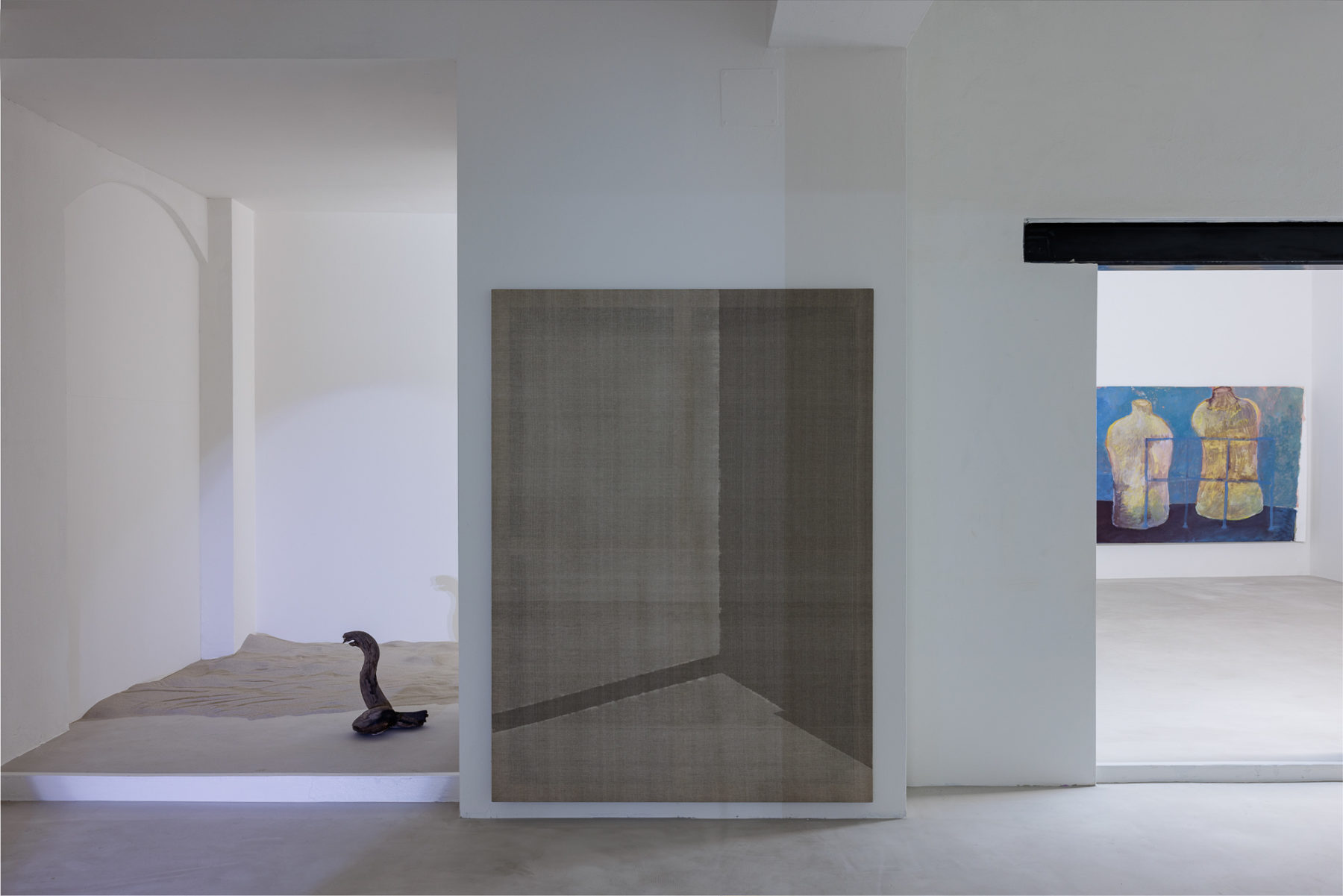
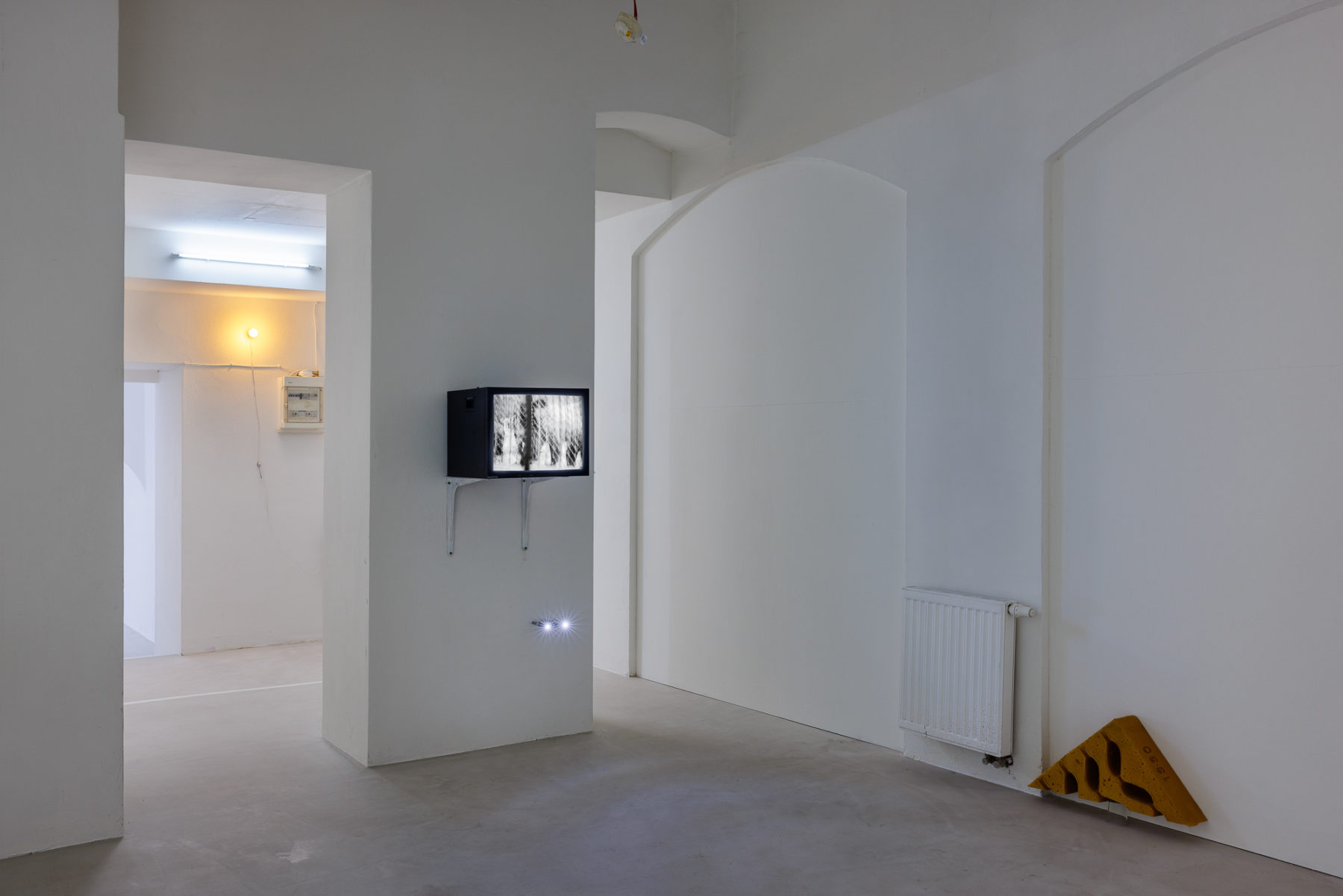
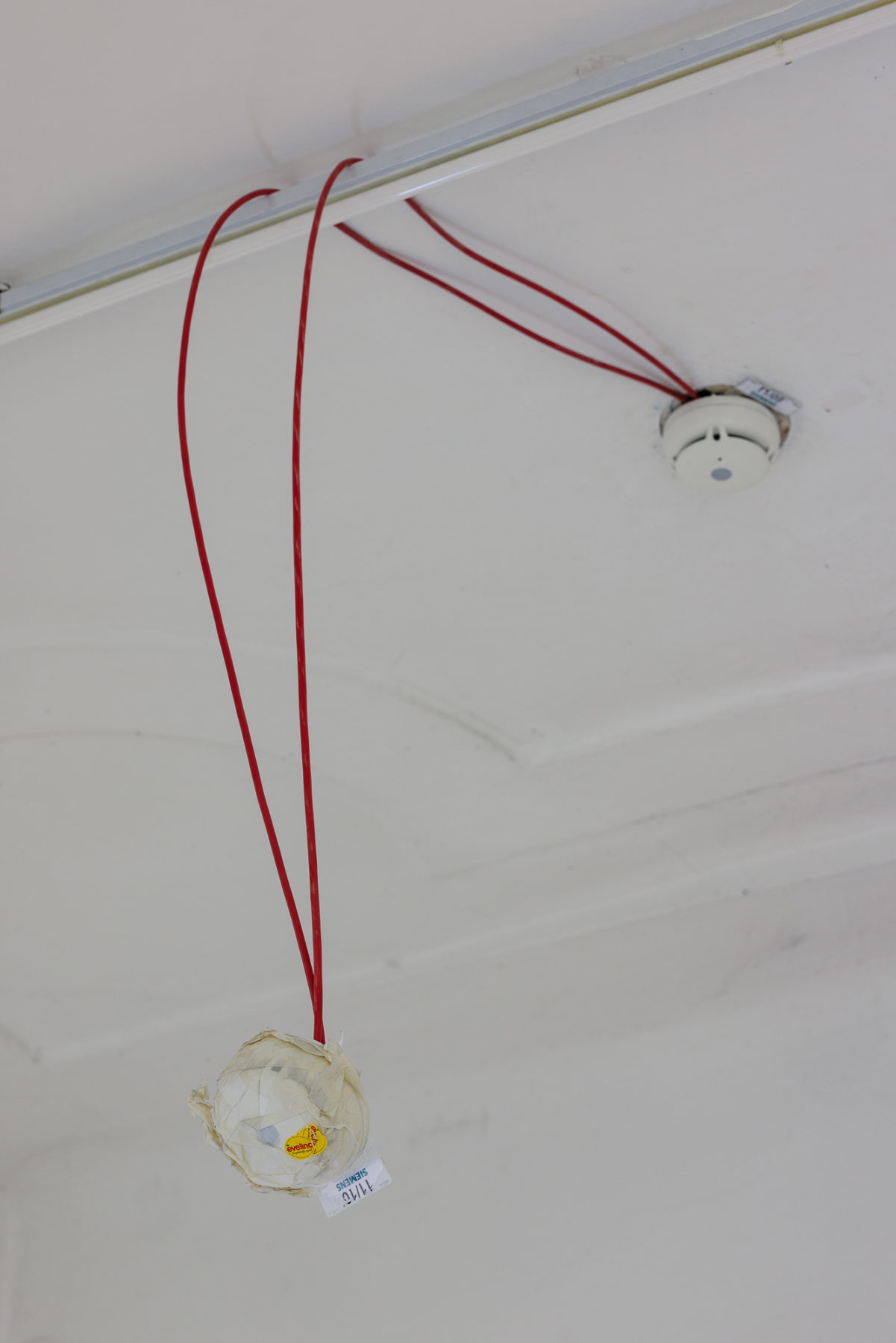
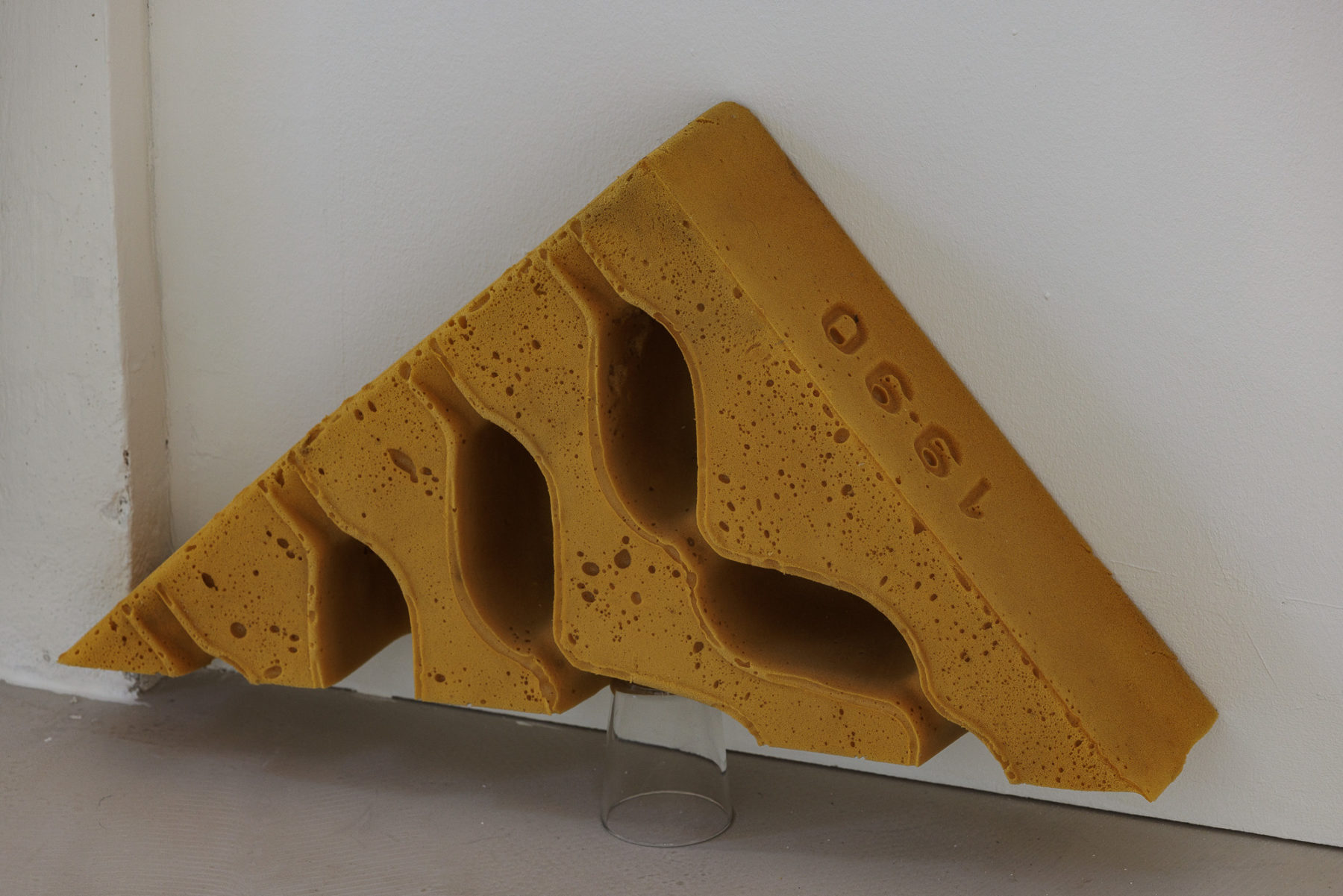
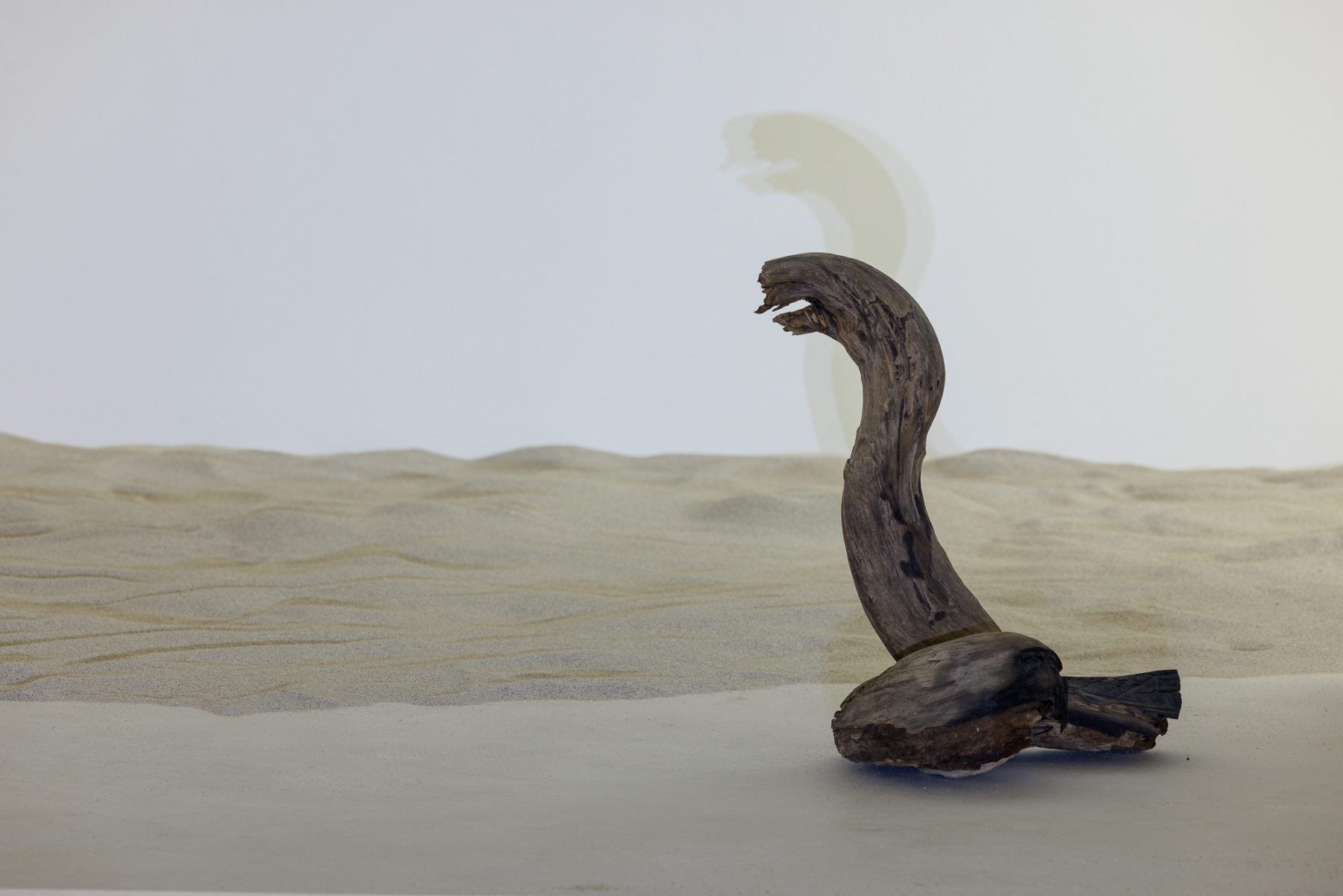
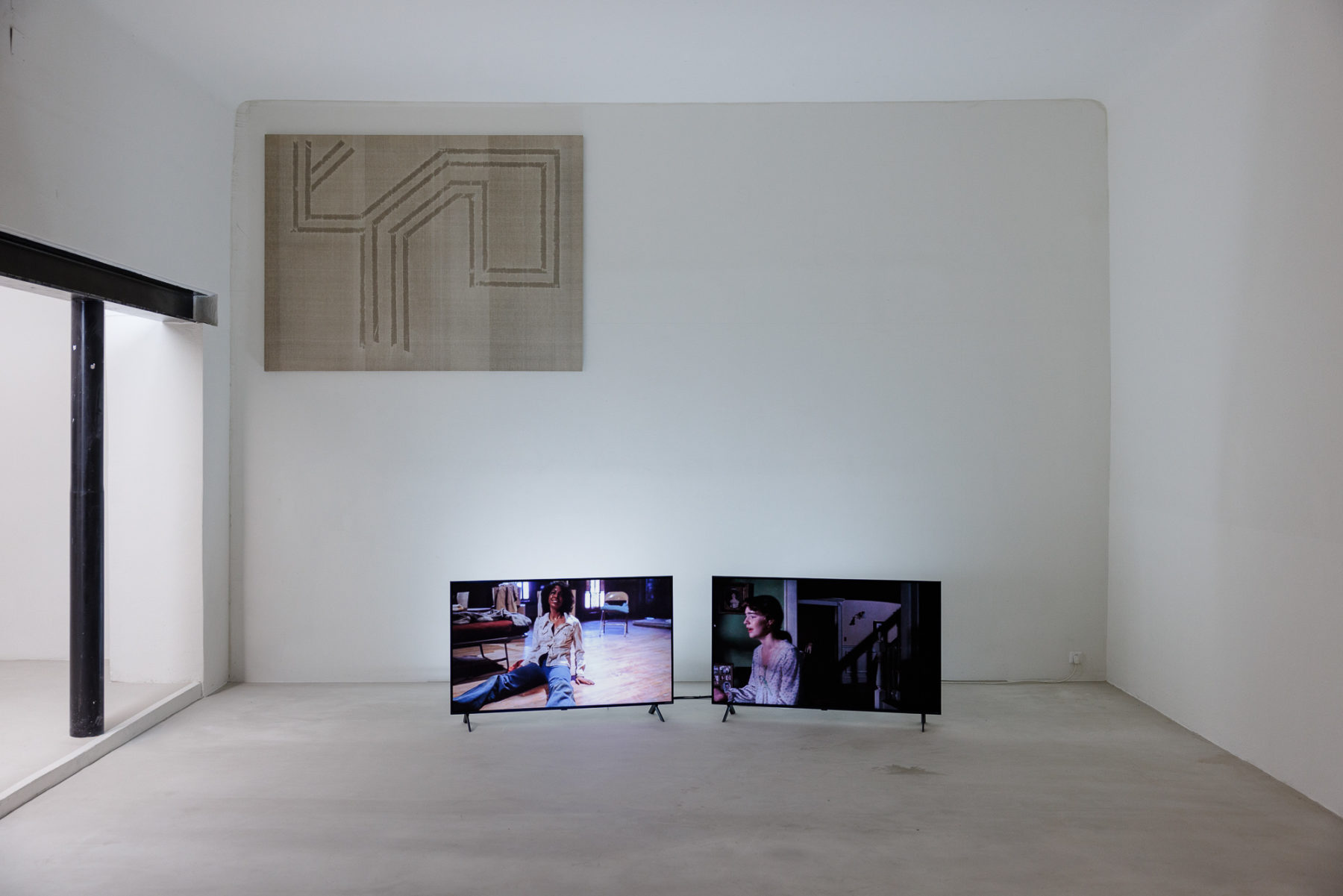
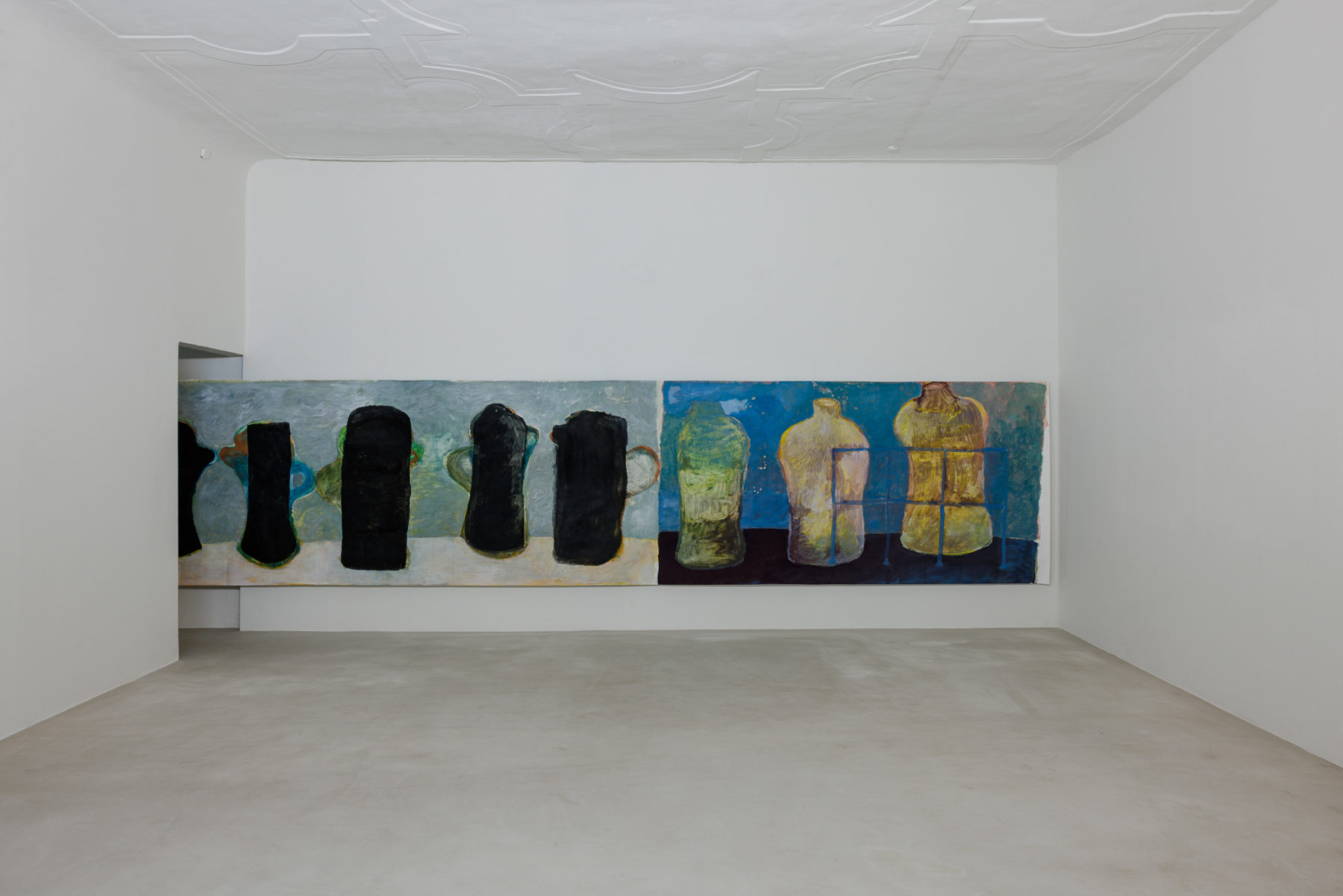
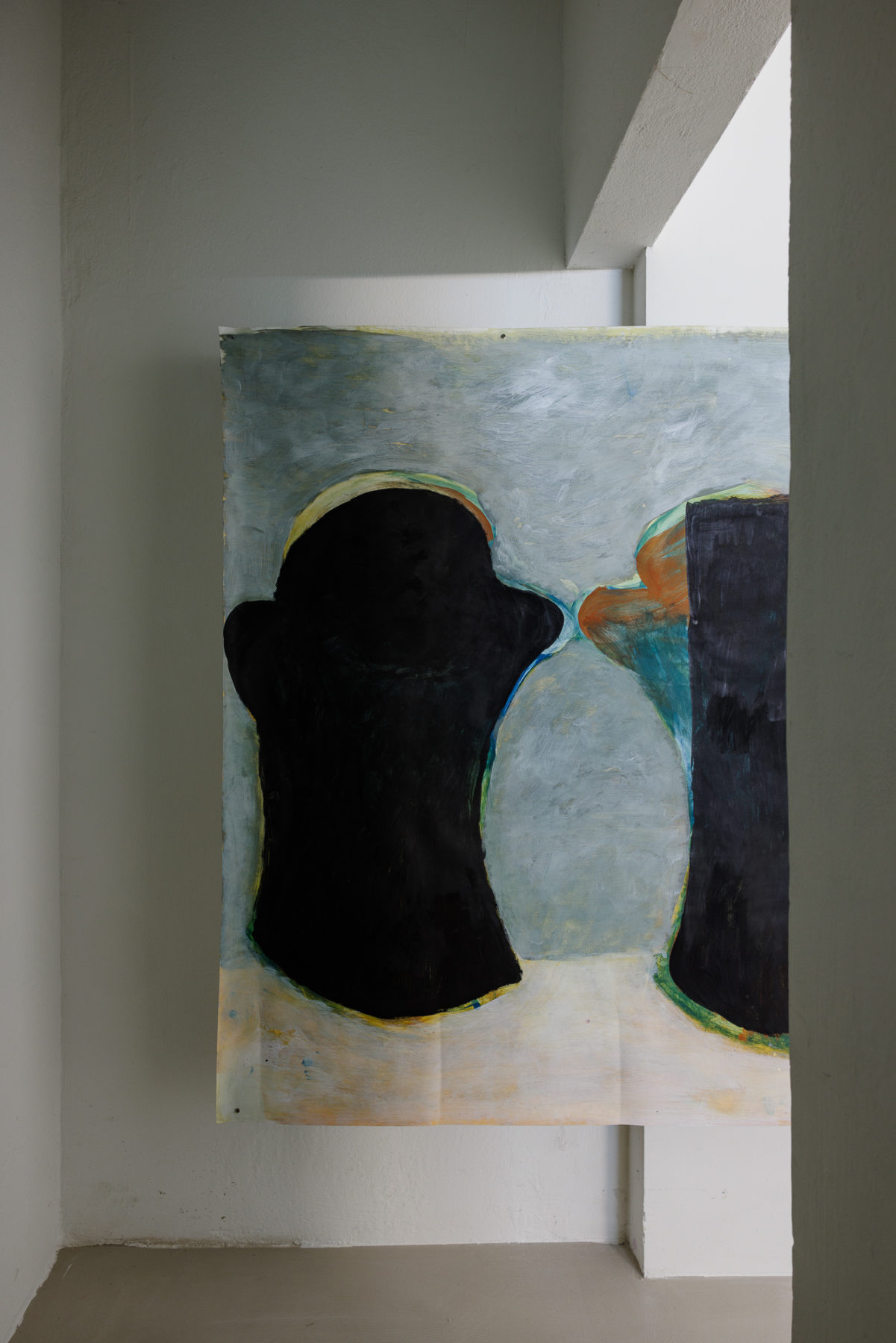
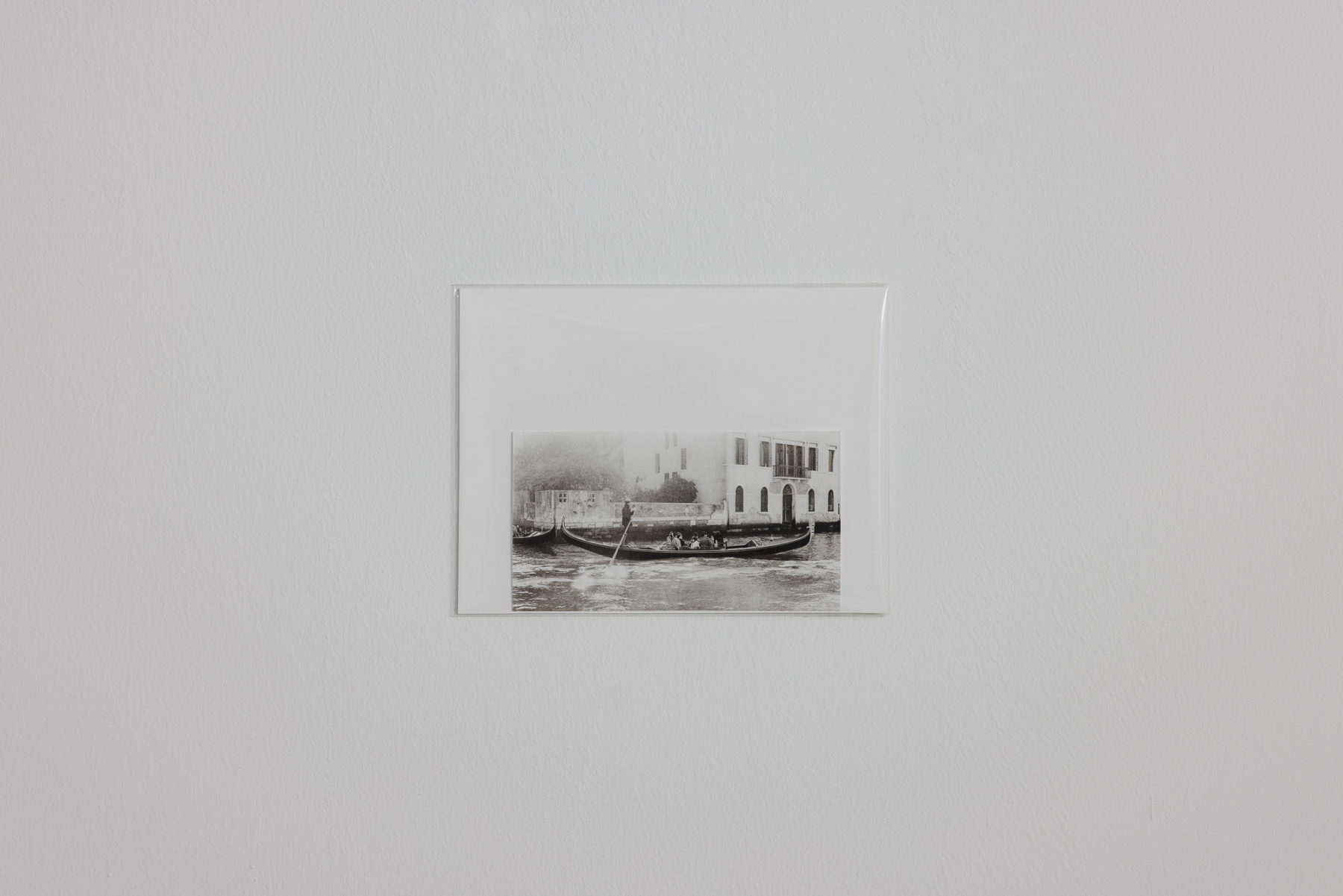
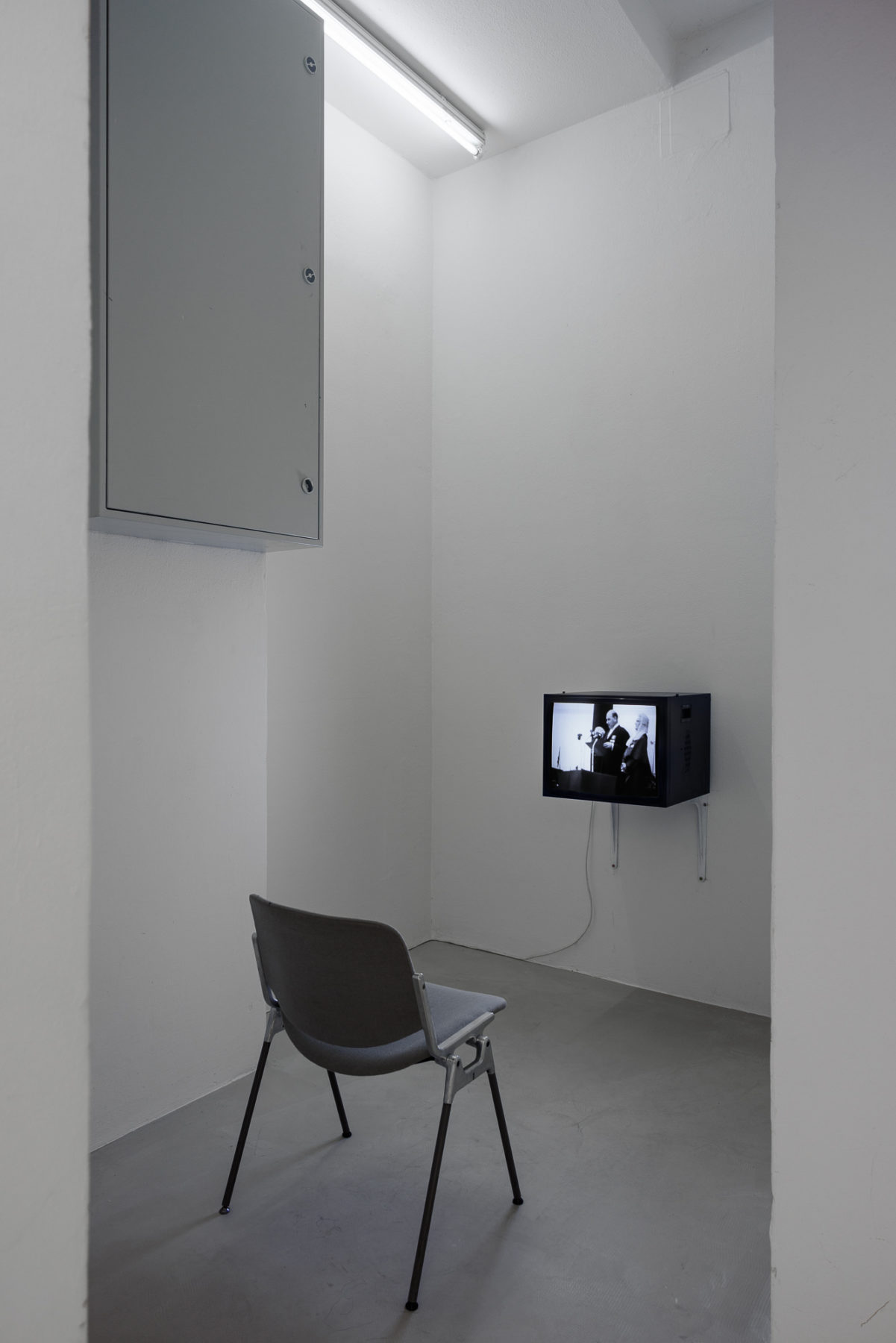
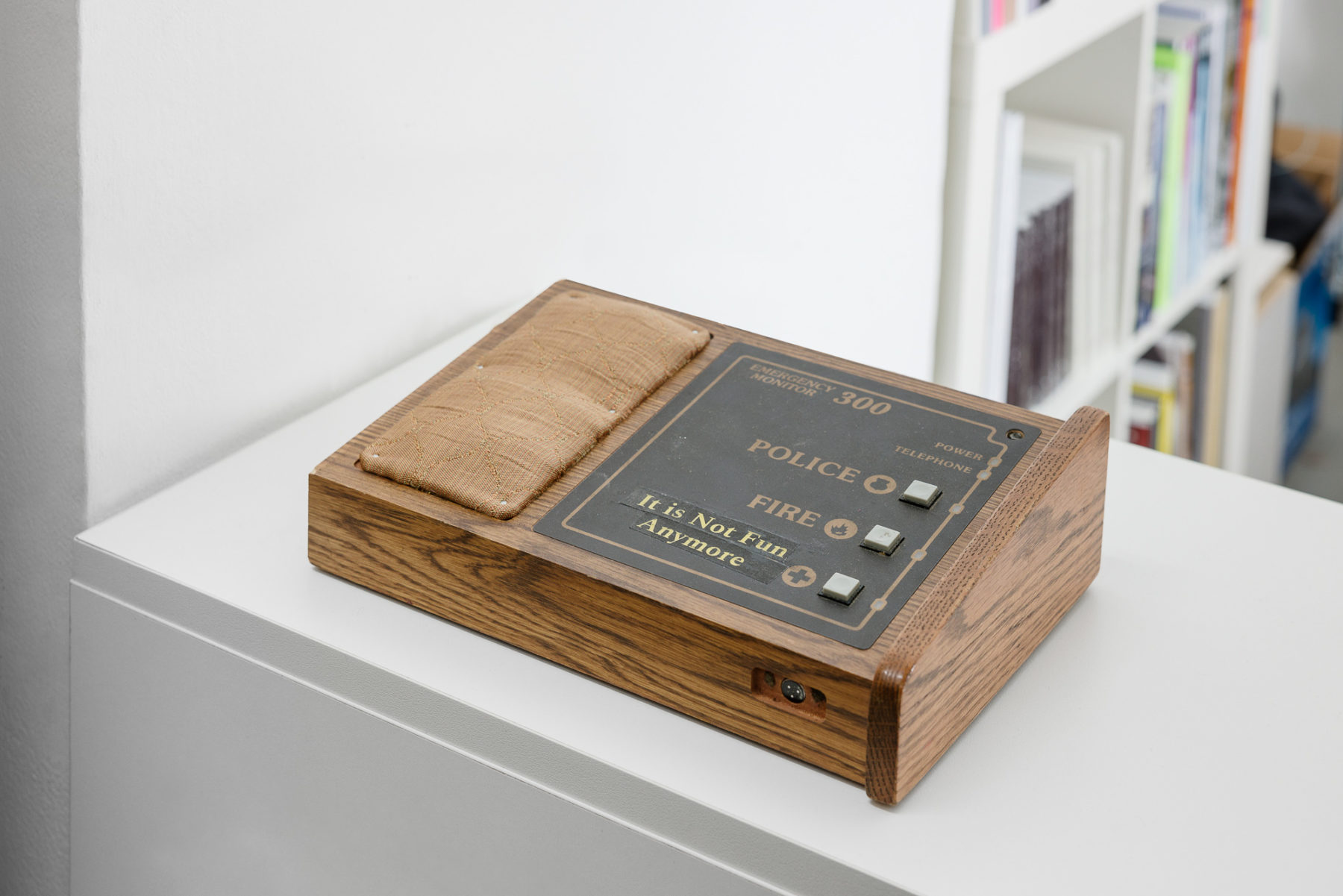
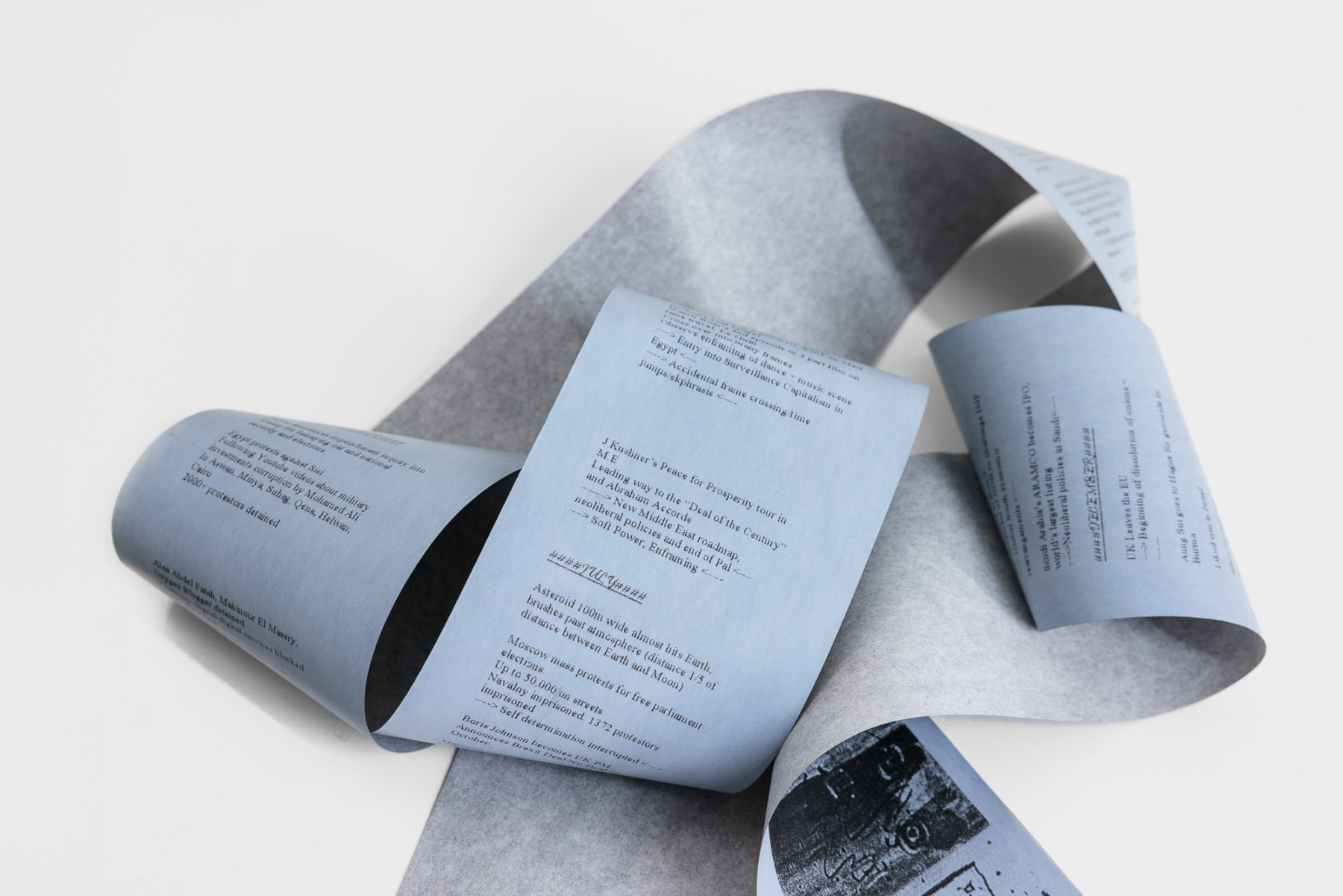


Lacrimosa is an exhibition centered on the Austrian premiere of Josef Dabernig’s latest film, carrying the same name. The film portrays an unconventional farewell ritual led by Dabernig’s aunt, Anni Dabernig, who was an organist and teacher. Together with his grandchildren, she orchestrates a procession through her home in Kötschach-Mauthen, the Austrian village in which he grew up. At the center of this ceremony is a child-sized, enigmatic coffin whose journey through the house transforms both into silent protagonists. Folded hands, furtive glances, rosaries, and a commode chair are the elements of an eccentric children’s game in which the illustrious group navigates between intimidation, rebellion, and a dangerous staircase, all the while grappling with existential questions.
In keeping with Dabernig’s practice of working closely with friends and family in his moving image work, the film is interwoven with a monologue written by Dabernig’s longtime collaborator, Bruno Pellandini, and performed by his wife, Johanna Orsini, describing Pellandini’s grandparents’ home in Ticino, Switzerland. Through Dabernig’s exploration of the overlapping architectures of the two homes—one in Switzerland and the other in Austria—these buildings become repositories of memories, capturing the domestic infrastructures of lives lived, lost, and ultimately rediscovered. Five days after the shoot of this cinematic requiem was concluded, Anni Dabernig passed away.
Lacrimosa sets the tone for a retrospective exploration of Dabernig’s moving image oeuvre, suffused with the themes of death, mourning, elegy, and the resonant presence of organ music. Set against a scenography of film props and objects from his aunt’s Krassnig Villa, the exhibition unfolds in two chapters, spanning early and recent works. The first chapter (September 21 – October 20) presents Heavy Metal Detox (2019) and Gertrud & Tiederich (2018), while the second chapter (October 23 – November 17) features All the Stops (2020) and Stabat Mater (2016). Central to both chapters are Lacrimosa (2024), Rosa coeli (2003), and Parking (2003).
To celebrate the beginning of the second chapter of the exhibition and to underscore the prominent role of organ music in Dabernig’s most recent works, the American composer and artist Charlemagne Palestine will perform Schlingen Blängen, an ongoing exploratory organ composition he has been developing since the late 1970s, on October 23 at 8:00 pm in the Herz-Jesu-Kirche in Graz.
The exhibition is accompanied by a publication featuring an essay by Krzysztof Kościuczuk and a visual essay by Dabernig, with photographs of his aunt’s villa.
JOSEF DABERNIG (b. 1956, Lienz, Austria) is an artist and filmmaker living in Vienna. Recent solo exhibitions include Lancia Thema, The Black Box, Wschód, New York, USA (2023); Wisla, Museum Jorn, Silkeborg, Denmark (2023); and Equally Not Nothing, Galerie Stadtpark, Krems, Austria (2020). Dabernig’s work was a part of the 49th and 50th Venice Biennale in 2001 and 2003; Manifesta 3 (2000, Ljubljana) and 10 (2014, St. Petersburg); the 9th Gwangju Biennale (2012); Contour – 6th Biennial of Moving Image, Mechelen (2013); Bergen Assembly (2013); and steirischer herbst, Graz (2020, 2022). His films have been featured across various film festivals internationally, including the International Short Film Festival Oberhausen, International Film Festival Rotterdam, Locarno Film Festival, Venice Film Festival, Mar del Plata International Film Festival, Melbourne International Film Festival and the Toronto International Film Festival. In 2004, Dabernig presented his exhibition Josef Dabernig: Proposal for a New Kunsthaus, not further developed at Grazer Kunstverein, which was accompanied by a namesake publication.
A co-operation with steirischer herbst ’24

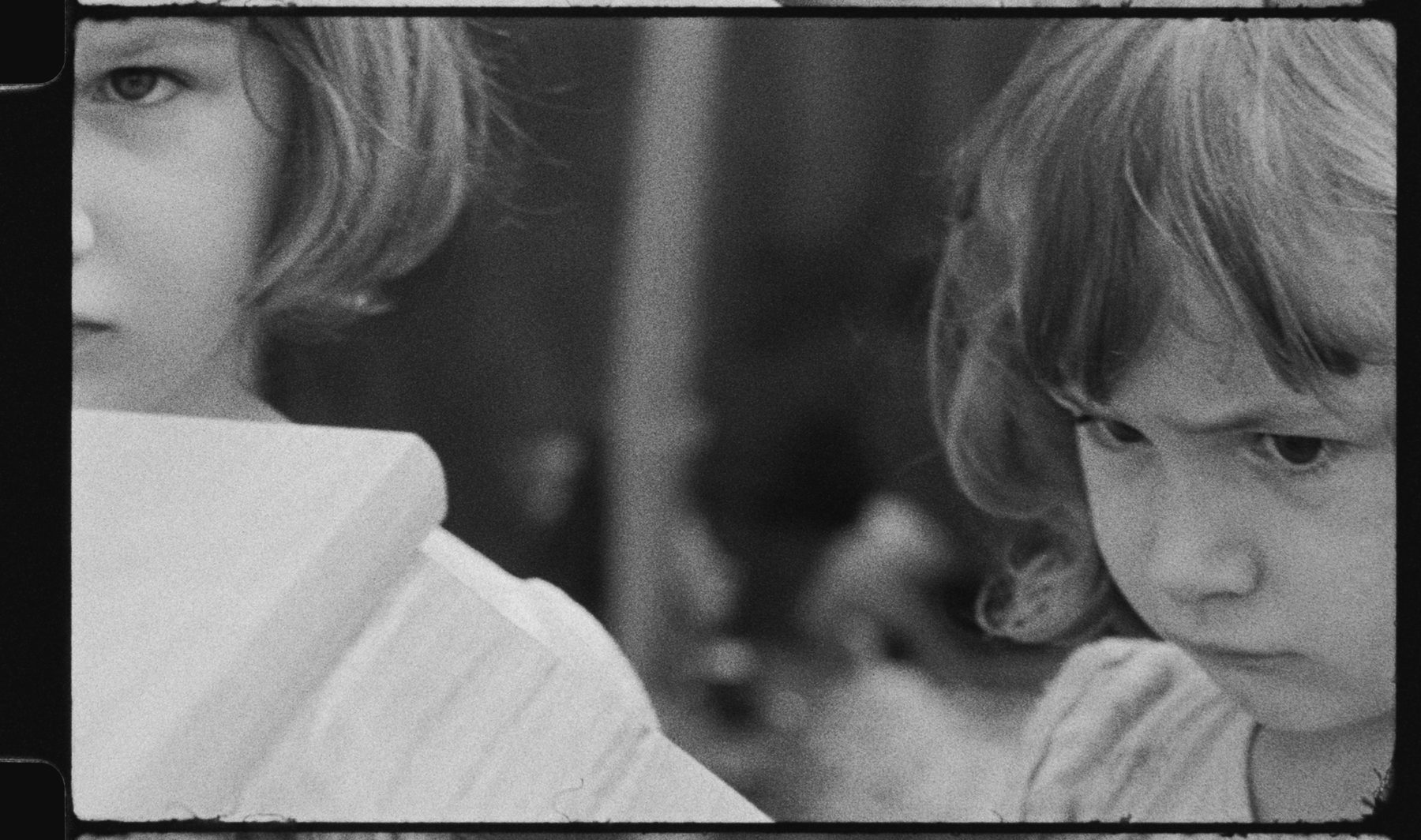

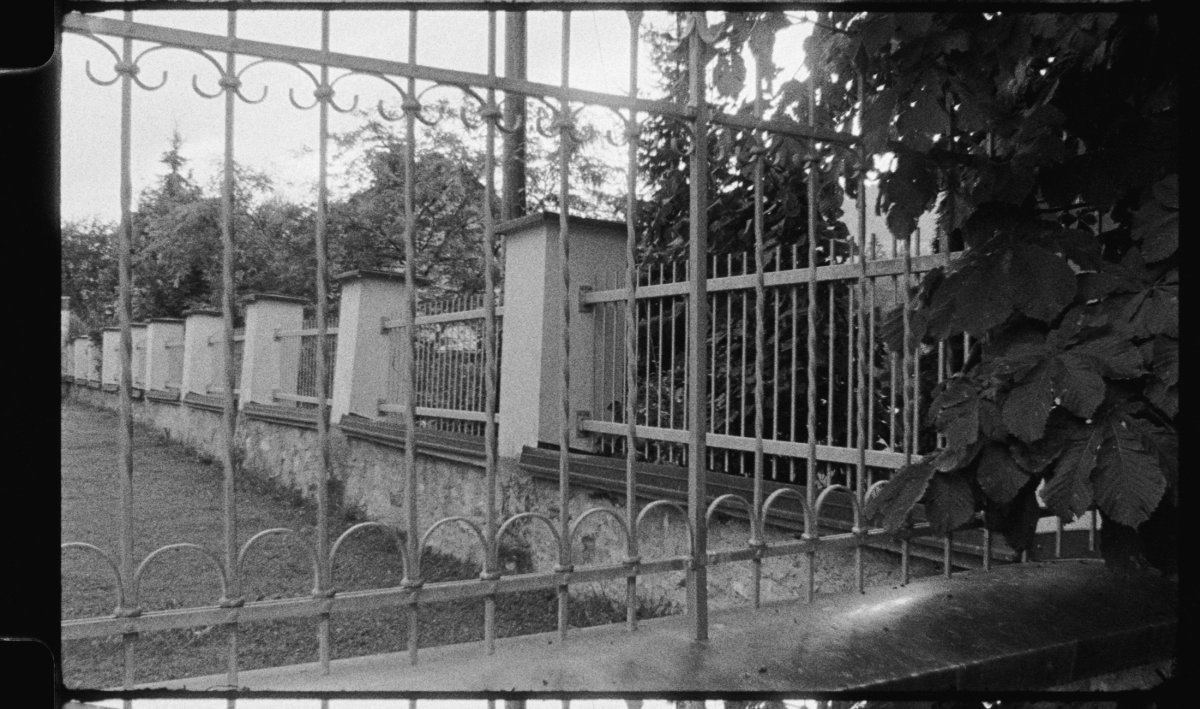
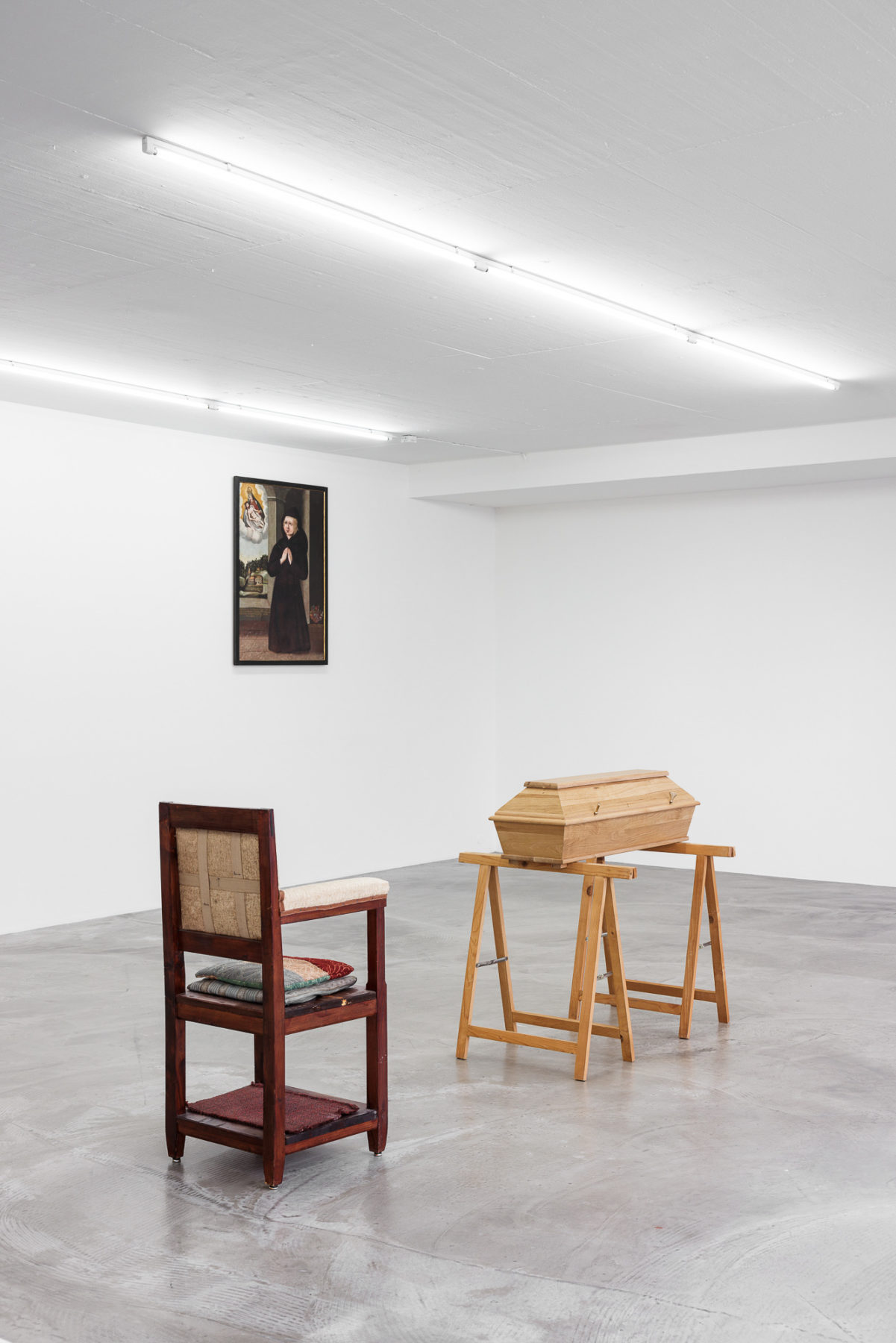
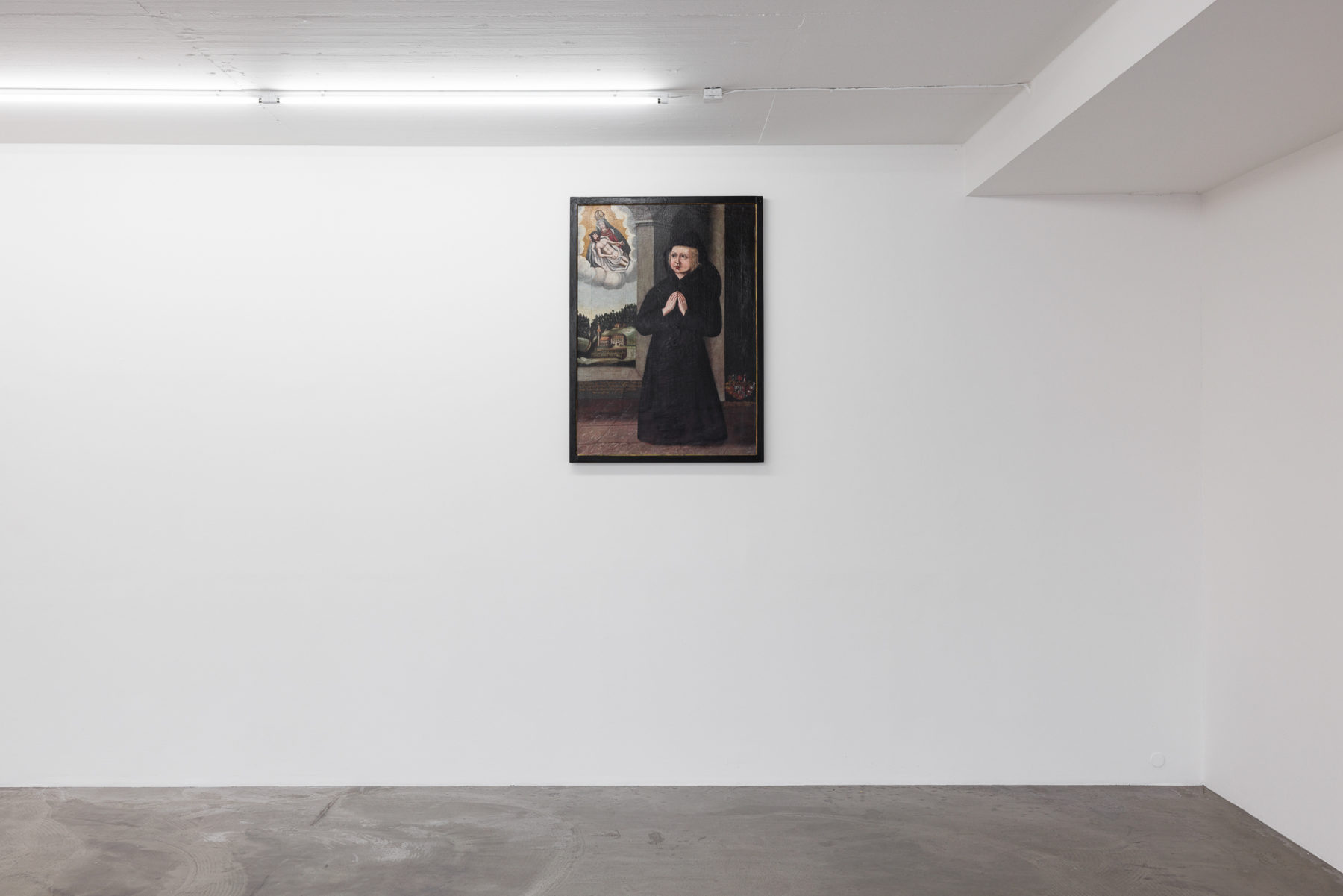
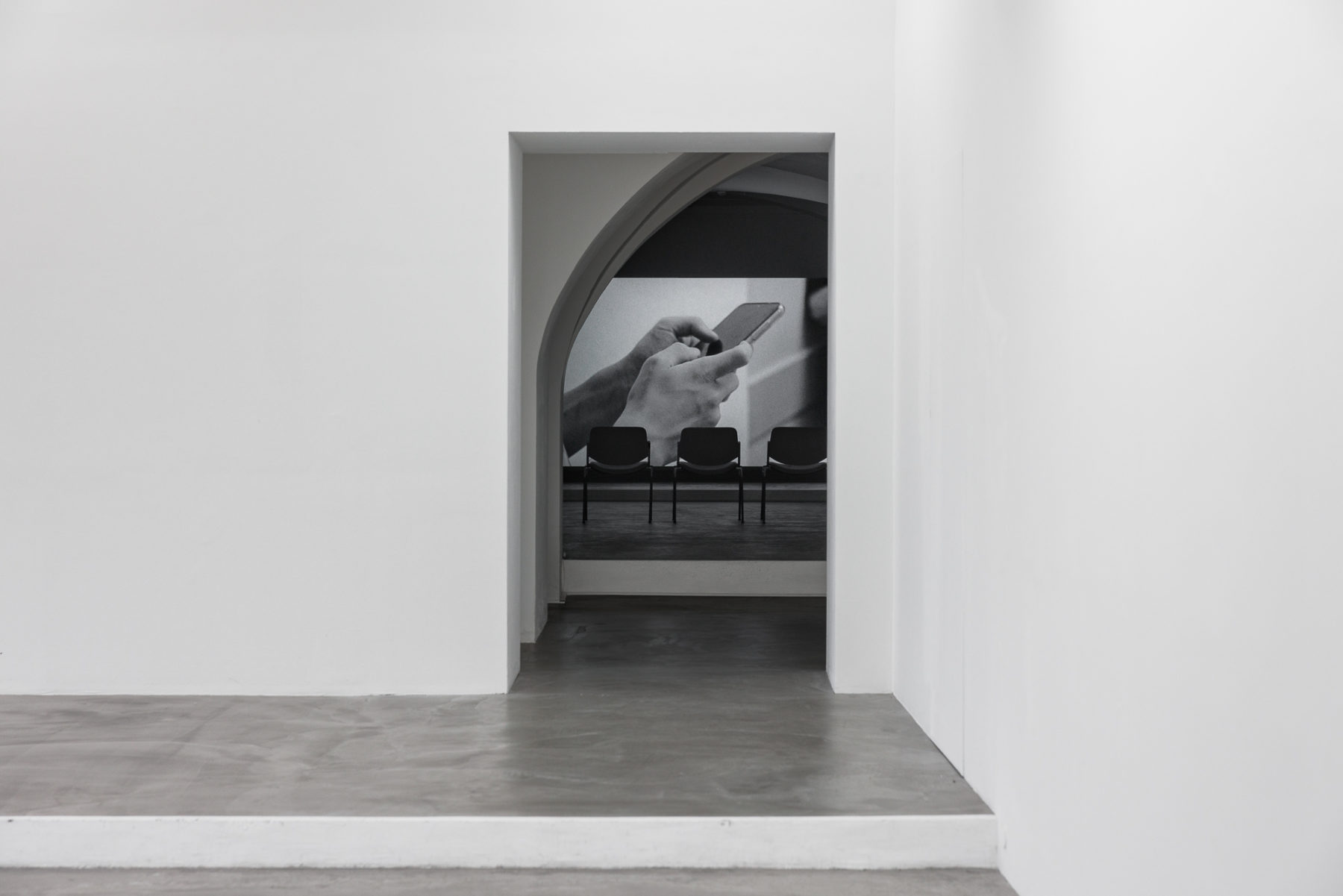
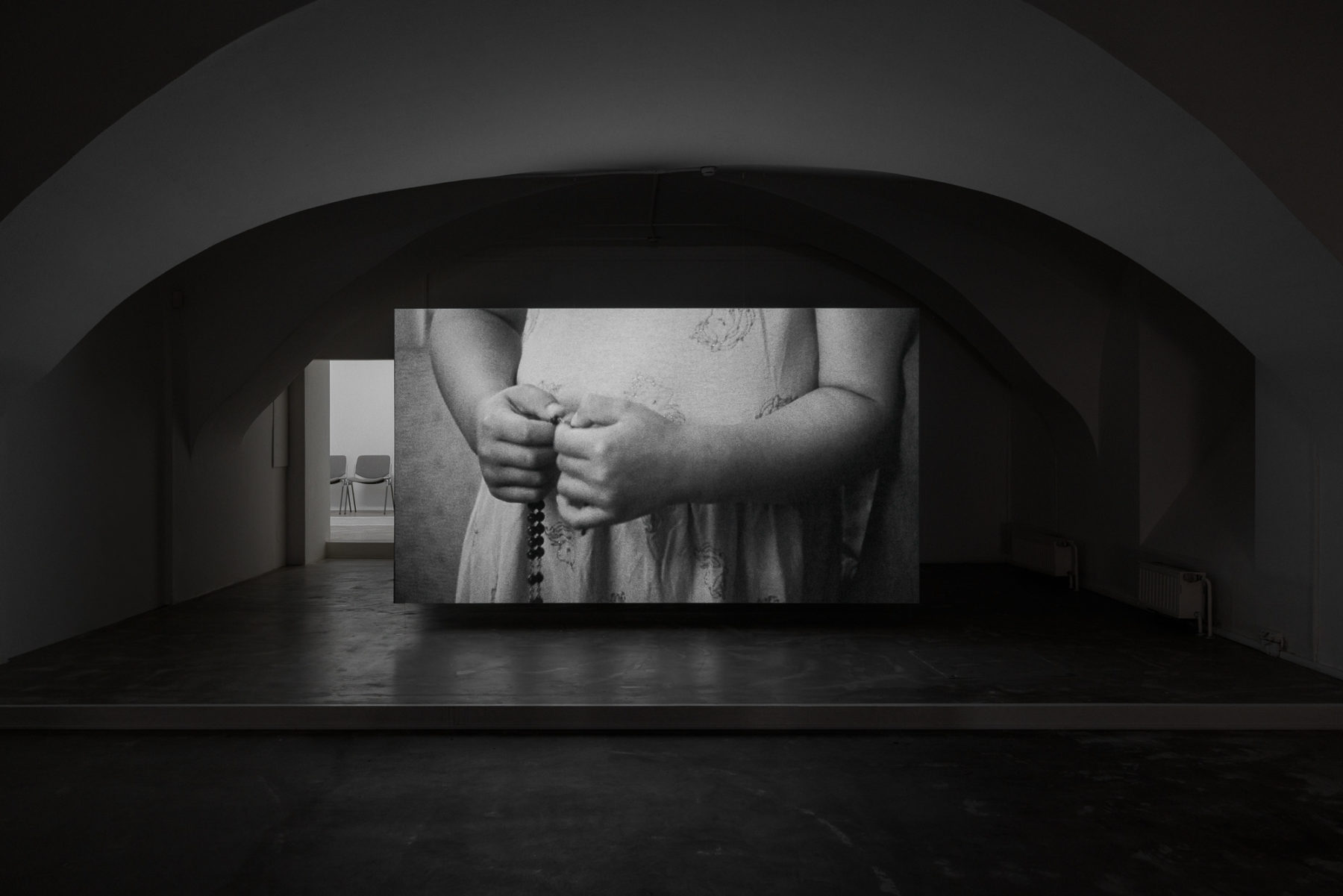
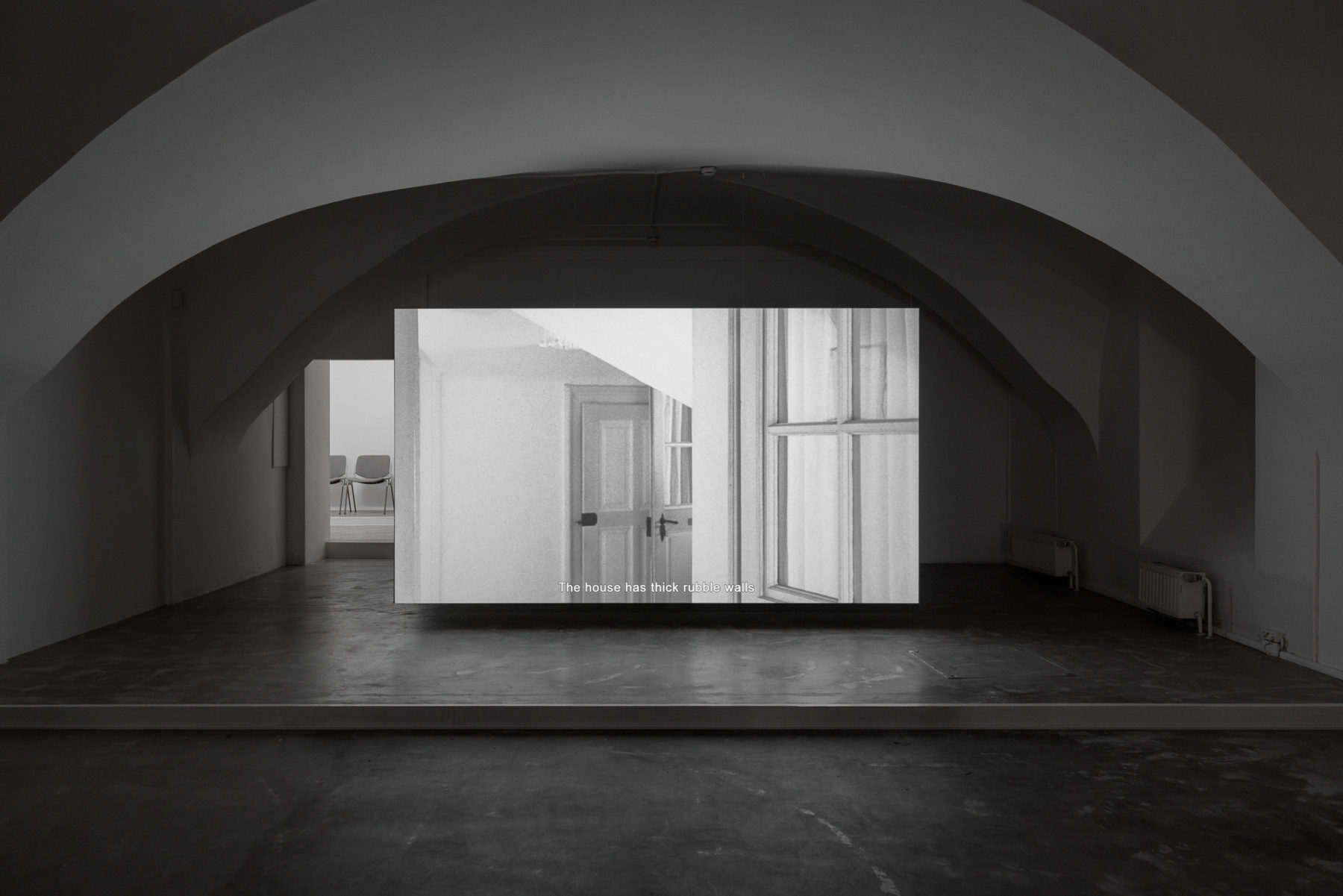
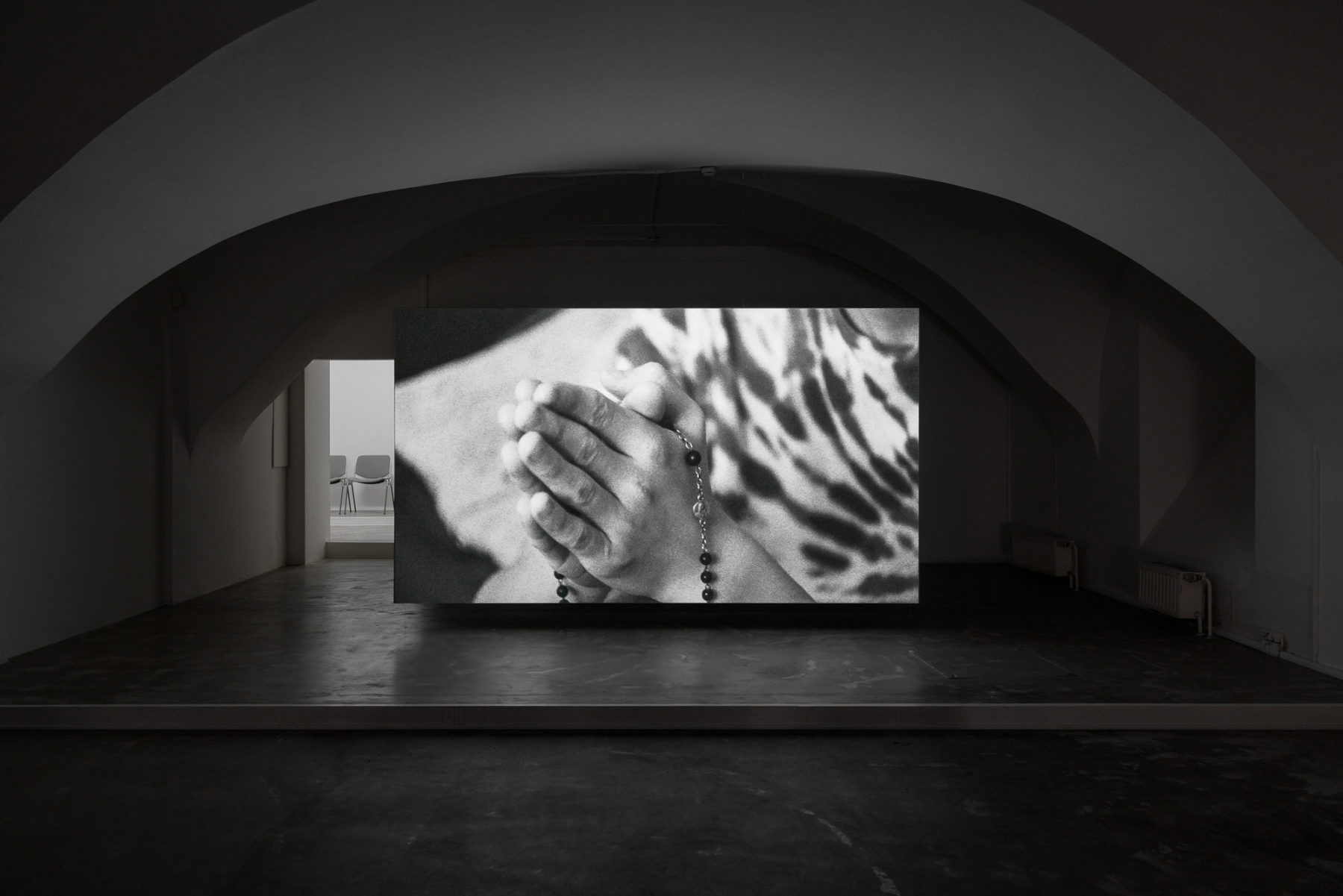
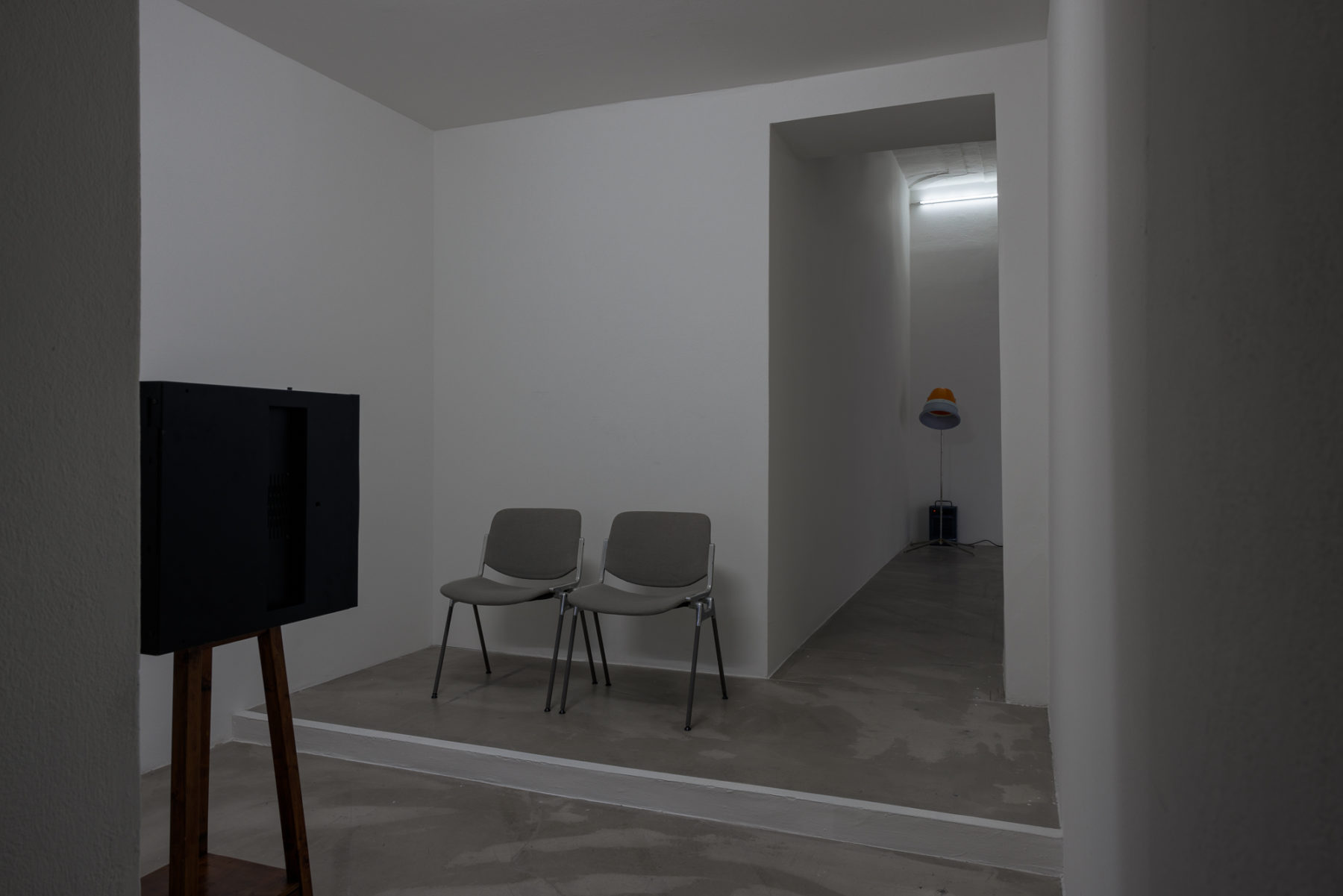
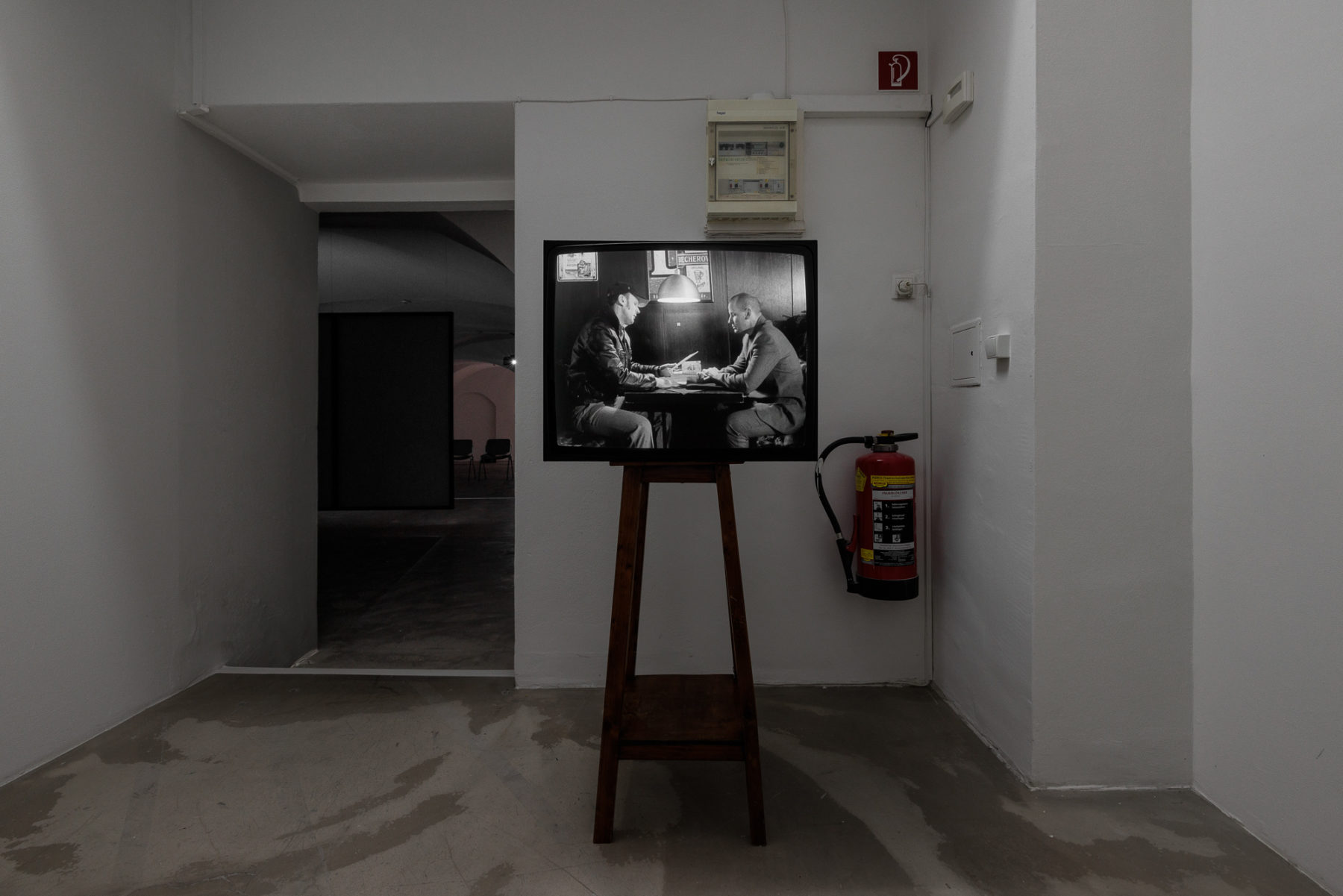
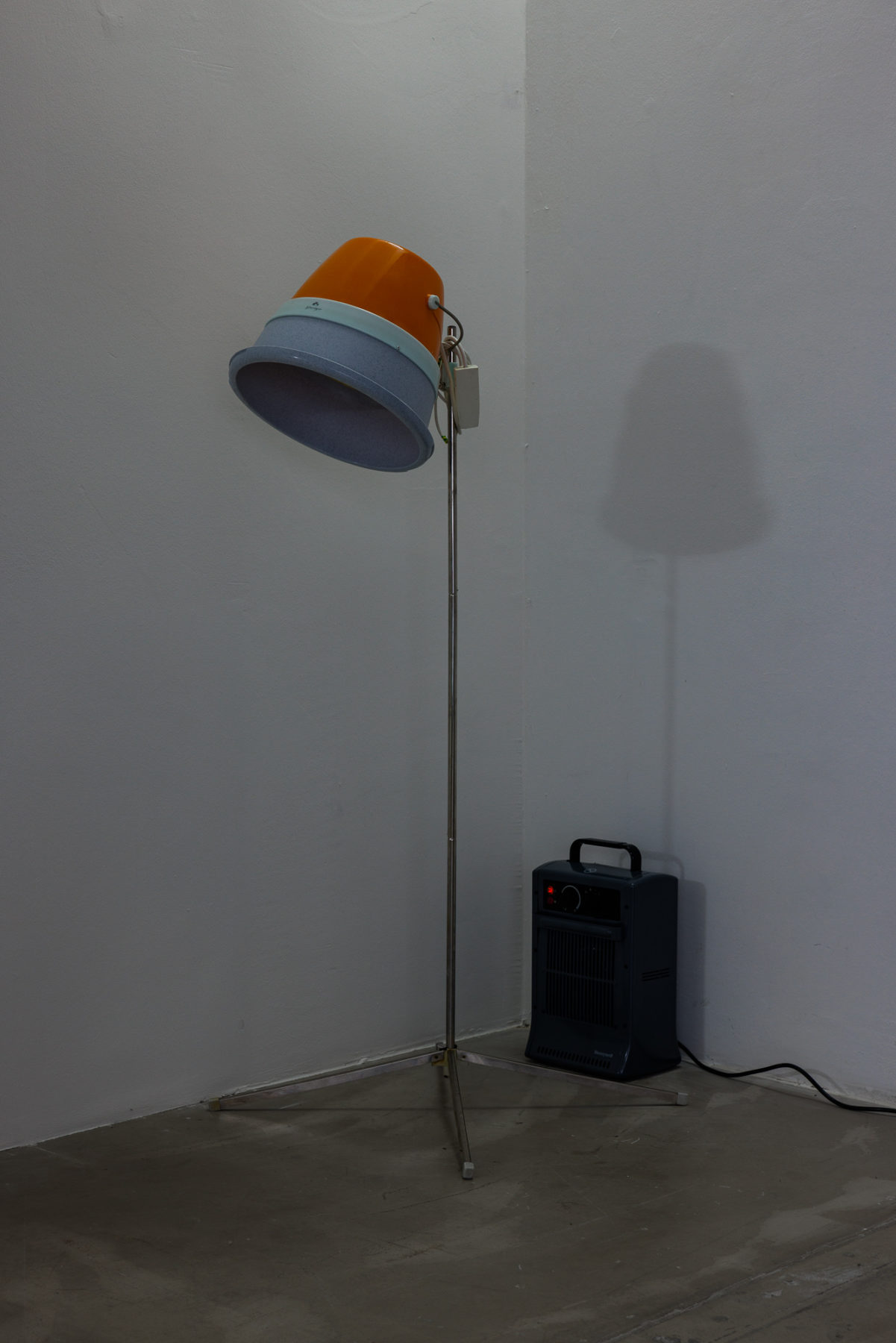
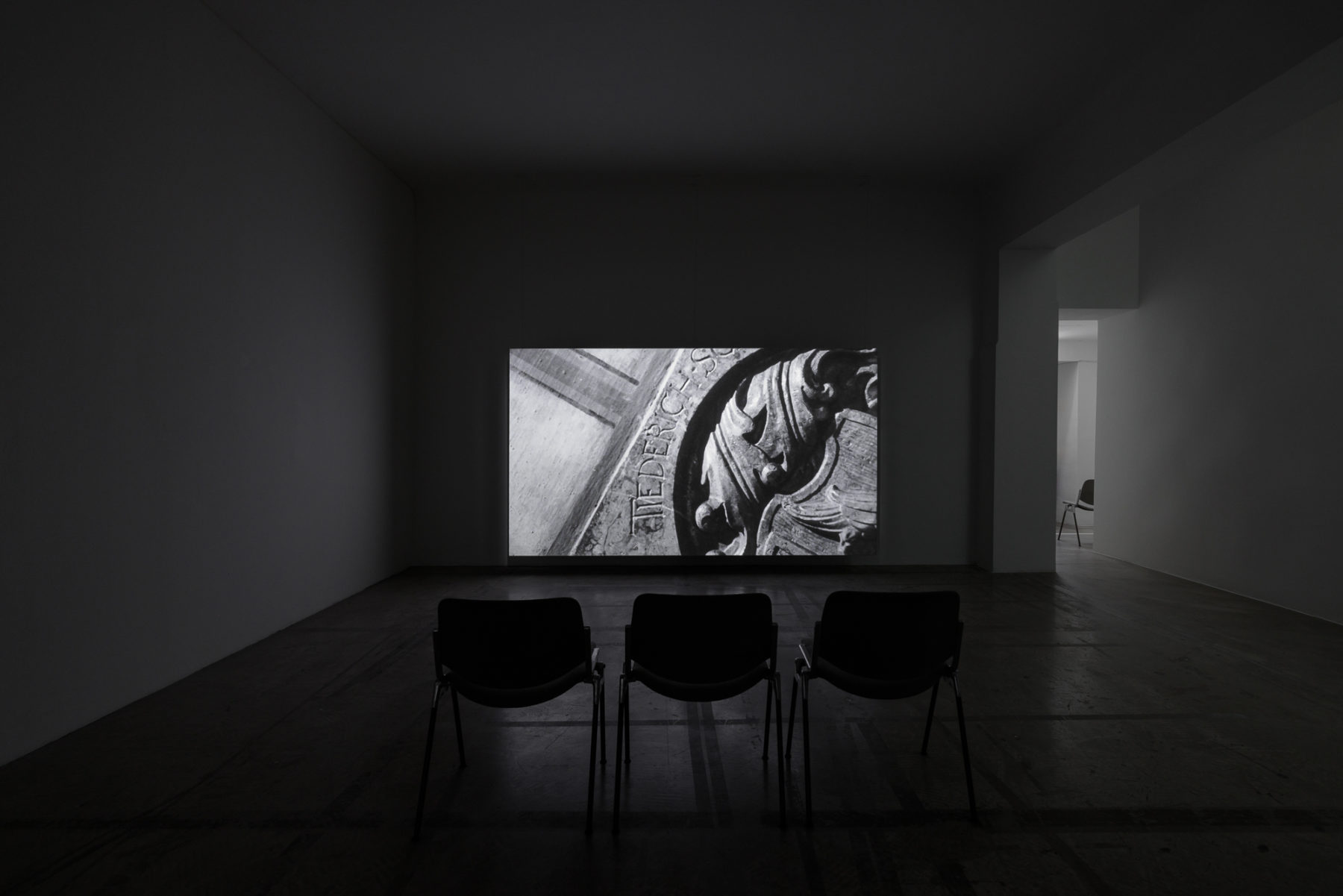
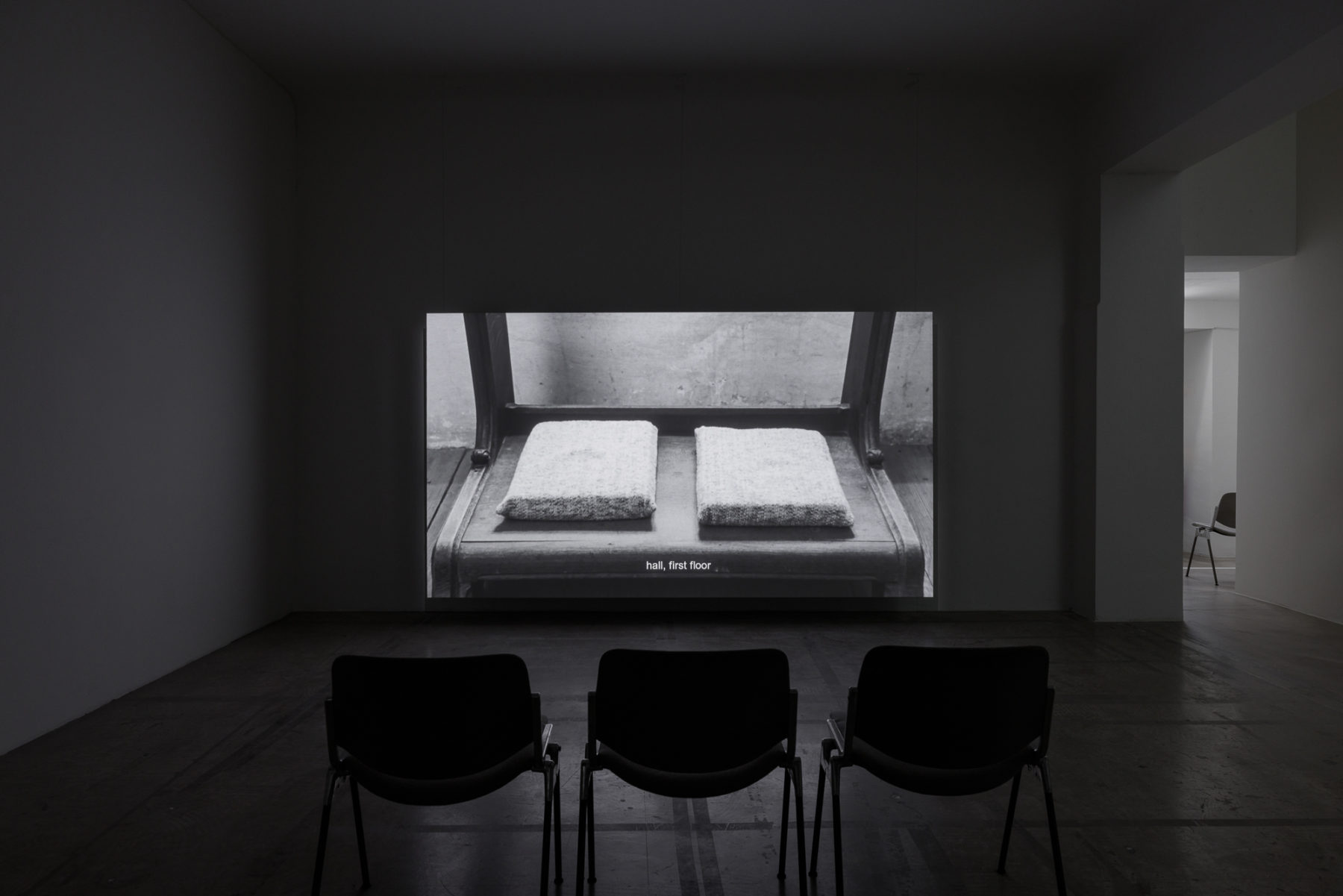
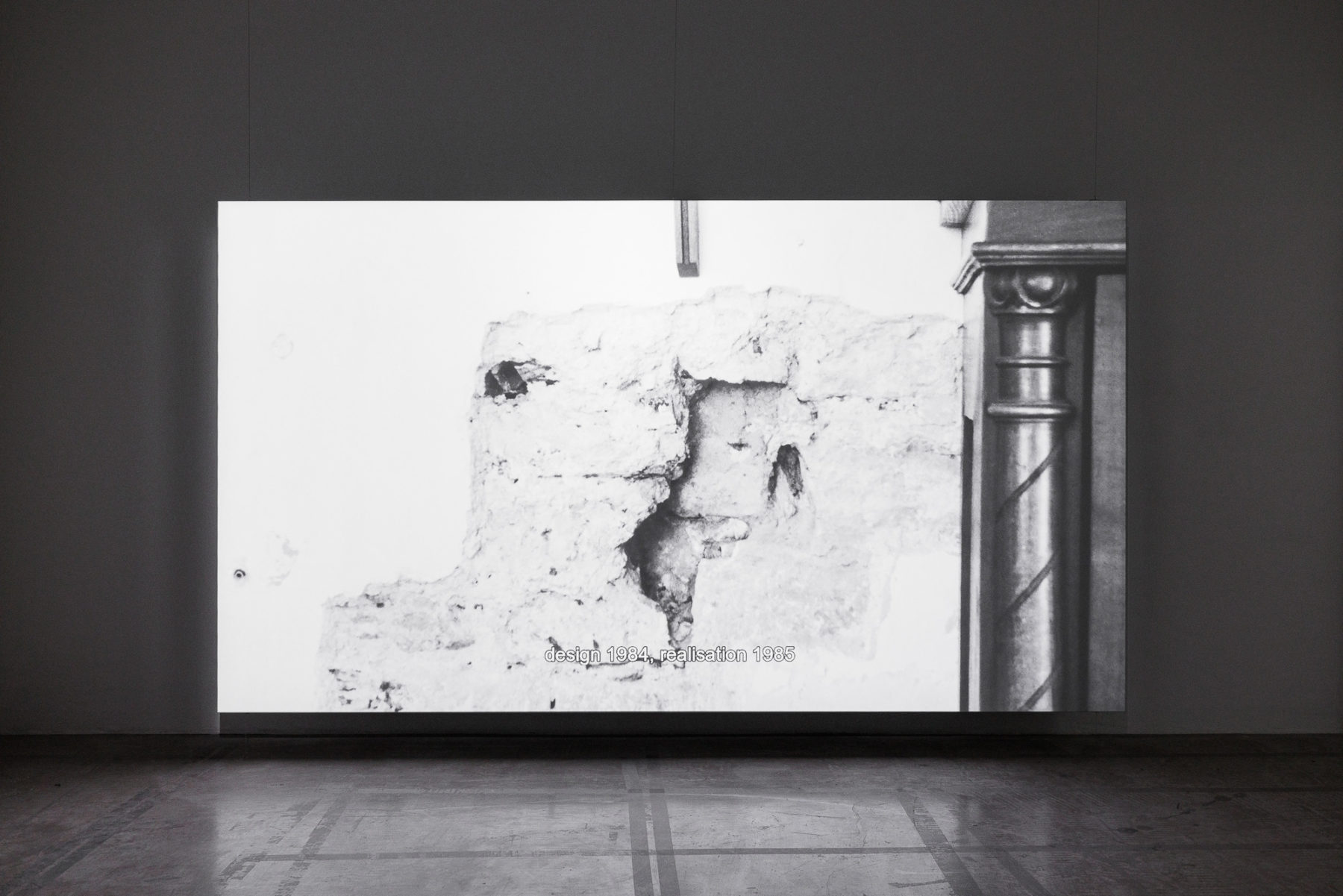
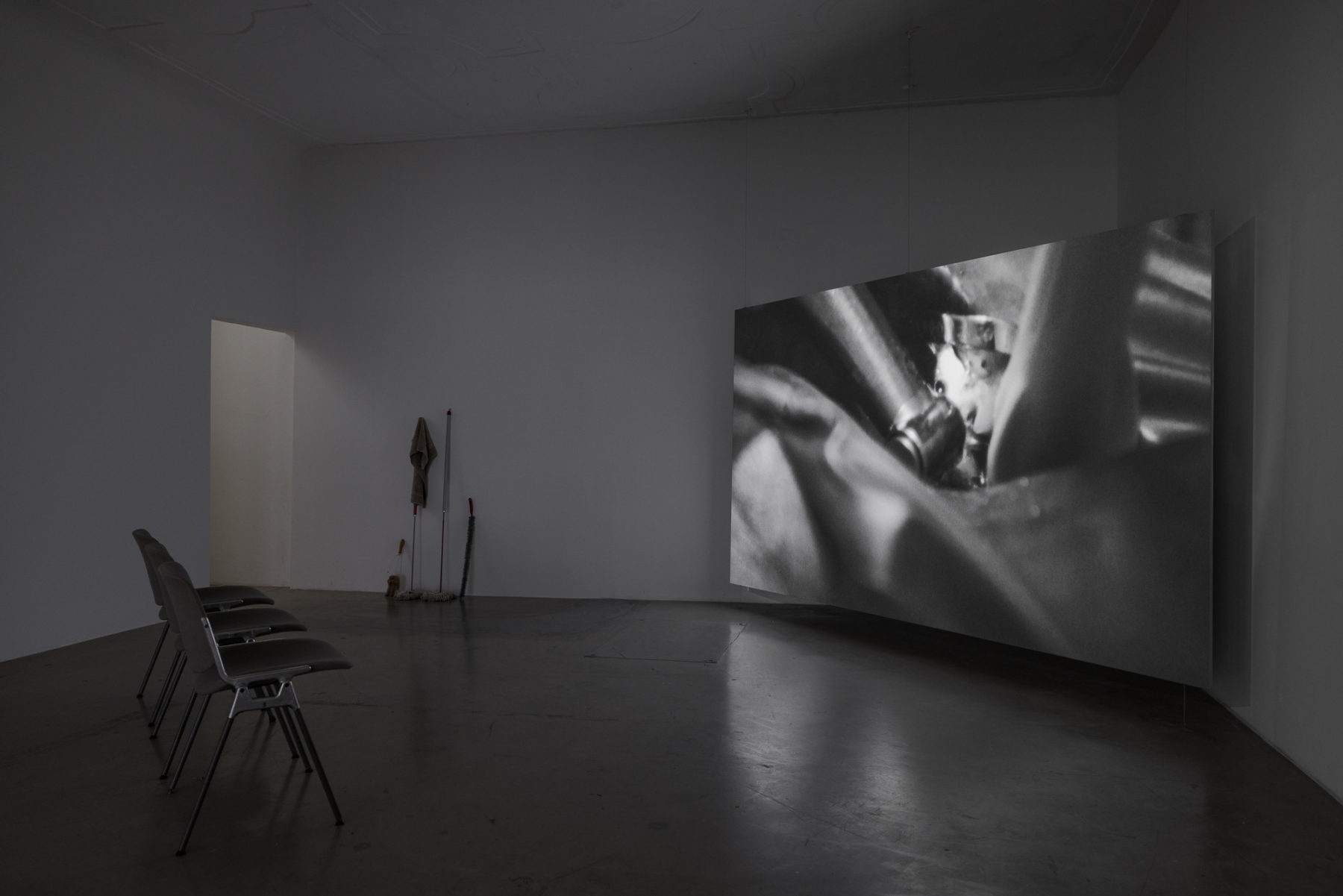
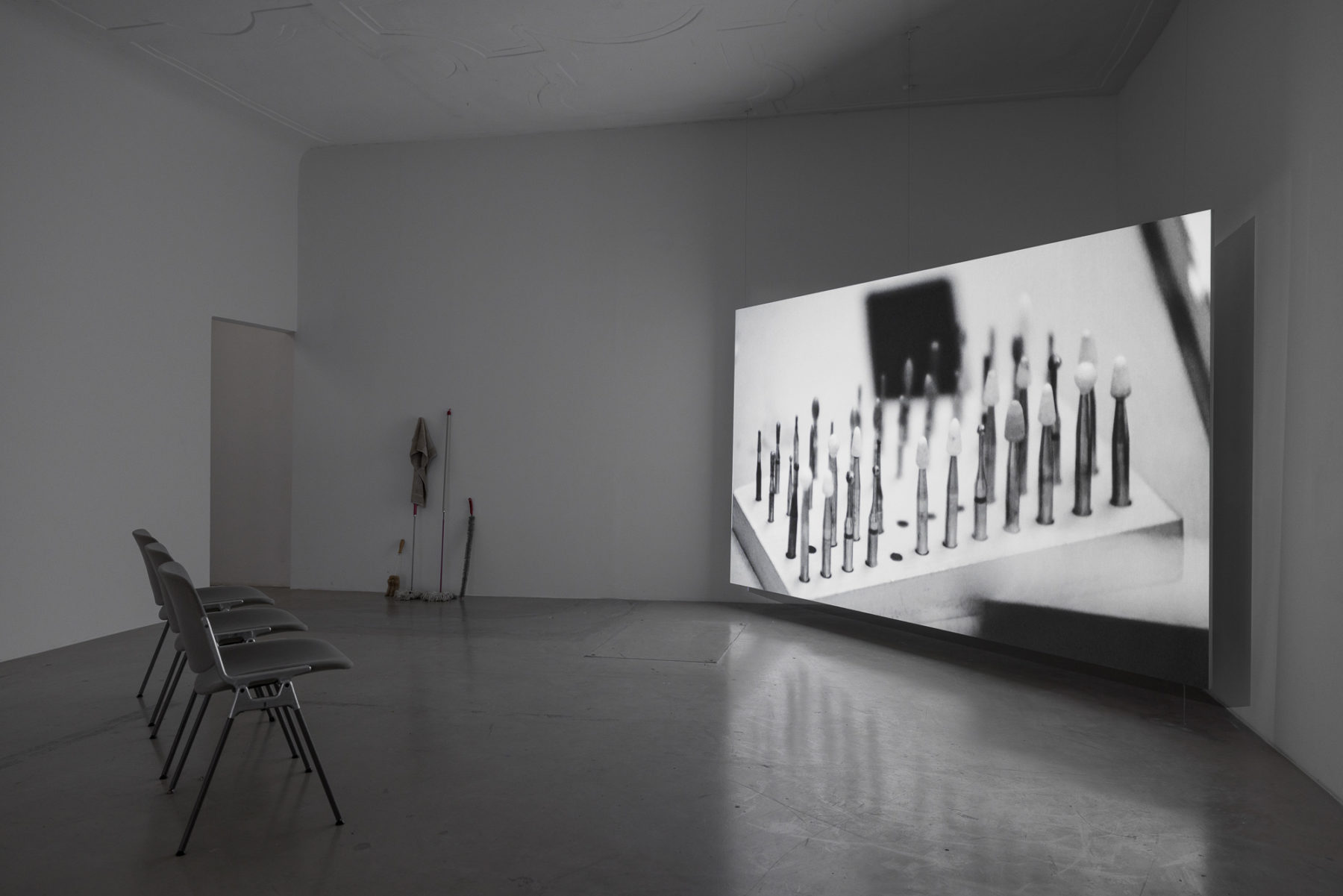
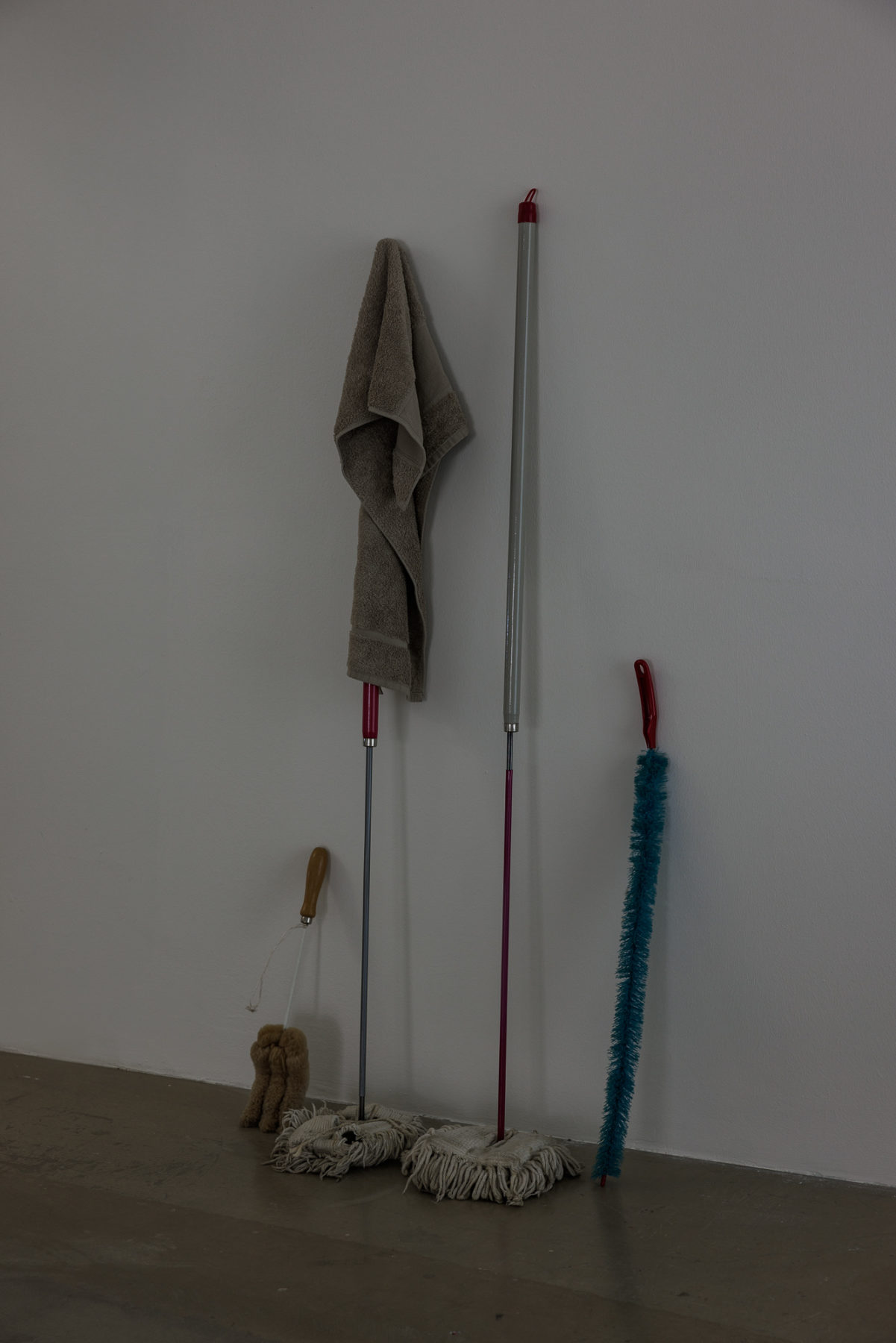
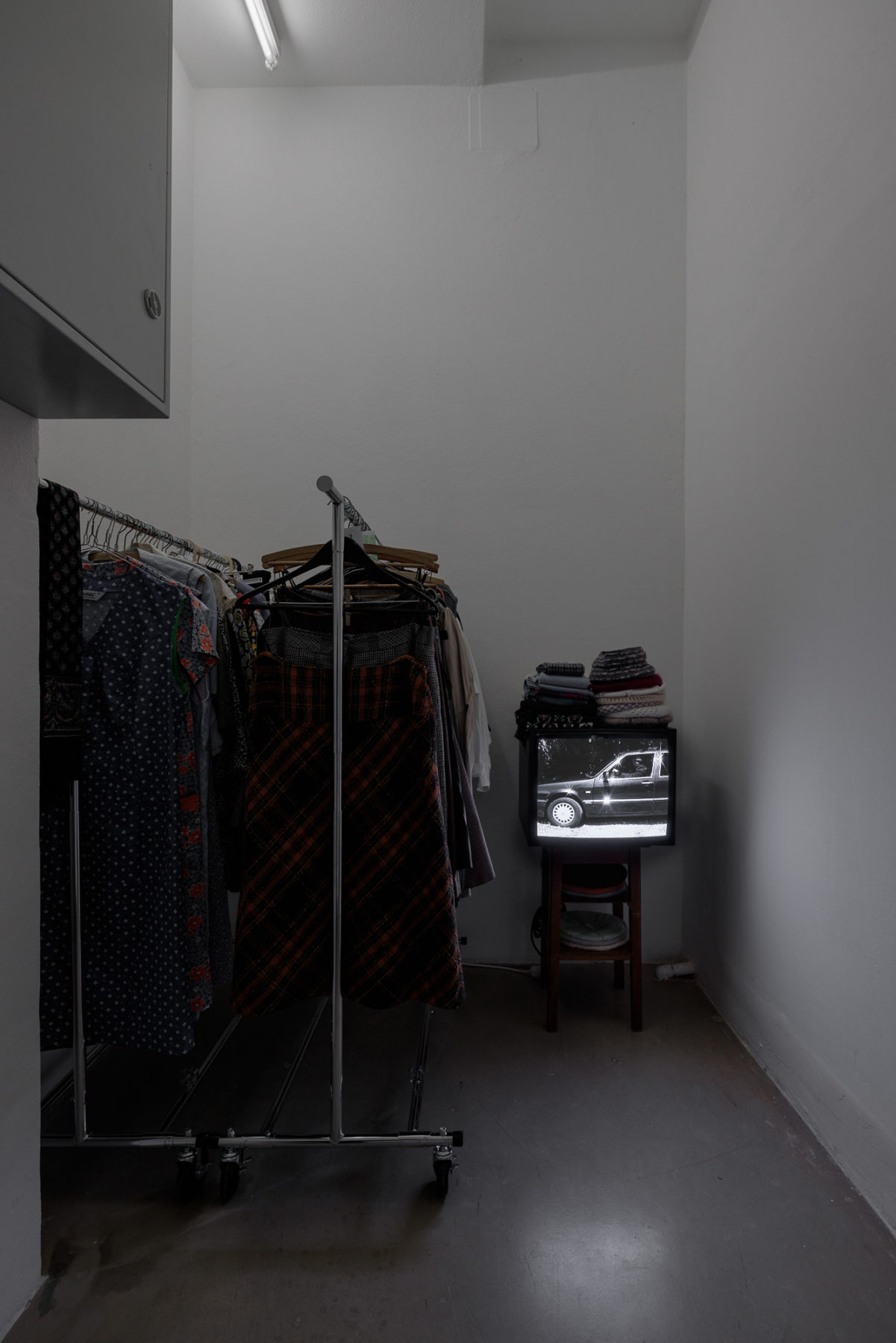

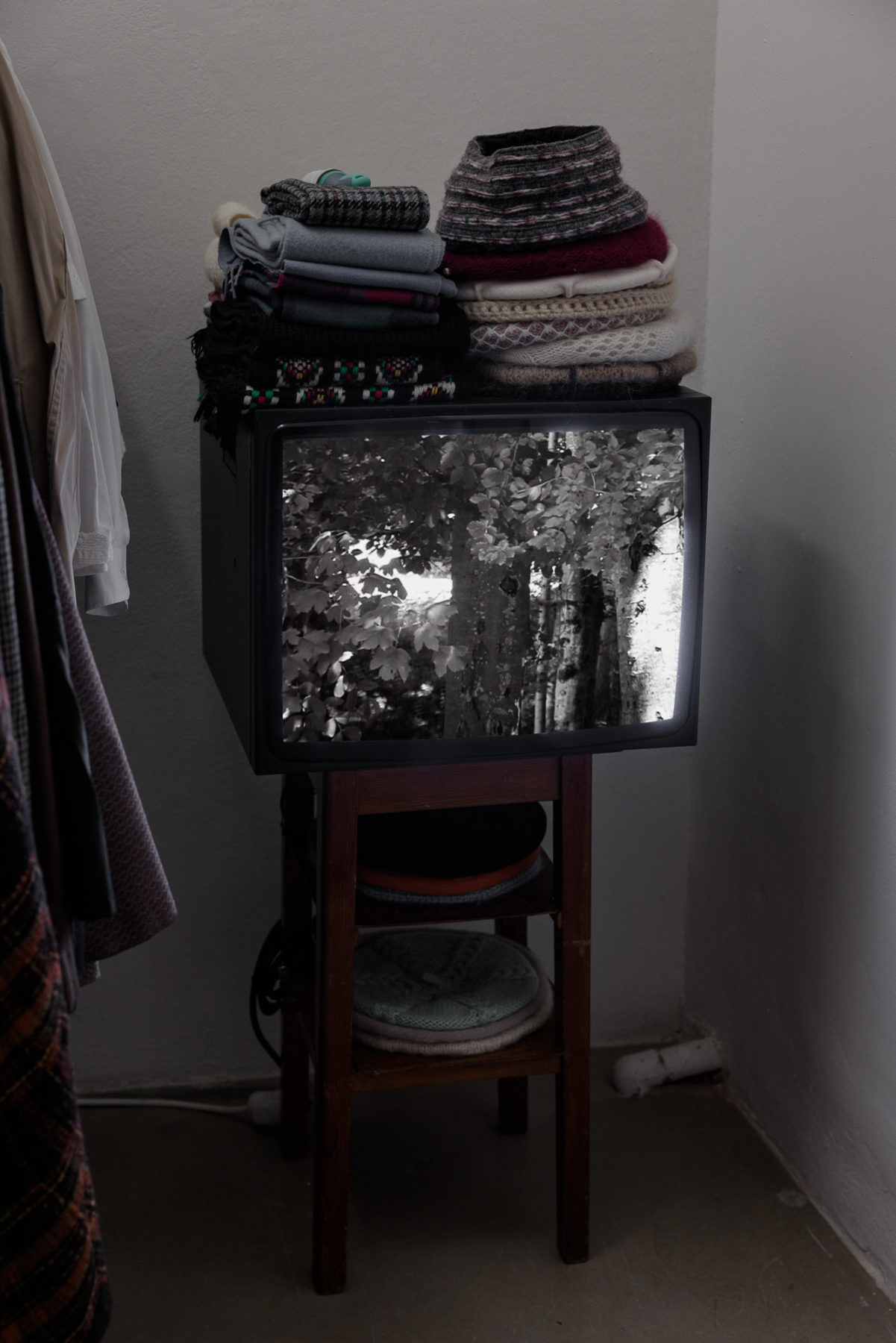
You wrote: the title of his exhibition is the collection of images that accompanies it. Three images of a red eye, split, side by side.
You said that the first image, a red shape against a grey backdrop, felt familiar but resisted identification. You told me that it reminds you of an eye, vigilant and watchful, intertwined with the sharpness of a pointer, guiding.
You wrote: this image is like a half-memory, in a haze, details softened, an invitation to ponder its secrets.
In the second image, you told me, similar shapes appear. The eye and arrow merge in their enigmatic pull, centered on the screen, details blurred at the edges, as if the lens was smudged. You wondered if it is a twin to the first piece, and whether this suggests that clarity is not always necessary for understanding. Is this movement a suggestion, a gentle nudge towards meaning?
You wrote: the quality of these images will draw you towards a mysterious dance.
The third image, you said, will stand with bold clarity once the blur is mostly lifted to reveal the design. The red lines will be crisp against a brownish-white background, the eye’s form will be distinct, the cursor’s thrust confident and unwavering. You said you will want the image to speak with a clear voice, as its symbolism becomes unmistakable: the fusion of vision and direction, perception and purpose.
You wrote: this image will crystallize what the others hinted at.
These three images, like his exhibition, did not use words. You wrote that the images themselves generated language. That they served as a premonition of something not yet realized. You said that you had heard songs of green and yellow and silver and the smell of camphor. And in that absence of words, we tried to make images speak.
The exhibition is curated by Tom Engels and will be accompanied by a publication developed by Jason Dodge, Julie Peeters, and Tom Engels.
On the occasion of the exhibition’s opening, as well as the joint openings at Halle für Kunst Steiermark and Neue Galerie Graz, a shuttle bus from and back to Vienna will be provided.
Departure Vienna: 2:00 pm, Operngasse 4, Buszone, Wiener Staatsoper
Return 10:00 pm, Burgring 2, Halle für Kunst Steiermark
More information can be obtained by emailing office@grazerkunstverein.org.
JASON DODGE recently presented the solo exhibitions Tomorrow, I Walked to a Dark Black Star at MUDAM, Luxembourg (2024); Cut a Door in the Wolf at MACRO, Rome (2021); and They Lifted Me into the Sun and Packed My Empty Skull in Cinnamon, a six-part exhibition held at Akwa Ibom, Athens; Guimarães, Vienna; MOREpublishers with Gevaert Editions, Brussels; Galleria Franco Noero, Turin; and Gern en Regalia, New York (2020). In 2014, he curated Ronald Jones: 1987–1992 at the Grazer Kunstverein in collaboration with Krist Gruijthuijsen, its former artistic director, which was accompanied by Ronald Jones, a publication published by Grazer Kunstverein and Motto Books. Dodge founded and continues to edit the poetry imprint fivehundred places, and lives on the island of Møn in Denmark.
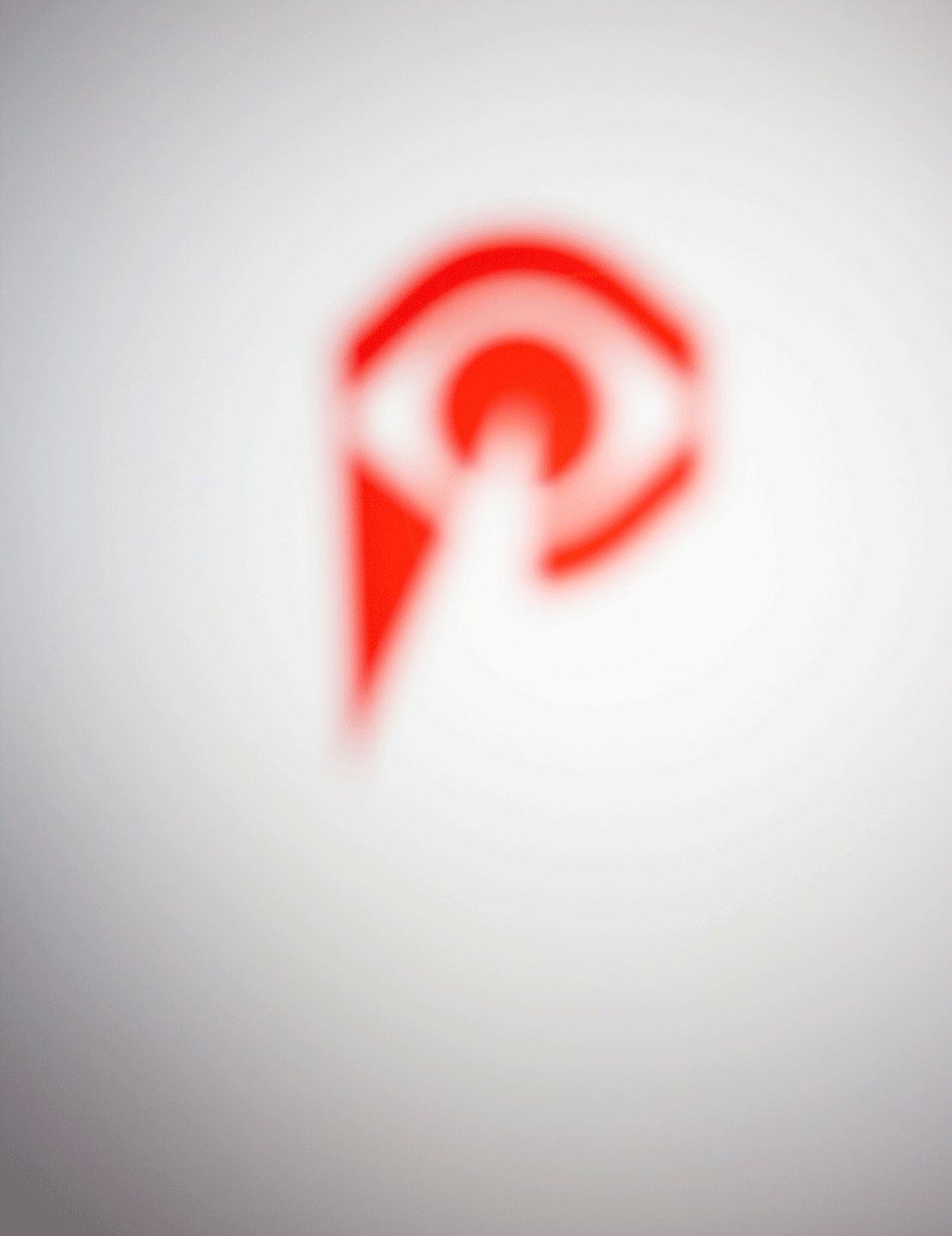
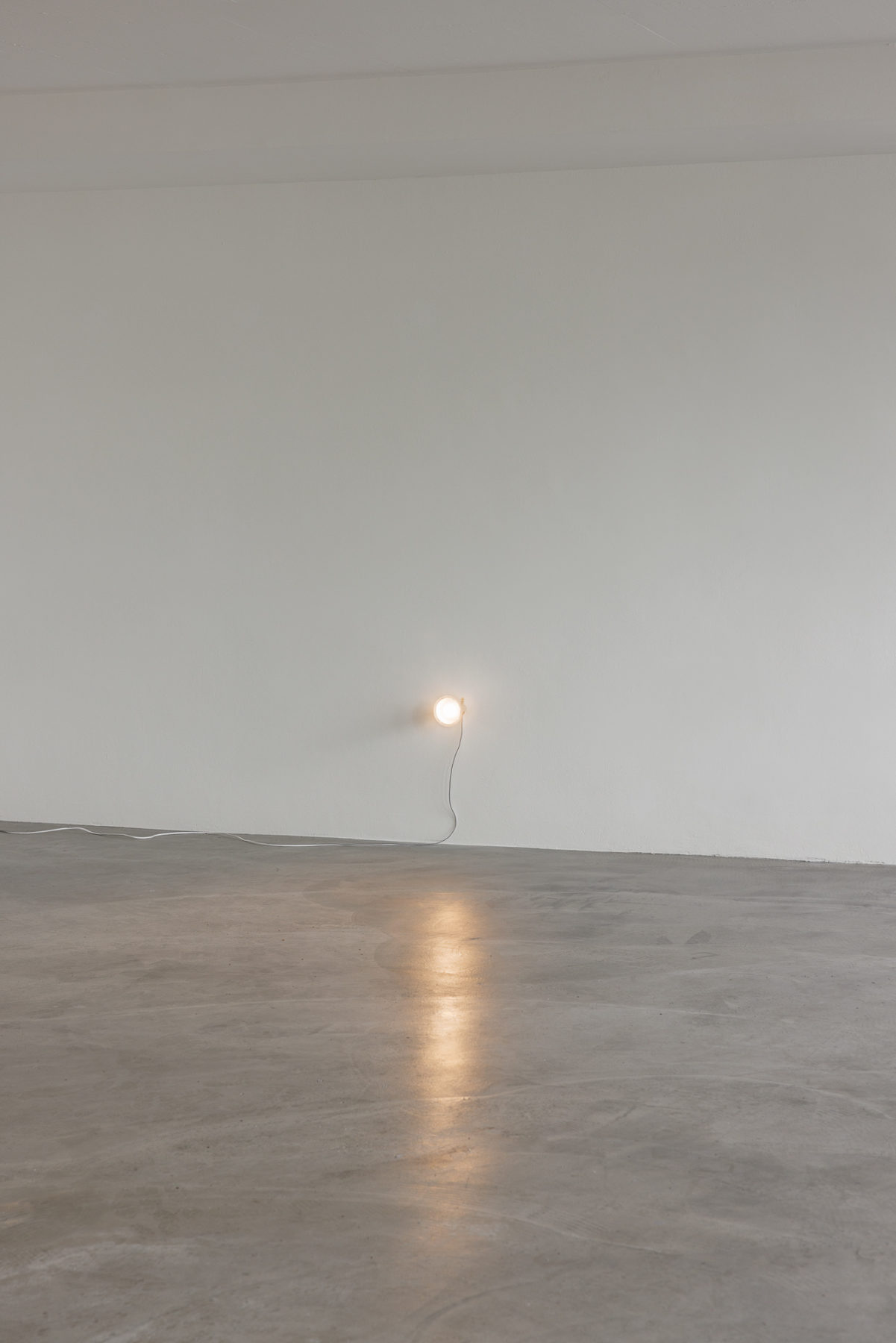
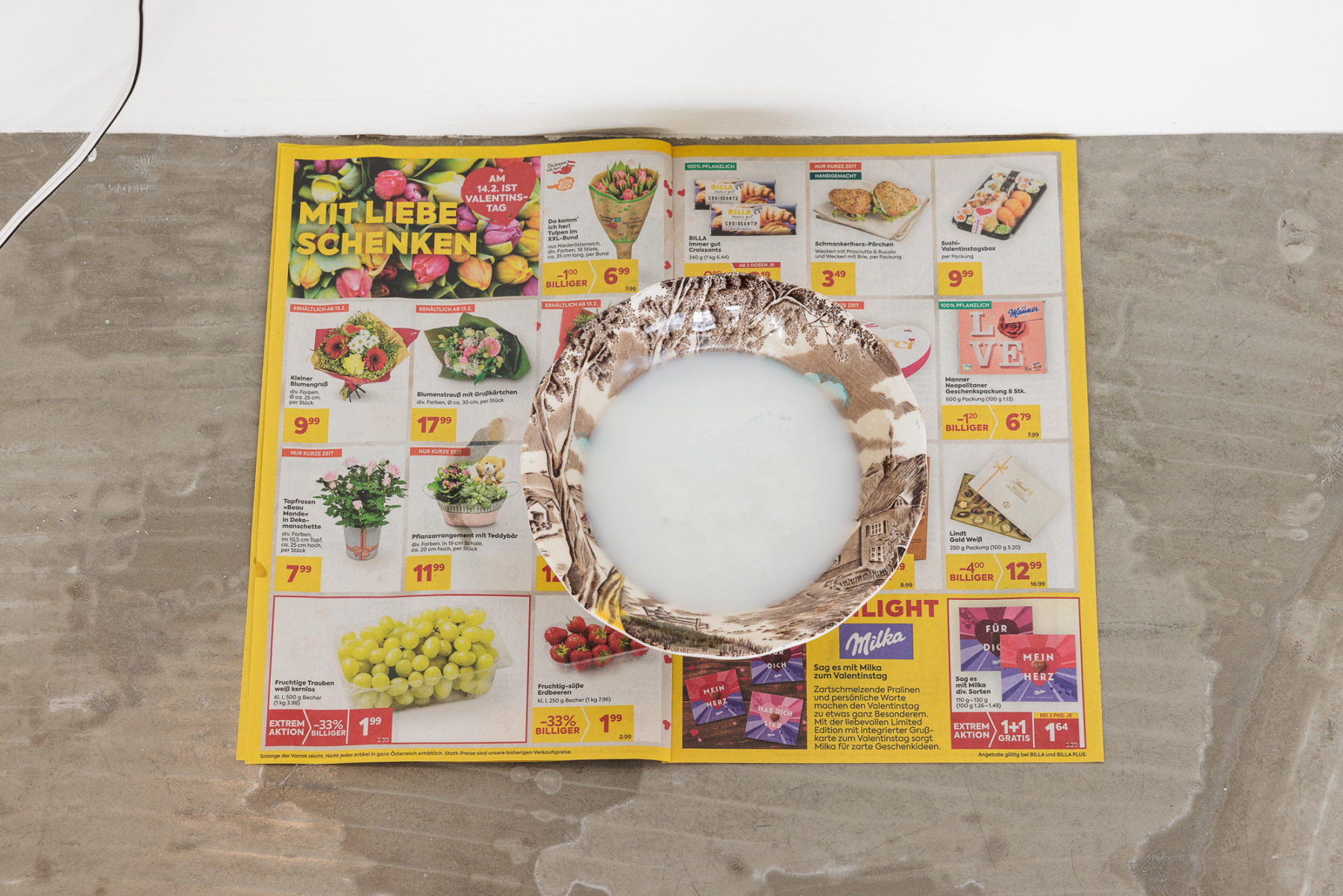
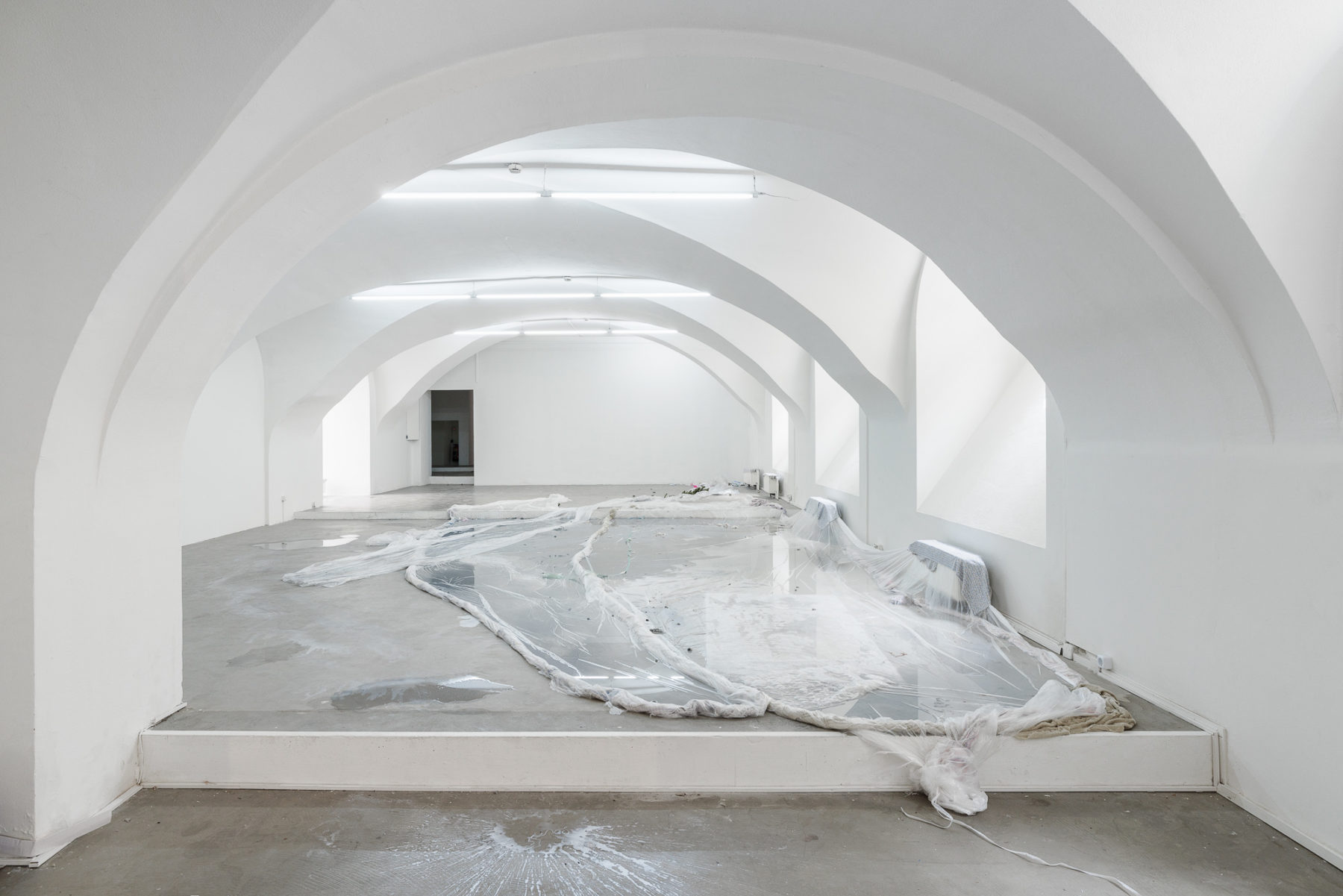
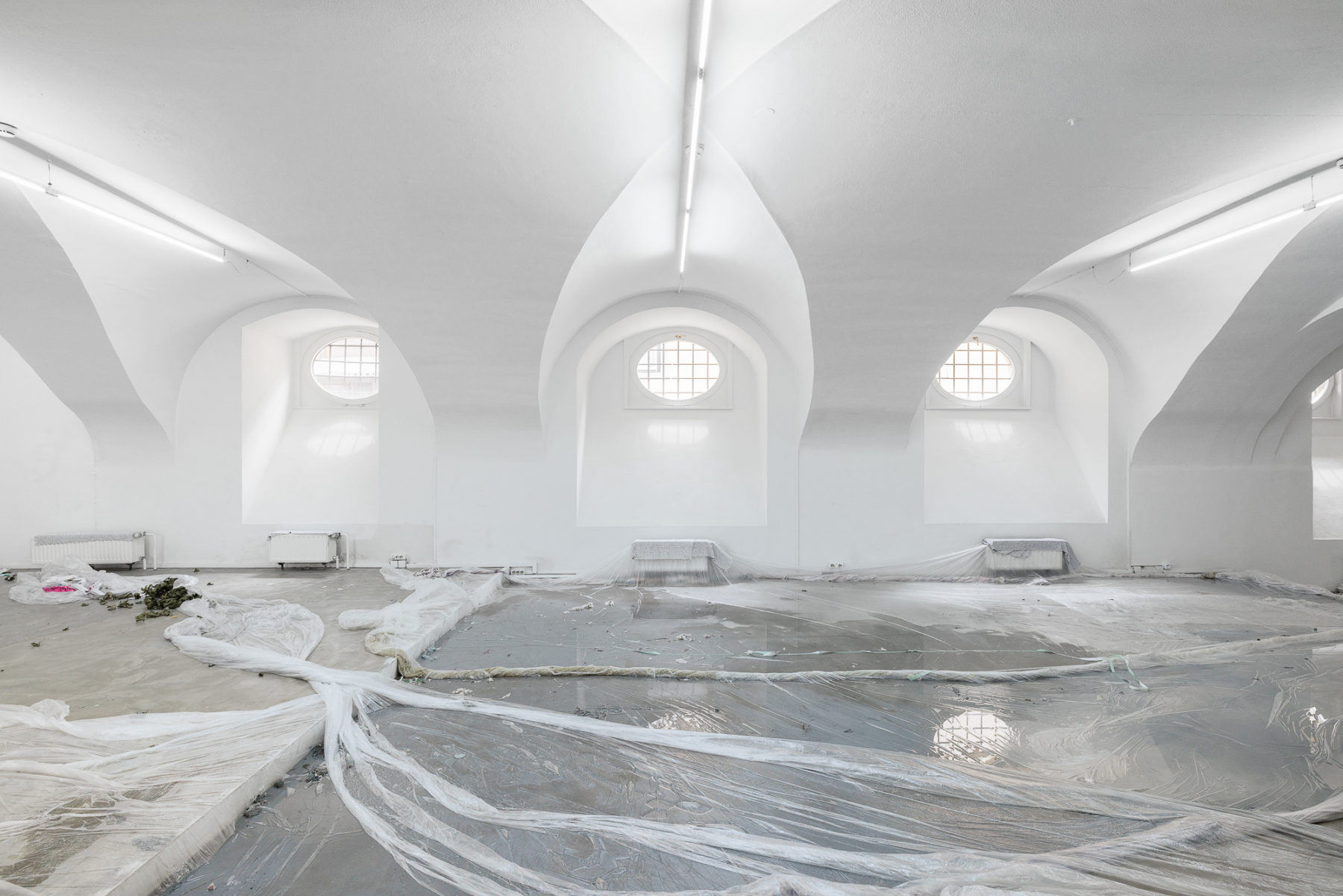
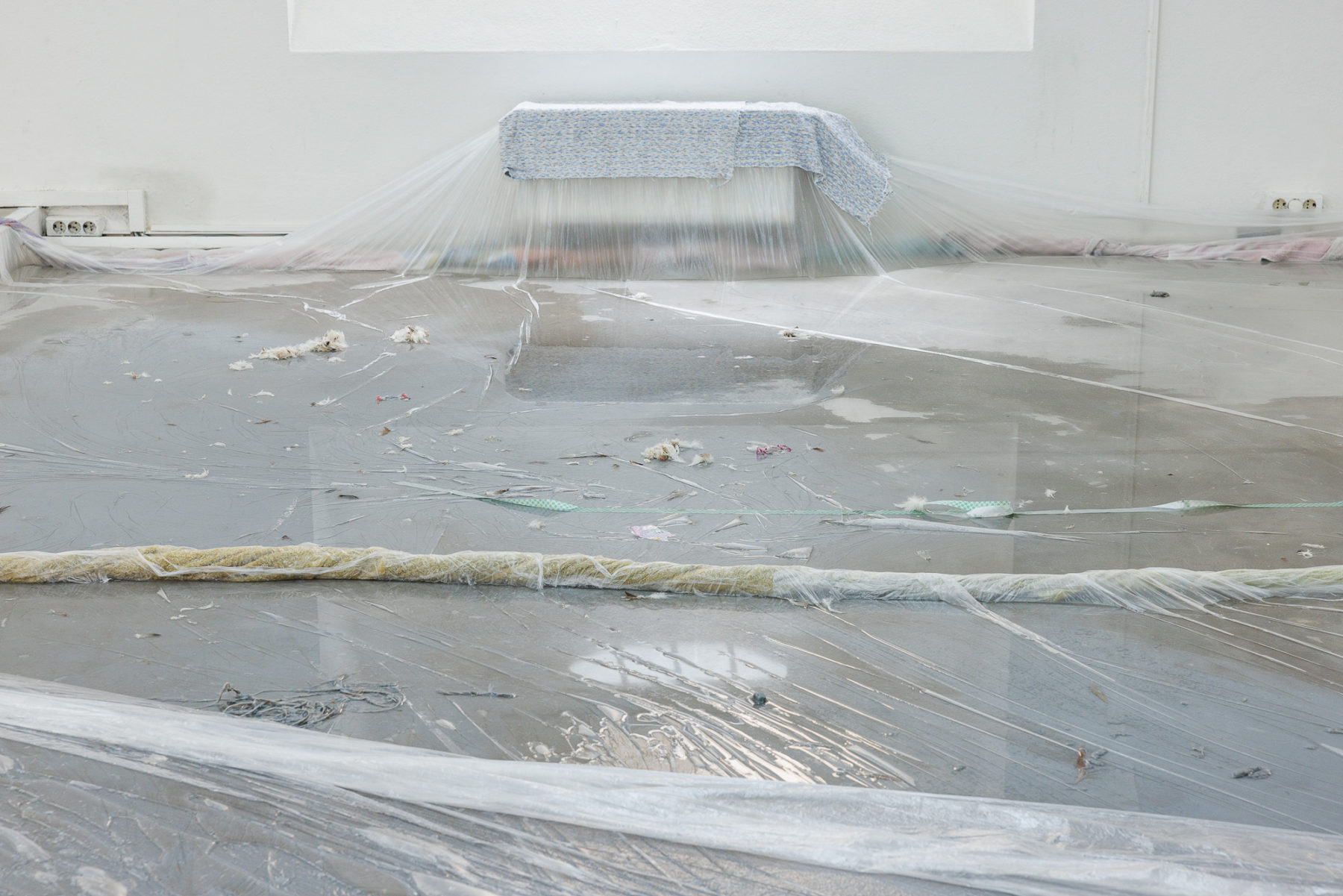
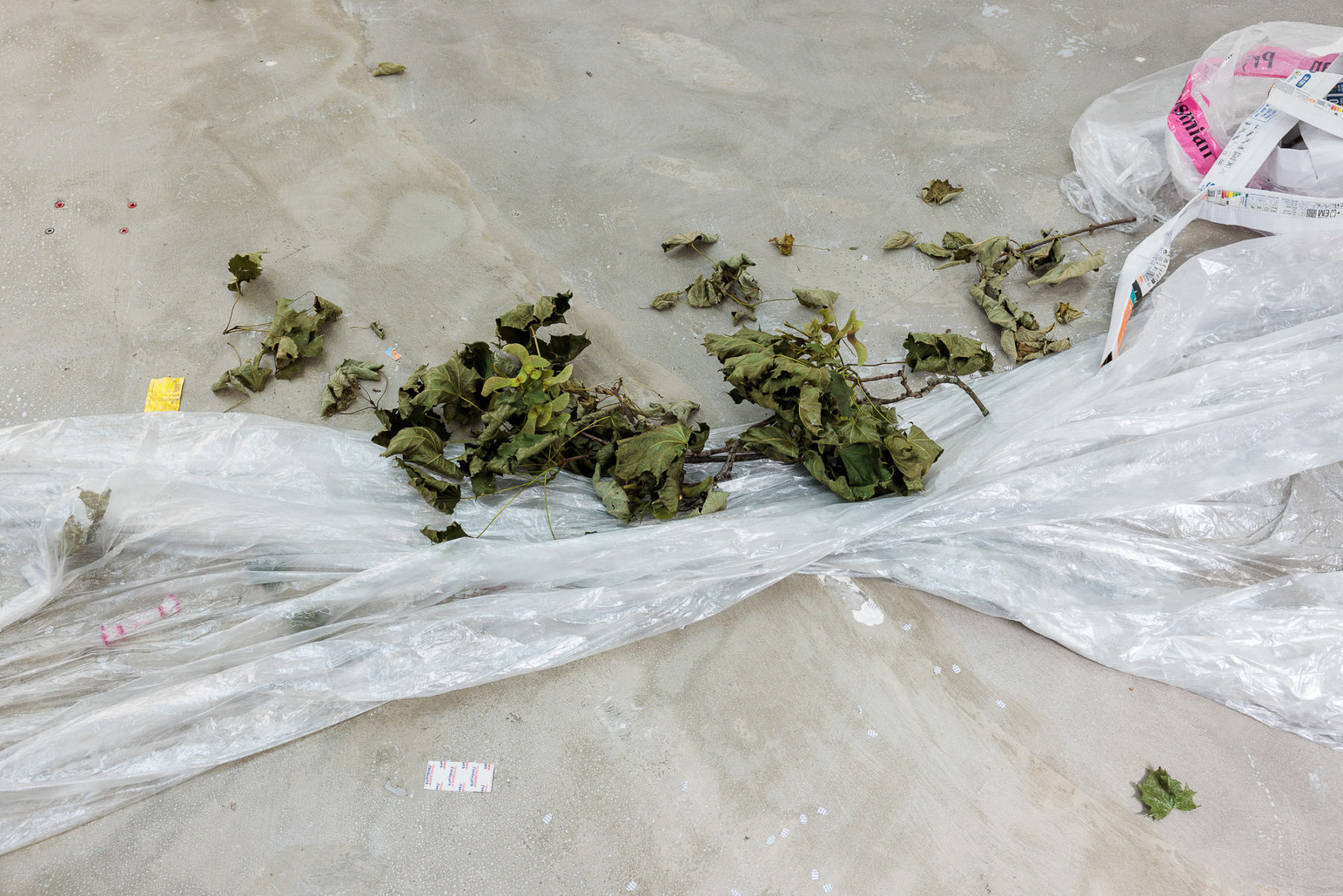
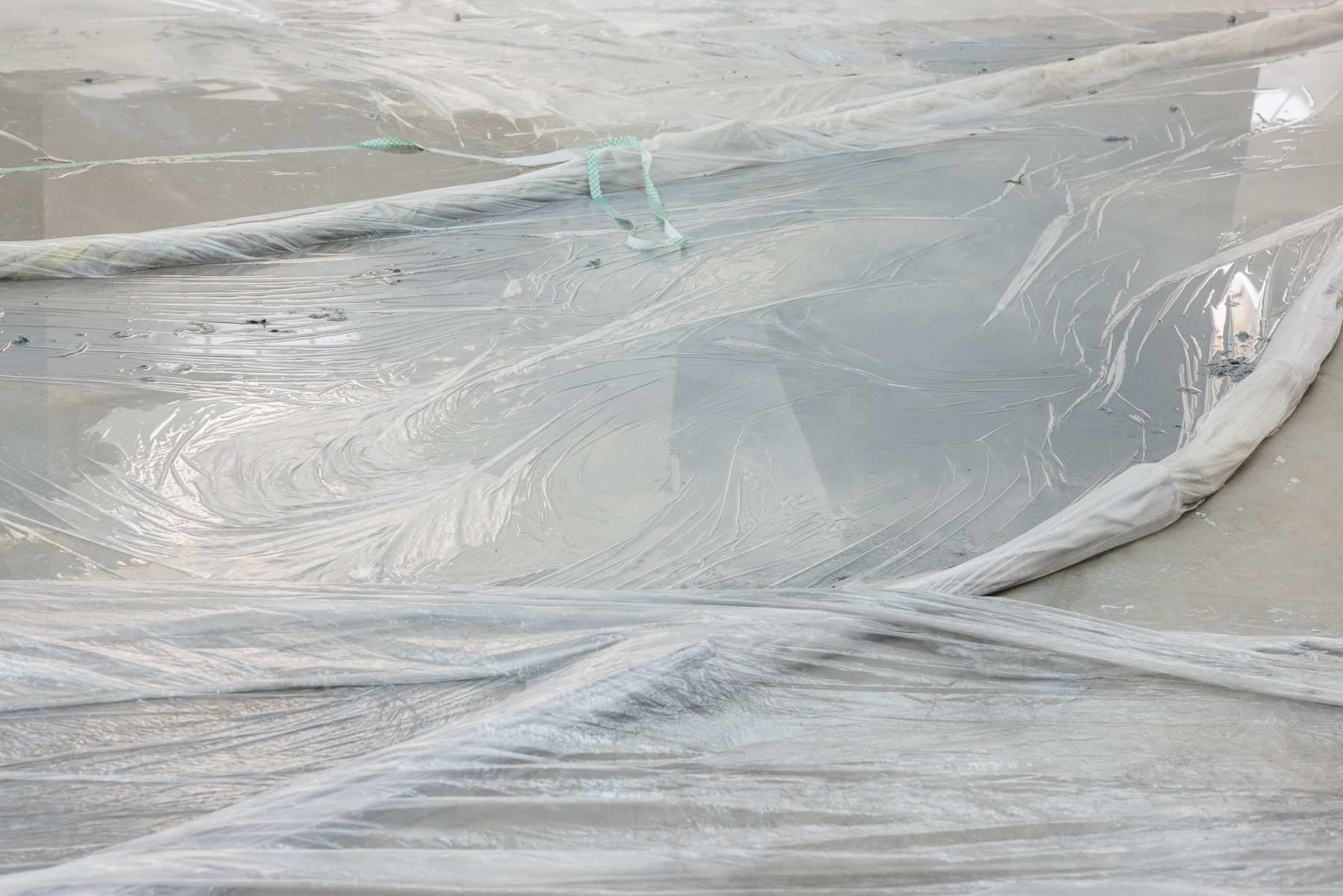
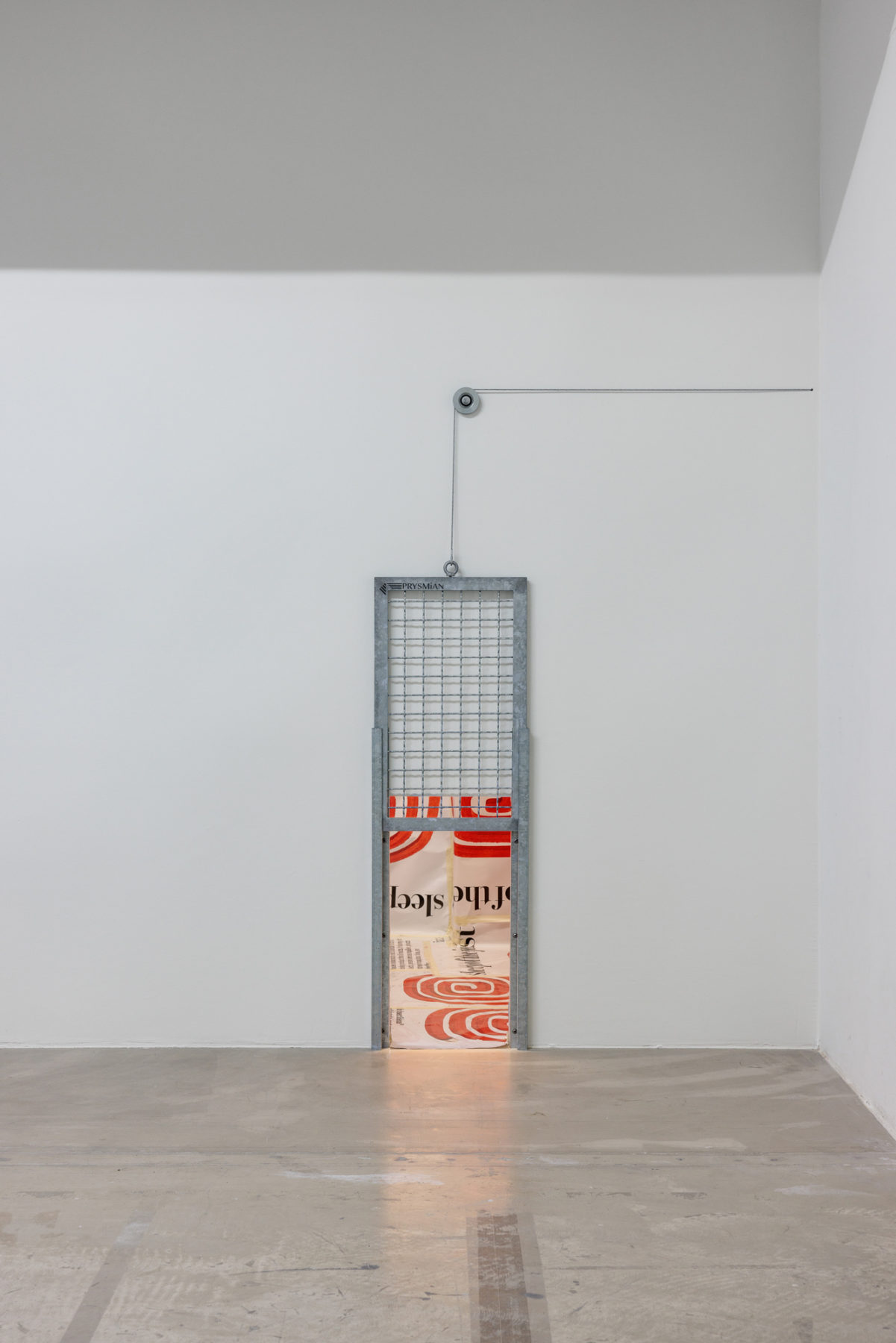
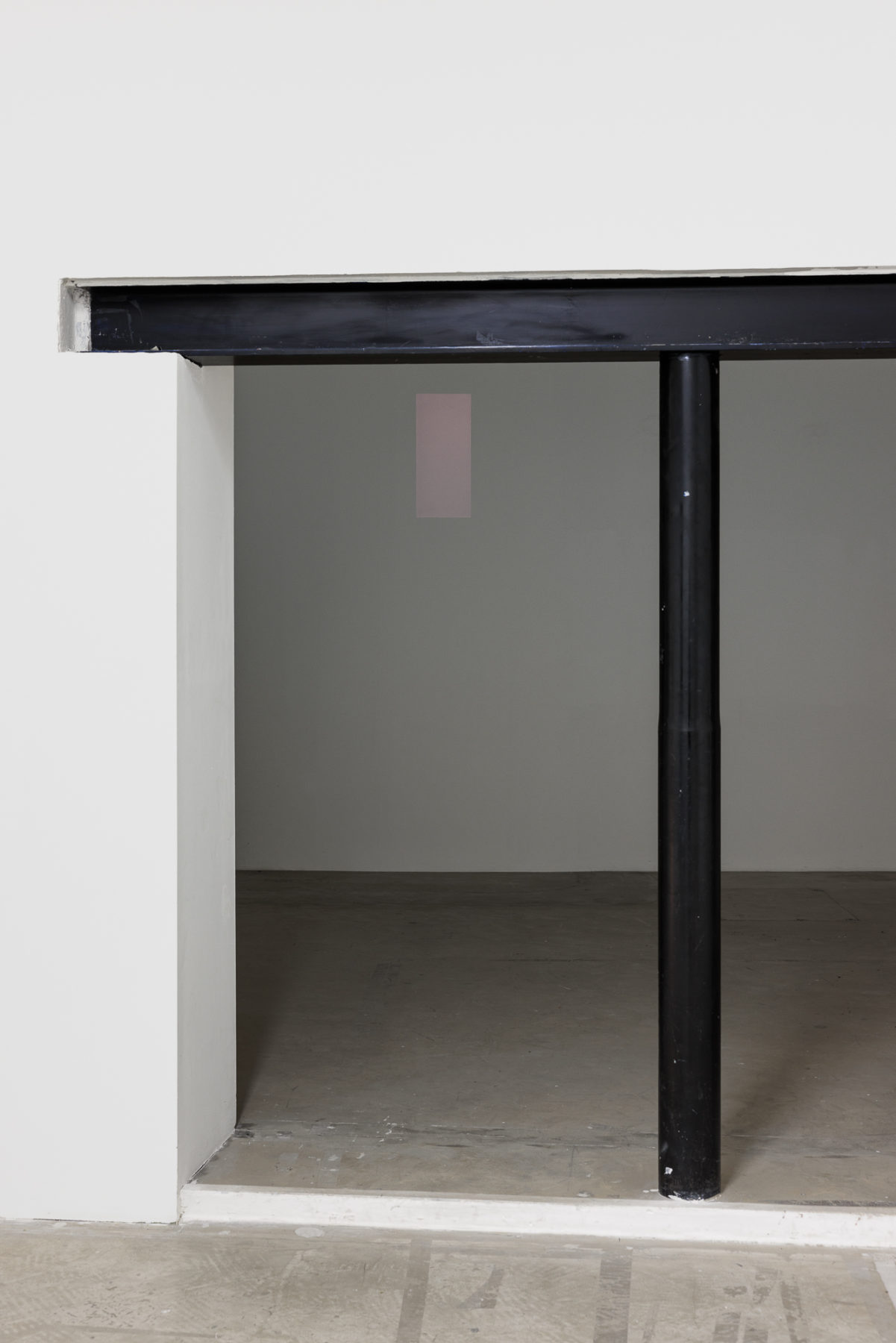
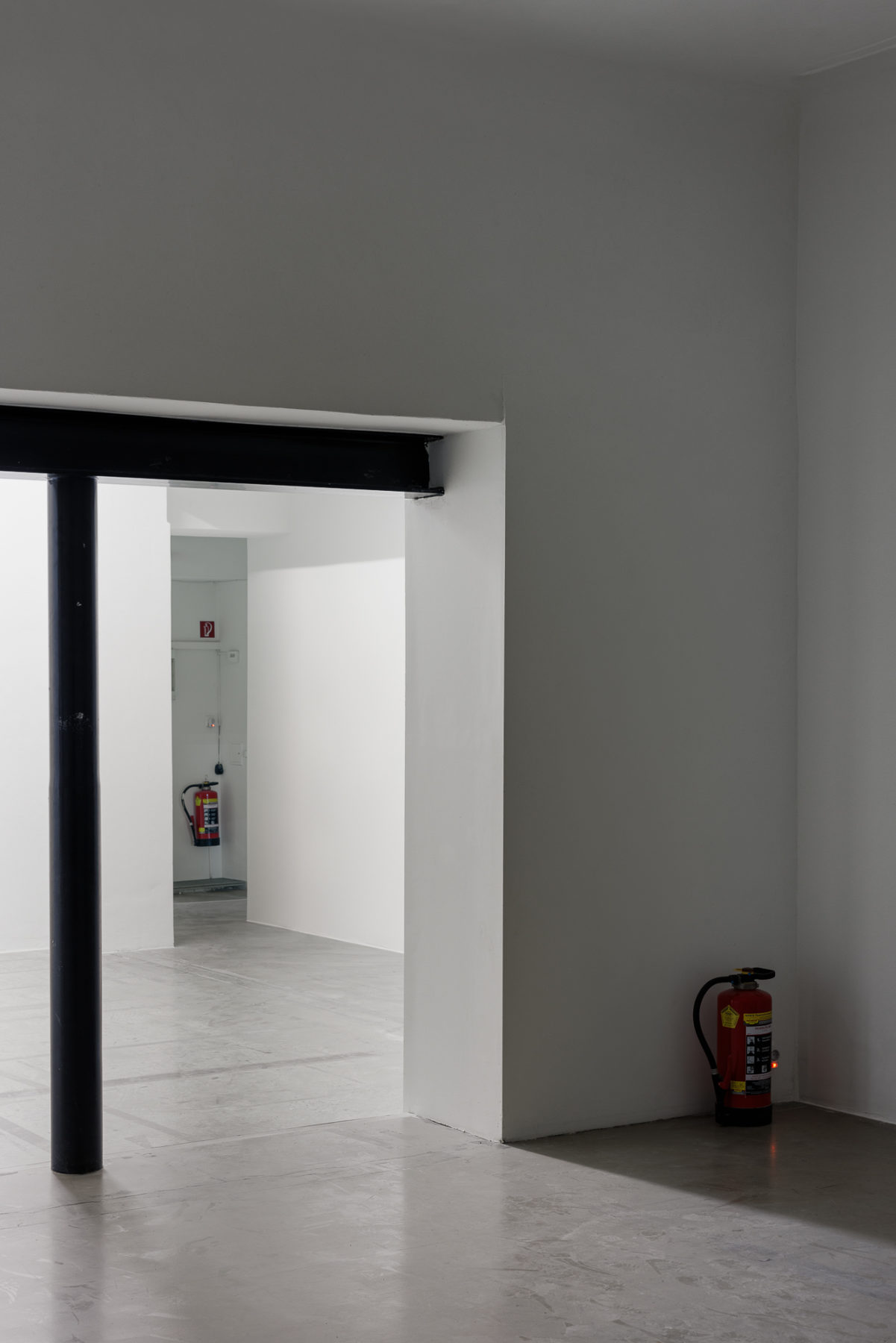
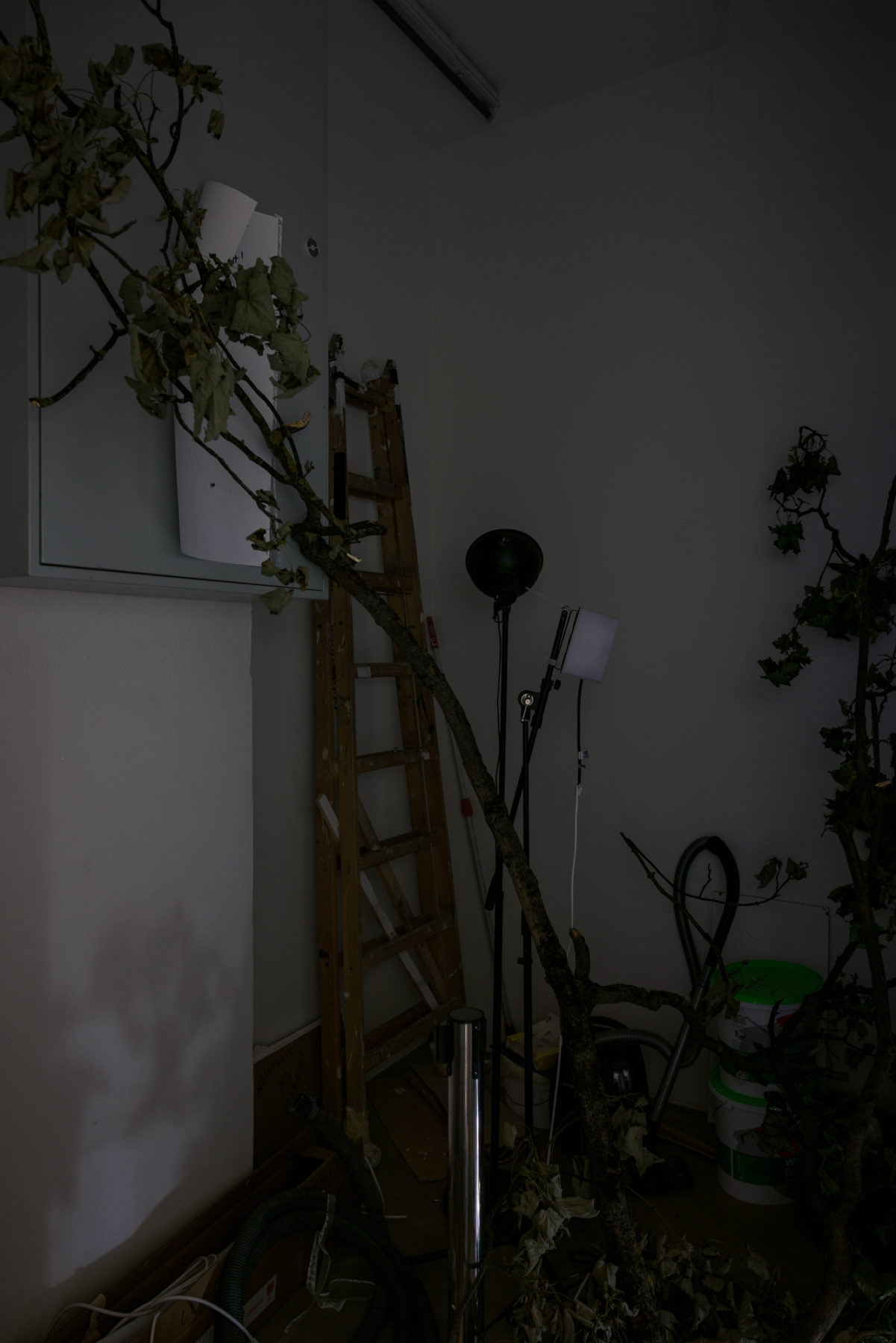
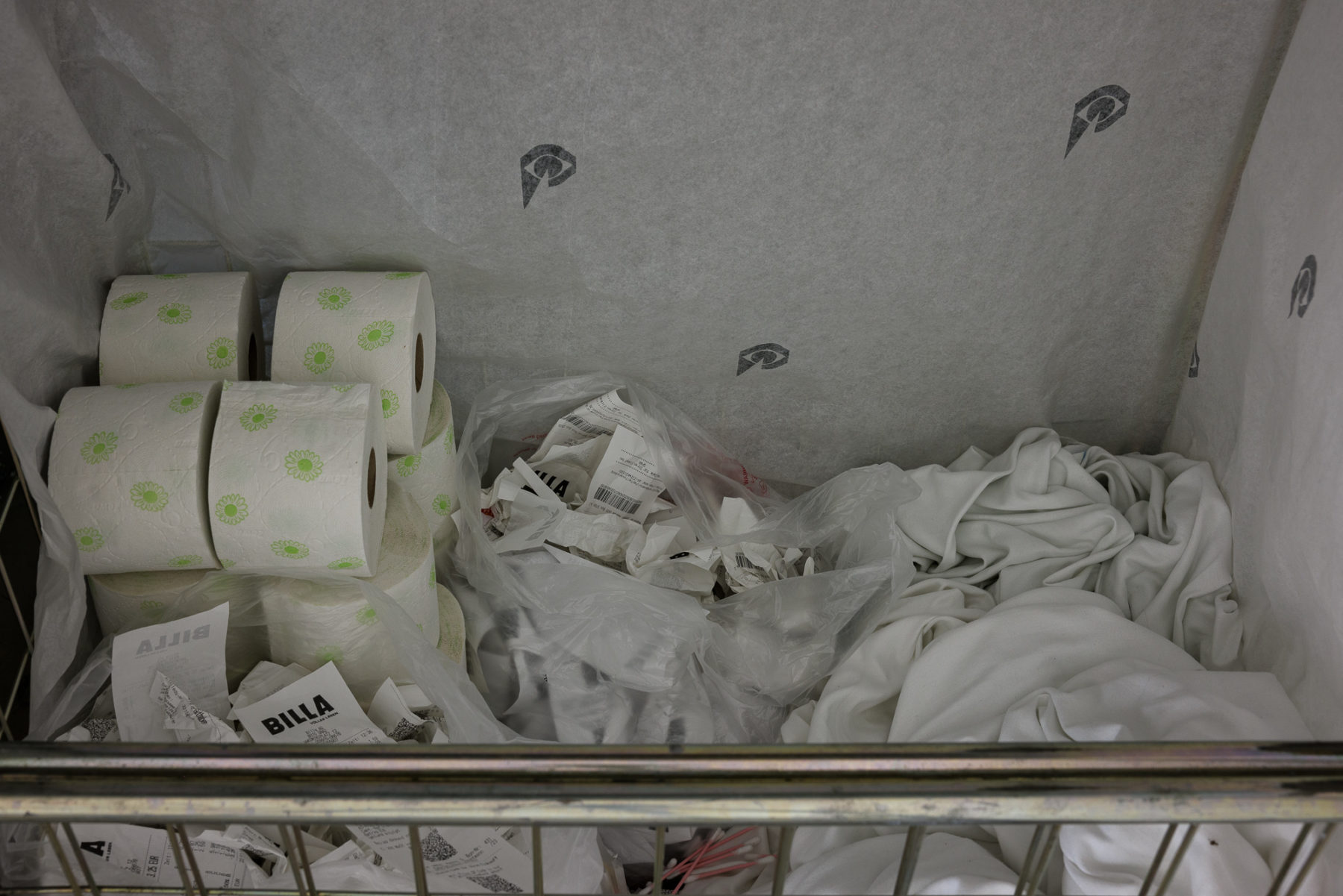
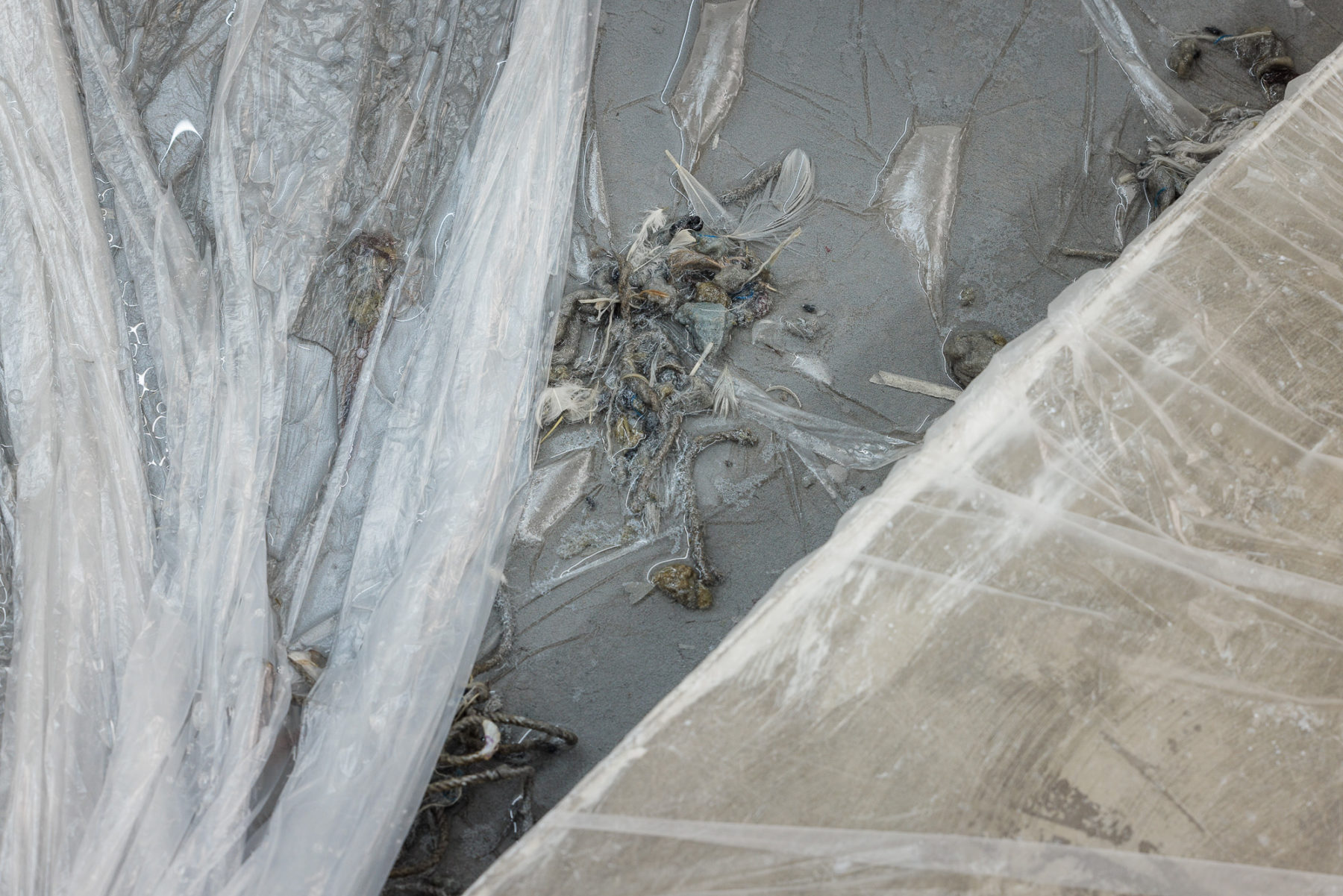
Curtis Cuffie’s New York City is an exhibition of photographs on the public art of Curtis Cuffie.
Curtis Cuffie was a public figure in the East Village until his death, in 2002, at the age of forty-seven. By the time of his passing, Cuffie had published hundreds, perhaps thousands, of mysterious, improbable artworks on the streets of New York. To do so, he would fish the city’s leftovers and dress it in riotous assemblages made of discarded objects, fabrics, and ordinary things that speak of what we are. Such works had little by way of finish: things came and went, materials were adjusted and altered, and pieces were regularly destroyed by the Department of Sanitation and the police. Little of it survived. Consequently, viewing Cuffie’s sculpture today typically involves a second-hand encounter, filtered through the perspectives of those who photographed it, be they friends or lovers, fellow artists, or unknown passersby.
Curtis Cuffie’s New York City presents the art of Curtis Cuffie as it was photographed by Katy Abel, Tom Warren, and Cuffie himself. Comprising some seven hundred photographs from the 1990s, the exhibition is brought to life through a number of analogue slide projectors, presenting three distinct registers of imagery: Abel’s use of vibrant colors, Warren’s stark, almost reportorial black and white pictures, and Cuffie’s own dynamic, abstract, and sometimes shattered photographic compositions. These pictures, emerging and fading from view, generate a palpable sense of movement and transience in keeping with the nature of Cuffie’s art and the city it found itself in.
Curtis Cuffie’s New York City is accompanied by a publication of the same name, featuring a selection of Cuffie’s color and black and white photographs, edited by Tom Engels and designed by Julie Peeters.
Curtis Cuffie’s New York City is curated by Tom Engels in collaboration with Robert Snowden. The exhibition is realized through the invaluable support of Carol Thompson, who maintains the Curtis Cuffie archive, alongside the generous contributions of Katy Abel and Tom Warren.
CURTIS CUFFIE (1955–2002) was an artist based in New York City’s East Village. Originally from Hartsville, South Carolina, he moved to Brooklyn at the age of fifteen and eventually settled in Manhattan, first near Bryant Park and later around the Bowery where he lived unhoused for long stretches of his life. Artforum, The New York Times, and The Village Voice all profiled and reviewed his work and he held solo exhibitions at Flamingo East, Tribes, and 4th Street Photo Gallery, all in New York. During his lifetime, Cuffie was featured in nearly a dozen group shows across the US at various venues including Exit Art, American Primitive, and the Jamaica Art Center in New York, as well as the American Visionary Art Museum in Baltimore. Cuffie was integral to a dynamic circle of artists and intellectuals, marking his place within New York’s black avant-garde. Recently, his work has been presented in exhibitions across New York City, including Souls Grown Diaspora (2020) at Apexart, curated by Sam Gordon; Greater New York (2021) at MoMA PS1, curated by Ruba Katrib; and Curtis Cuffie (2023) at Galerie Buchholz, curated by Scott Portnoy. Curtis Cuffie, a book edited by Scott Portnoy, Robert Snowden, and Ciarán Finlayson, and designed by Julie Peeters, was published by Blank Forms in 2023.
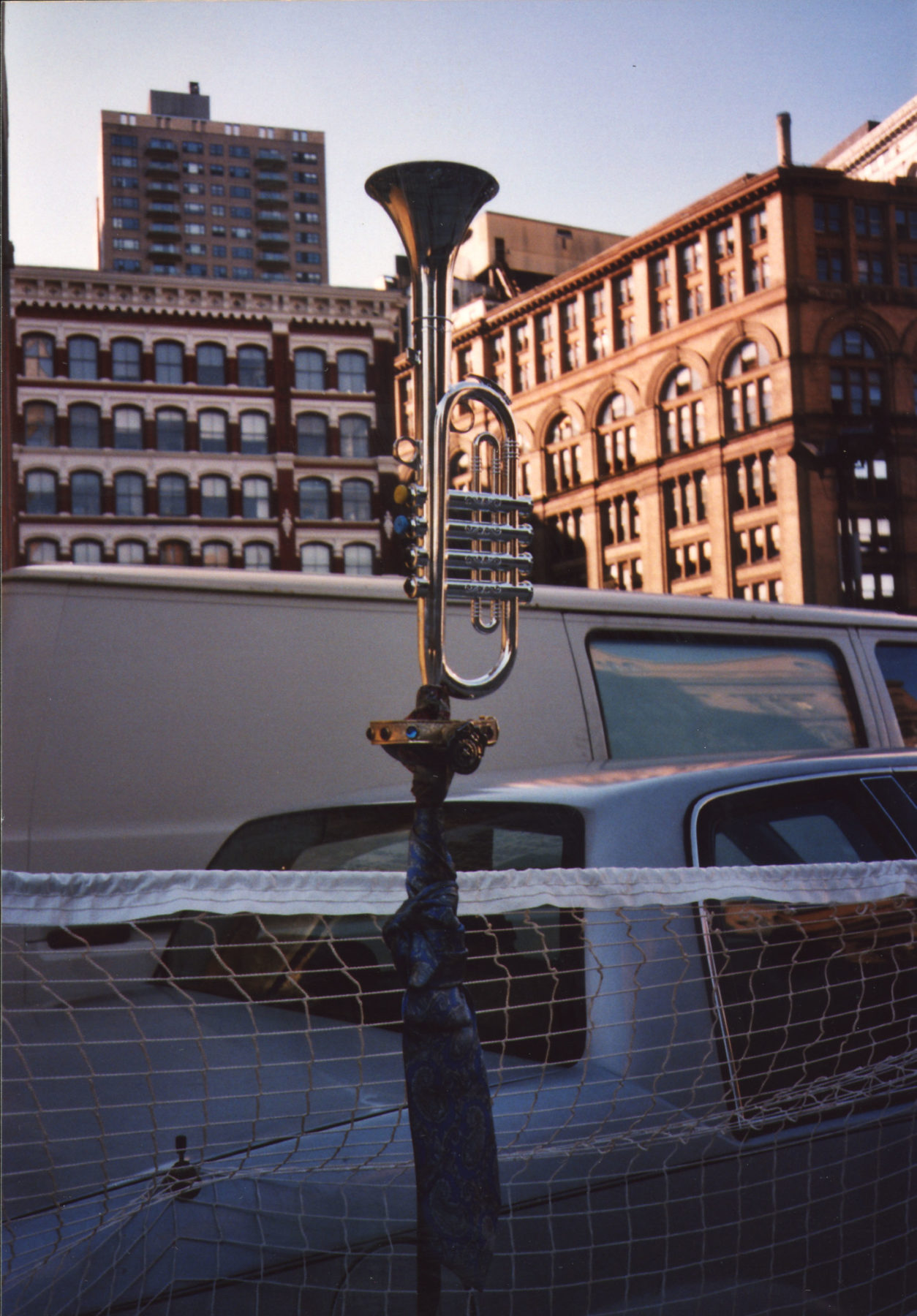
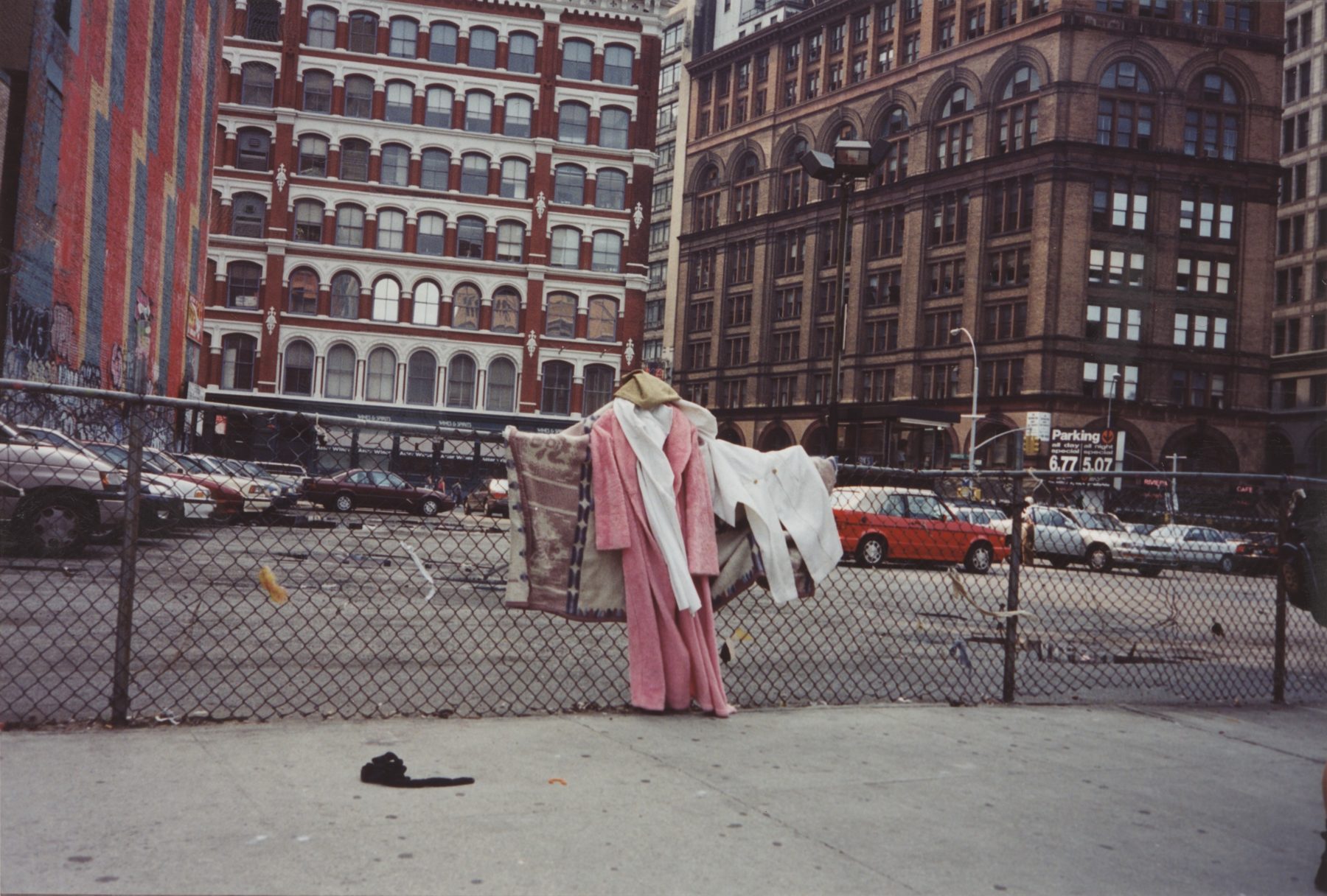
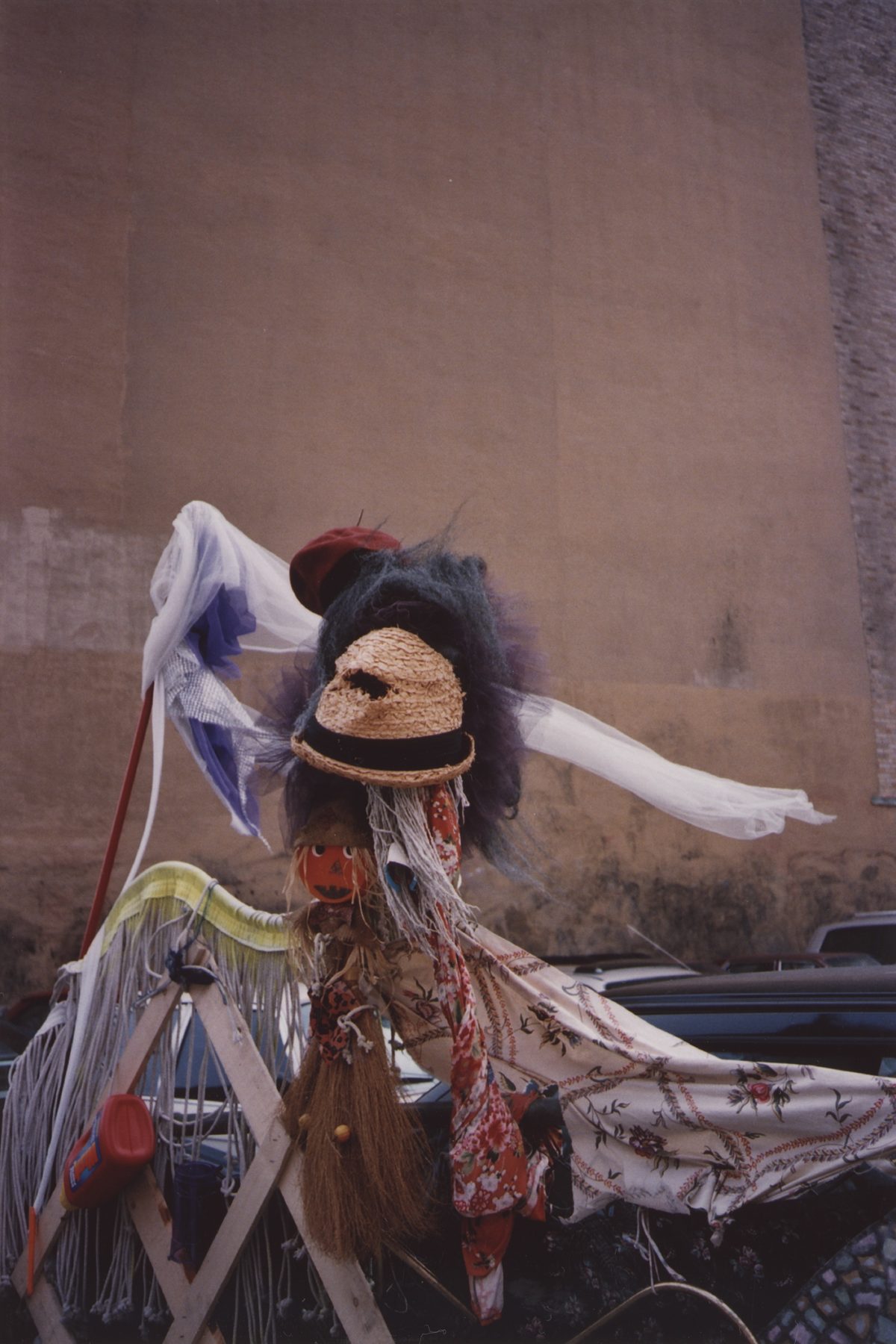
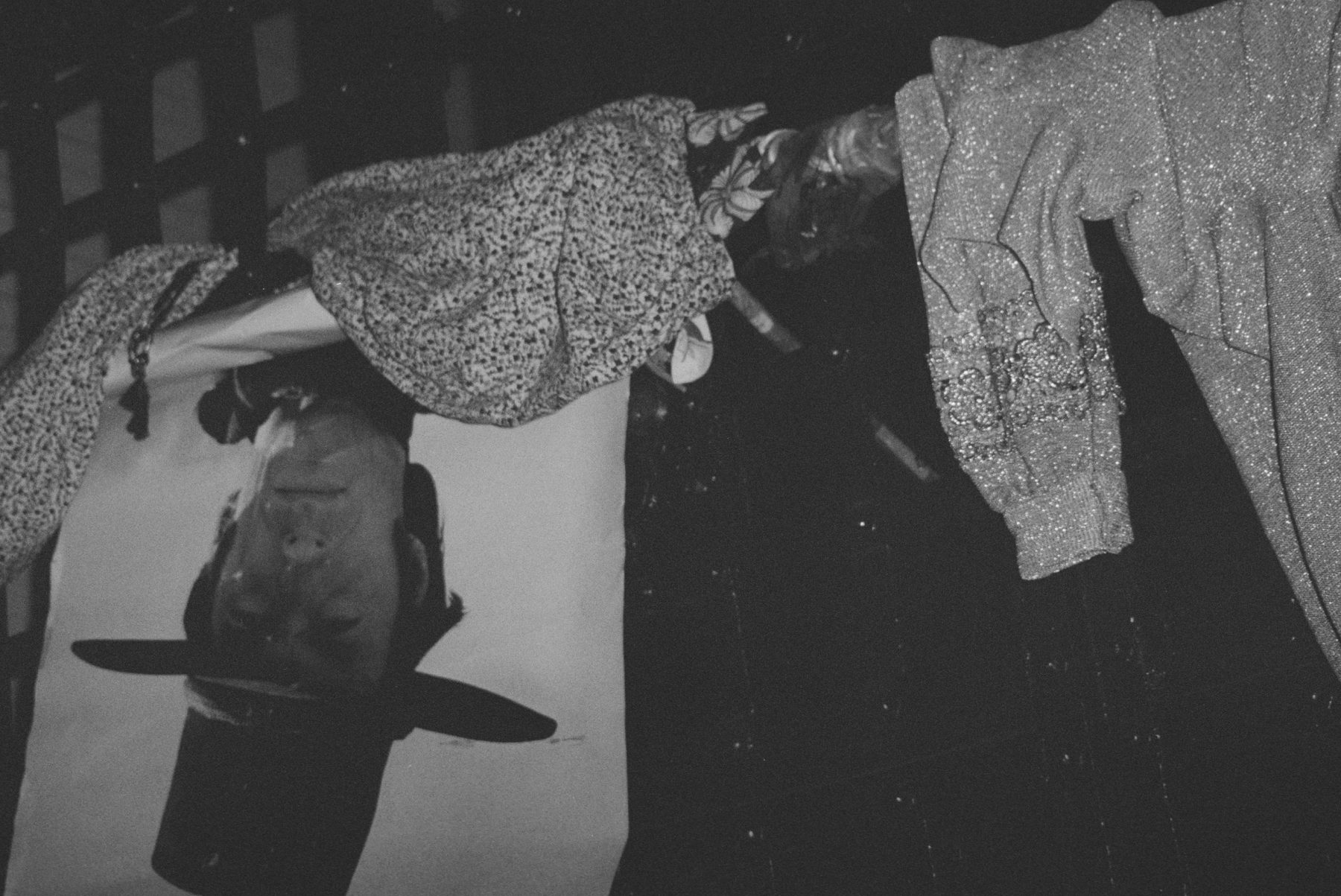
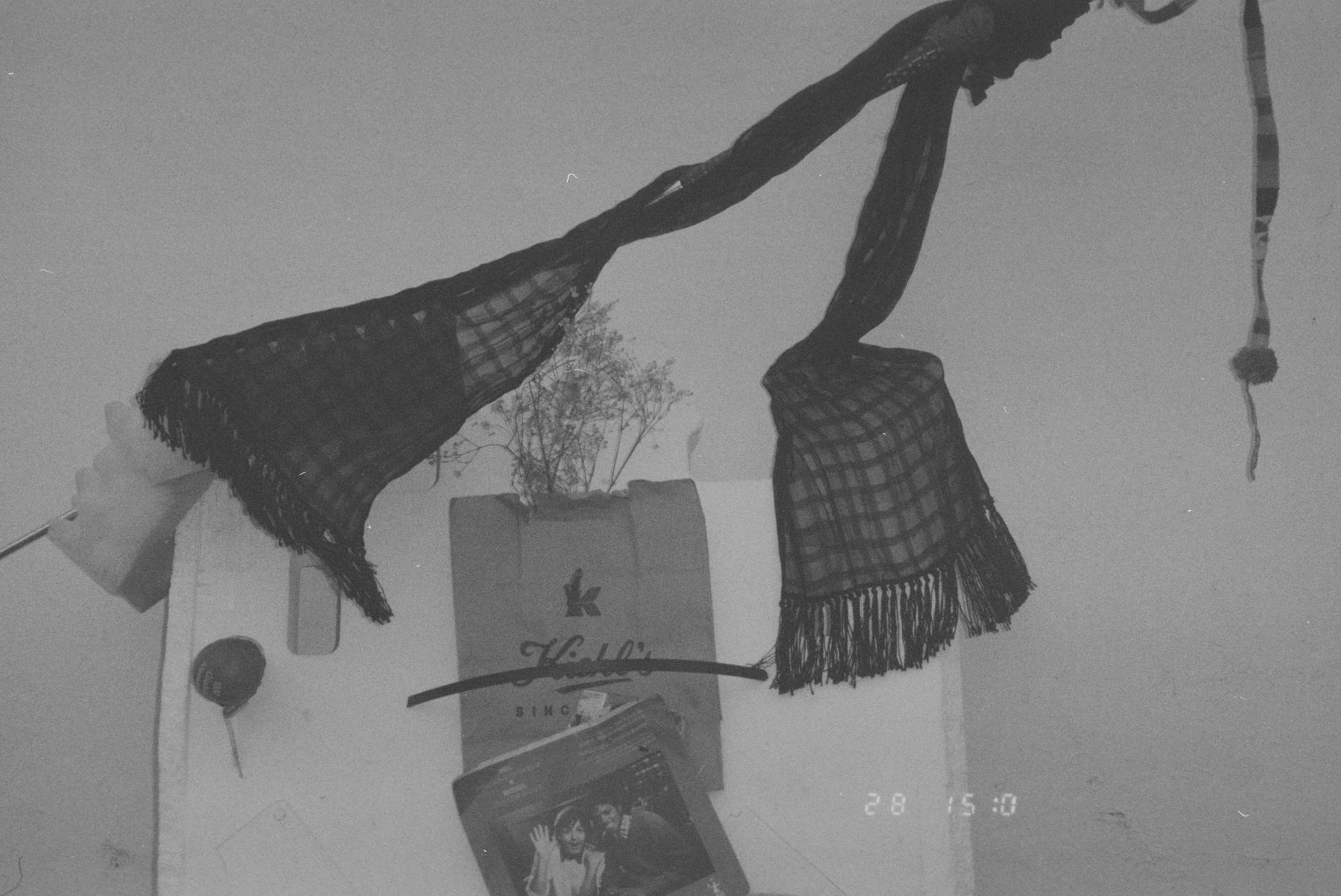
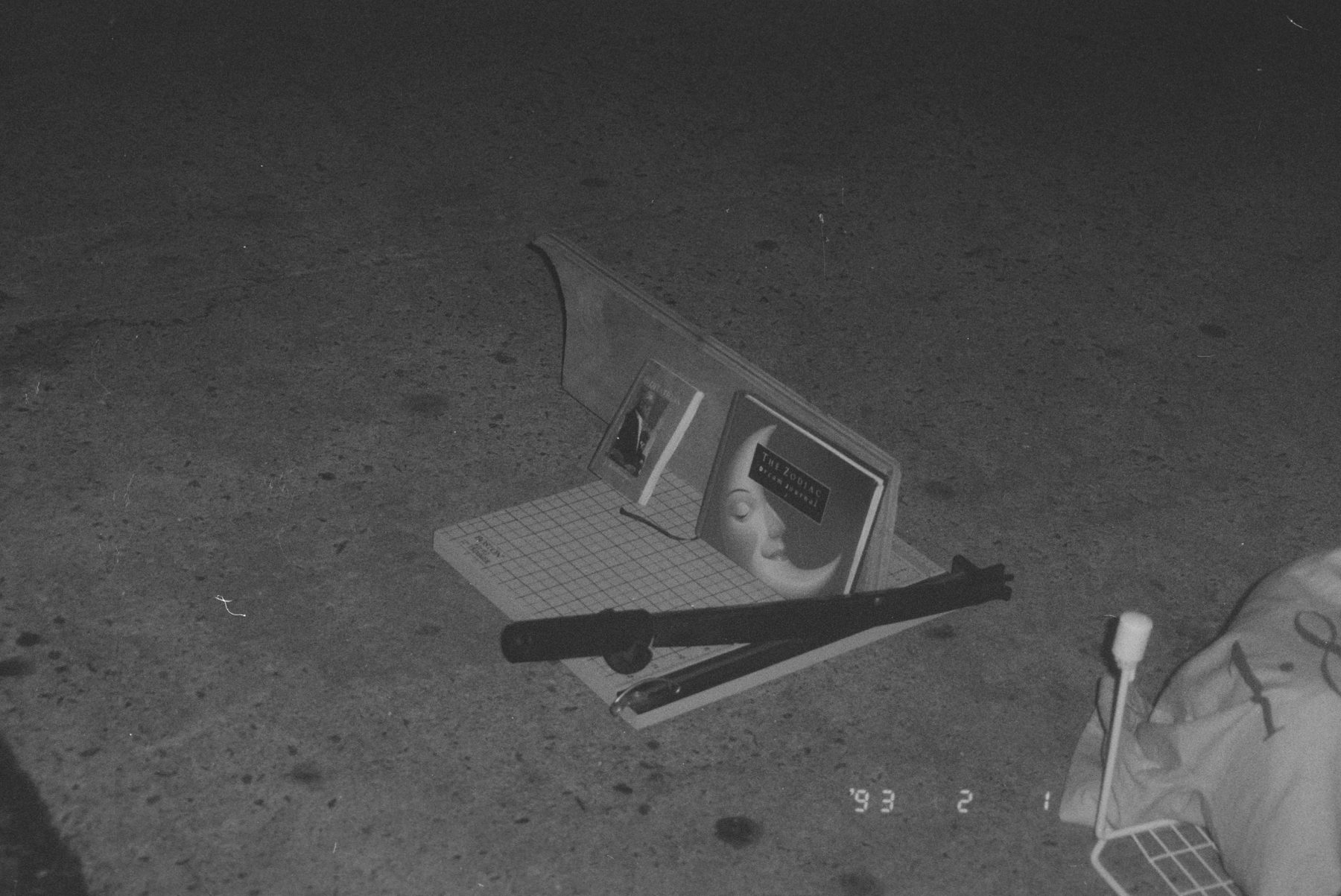
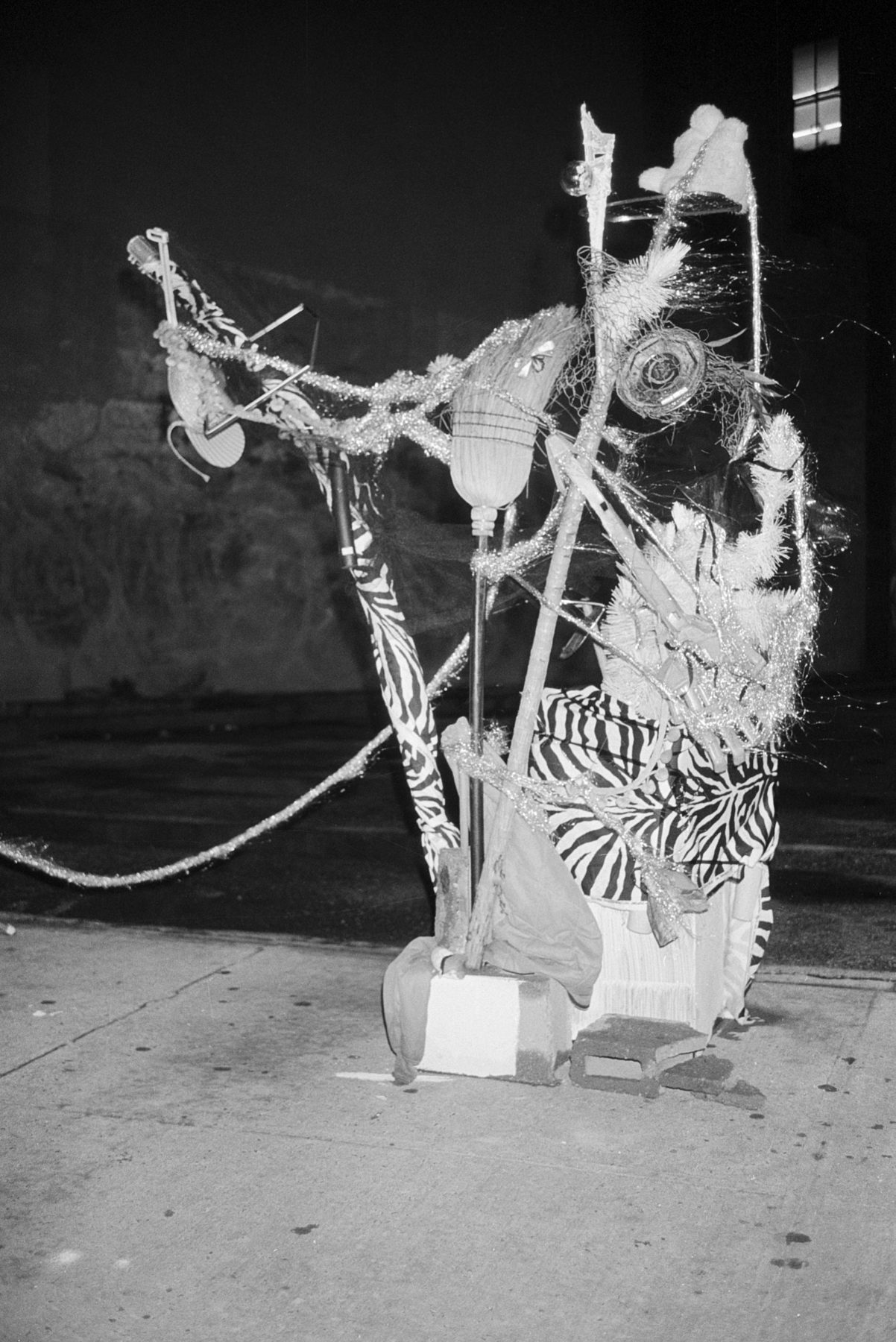
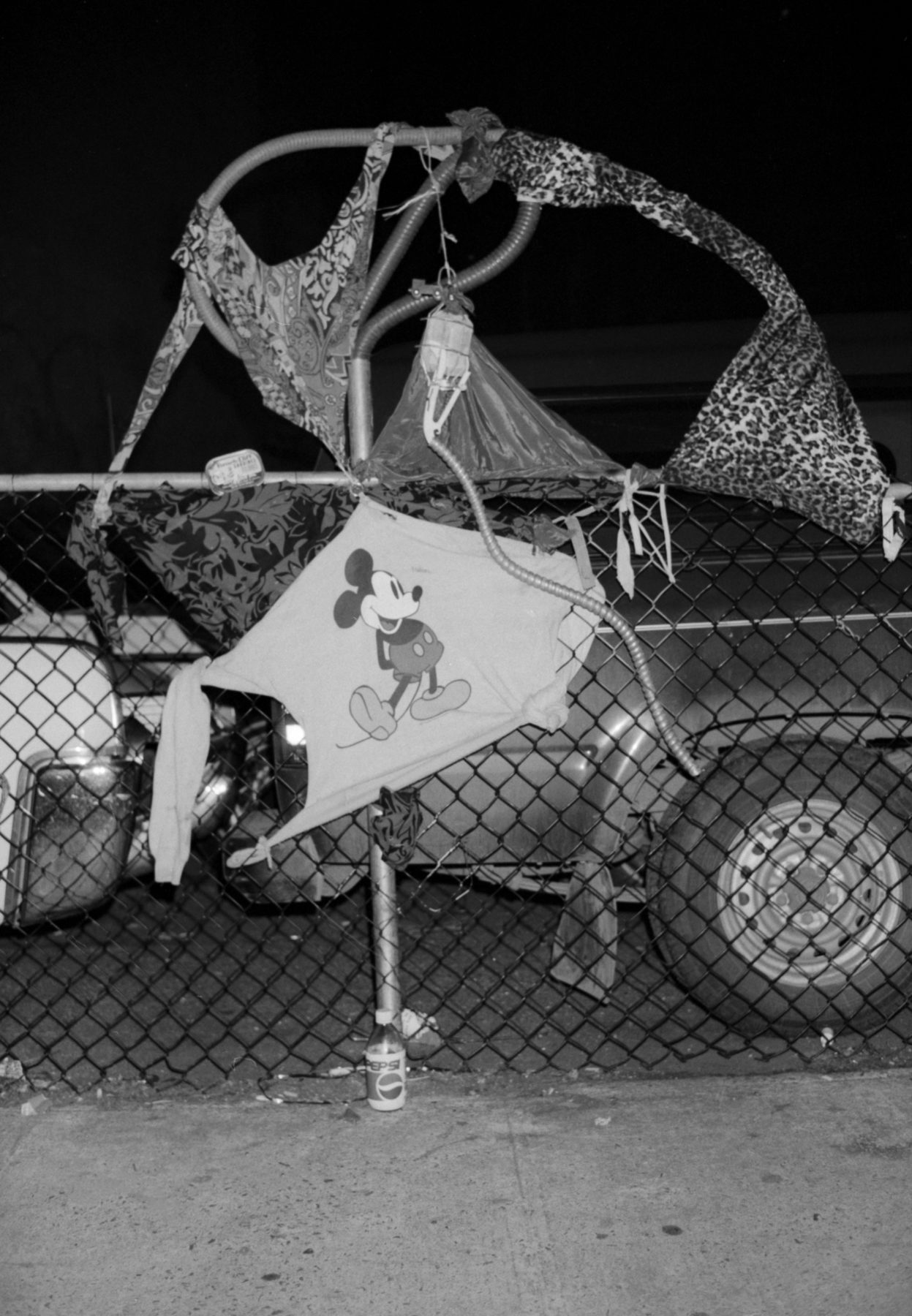
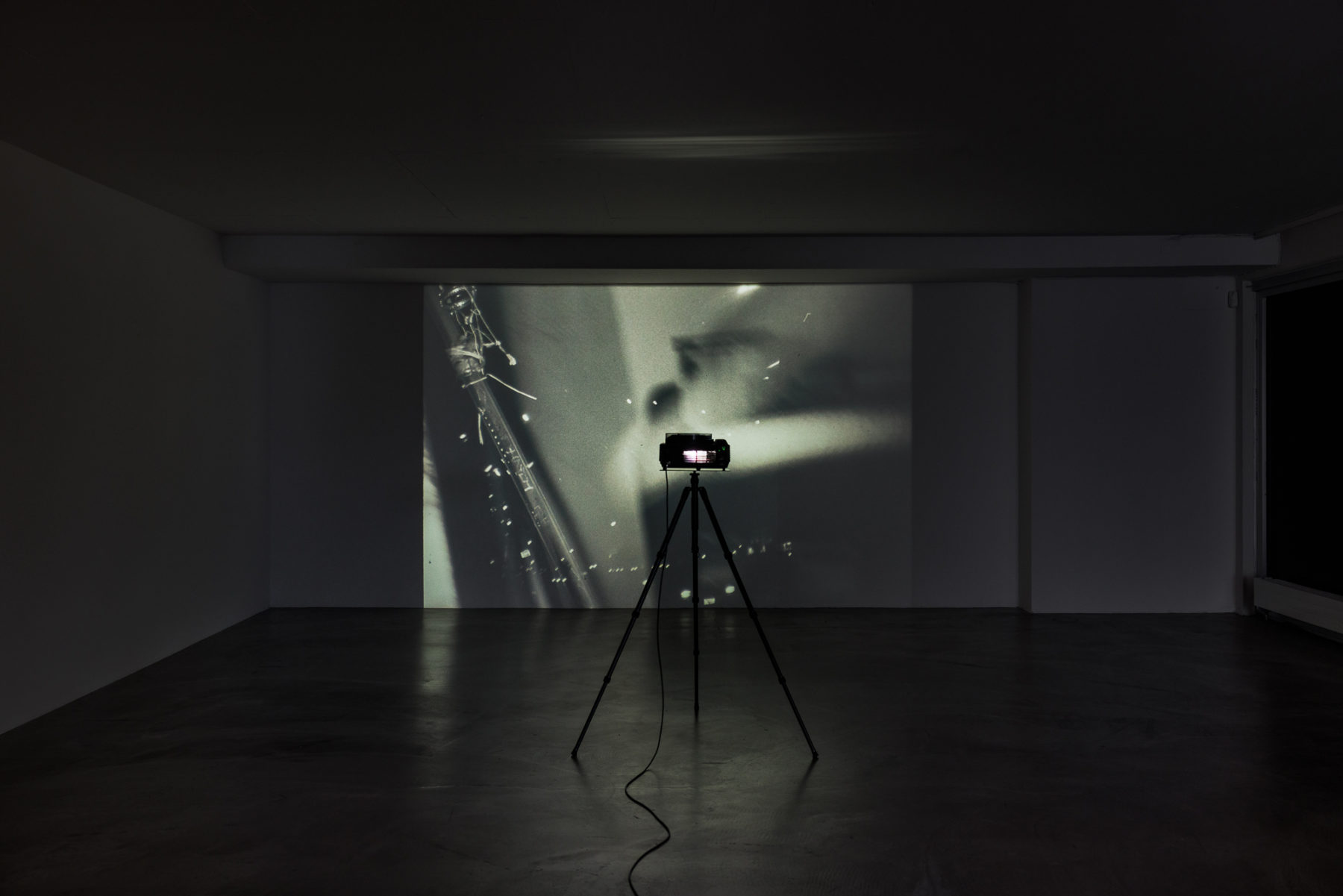
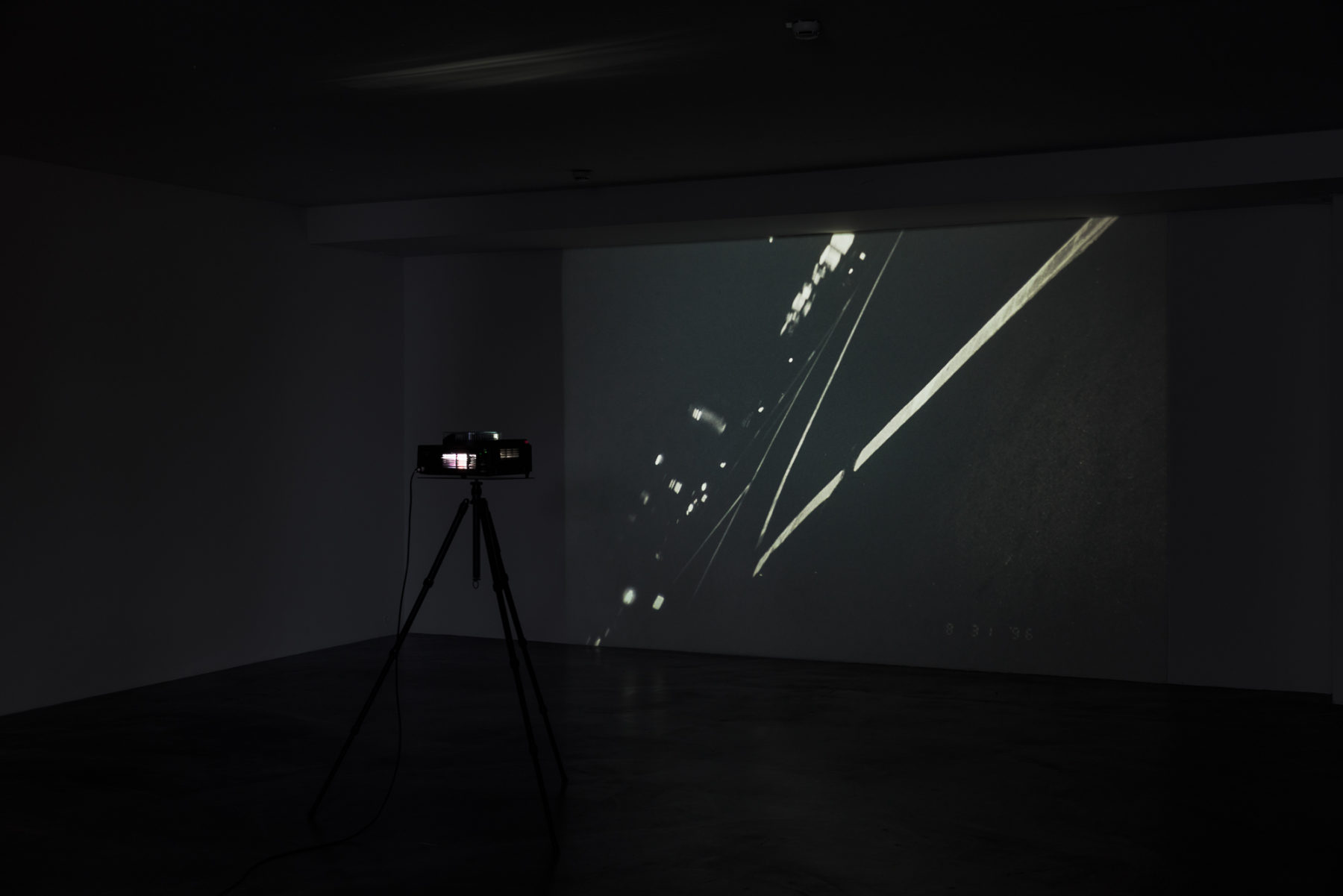


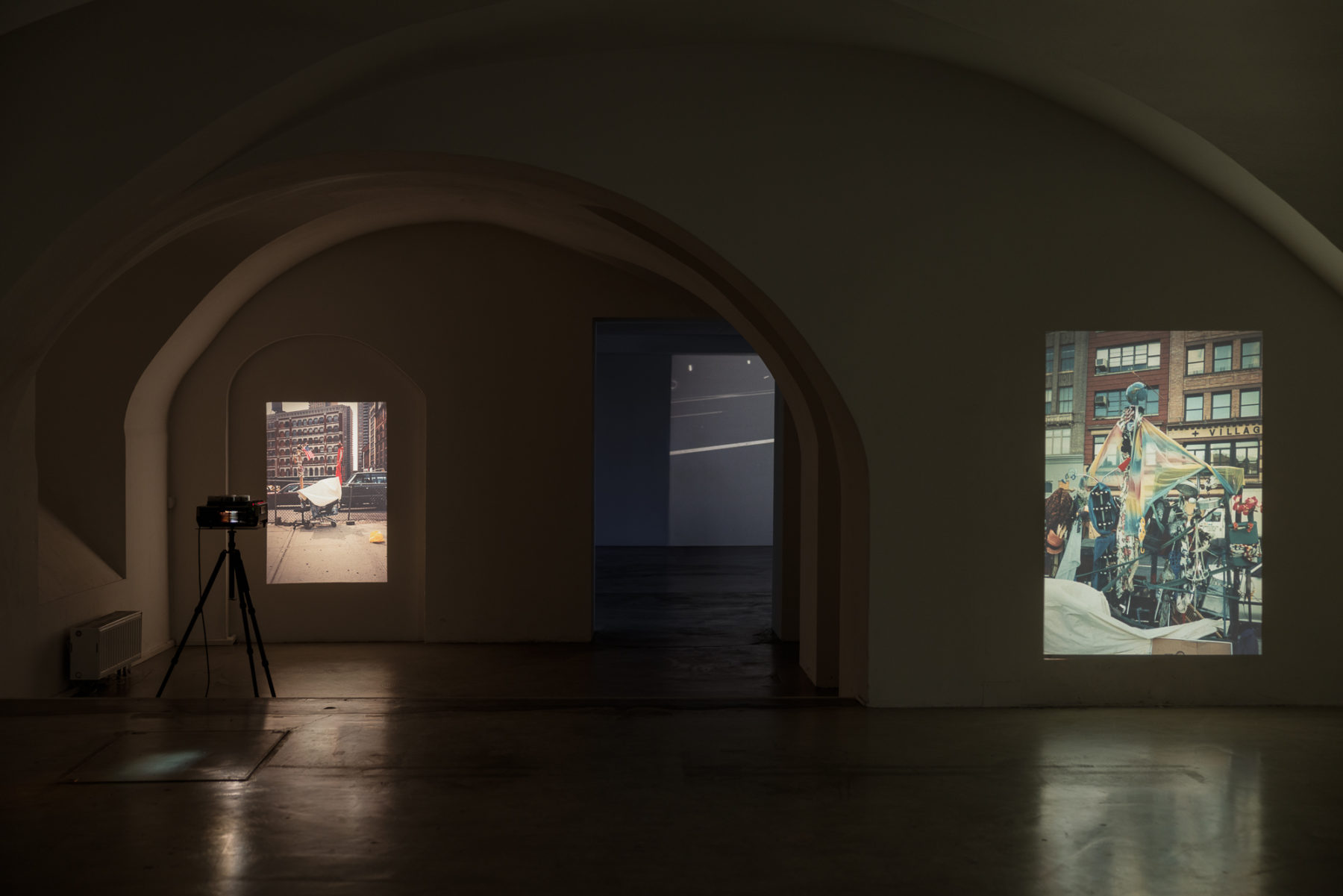
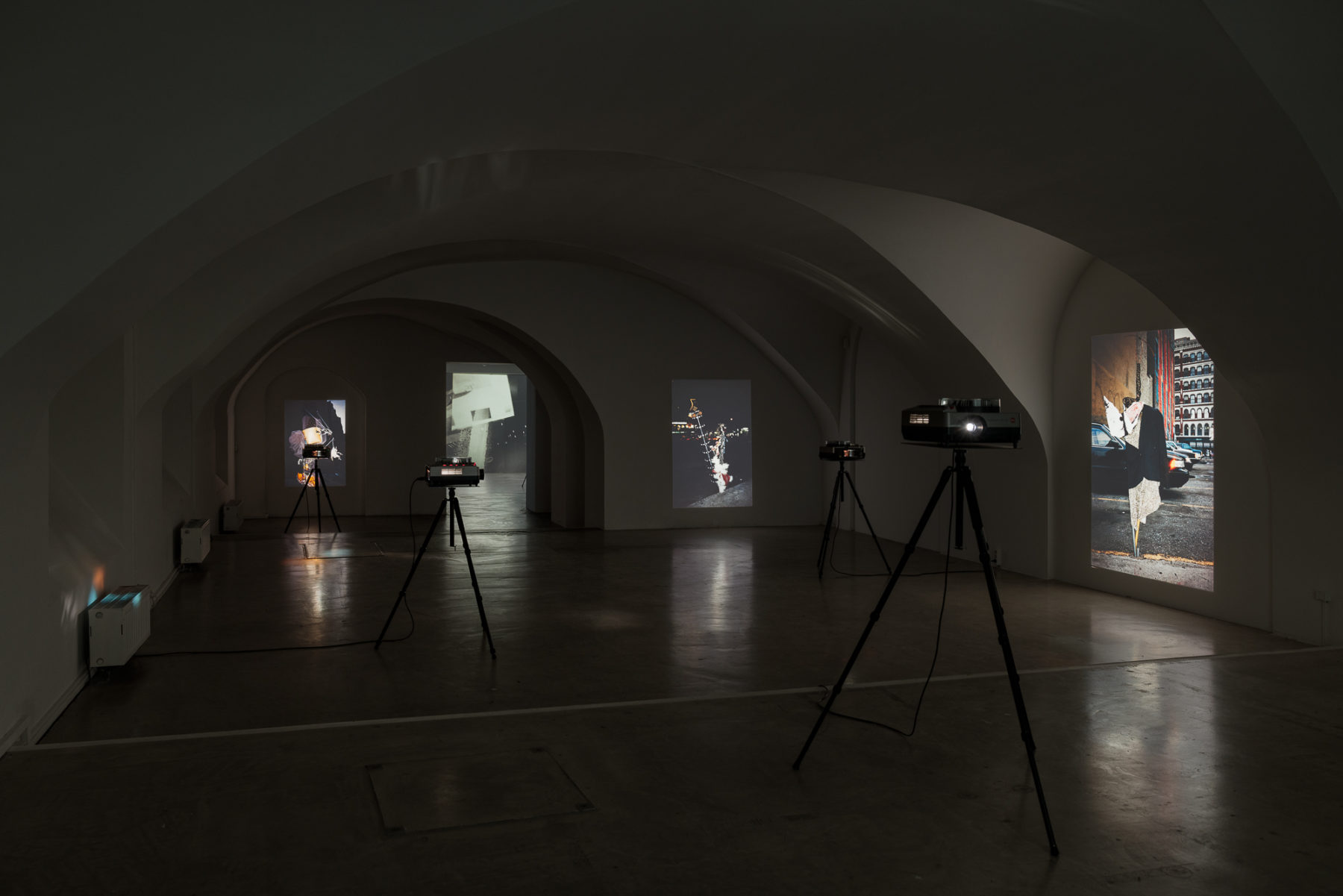
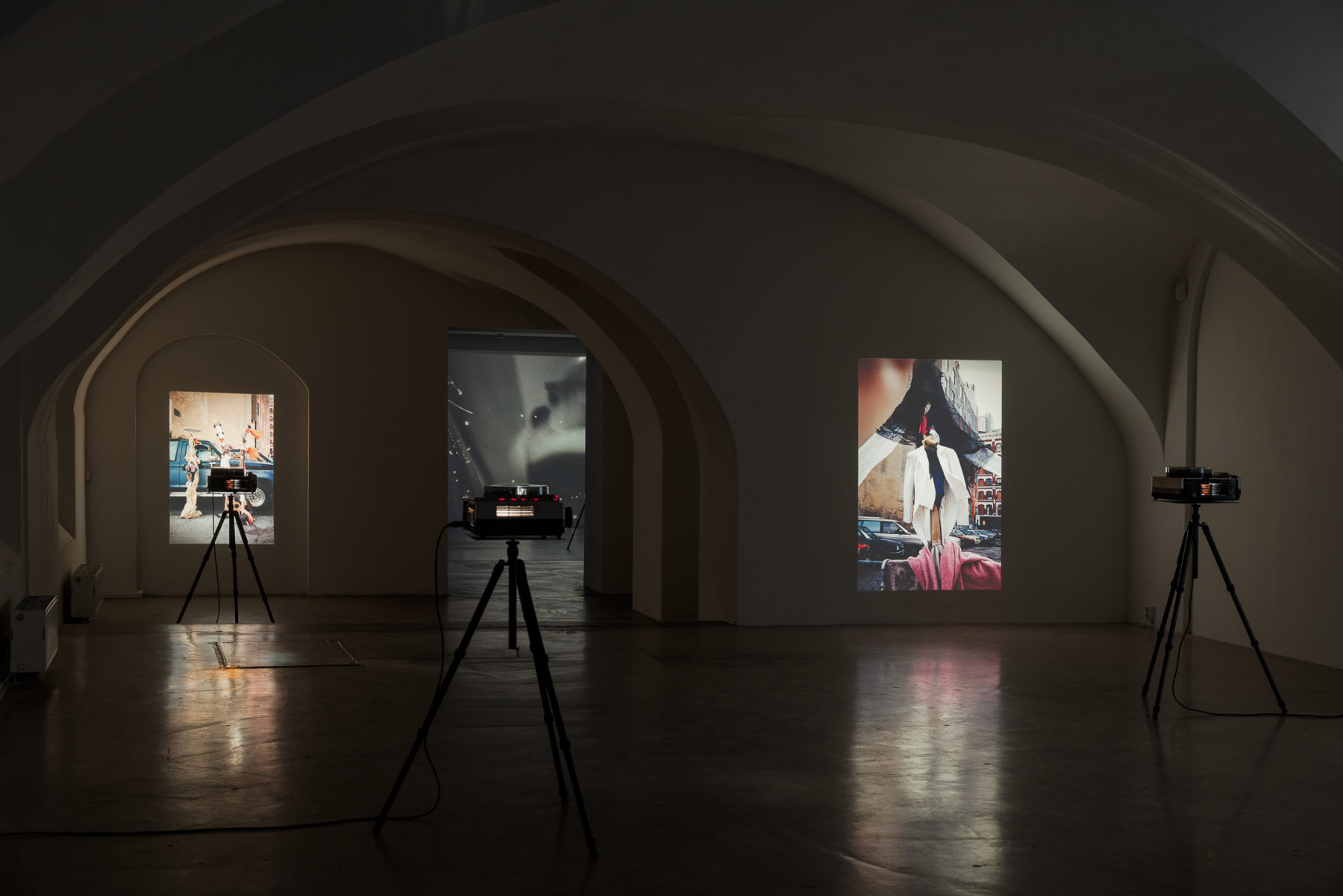

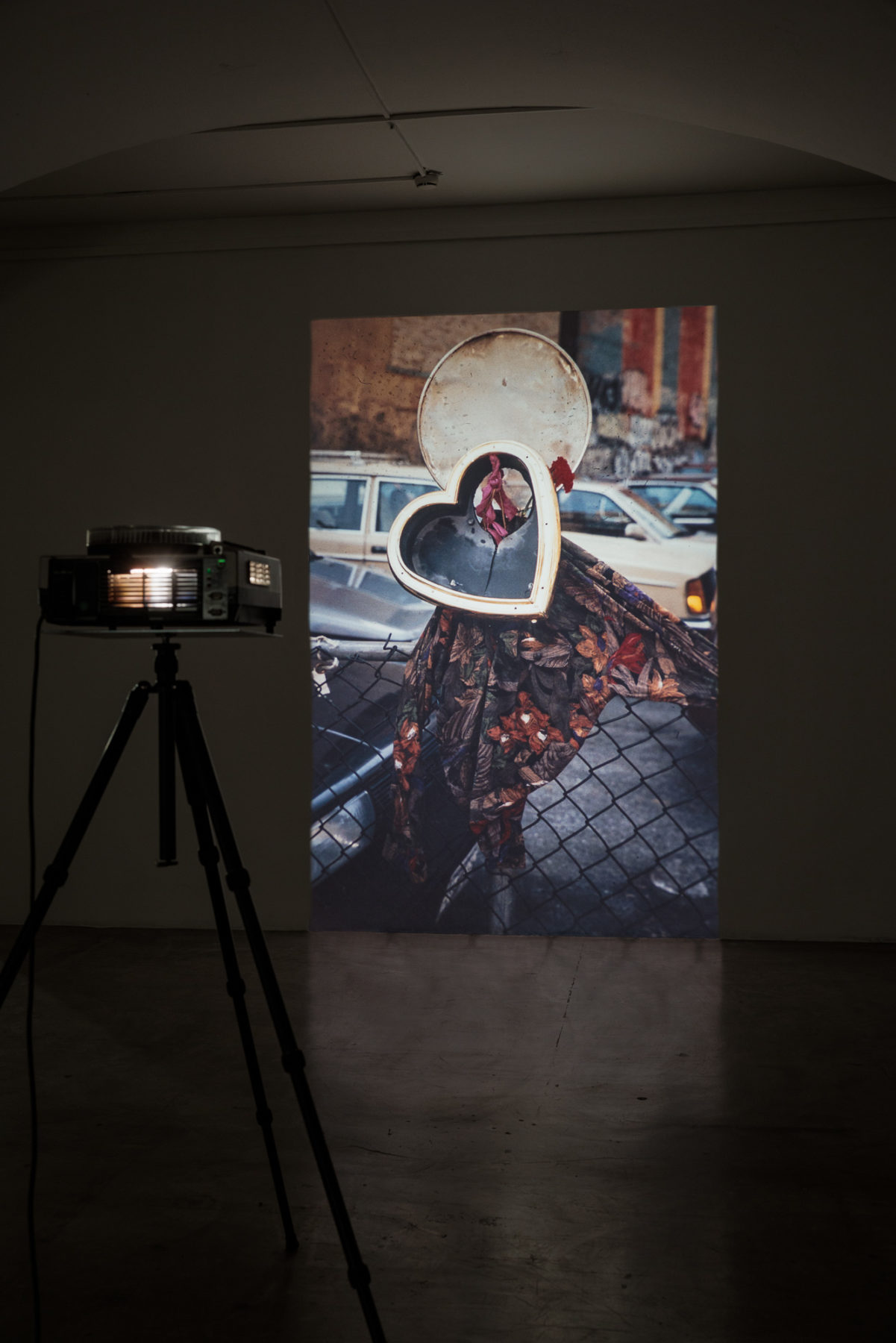


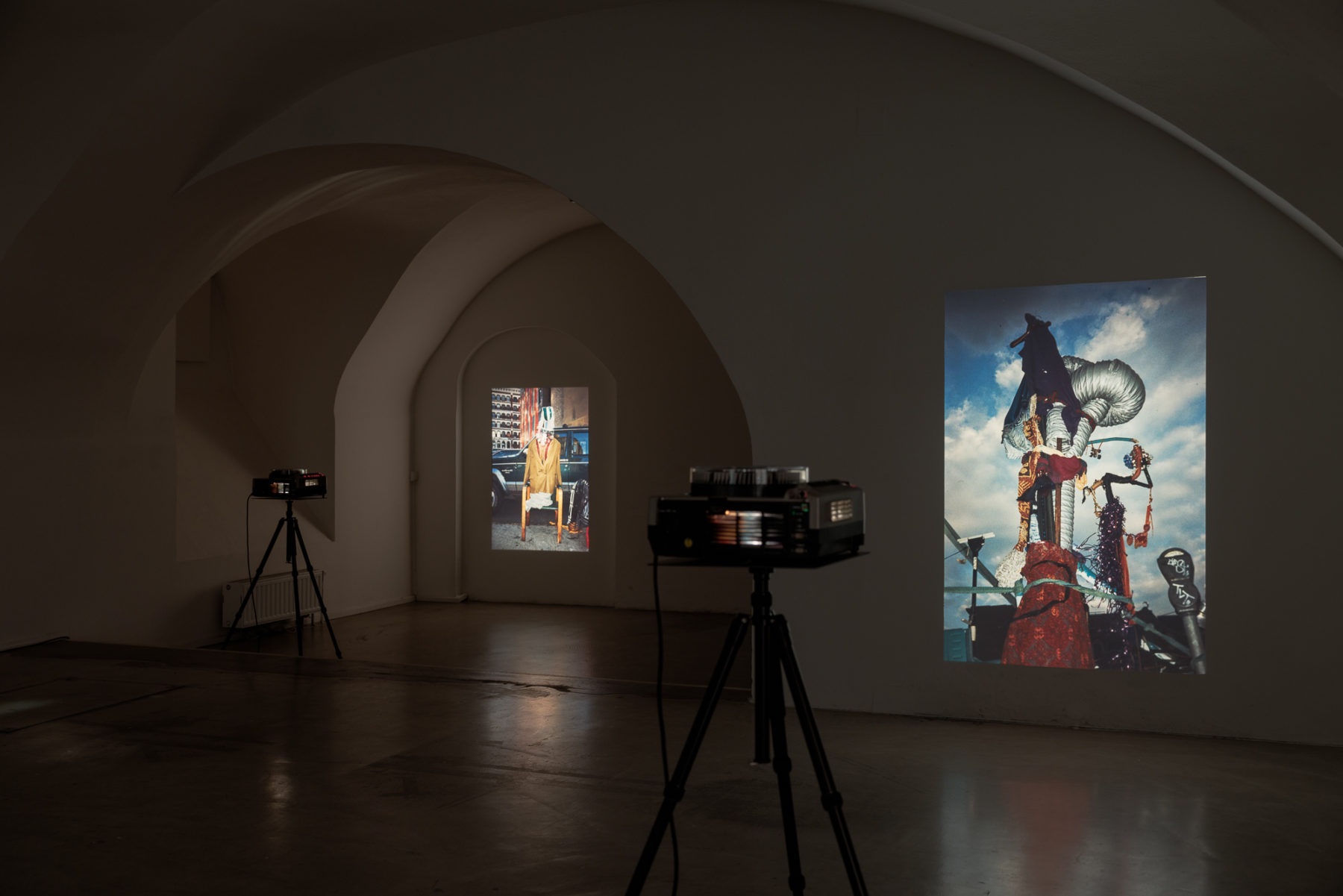
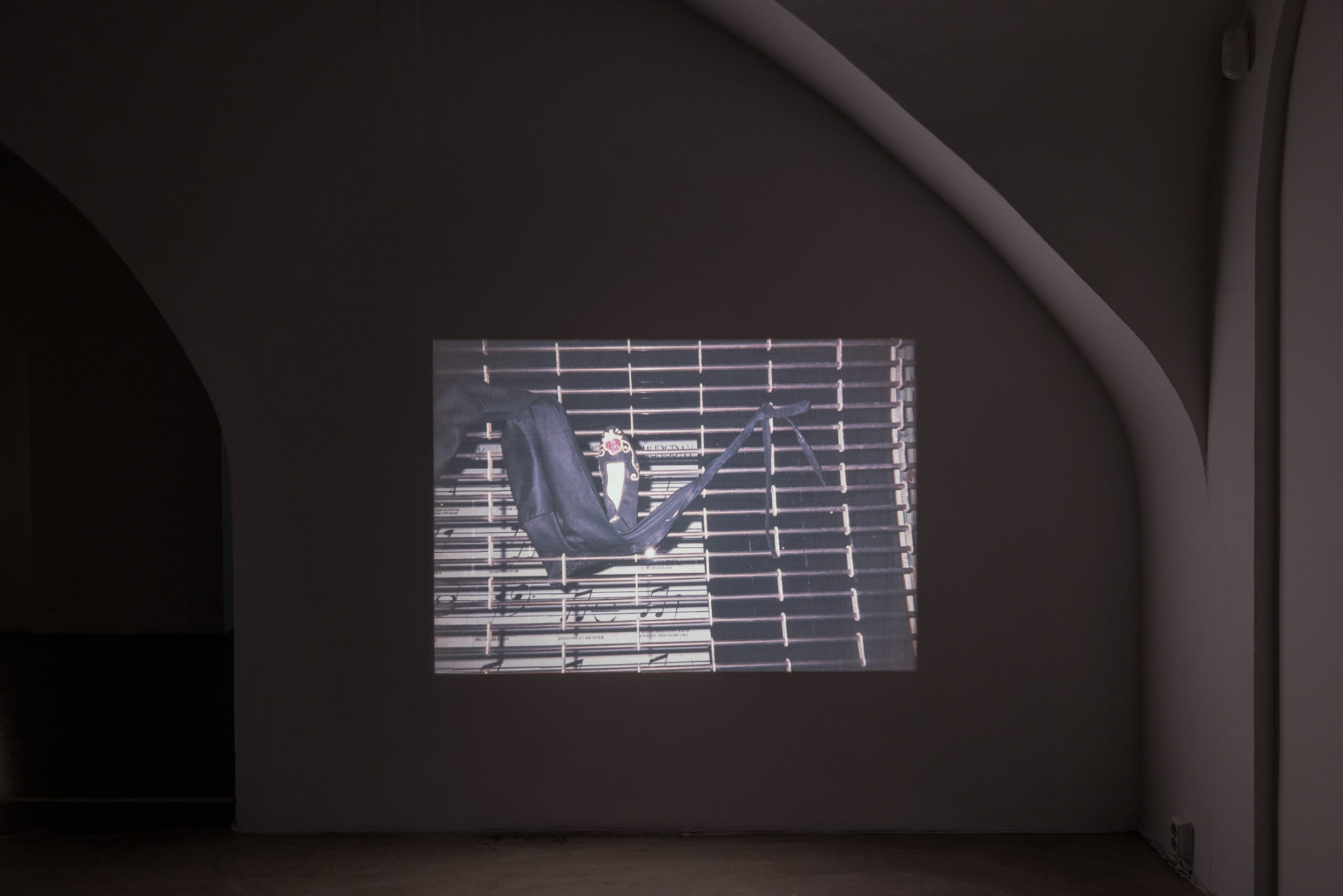
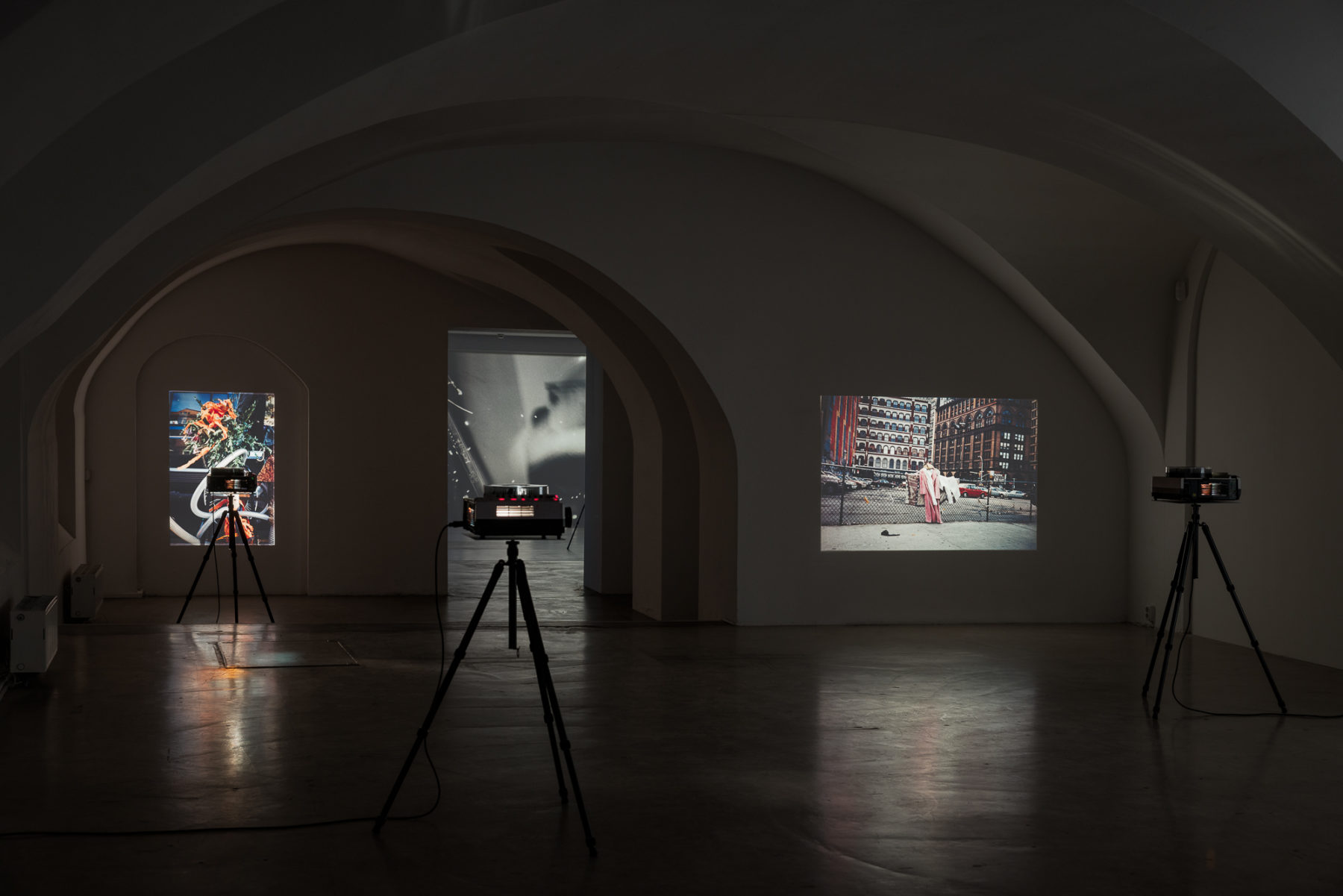
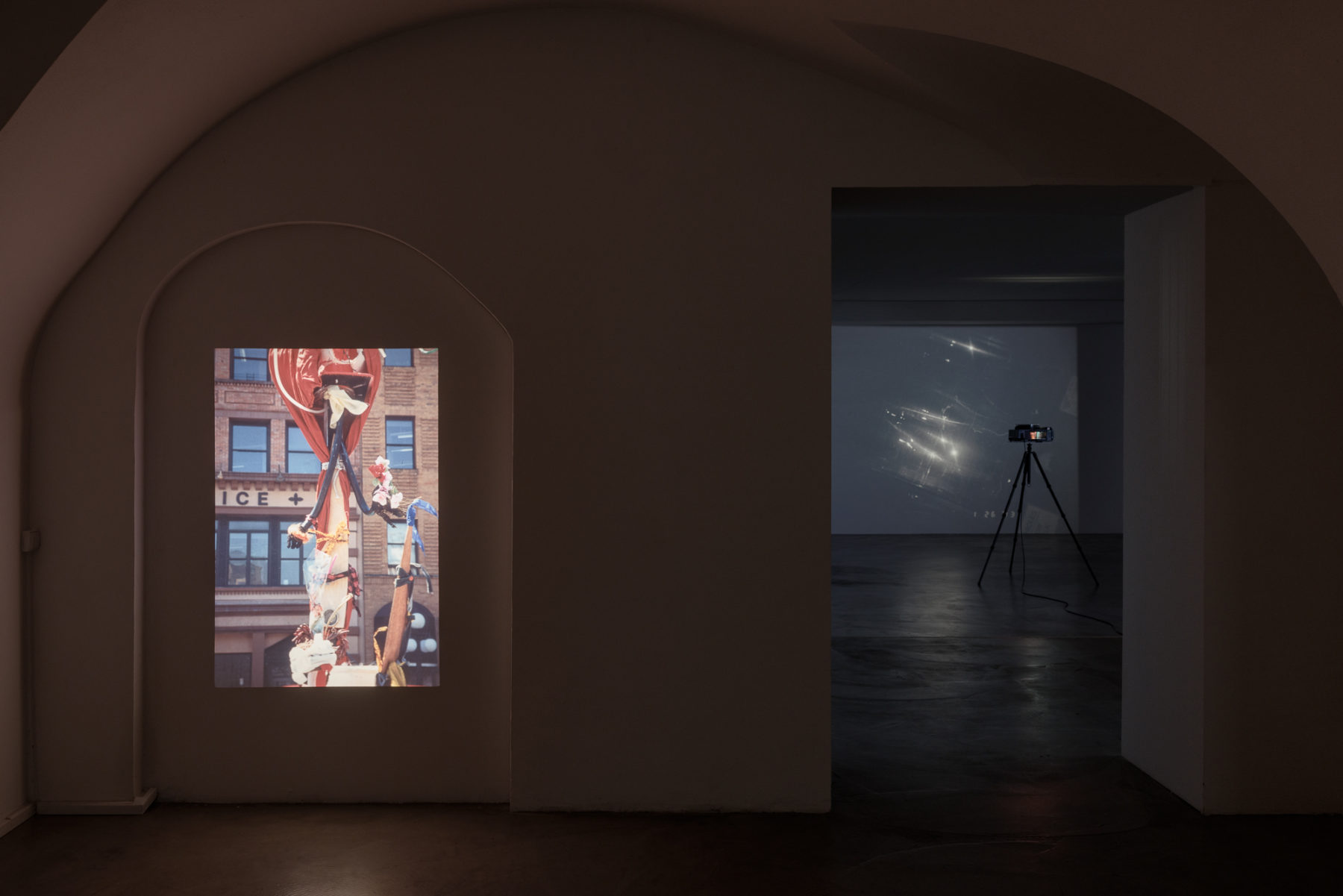

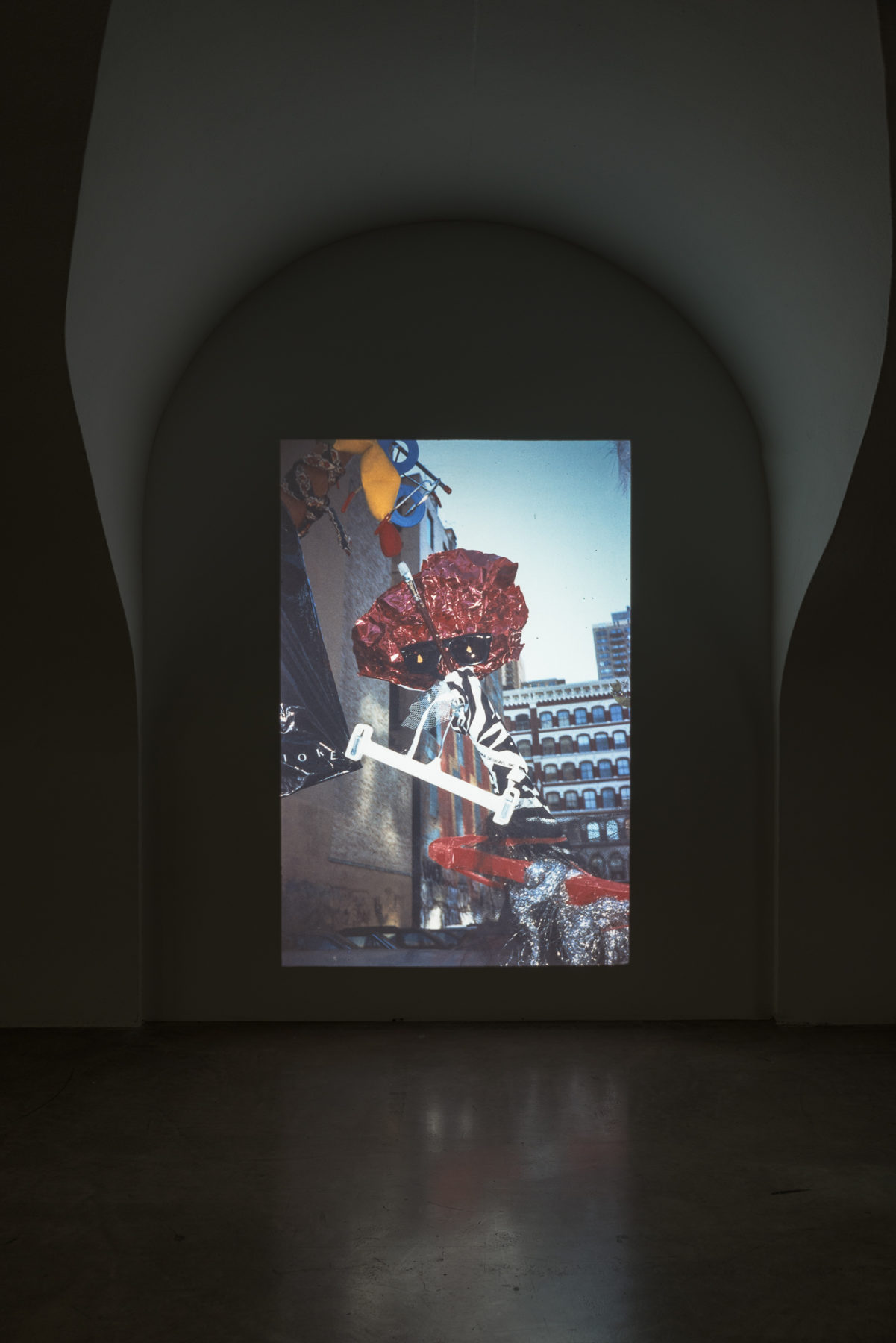




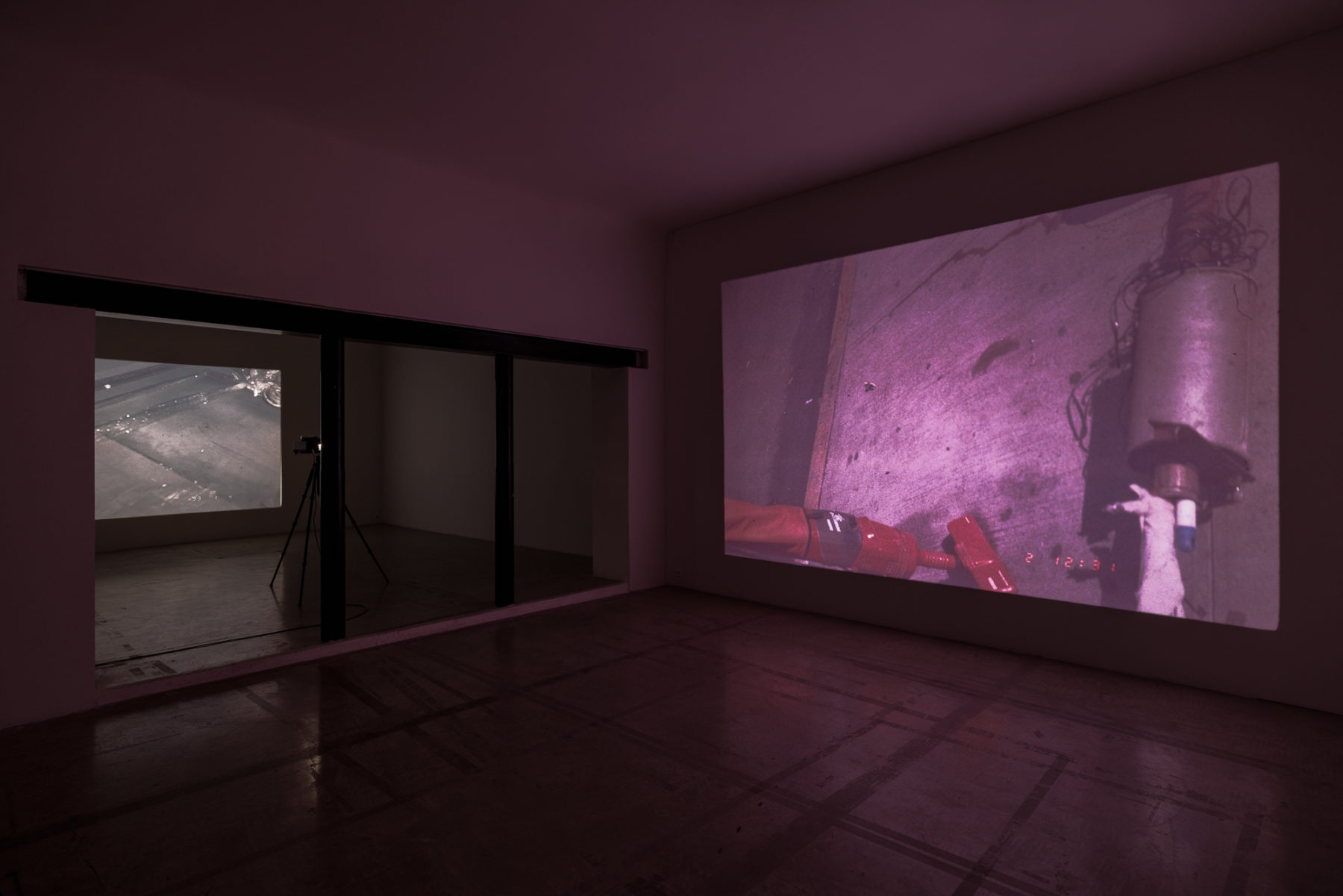


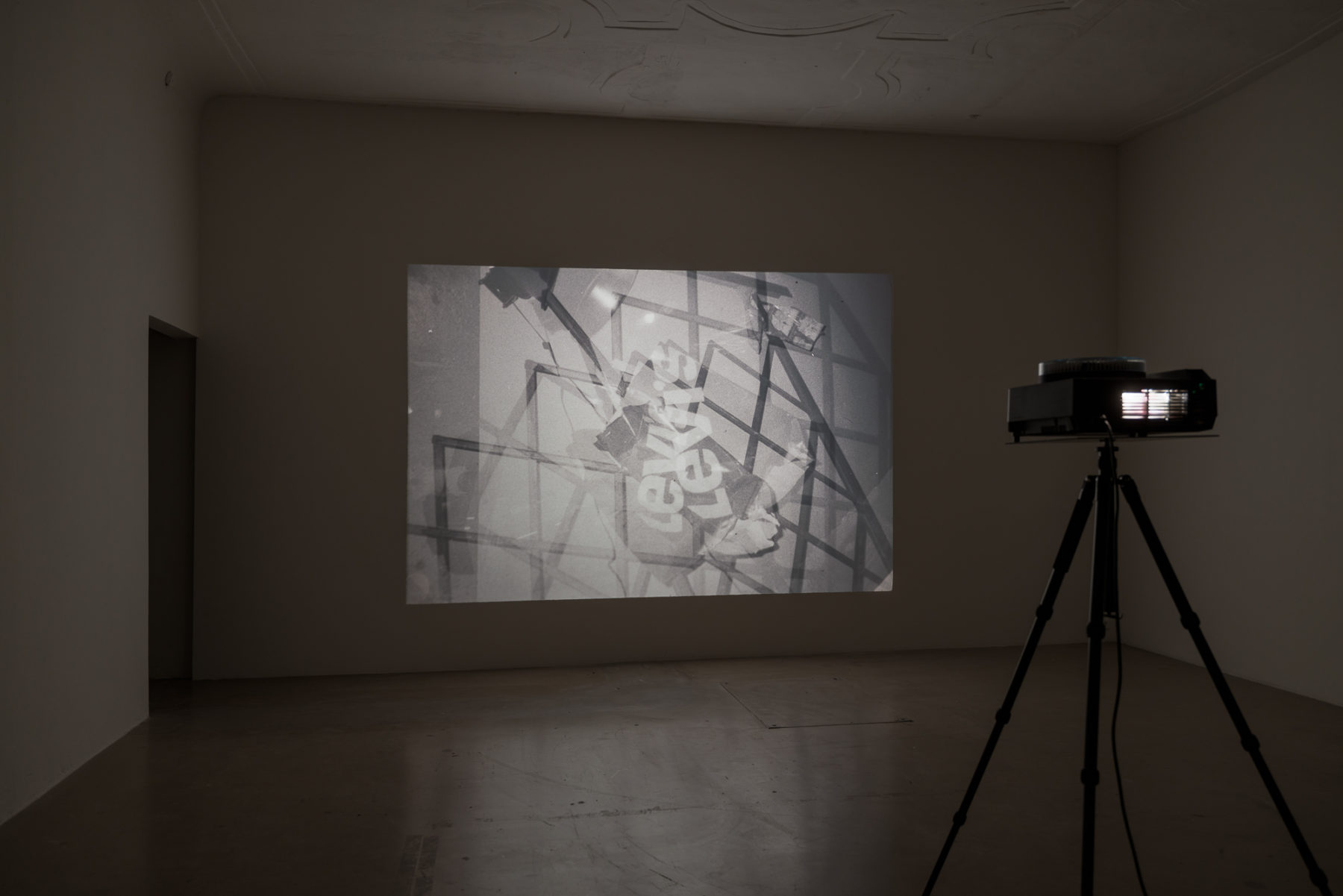
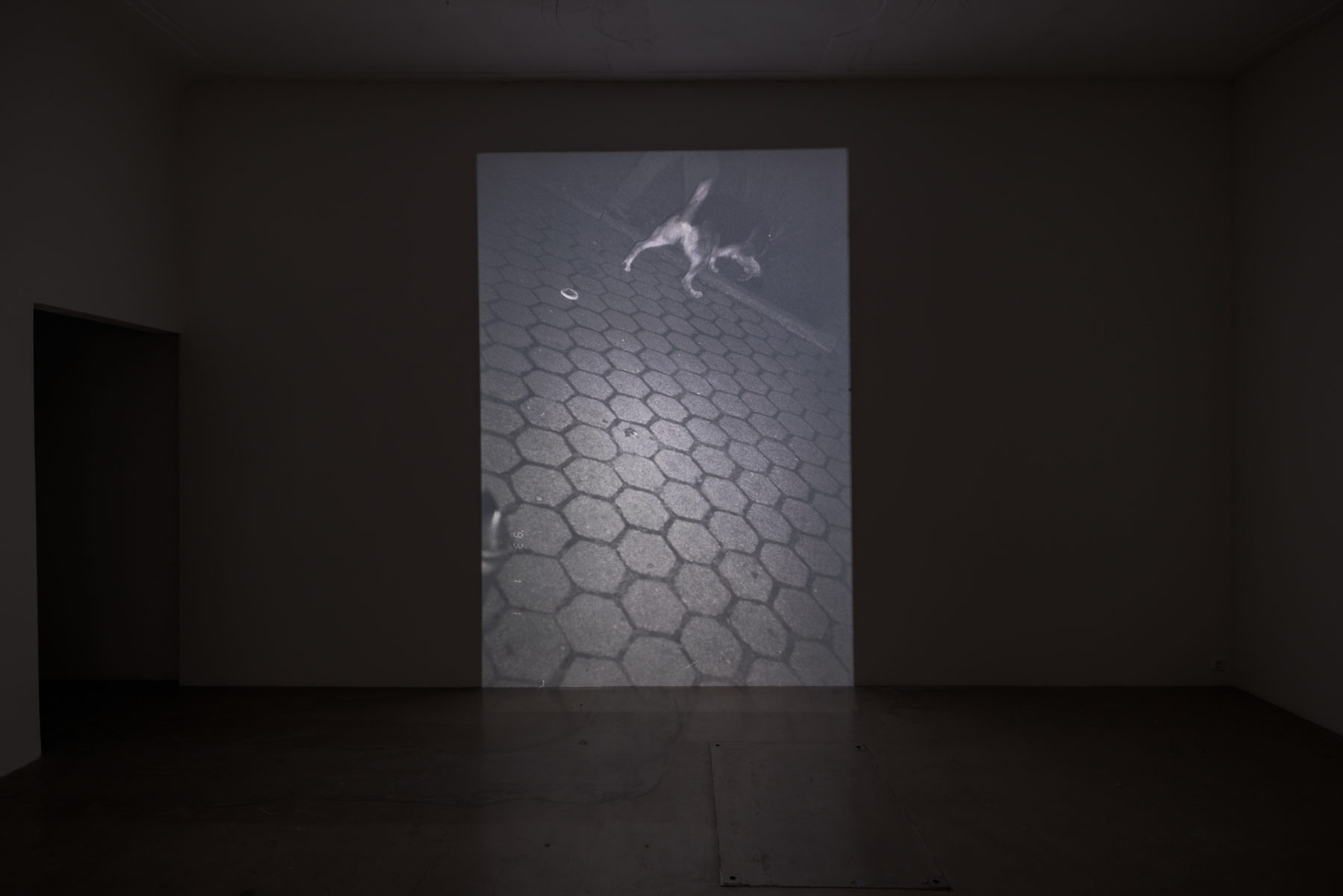

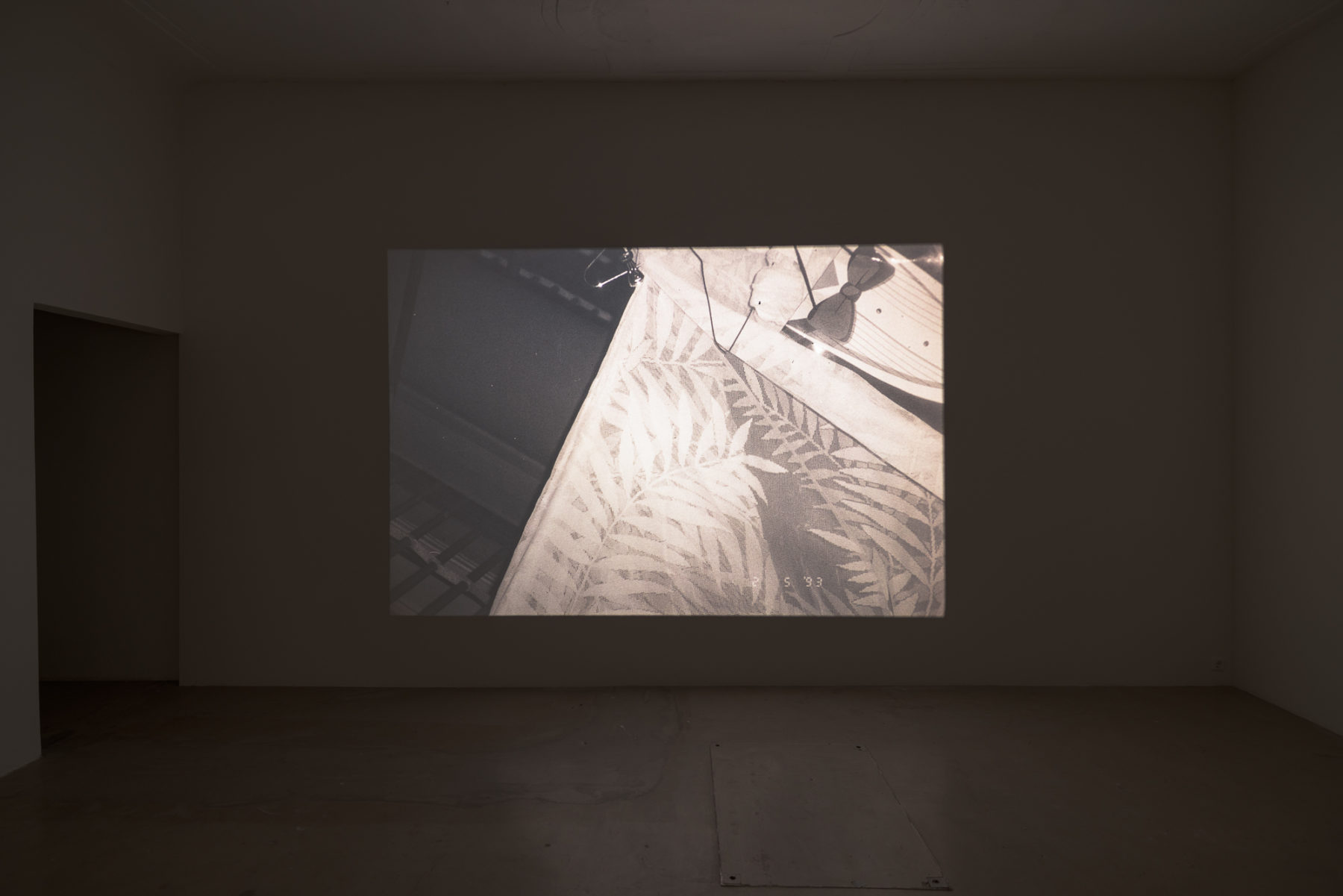
The Weight of the Concrete marks the first monographic exhibition of Ezio Gribaudo (Turin, 1929-2022) in Austria. It serves as a comprehensive homage to his multifaceted career, offering an extensive exploration of his roles as both artist and publisher. The exhibition borrows its name from Il Peso del Concreto (1968), a seminal book that featured Gribaudo’s early graphic work alongside an anthology of concrete poetry edited by the poet Adriano Spatola. In line with his interdisciplinary approach, this exhibition explores Gribaudo’s idiosyncratic oeuvre, his poetics of matter, and the complex relationship he developed between image and language. Gribaudo’s work is then carried into the present by a scenography designed by the Italian artist Davide Stucchi. The exhibition is curated by Tom Engels and Lilou Vidal.
At the center of The Weight of the Concrete are the Logogrifi, Gribaudo’s emblematic series that he developed from the 1960s onward. Throughout his life, the Logogrifi have articulated a deep entanglement with his activities as a bookmaker, as well as his fascination for new industrial printing processes, typefaces, language games, and relief matrices. Grounded in linguistic or visual riddles, the Logogrifi are akin to logogriphs or puzzles that involve the formation of new words by permuting their initial letter. In Gribaudo’s interpretation, a Logogrifo oscillates between legibility and abstraction, at times verging toward readable forms and at others scaling the enigmatic world where image and language coalesce.
The Weight of the Concrete explores Gribaudo’s distinct poetic repertoire of forms—encompassing textual, figurative, and topographic elements, yet invariably disconnected from their provenance—which heralds the emergence of a new grammar and, consequently, novel forms of reading. Starting with achromatic embossments on blotting paper, transforming into wooden and polystyrene reliefs, and ultimately culminating in vividly chromatic pieces using typographic ink, the works persistently interrogate the ways in which form, language, and matter continue to shape and redefine one another. This transformation not only challenges traditional modalities of readership and perception, but also progressively slows down and intensifies the viewer’s experience, moving it from an exercise in deciphering the achromatic nature of the page to a vibrant and colorful encounter. This relentless experiment with printing technologies was sparked by his dedication to publishing artist monographs, featuring contemporaries such as Giorgio de Chirico, Jean Dubuffet, Marcel Duchamp, Francis Bacon, Lucio Fontana, Asger Jorn, and Wifredo Lam, as well as his interest in popular print formats like newspapers, dictionaries, atlases, and children’s books. To emphasize this non-hierarchical relationship between his artistic work and publishing activities, the exhibition’s final chapter presents a unique selection of Gribaudo’s rare publications and archival materials.
The Weight of the Concrete gathers these graphic and poetic operations with the support of Davide Stucchi’s spontaneous gestures and conceptual responses. Drawing from Stucchi’s longstanding practice of using ready-made objects and industrially produced materials, his scenography reflects a mutual fascination for the industrial reproduction and repurposing of standardized materials. Operating at the intersection of visual arts, design, fashion, and scenography, Stucchi’s interventions echo and amplify Gribaudo’s interdisciplinary body of work.
The Weight of the Concrete will be complemented by two namesake publications. The first, which will be released alongside the opening at Grazer Kunstverein, will showcase photographic excerpts from Gribaudo’s achromatic embossed Logogrifi books (1965-1972), uniquely complemented with an intervention by Stucchi. The second publication reflects the editorial premise of Gribaudo’s and Spatola’s Il Peso del Concreto (1968). It revisits and reimagines this publication and the archive of its making, pairing Gribaudo’s graphic work with a new selection of historical and contemporary concrete and experimental poetry. It will also include essays elucidating the interplay between language, matter, and their poetic interconnections. Published by Axis Axis and Grazer Kunstverein, it is scheduled for release in the summer of 2024.
The Weight of the Concrete will also feature a sound program, The Weight of the Tongue, which serves as a speculative prelude to the upcoming publication. Focusing on the vocalization of experimental poetry, the program will gather the voices of Tomaso Binga, CAConrad, Susan Howe and David Grubbs, Hanne Lippard, and Patrizia Vicinelli. Additionally, Katalin Ladik, Bryana Fritz, and Nat Marcus will contribute to the program and perform their work at the opening of the exhibition.
An additional public program, taking place in early 2024, will delve into the intrinsic relationship between concrete poetry, publishing, graphic design, typeface, feminism, and performative practices. Contributors to this program include Mónica de la Torre, Alex Balgiu, Andrea di Serego Alighieri, and others.
The public program and the publications are curated and edited by Tom Engels and Lilou Vidal.
EZIO GRIBAUDO (1929-2022, Italy) was an artist and art publisher based in Turin. Gribaudo’s work, notable for its fusion of figurative, textual, and topographical elements, was shaped by his expertise in typography, industrial printing, and publishing. He managed the Edizione d’Arte Fratelli Pozzo publishing house and was instrumental in the Le Grandi Monografie series by Fabbri Editori, producing monographs on artists such as Karel Appel, Francis Bacon, Alberto Burri, Giorgio de Chirico, Marcel Duchamp, Man Ray, Joan Miró, Henry Moore, Antoni Tàpies, among others. In collaboration with Michel Tapié, he contributed to the ICAR (International Center of Aesthetic Research) in 1960. Gribaudo was also committed to curatorial projects, such as the exhibition of the Peggy Guggenheim Collection at Galleria Civica d’Arte Moderna, Turin, in 1976, and Jean Dubuffet’s exhibition-performance CouCou Bazar at Promotrice delle Belle Arti with FIAT in 1978.
Ezio Gribaudo’s artistic trajectory is characterized by a prolific exhibition history. His work has been featured in exhibitions both in Italy and internationally since the late 1950s and continues to be exhibited to this day. A small selection of solo exhibitions includes: Galleria d’Arte La Bussola, Turin (1959); Galleria Schwarz, Milan (1967/1972); Galleria la Bertesca, Genoa (1967); Galleria Viotti, Turin (1968); Galerie de France, Paris (1968); Kunstverein Göttingen (1971); Petit Palais, Musée d’Art Moderne, Geneva (1971); Museum of Modern Art, Rio de Janeiro (1973); Marlborough Graphics Gallery, London (1974); Galleria Michaud, Florence (1975); Etablissement d’en face, Brussels (2019); and Galerie Sans Titre, Paris (2022).
In addition, Gribaudo participated in significant exhibitions such as the 9th Rome Quadriennale (1965); the 33rd Venice Biennale (1966); Salon de Mai, Paris (1967); Salon de Mayo, Havana (1967); the 9th São Paulo Art Biennial (1967); Stedelijk Van Abbemuseum, Eindhoven (1967); GAM (Galleria Civica d’Arte Moderna), Turin (1967); Salon de Mai, Paris (1968); Museum of Modern Art, Caracas (1968); The National Gallery, Prague (1969); the 8th International Exhibition of Graphic Arts, Ljubljana (1969); the 10th Rome Quadriennale (1973); Fundação Calouste Gulbenkian, Lisbon (1979); International Exhibition of Graphic Arts, Bilbao (1982); Grand Palais, Paris (1982); Castello di Rivoli, Rivoli (1986); the Italian Pavilion at the 54th Venice Biennale (2011); Sandretto Re Rebaudengo Foundation, Turin (2015); Peggy Guggenheim Collection, Venice (2016); Museo del Novecento, Milan (2017); GAM (Galleria Civica d’Arte Moderna), Turin (2017); Pio Pico Gallery, Los Angeles (2020); and MACRO Museum of Contemporary Art of Rome (2021).
DAVIDE STUCCHI (b. 1988, Italy) lives and works in Milan. He works at the intersection of visual art, fashion, advertising, scenography, and domesticity, exploring pre-existing materials through minimal gestures and interventions. With a conceptual and poetic approach, Stucchi creates installations and sculptures that reveal absent bodies and intimate stories through the tangibility and vulnerability of the objects. His recent solo exhibitions include Clin d’oeil, with Luisa Gardini, Ermes Ermes, Rome (2022); Falli (Phalluses), Martina Simeti, Milan (2021); DS, Deborah Schamoni, Munich (2020); 2546/9728, Sundogs, Paris (2019); Davide Stucchi con Corrado Levi, zazà, Naples (2019); and Light switch (Entrance), Gregor Staiger, Zurich (2019), among others. His work has been featured in group exhibitions at Mendes Wood DM, Paris (2023); Between Bridges, Berlin (2023); Palazzo Ducale, Genoa (2023); Marsèll, Milan (2022); Fitzpatrick Gallery, Paris (2021); MACRO Museum of Contemporary Art of Rome (2020); the 17th Rome Quadriennale, Palazzo Delle Esposizioni, Rome (2020); Stadtgalerie Bern (2020); Fondazione Sandretto Re Rebaudengo, Turin (2018); Kunstverein Düsseldorf (2017); the 16th Rome Quadriennale, Palazzo Delle Esposizioni, Rome (2016), among others. Since 2017, Stucchi has been active as a set designer for various fashion labels, culminating in his latest collaboration with Magliano since 2021.
The Weight of the Concrete is realized in collaboration with Museion—Museum of Modern and Contemporary Art in Bolzano-Bozen, Italy, where it will be on view from March 23 to September 1, 2024, and with the Archivio Gribaudo in Turin, Italy.
The project is supported by the Directorate General for Contemporary Creativity of the Italian Ministry of Culture under the Italian Council program (12th edition, 2023), which aims to promote Italian contemporary art worldwide.

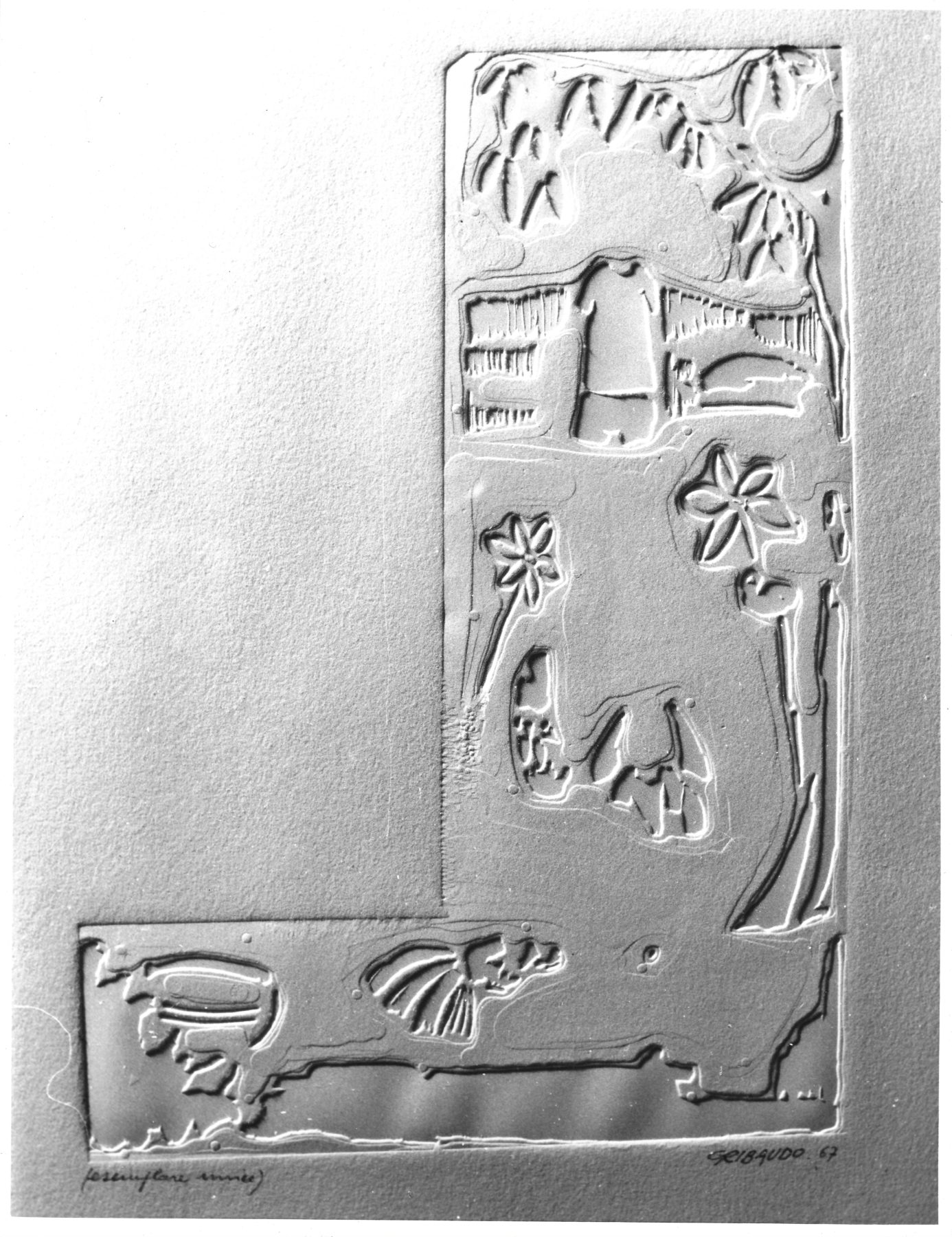
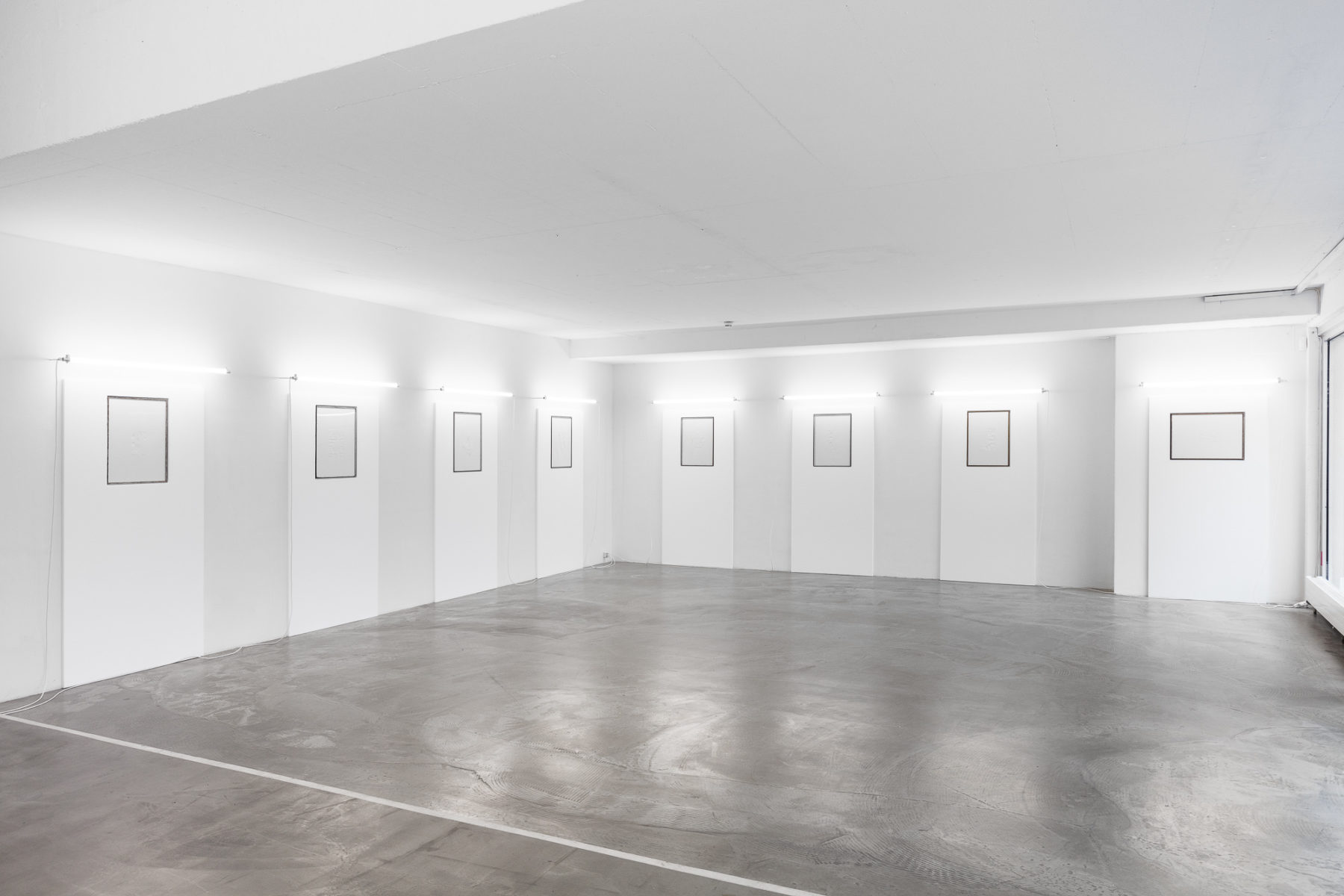
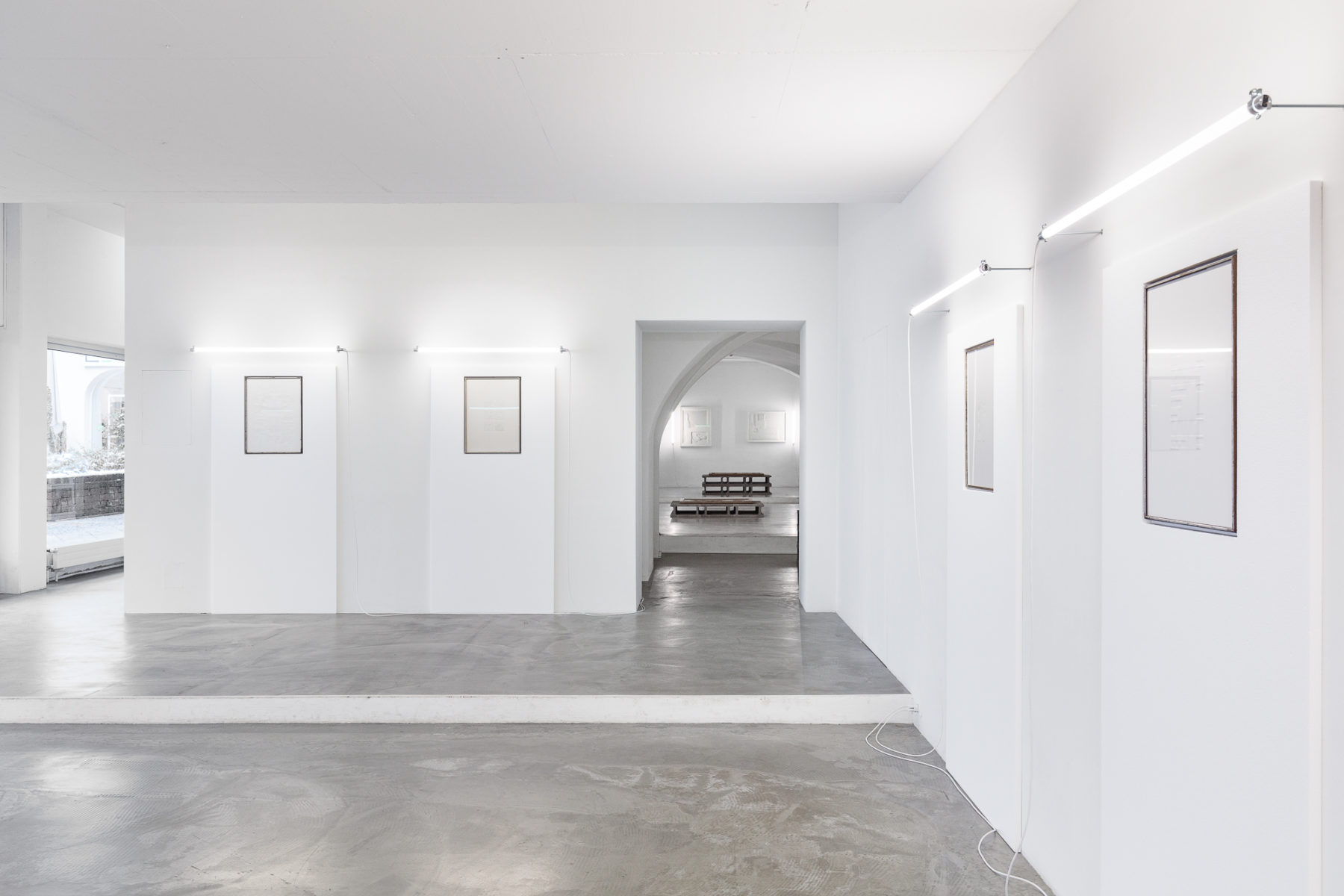
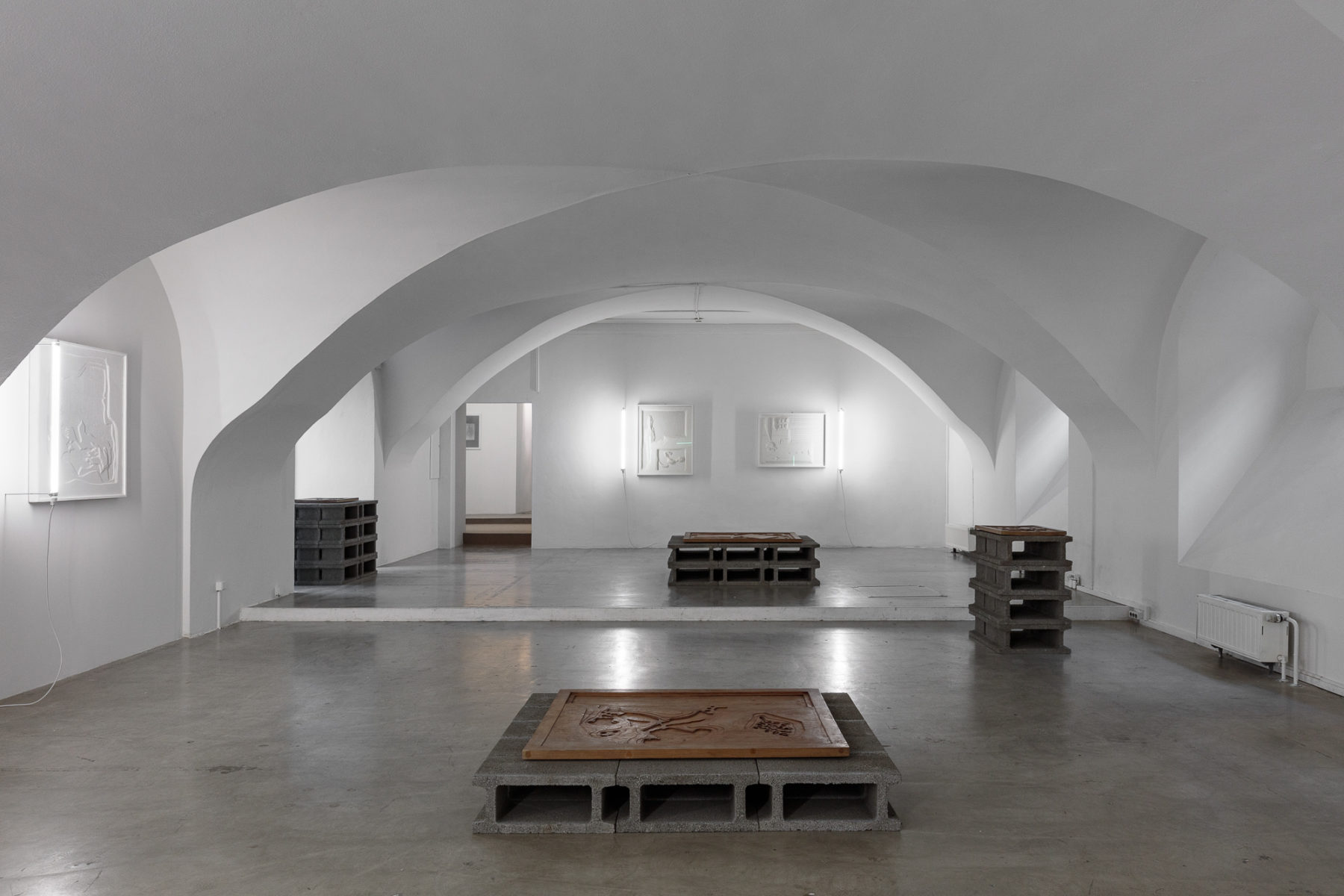
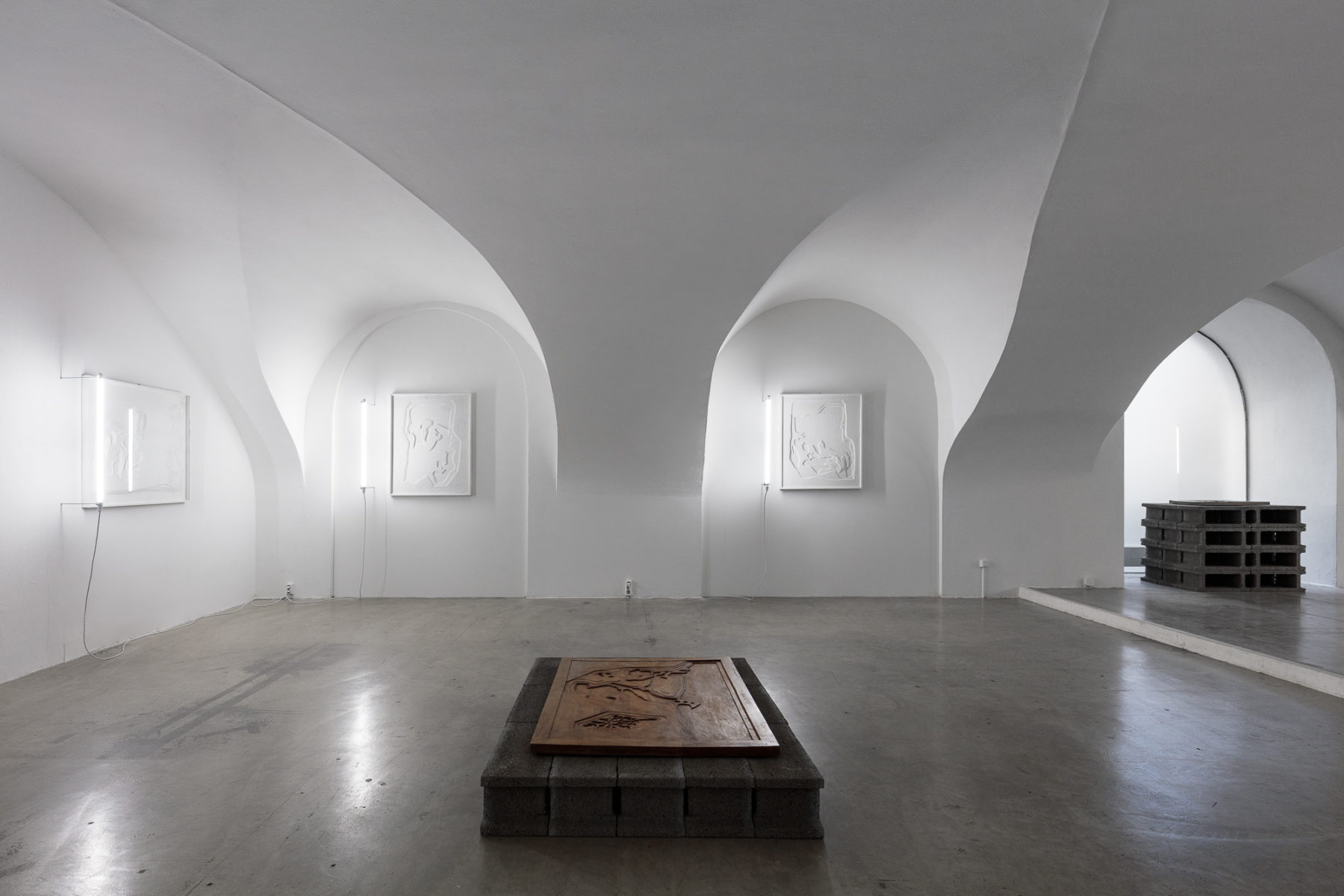
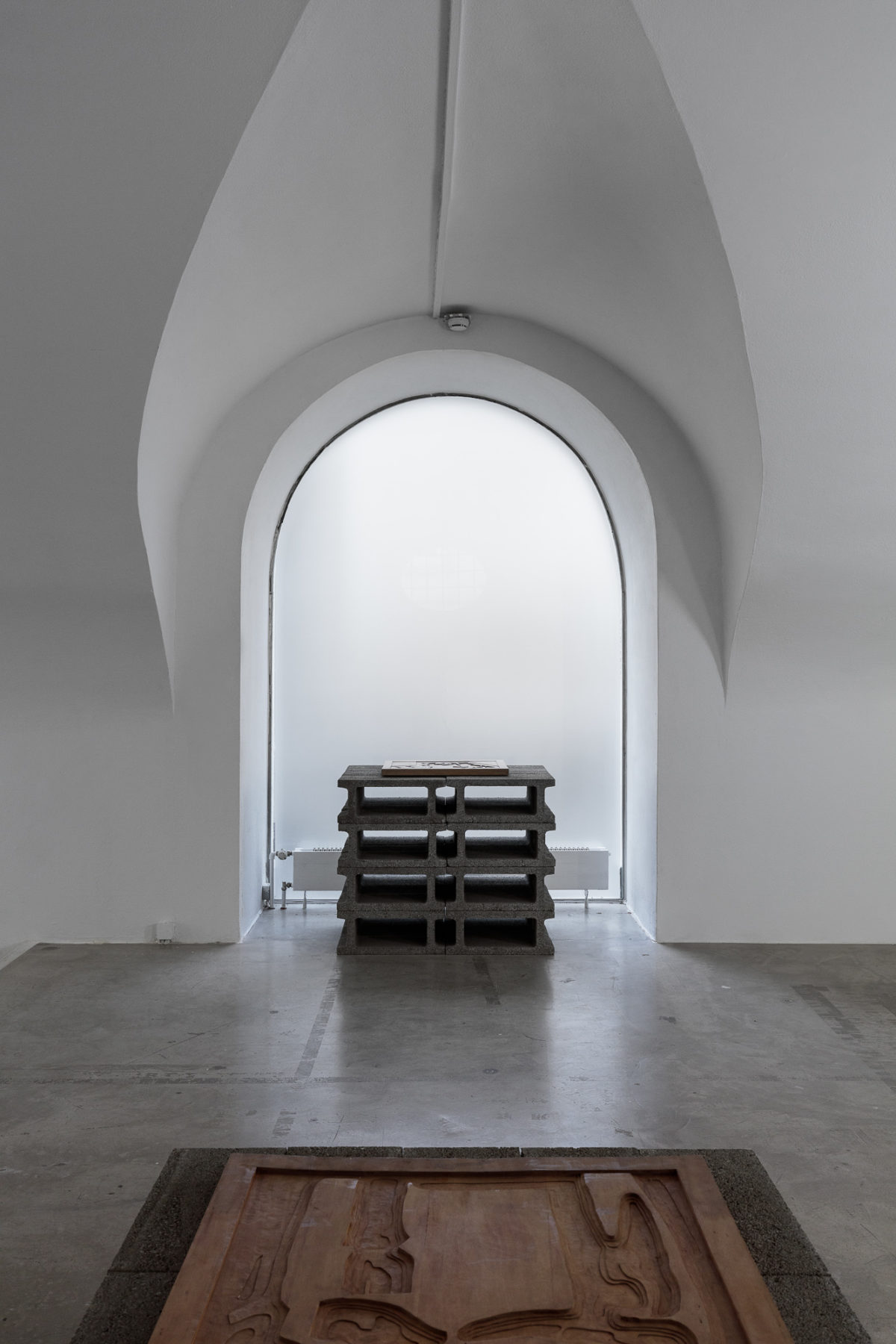
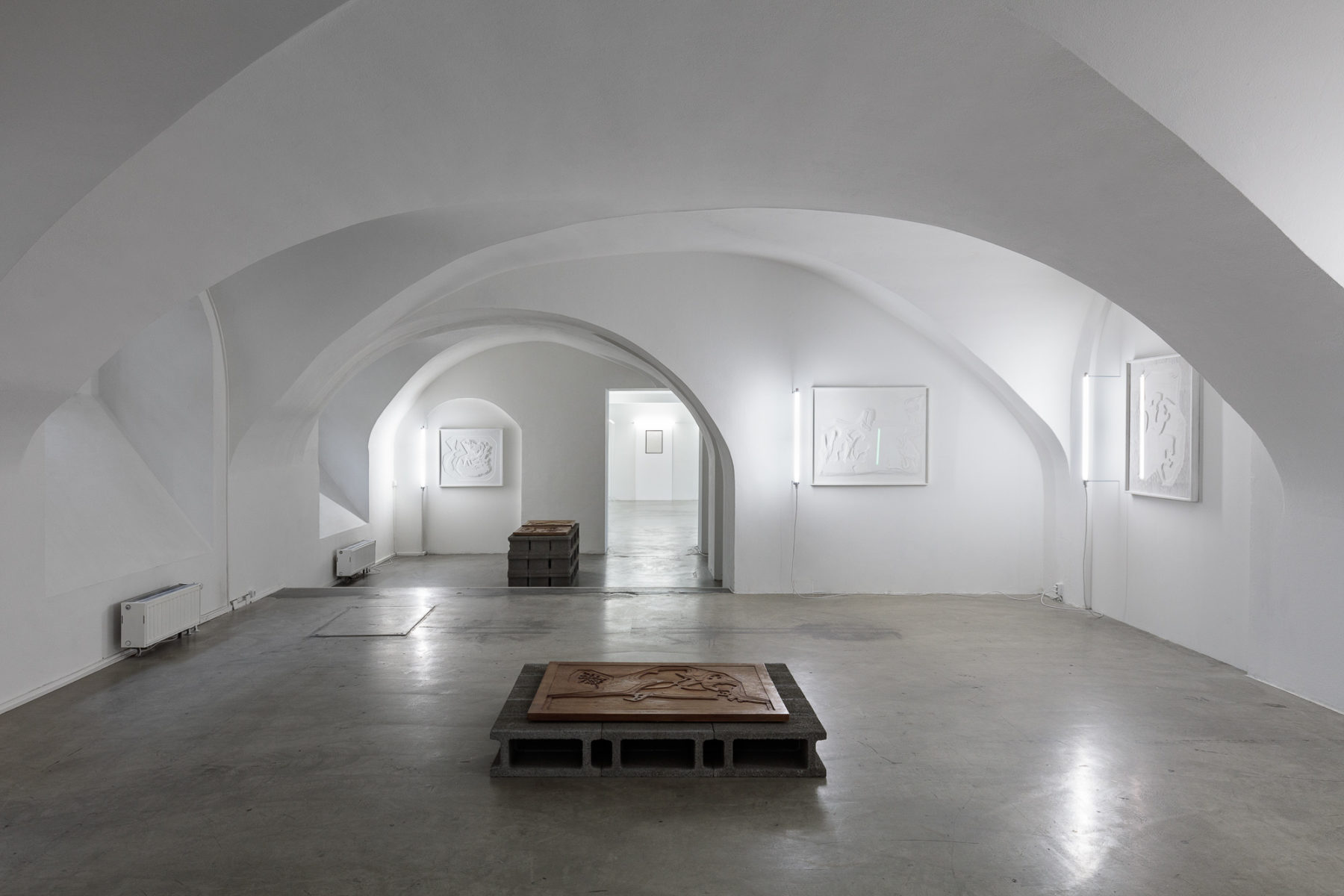
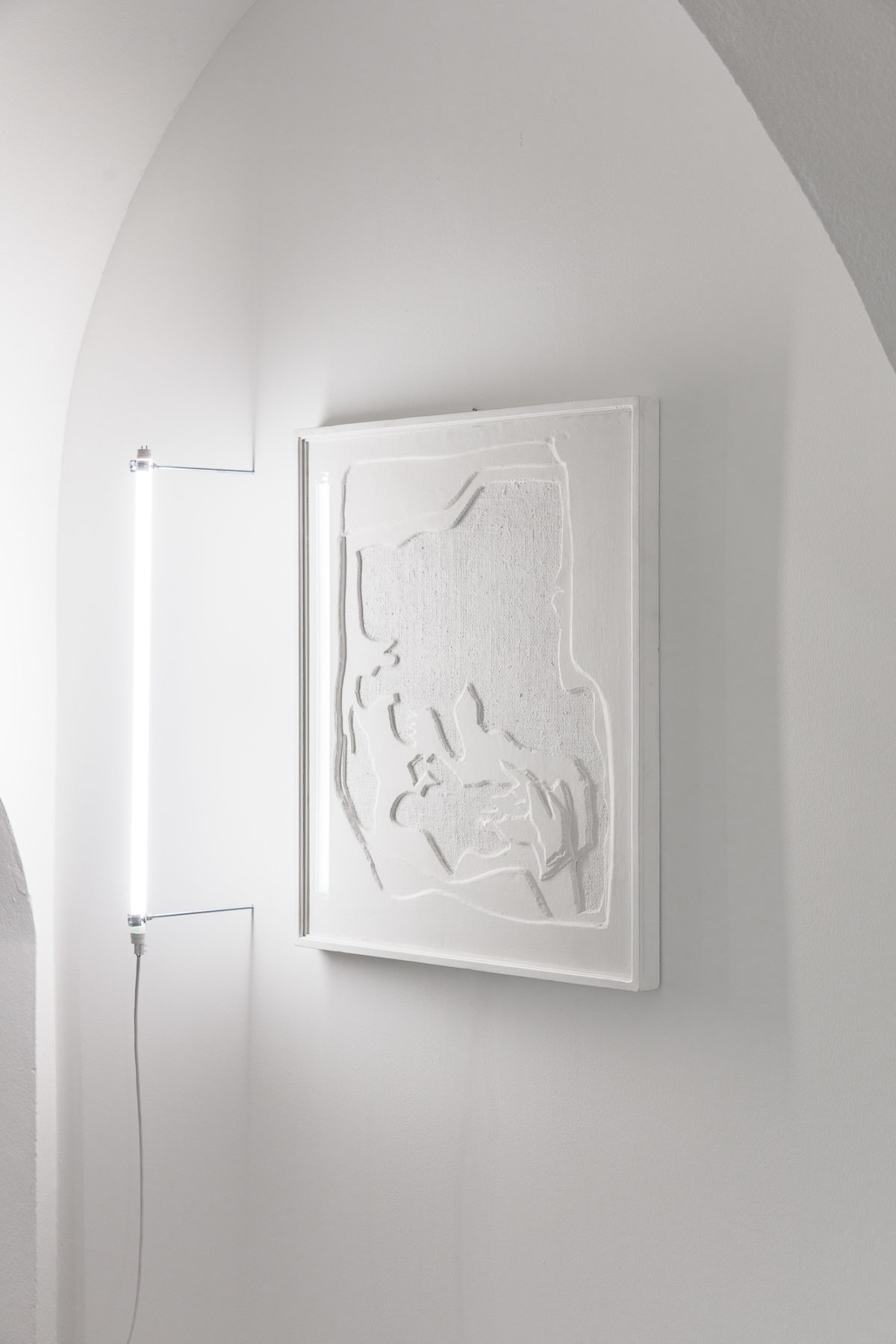
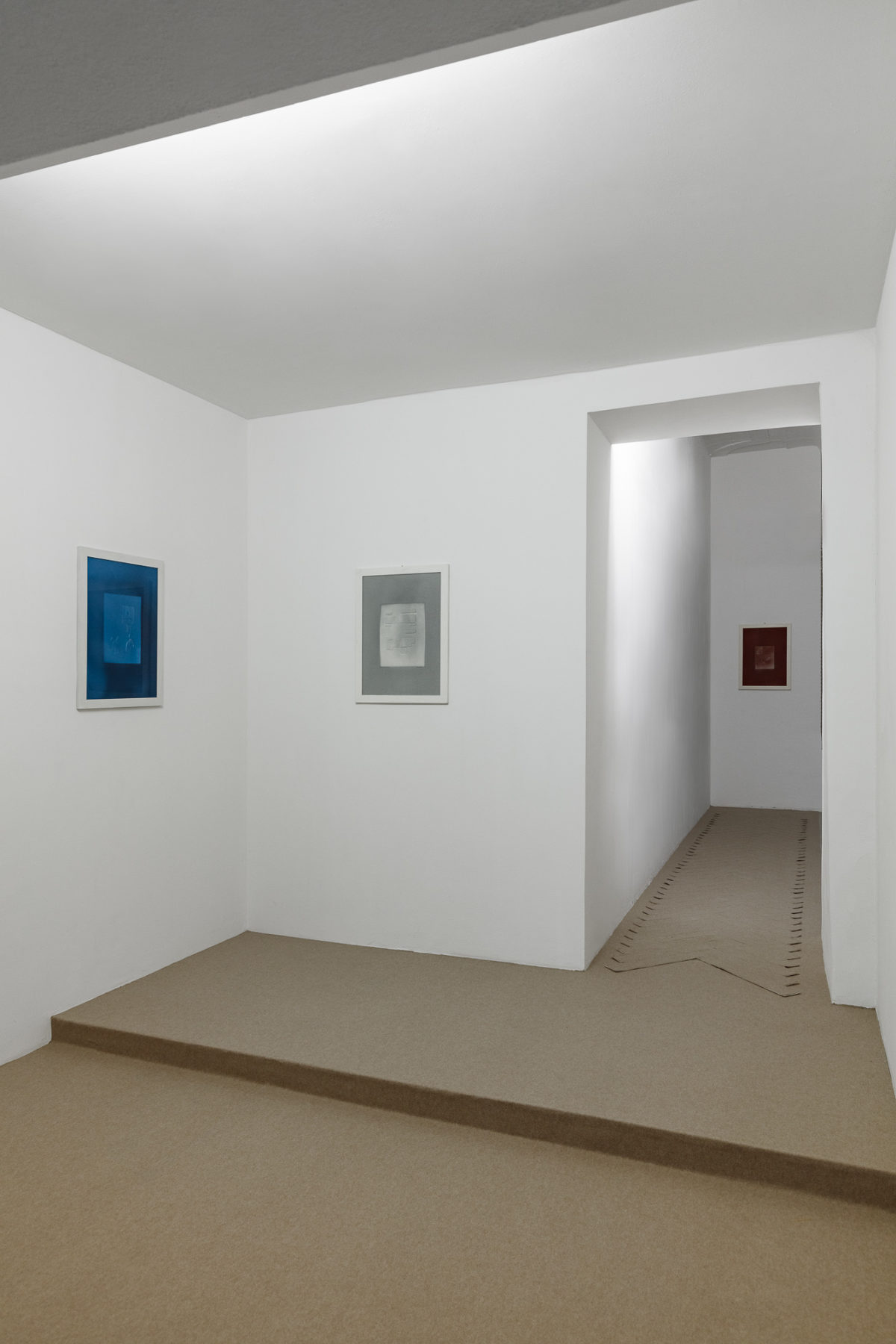
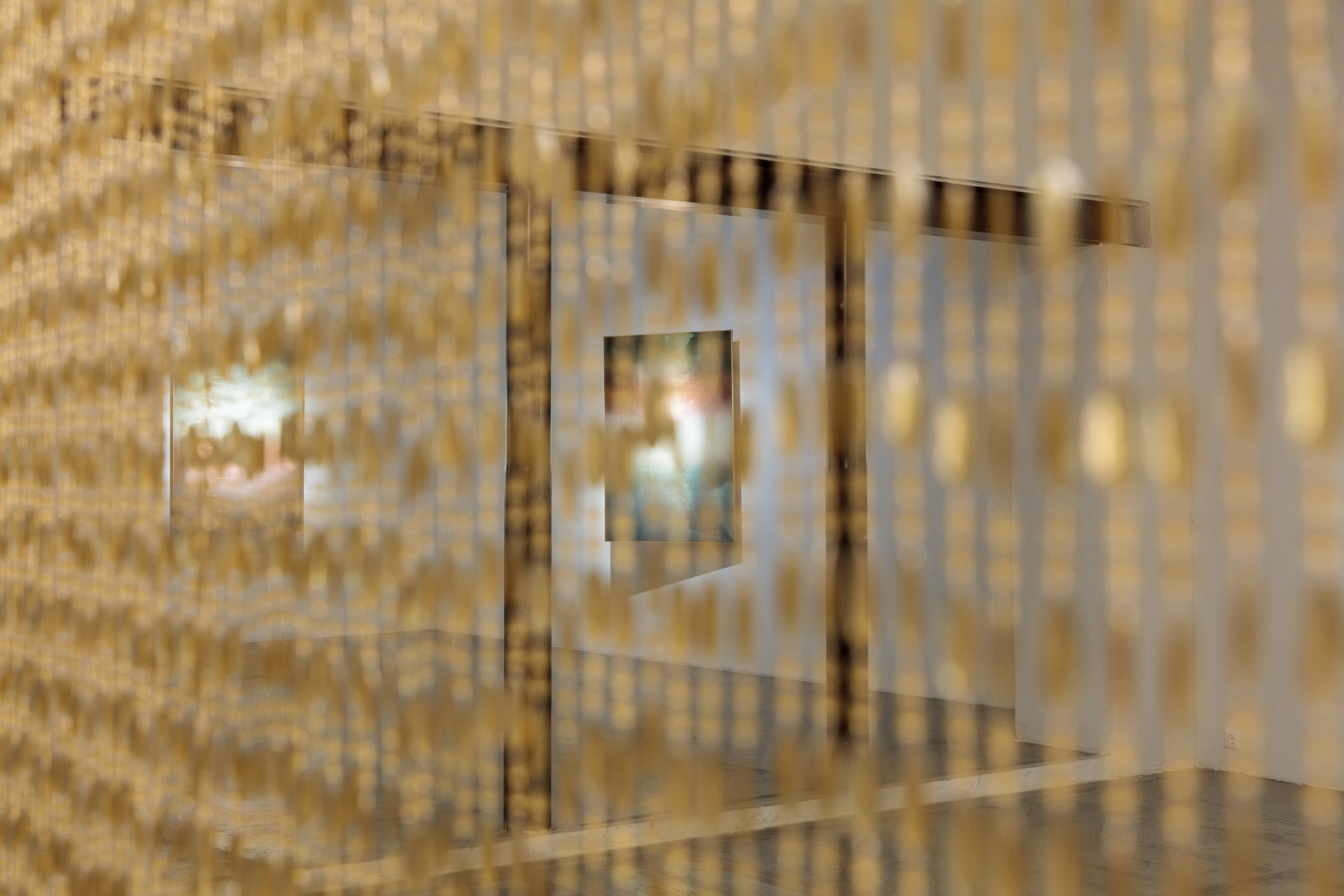
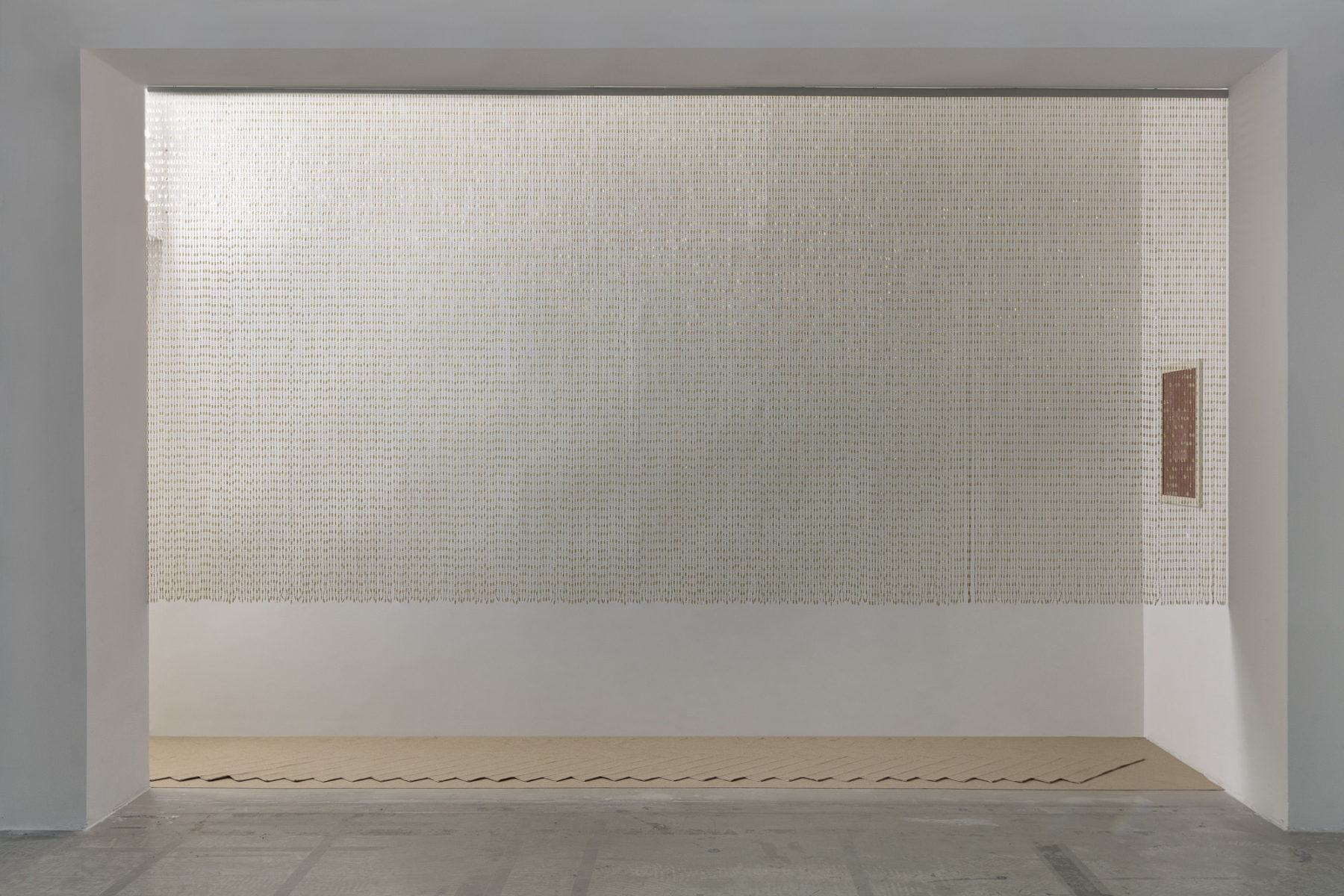
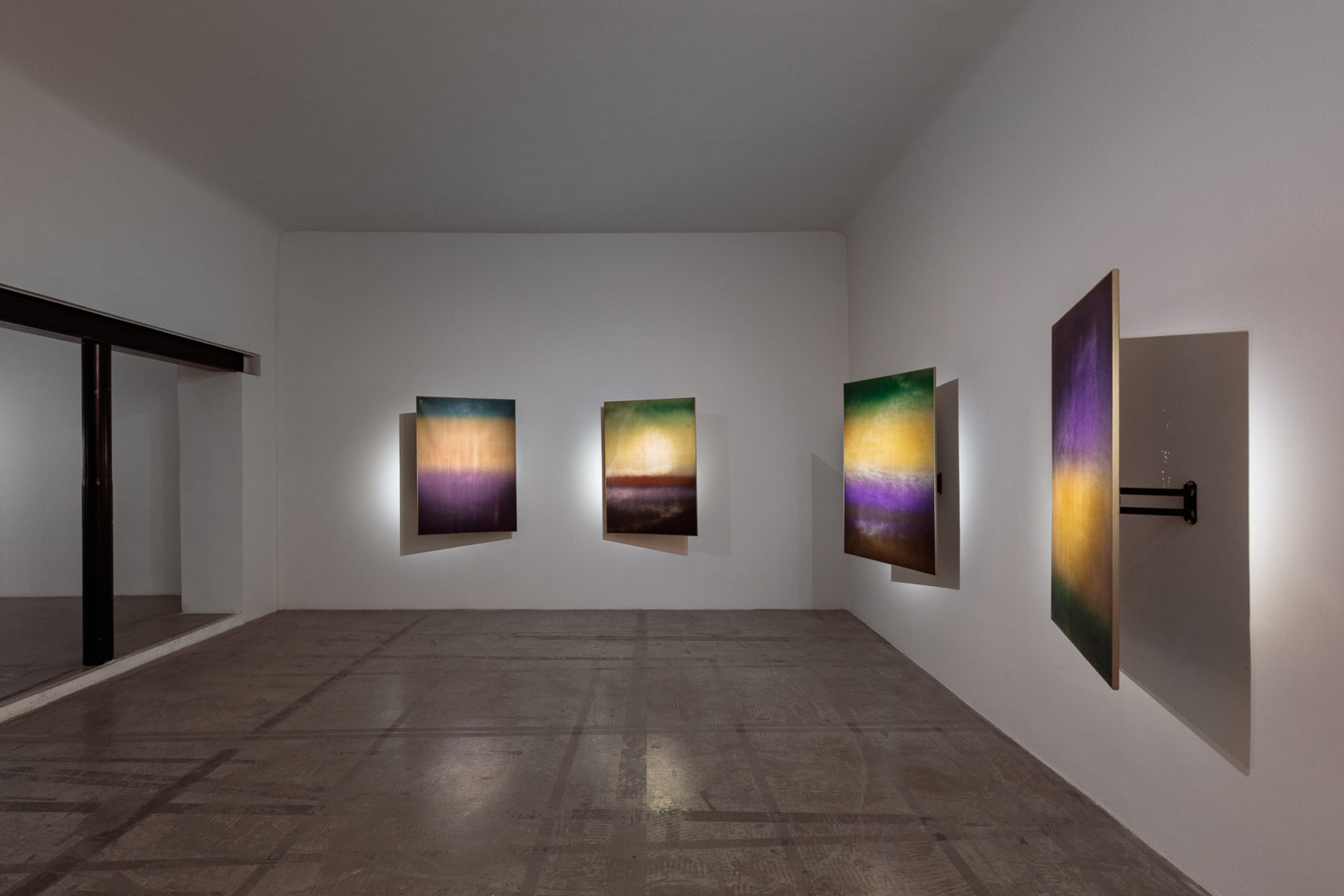
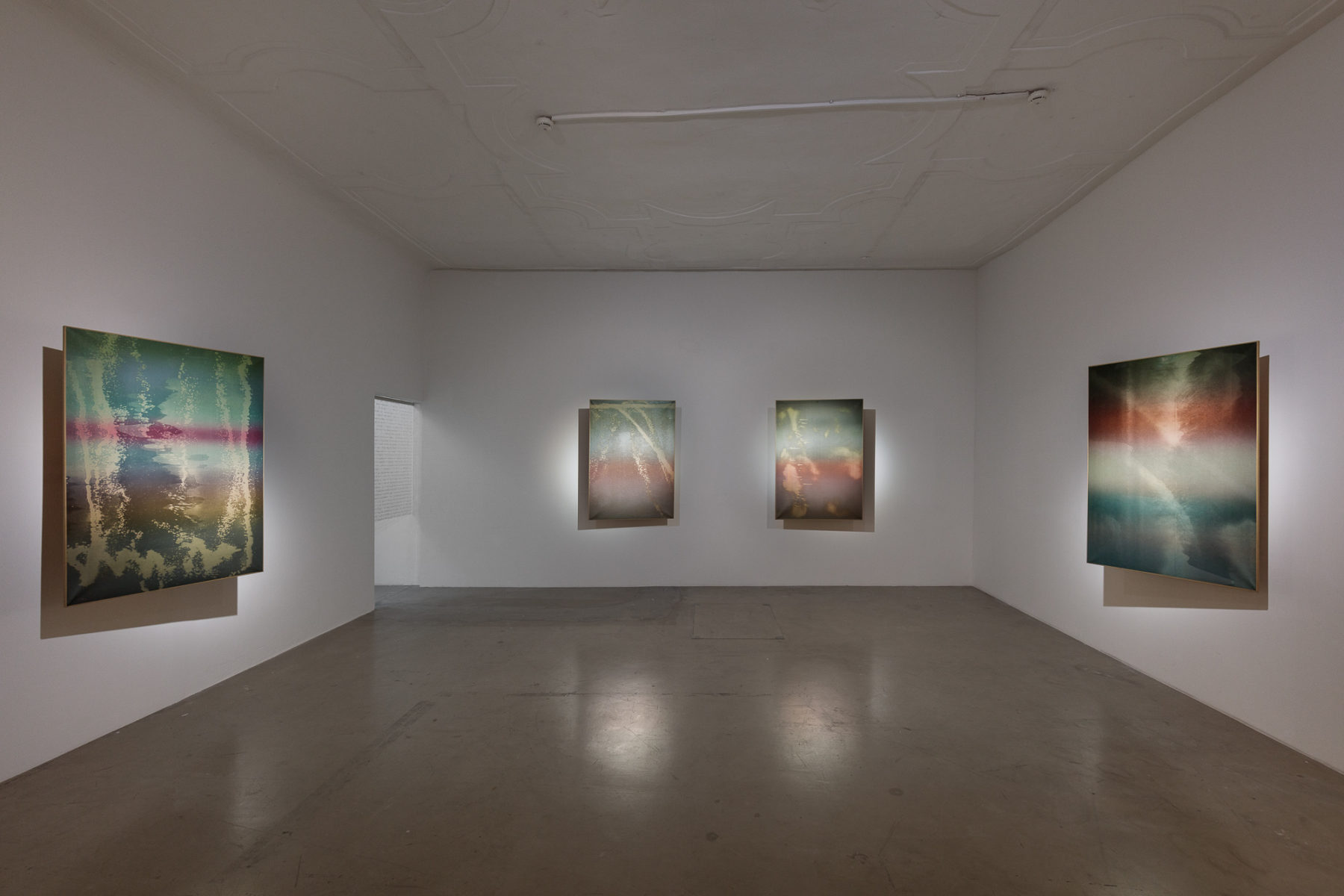
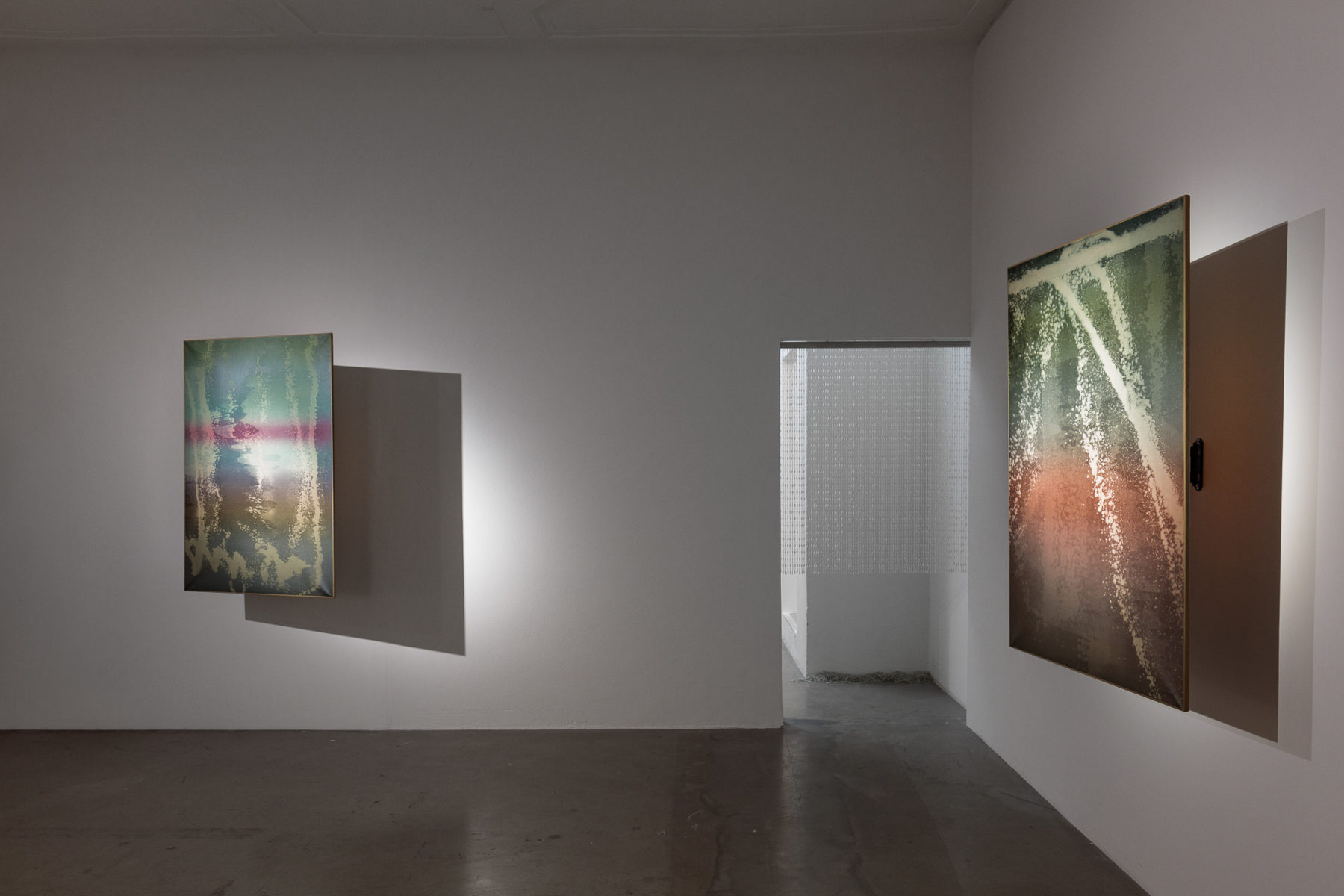
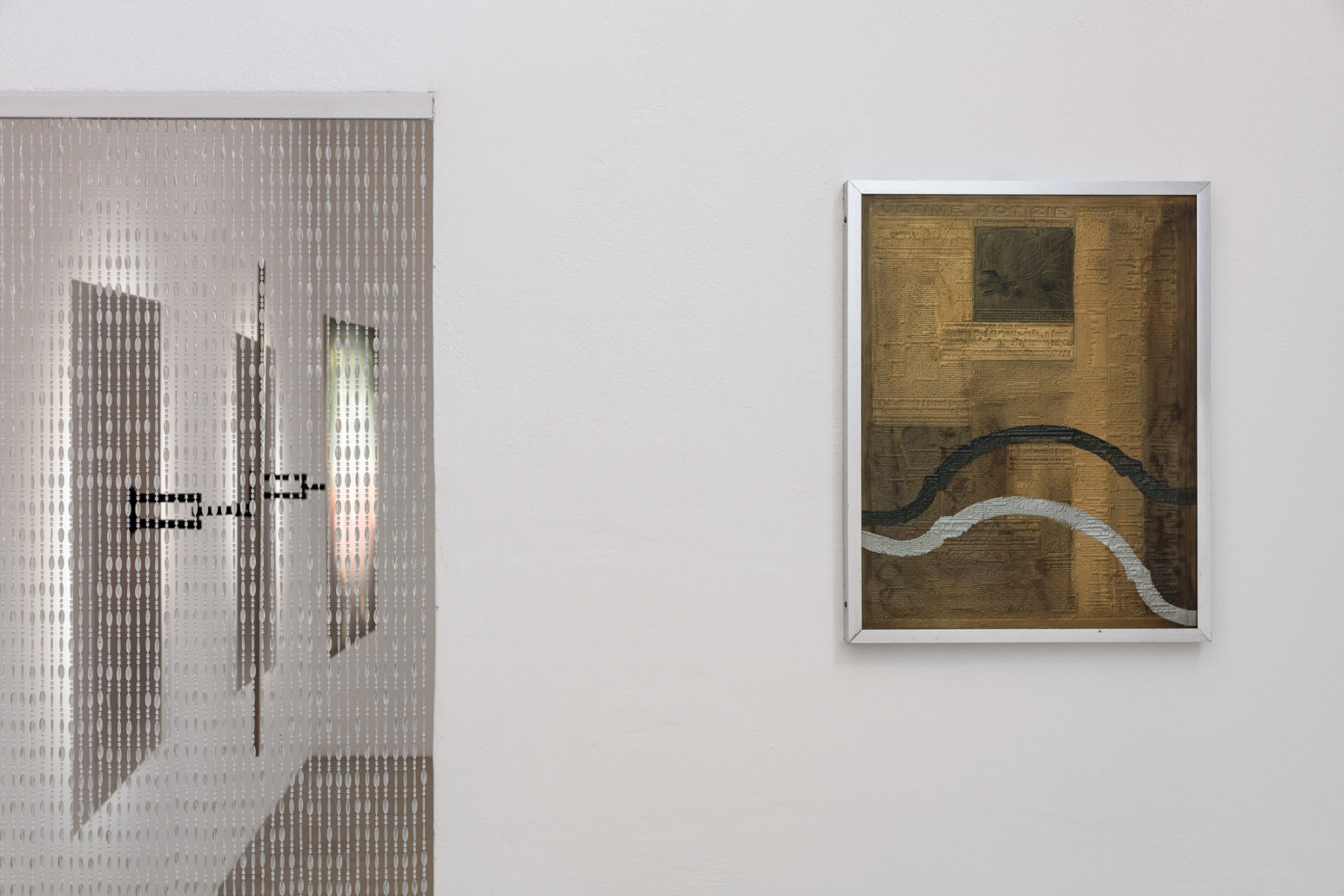

In Until Due Time, Everything Is Else, Pan Daijing crafts an evocative exploration of temporality, memory, and presence. Through an interplay of video, traces of performance, site-specific interventions, and sound, the exhibition delves into the impermanent and fleeting dimensions that shape her understanding of performance — a perception that might parallel existence itself.
Pan Daijing’s work typically thrives in the realm of the live, manifesting itself through durational performative situations, inhabited installations, concerts, and other intimate encounters with audiences. Until Due Time, Everything Is Else introduces a counterpoint: all elements of liveness are stripped away. Instead of witnessing the dynamism of bodies in space or the throbbing pulse of live sound, visitors encounter only the echoes of such occurrences. Suggestions of presence are enveloped, hinted at, or harnessed by the exhibited works, and imbued with the vitality of what once was or what is to come.
Until Due Time, Everything Is Else gathers works of an ambiguous nature, as they mark the presence of something else, something that is not-here and not-now. They stand as materials crafted in moments of anticipation, as remnants from those very animate experiences, or as bearers of the procedural and intuitive displacements that happen when moving from one medium to another.
Reaching beyond the registers of performance documentation, these works are containers imprinted by transformative moments, and so embody or forecast change. As such, the exhibition directly confronts the paradox of the trace, which suggests that in attempting to capture or preserve an instance, one inadvertently alters or distorts its origins. Daijing’s pieces are a meditation on this paradox, emphasizing that traces, whether in memory or art or life, are both revealing and concealing, capturing both past and future whilst simultaneously eluding complete comprehension.
Until Due Time, Everything Is Else is complemented by a publication of the same name, which extends Pan Daijing’s exhibited multi-channel video installation to paper. It is edited by Tom Engels and designed by Julie Peeters.
Until Due Time, Everything Is Else is Pan Daijing’s first institutional exhibition in Austria and is curated by Tom Engels.
Pan Daijing (b. 1991, Guiyang, lives in Berlin) has shown her work internationally at the 14th Gwangju Biennale (2023); the Louvre, Paris (2023); Tai Kwun Contemporary, Hong Kong (2021); the 13th Shanghai Biennale (2021); Martin Gropius Bau, Berlin (2020); Tate Modern, London (2019); and the Biennale of Moving Image, Geneva (2018), among others. In 2024, Pan Daijing will present a solo exhibition at Haus der Kunst in Munich and, as the recipient of the Preis der Nationalgalerie, will exhibit at Hamburger Bahnhof in Berlin. She has performed at numerous venues and festivals including the Barbican Centre, London; Kraftwerk, Berlin; Elbphilharmonie, Hamburg; Berghain, Berlin; Sonar Festival, Barcelona; Haus der Kulturen der Welt, Berlin; and the National Pantheon, Lisbon. She has released three full-length albums: Tissues (2022), Jade (2021), and Lack (2017).
The exhibition is supported by ifa—Institut für Auslandsbeziehungen and is a cooperation in the context of steirischer herbst ’23.

















